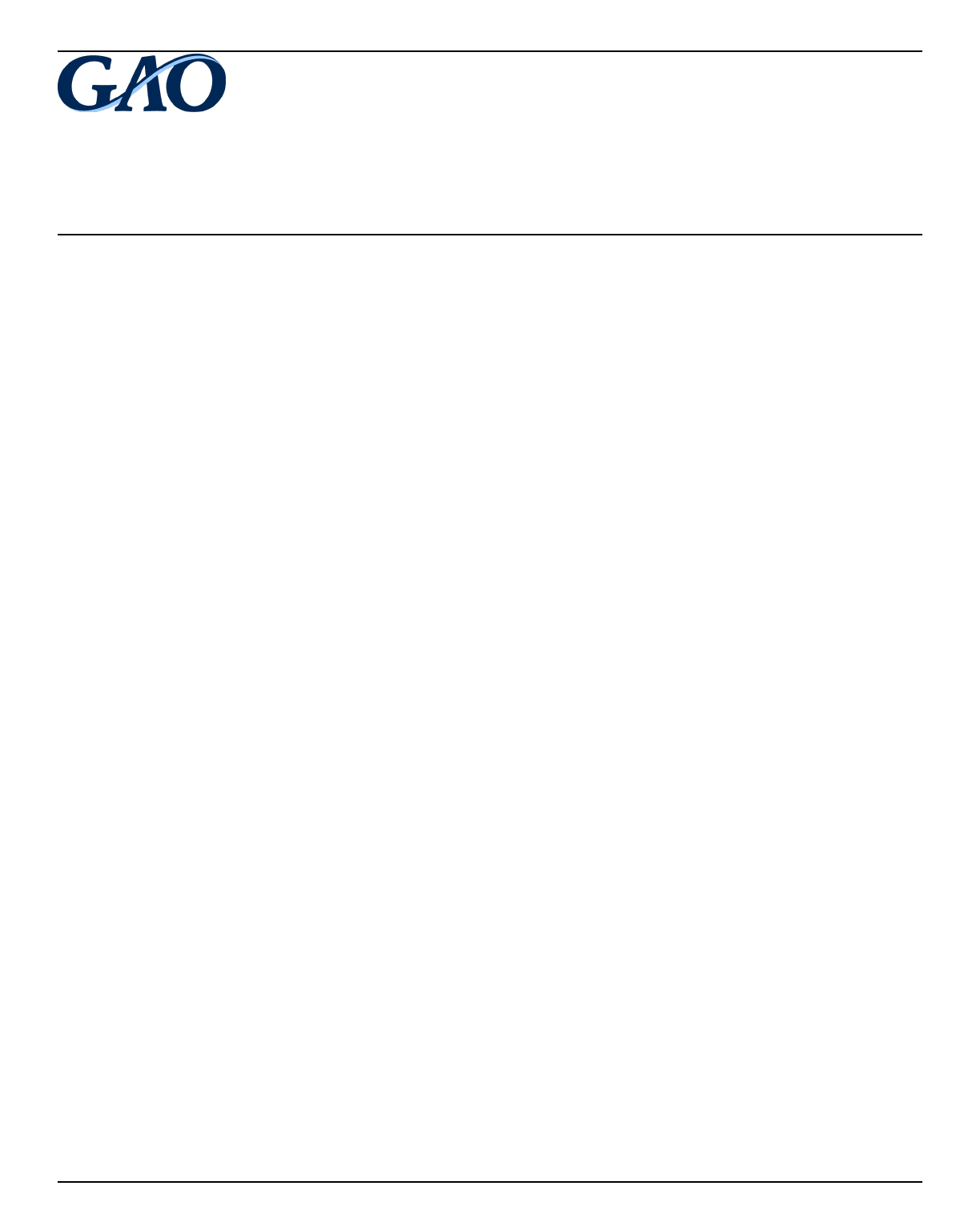
GOVERNMENT
AUDITING
STANDARDS
2018 Revision
By the Comptroller General of the
United States
July 2018
GAO-18-568G
United States Government Accountability Office
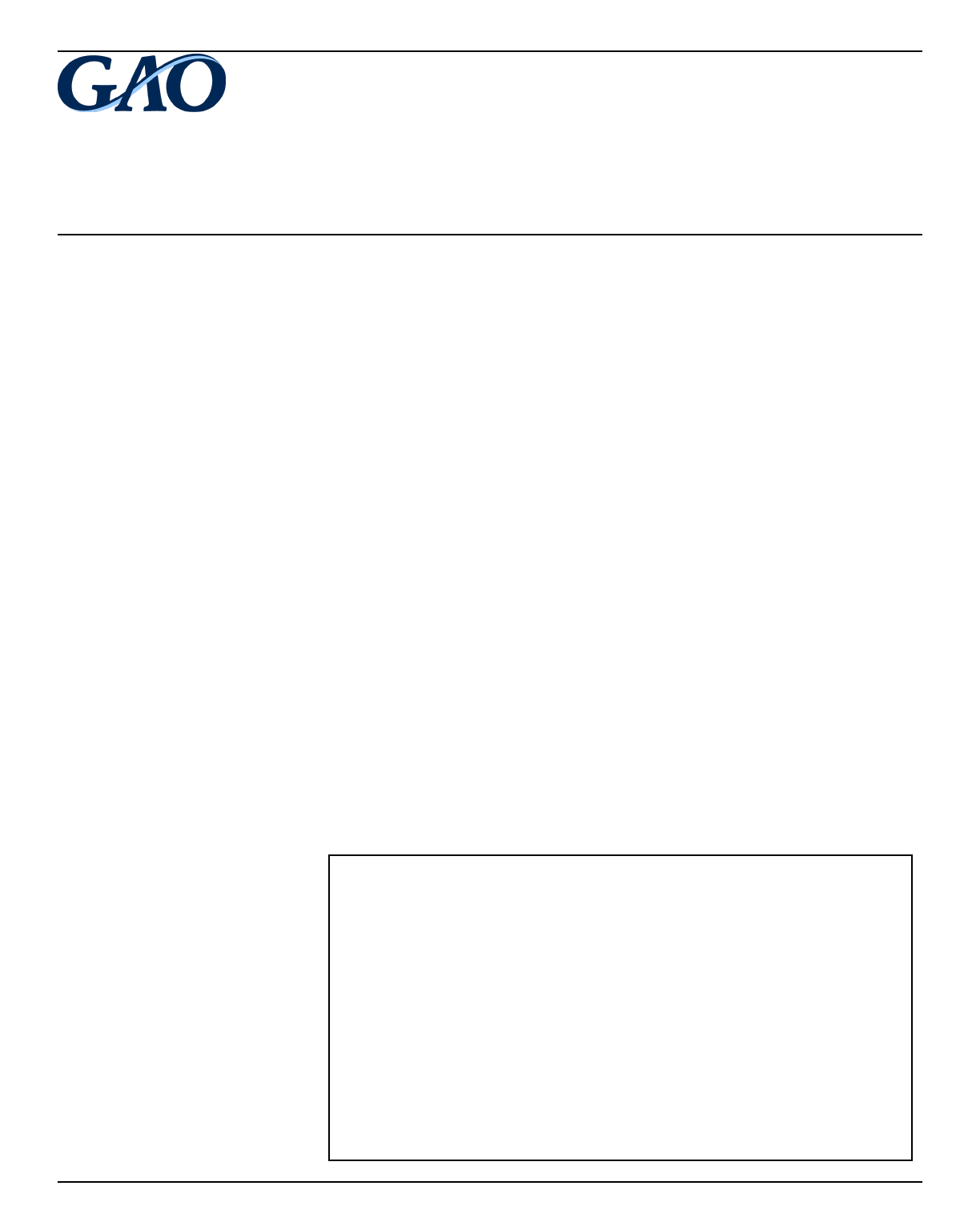
GOVERNMENT
AUDITING
STANDARDS
2018 Revision
By the Comptroller General of the
United States
July 2018
GAO-18-568G
United States Government Accountability Office
The 2018 revision of Government Auditing Standards is effective for
financial audits, attestation engagements, and reviews of financial
statements for periods ending on or after June 30, 2020, and for
performance audits beginning on or after July 1, 2019. Early
implementation is not permitted. The 2018 revision of Government
Auditing Standards supersedes the 2011 revision (GAO-12-331G,
December 2011), the 2005 Government Auditing Standards: Guidance
on GAGAS Requirements for Continuing Professional Education
(GAO-05-568G, April 2005), and the 2014 Government Auditing
Standards: Guidance for Understanding the New Peer Review Ratings
(D06602, January 2014). The 2018 revision should be used until
further updates and revisions are made. An electronic version of this
document can be accessed on GAO’s Yellow Book web page at
http://www.gao.gov/yellowbook.

Page i GAO-18-568G Government Auditing Standards
Letter 1
Chapter 1: Foundation and Principles for the Use and Application of Government Auditing Standards 3
Introduction 3
Types of GAGAS Users 6
Types of GAGAS Engagements 7
Financial Audits 7
Attestation Engagements and Reviews of Financial
Statements 9
Performance Audits 10
Terms Used in GAGAS 15
The GAGAS Format 16
Chapter 2: General Requirements for Complying with Government Auditing Standards 18
Complying with GAGAS 18
Relationship between GAGAS and Other Professional Standards 20
Stating Compliance with GAGAS in the Audit Report 22
Chapter 3: Ethics, Independence, and Professional Judgment 25
Ethical Principles 25
The Public Interest 26
Integrity 26
Objectivity 27
Proper Use of Government Information, Resources, and
Positions 27
Professional Behavior 28
Independence 28
GAGAS Conceptual Framework Approach to
Independence 31
Provision of Nonaudit Services to Audited Entities 43
Consideration of Specific Nonaudit Services 50
Documentation 57
Professional Judgment 58
Chapter 4: Competence and Continuing Professional Education 63
Competence 63
Continuing Professional Education 67
Contents

Page ii GAO-18-568G Government Auditing Standards
Chapter 5: Quality Control and Peer Review 81
Quality Control and Assurance 81
System of Quality Control 81
Leadership Responsibilities for Quality within the Audit
Organization 82
Independence, Legal, and Ethical Requirements 82
Initiation, Acceptance, and Continuance of Engagements 84
Human Resources 84
Engagement Performance 86
Monitoring of Quality 91
External Peer Review 96
Additional Requirements for Audit Organizations Not
Affiliated with Recognized Organizations 102
Chapter 6: Standards for Financial Audits 109
Additional GAGAS Requirements for Conducting Financial Audits 109
Compliance with Standards 109
Licensing and Certification 110
Auditor Communication 110
Results of Previous Engagements 111
Investigations or Legal Proceedings 112
Noncompliance with Provisions of Laws, Regulations,
Contracts, and Grant Agreements 112
Findings 113
Audit Documentation 116
Availability of Individuals and Documentation 117
Additional GAGAS Requirements for Reporting on Financial
Audits 118
Reporting the Auditors’ Compliance with GAGAS 118
Reporting on Internal Control; Compliance with Provisions
of Laws, Regulations, Contracts, and Grant
Agreements; and Instances of Fraud 119
Presenting Findings in the Audit Report 121
Reporting Findings Directly to Parties outside the Audited
Entity 122
Obtaining and Reporting the Views of Responsible Officials 123
Reporting Confidential or Sensitive Information 125
Distributing Reports 126

Page iii GAO-18-568G Government Auditing Standards
Chapter 7: Standards for Attestation Engagements and Reviews of Financial Statements 127
Examination Engagements 128
Compliance with Standards 128
Licensing and Certification 129
Auditor Communication 129
Results of Previous Engagements 130
Investigations or Legal Proceedings 130
Noncompliance with Provisions of Laws, Regulations,
Contracts, and Grant Agreements 131
Findings 132
Examination Engagement Documentation 135
Availability of Individuals and Documentation 136
Reporting the Auditors’ Compliance with GAGAS 136
Reporting Deficiencies in Internal Control 137
Reporting on Noncompliance with Provisions of Laws,
Regulations, Contracts, and Grant Agreements or
Instances of Fraud 138
Presenting Findings in the Report 139
Reporting Findings Directly to Parties outside the Audited
Entity 139
Obtaining and Reporting the Views of Responsible Officials 140
Reporting Confidential or Sensitive Information 142
Distributing Reports 143
Review Engagements 144
Compliance with Standards 144
Licensing and Certification 144
Noncompliance with Provisions of Laws, Regulations,
Contracts, and Grant Agreements 145
Reporting Auditors’ Compliance with GAGAS 145
Distributing Reports 146
Agreed-Upon Procedures Engagements 147
Compliance with Standards 147
Licensing and Certification 147
Noncompliance with Provisions of Laws, Regulations,
Contracts, and Grant Agreements 148
Reporting Auditors’ Compliance with GAGAS 148
Distributing Reports 149
Reviews of Financial Statements 150
Compliance with Standards 150
Licensing and Certification 150
Noncompliance with Provisions of Laws, Regulations,
Contracts, and Grant Agreements 151
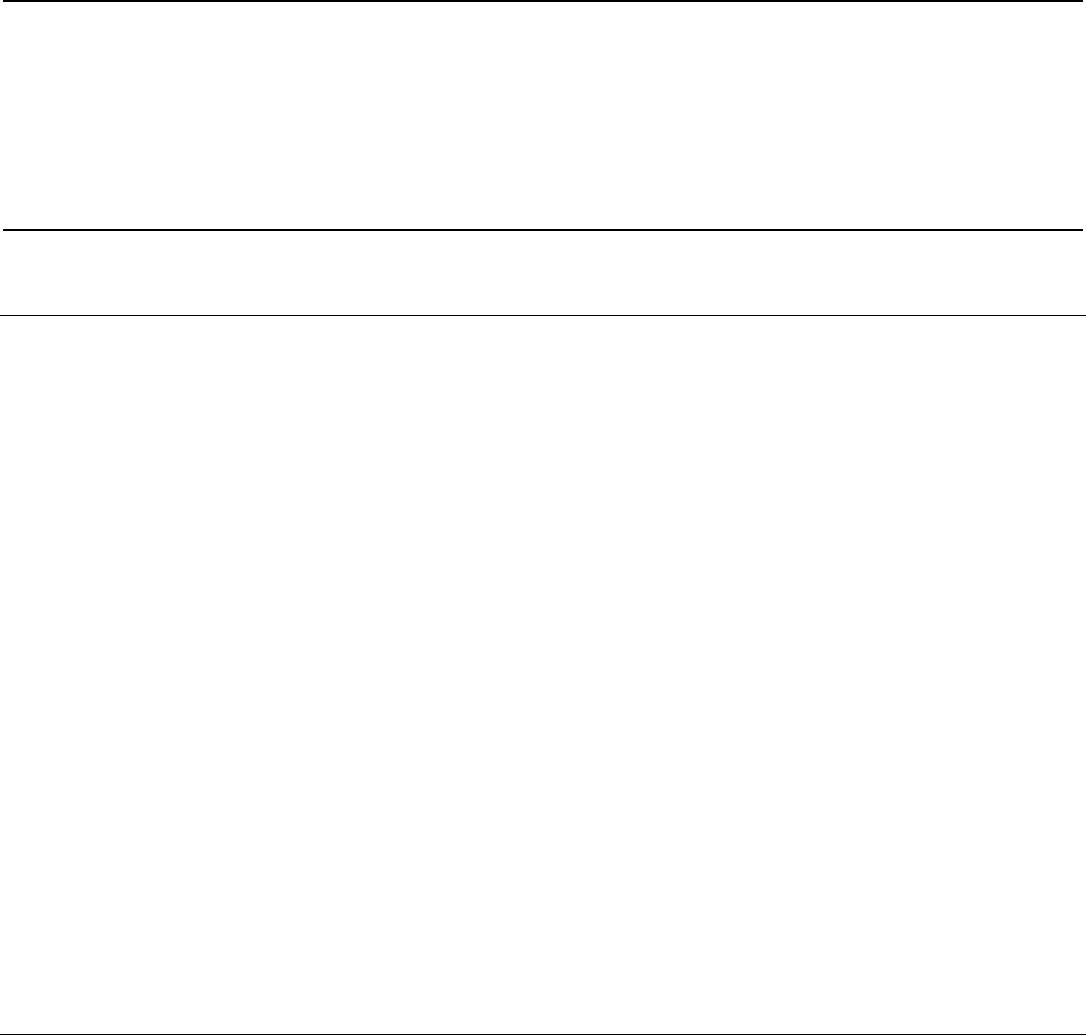
Page iv GAO-18-568G Government Auditing Standards
Reporting Auditors’ Compliance with GAGAS 151
Distributing Reports 152
Chapter 8: Fieldwork Standards for Performance Audits 154
Planning 154
Auditor Communication 158
Investigations or Legal Proceedings 159
Results of Previous Engagements 160
Assigning Auditors 160
Preparing a Written Audit Plan 161
Conducting the Engagement 162
Nature and Profile of the Program and User Needs 162
Determining Significance and Obtaining an Understanding
of Internal Control 165
Assessing Internal Control 168
Internal Control Deficiencies Considerations 169
Information Systems Controls Considerations 171
Provisions of Laws, Regulations, Contracts, and Grant
Agreements 174
Fraud 175
Identifying Sources of Evidence and the Amount and Type
of Evidence Required 177
Using the Work of Others 177
Supervision 179
Evidence 179
Overall Assessment of Evidence 185
Findings 186
Audit Documentation 190
Availability of Individuals and Documentation 192
Chapter 9: Reporting Standards for Performance Audits 194
Reporting Auditors’ Compliance with GAGAS 194
Report Format 195
Report Content 195
Reporting Findings, Conclusions, and Recommendations 199
Reporting on Internal Control 201
Reporting on Noncompliance with Provisions of Laws,
Regulations, Contracts, and Grant Agreements 203
Reporting on Instances of Fraud 204
Reporting Findings Directly to Parties outside the Audited
Entity 204
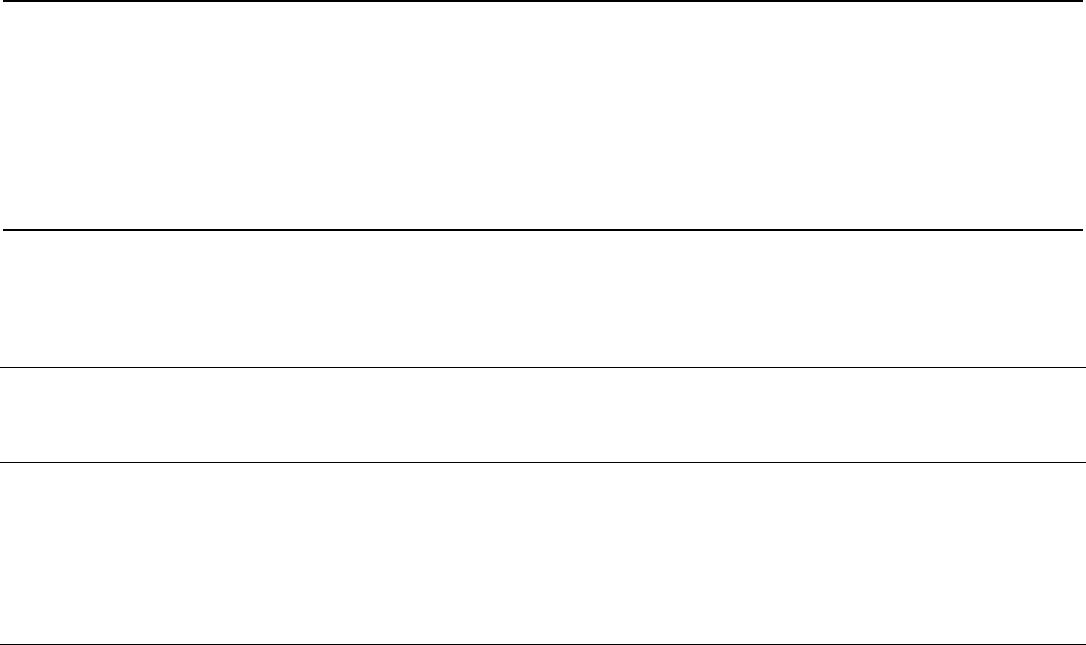
Page v GAO-18-568G Government Auditing Standards
Obtaining the Views of Responsible Officials 206
Report Distribution 207
Reporting Confidential or Sensitive Information 208
Discovery of Insufficient Evidence after Report Release 210
Glossary 211
Acknowledgments 222
Comptroller General’s Advisory Council on Government Auditing
Standards (2016-2020) 222
GAO Project Team 223
Staff Acknowledgments 223
Figures
Figure 1: Generally Accepted Government Auditing Standards
Conceptual Framework for Independence 61
Figure 2: Independence Considerations for Preparing Accounting
Records and Financial Statements 62
Figure 3: Developing Peer Review Communications for Observed
Matters in Accordance with Generally Accepted
Government Auditing Standards 108
Figure 4: Consideration of Internal Control in a Generally
Accepted Government Auditing Standards Performance
Audit 193
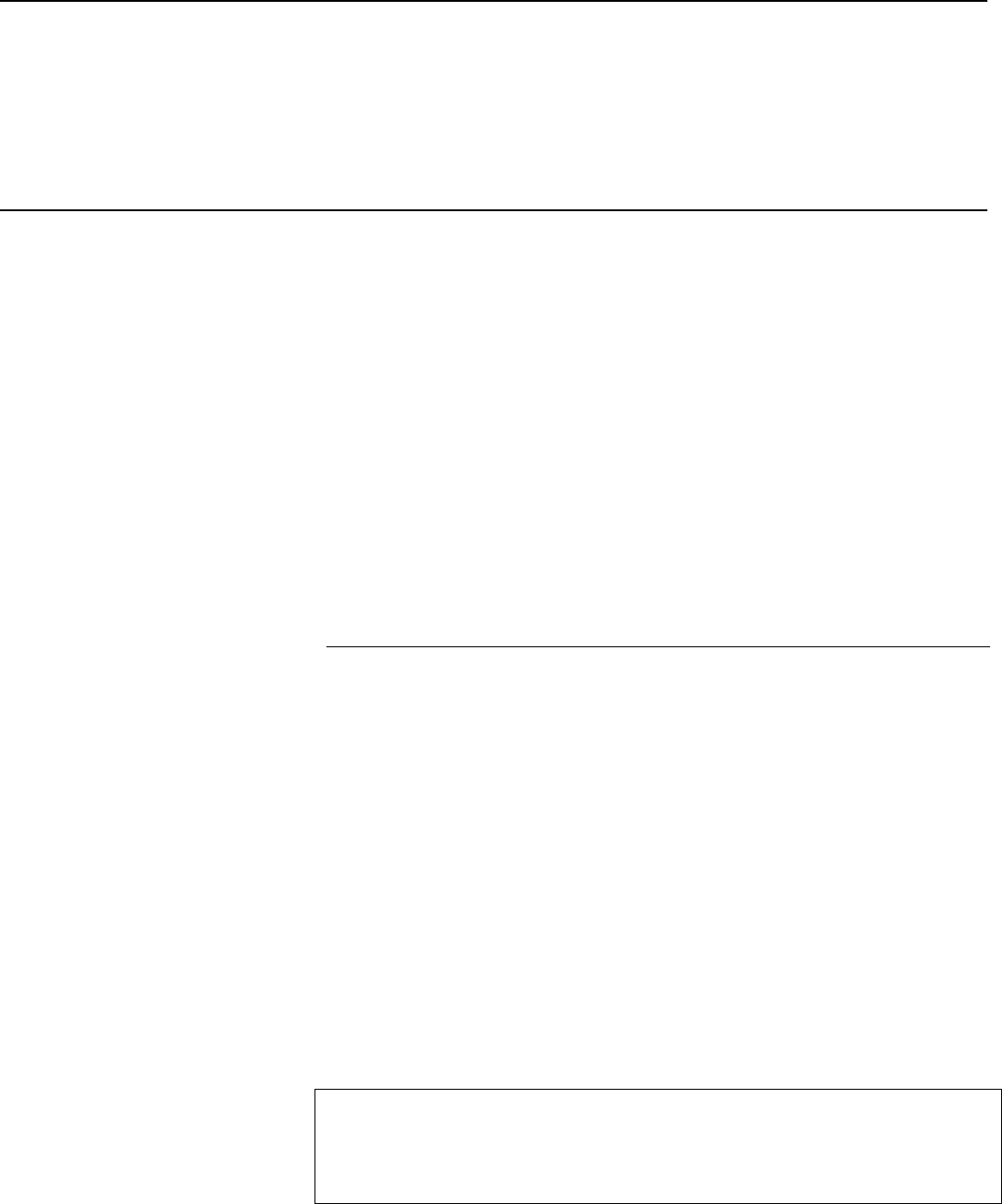
Page vi GAO-18-568G Government Auditing Standards
Abbreviations
AICPA American Institute of Certified Public Accountants
AR-C AICPA Codification of Statements on Standards for
Accounting and Review Services
AT-C AICPA Codification of Statements on Standards for Attestation
Engagements
AU-C AICPA Codification of Statements on Auditing Standards
CPA certified public accountant
CPE continuing professional education
GAGAS generally accepted government auditing standards
IAASB International Auditing and Assurance Standards Board
IT information technology
OMB Office of Management and Budget
PCAOB Public Company Accounting Oversight Board
SAS Statements on Auditing Standards
SSAE Statements on Standards for Attestation Engagements
This is a work of the U.S. government and is not subject to copyright protection in the
United States. The published product may be reproduced and distributed in its entirety
without further permission from GAO. However, because this work may contain
copyrighted images or other material, permission from the copyright holder may be
necessary if you wish to reproduce this material separately.

Page 1 GAO-18-568G Government Auditing Standards
441 G St. N.W. Comptroller General
Washington, DC 20548 of the United States
Audits provide essential accountability and transparency over government
programs. Given the current challenges facing governments and their
programs, the oversight provided through auditing is more critical than
ever. Government auditing provides the objective analysis and
information needed to make the decisions necessary to help create a
better future. The professional standards presented in this 2018 revision
of Government Auditing Standards (known as the Yellow Book) provide a
framework for performing high-quality audit work with competence,
integrity, objectivity, and independence to provide accountability and to
help improve government operations and services. These standards,
commonly referred to as generally accepted government auditing
standards (GAGAS), provide the foundation for government auditors to
lead by example in the areas of independence, transparency,
accountability, and quality through the audit process.
This revision contains major changes from, and supersedes, the 2011
revision. These changes, summarized below, reinforce the principles of
transparency and accountability and strengthen the framework for high-
quality government audits.
• All chapters are presented in a revised format that differentiates
requirements and application guidance related to those requirements.
• Supplemental guidance from the appendix of the 2011 revision is
either removed or incorporated into the individual chapters.
• The independence standard is expanded to state that preparing
financial statements from a client-provided trial balance or underlying
accounting records generally creates significant threats to auditors’
independence, and auditors should document the threats and
safeguards applied to eliminate and reduce threats to an acceptable
level or decline to perform the service.
• The peer review standard is modified to require that audit
organizations comply with their respective affiliated organization’s
peer review requirements and GAGAS peer review requirements.
Additional requirements are provided for audit organizations not
affiliated with recognized organizations.
• The standards include a definition for waste.
• The performance audit standards are updated with specific
considerations for when internal control is significant to the audit
objectives.
Letter
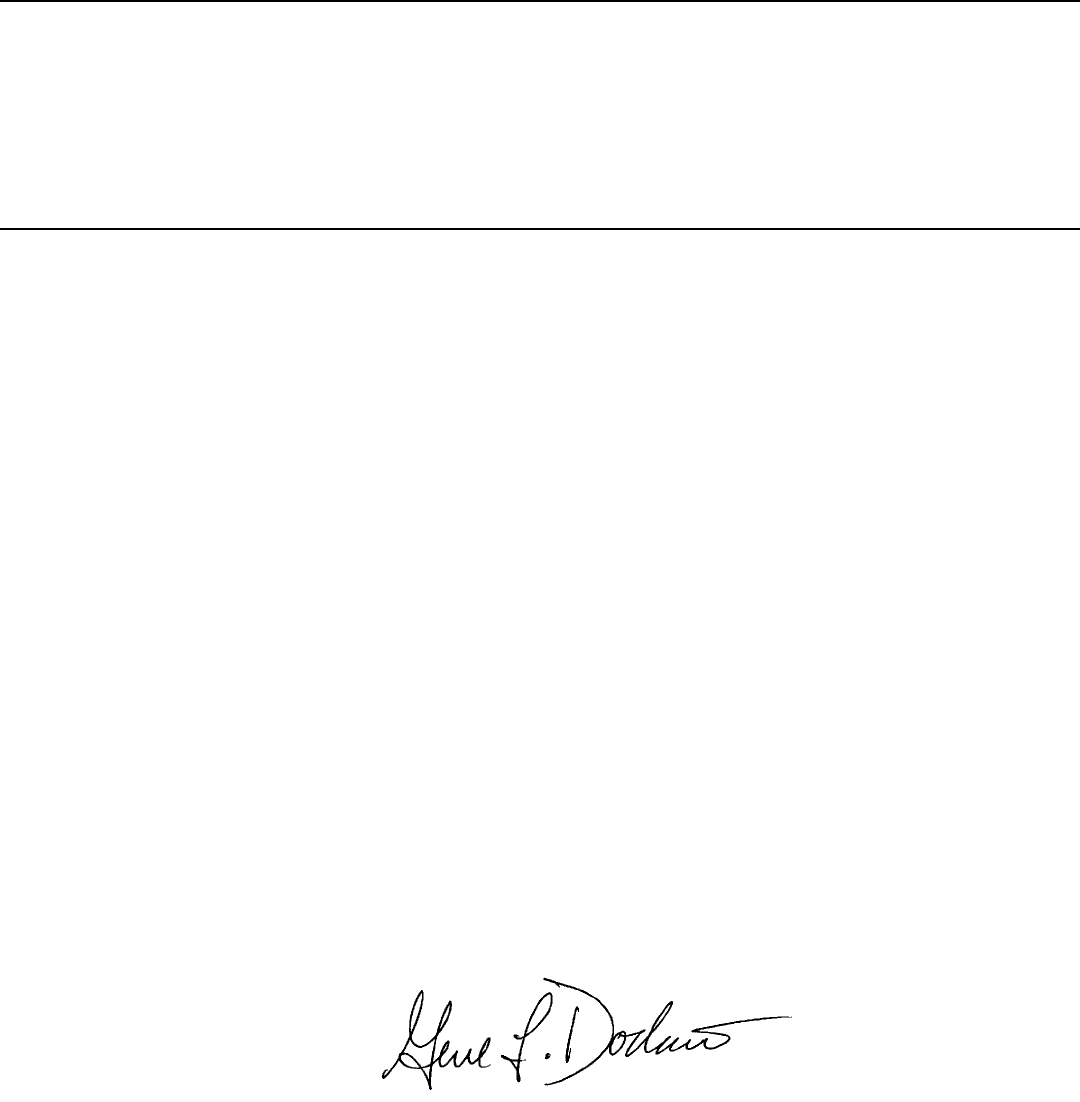
Page 2 GAO-18-568G Government Auditing Standards
Effective with the implementation dates for the 2018 revision of
Government Auditing Standards, GAO is also retiring Government
Auditing Standards: Guidance on GAGAS Requirements for Continuing
Professional Education (GAO-05-568G, April 2005) and Government
Auditing Standards: Guidance for Understanding the New Peer Review
Ratings (D06602, January 2014).
This revision of the standards has gone through an extensive deliberative
process, including public comments and input from the Comptroller
General’s Advisory Council on Government Auditing Standards (Advisory
Council). The Advisory Council consists of experts in financial and
performance auditing and reporting from federal, state, and local
government; the private sector; and academia. The views of all parties
were thoroughly considered in finalizing the standards.
The 2018 revision of Government Auditing Standards is effective for
financial audits, attestation engagements, and reviews of financial
statements for periods ending on or after June 30, 2020, and for
performance audits beginning on or after July 1, 2019. Early
implementation is not permitted.
An electronic version of this document can be accessed at
http://www.gao.gov/yellowbook.
I extend special thanks to the members of the Advisory Council for their
extensive input and feedback throughout the process of developing and
finalizing the standards.
Gene L. Dodaro
Comptroller General of the United States
July 2018
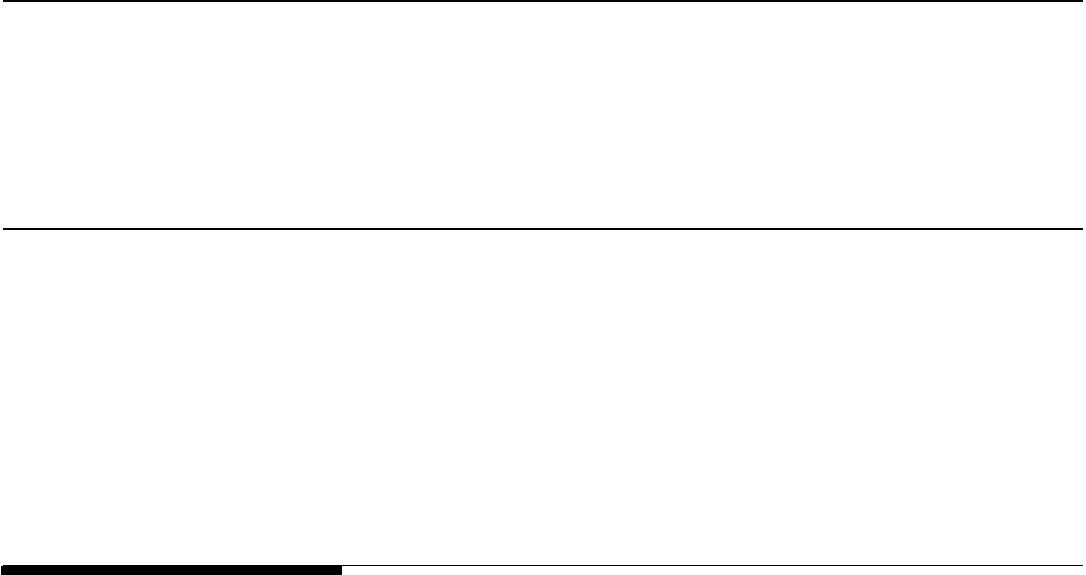
Chapter 1: Foundation and Principles for the
Use and Application of Government Auditing
Standards
Page 3 GAO-18-568G Government Auditing Standards
1.01 This chapter provides guidance for engagements conducted in
accordance with generally accepted government auditing standards
(GAGAS). This chapter also
a. explains the types of auditors and audit organizations that may
employ GAGAS to conduct their work,
b. identifies the types of engagements that may be conducted in
accordance with GAGAS, and
c. explains terminology that is commonly used in GAGAS.
1.02 The concept of accountability for use of public resources and
government authority is key to our nation’s governing processes.
Management and officials entrusted with public resources are responsible
for carrying out public functions and providing service to the public
effectively, efficiently, economically, and ethically within the context of the
statutory boundaries of the specific government program.
1.03 As reflected in applicable laws, regulations, agreements, and
standards, management and officials of government programs are
responsible for providing reliable, useful, and timely information for
transparency and accountability of these programs and their operations.
Legislators, oversight bodies, those charged with governance, and the
public need to know whether (1) management and officials manage
government resources and use their authority properly and in compliance
with laws and regulations; (2) government programs are achieving their
objectives and desired outcomes; and (3) government services are
provided effectively, efficiently, economically, and ethically.
1.04 “Those charged with governance” refers to the individuals
responsible for overseeing the strategic direction of the entity and
obligations related to the accountability of the entity. This includes
overseeing the financial reporting process, subject matter, or program
under audit, including related internal controls. Those charged with
governance may also be part of the entity’s management. In some
audited entities, multiple parties may be charged with governance,
including oversight bodies, members or staff of legislative committees,
boards of directors, audit committees, or parties contracting for the
engagement.
Chapter 1: Foundation and Principles for the
Use and Application of Government Auditing
Standards
Introduction

Chapter 1: Foundation and Principles for the
Use and Application of Government Auditing
Standards
Page 4 GAO-18-568G Government Auditing Standards
1.05 Government auditing is essential in providing accountability to
legislators, oversight bodies, those charged with governance, and the
public. GAGAS engagements provide an independent, objective,
nonpartisan assessment of the stewardship, performance, or cost of
government policies, programs, or operations, depending upon the type
and scope of the engagement.
1.06 The professional standards and guidance contained in this
document provide a framework for conducting high-quality engagements
with competence, integrity, objectivity, and independence. Auditors of
government entities, entities that receive government awards, and other
entities, as required by law or regulation or as they elect, may use these
standards. Overall, GAGAS contains standards for engagements
comprising individual requirements that are identified by terminology as
discussed in paragraphs 2.02 through 2.10. GAGAS contains
requirements and guidance dealing with ethics, independence, auditors’
professional judgment and competence, quality control, peer review,
conducting the engagement, and reporting.
1.07 Engagements conducted in accordance with GAGAS provide
information used for oversight, accountability, transparency, and
improvements of government programs and operations. GAGAS contains
requirements and guidance to assist auditors in objectively obtaining and
evaluating sufficient, appropriate evidence and reporting the results.
When auditors conduct their work in this manner and comply with GAGAS
in reporting the results, their work can lead to improved government
management, better decision making and oversight, effective and efficient
operations, and accountability and transparency for resources and
results.
1.08 Laws, regulations, contracts, grant agreements, and policies
frequently require that engagements be conducted in accordance with
GAGAS. In addition, many auditors and audit organizations voluntarily
choose to conduct their work in accordance with GAGAS. The
requirements and guidance in GAGAS in totality apply to engagements
pertaining to government entities, programs, activities, and functions, and
to government assistance administered by contractors, nonprofit entities,
and other nongovernmental entities when the use of GAGAS is required
or voluntarily adopted.
1.09 The following are some of the laws, regulations, and other
authoritative sources that require the use of GAGAS:

Chapter 1: Foundation and Principles for the
Use and Application of Government Auditing
Standards
Page 5 GAO-18-568G Government Auditing Standards
a. The Inspector General Act of 1978, as amended (5 U.S.C. App.),
requires that the federal inspectors general appointed under that
act comply with GAGAS for audits of federal establishments,
organizations, programs, activities, and functions. The act further
states that the inspectors general shall take appropriate steps to
assure that any work performed by nonfederal auditors complies
with GAGAS.
b. The Chief Financial Officers Act of 1990 (Public Law 101-576), as
expanded by the Government Management Reform Act of 1994
(Public Law 103-356), requires that GAGAS be followed in audits
of major executive branch departments’ and agencies’ financial
statements. The Accountability of Tax Dollars Act of 2002 (Public
Law 107-289) generally extends this requirement to most
executive agencies not subject to the Chief Financial Officers Act.
c. The Single Audit Act Amendments of 1996 (Public Law 104-156)
requires that GAGAS be followed in audits of state and local
governments and nonprofit entities that receive federal awards.
Subpart F of OMB’s Uniform Administrative Requirements, Cost
Principles, and Audit Requirements for Federal Awards (2 C.F.R.
part 200), which provides the government-wide guidelines and
policies on conducting audits to comply with the Single Audit Act,
reiterates the requirement to use GAGAS.
1.10 Other laws, regulations, or authoritative sources may require the use
of GAGAS. For example, auditors at the state and local government
levels may be required by state and local laws and regulations to follow
GAGAS. Also, auditors may be required by the terms of an agreement or
contract to follow GAGAS. Auditors may also be required to follow
GAGAS by federal audit guidelines pertaining to program requirements.
Being aware of such other laws, regulations, or authoritative sources may
assist auditors in performing their work in accordance with the required
standards.
1.11 Even if not required to do so, auditors may find it useful to follow
GAGAS in conducting engagements pertaining to federal, state, and local
government programs as well as engagements pertaining to state and
local government awards that contractors, nonprofit entities, and other
nongovernmental entities administer. Though not formally required to do
so, many audit organizations, both in the United States and in other
countries, voluntarily follow GAGAS.

Chapter 1: Foundation and Principles for the
Use and Application of Government Auditing
Standards
Page 6 GAO-18-568G Government Auditing Standards
1.12 GAGAS provides standards that are used by a wide range of
auditors and audit organizations that audit government entities, entities
that receive government awards, and other entities. These auditors and
audit organizations may also be subject to additional requirements unique
to their environments. Examples of the various types of users who may
be required or may elect to use GAGAS include the following:
a. Contract auditors: audit organizations that specialize in conducting
engagements pertaining to government acquisitions and contract
administration
b. Certified public accounting firms: public accounting organizations
in the private sector that provide audit, attestation, or review
services under contract to government entities or recipients of
government funds
c. Federal inspectors general: government audit organizations within
federal agencies that conduct engagements and investigations
relating to the programs and operations of their agencies and
issue reports both to agency management and to third parties
external to the audited entity
d. Federal agency internal auditors: internal government audit
organizations associated with federal agencies that conduct
engagements and investigations relating to the programs and
operations of their agencies
e. Municipal auditors: elected or appointed officials in government
audit organizations in the United States at the city, county, and
other local government levels
f. State auditors: elected or appointed officials in audit organizations
in the governments of the 50 states, the District of Columbia, and
the U.S. territories
g. Supreme audit institutions: national government audit
organizations, in the United States or elsewhere, typically headed
by a comptroller general or auditor general
Types of GAGAS
Users
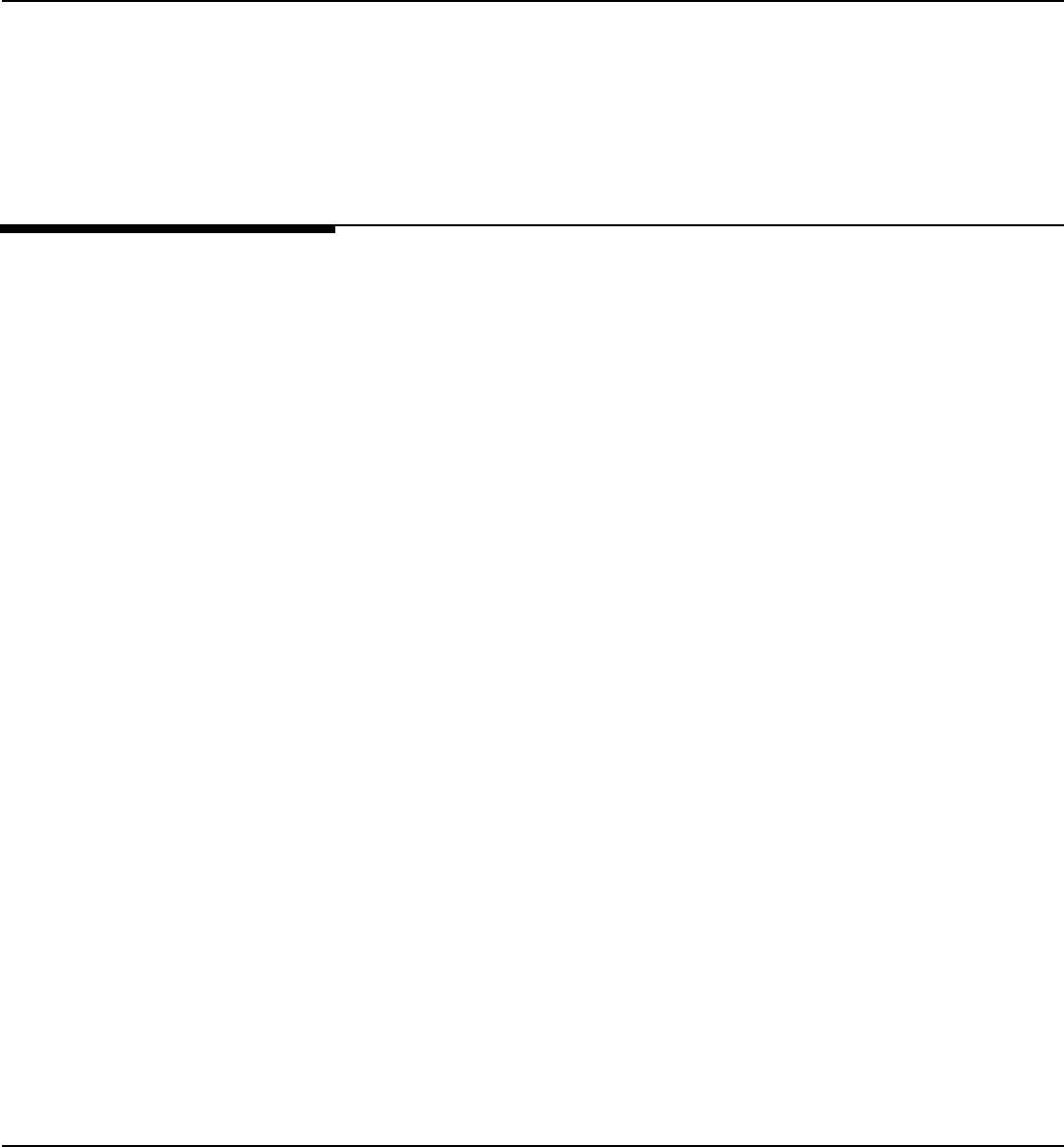
Chapter 1: Foundation and Principles for the
Use and Application of Government Auditing
Standards
Page 7 GAO-18-568G Government Auditing Standards
1.13 This section describes the types of engagements that audit
organizations may conduct in accordance with GAGAS. This description
is not intended to limit or require the types of engagements that may be
conducted in accordance with GAGAS.
1.14 All GAGAS engagements begin with objectives, and those objectives
determine the type of engagement to be conducted and the applicable
standards to be followed. This document classifies financial audits,
attestation engagements, reviews of financial statements, and
performance audits, as defined by their objectives, as the types of
engagements that are covered by GAGAS.
1.15 In some GAGAS engagements, the standards applicable to the
specific objective will be apparent. For example, if the objective is to
express an opinion on financial statements, the standards for financial
audits apply. However, some engagements may have objectives that
could be met using more than one approach. For example, if the objective
is to determine the reliability of performance measures, auditors can
perform this work in accordance with either the standards for attestation
engagements or performance audits.
1.16 GAGAS requirements and guidance apply to the types of
engagements that auditors may conduct in accordance with GAGAS as
follows:
a. Financial audits: the requirements and guidance in chapters 1
through 6 apply.
b. Attestation-level examination, review, and agreed-upon
procedures engagements and reviews of financial statements: the
requirements and guidance in chapters 1 through 5 and 7 apply.
c. Performance audits: the requirements and guidance in chapters 1
through 5, 8, and 9 apply.
1.17 Financial audits provide independent assessments of whether
entities’ reported financial information (e.g., financial condition, results,
and use of resources) is presented fairly, in all material respects, in
accordance with recognized criteria. Financial audits conducted in
accordance with GAGAS include financial statement audits and other
related financial audits.
Types of GAGAS
Engagements
Financial Audits
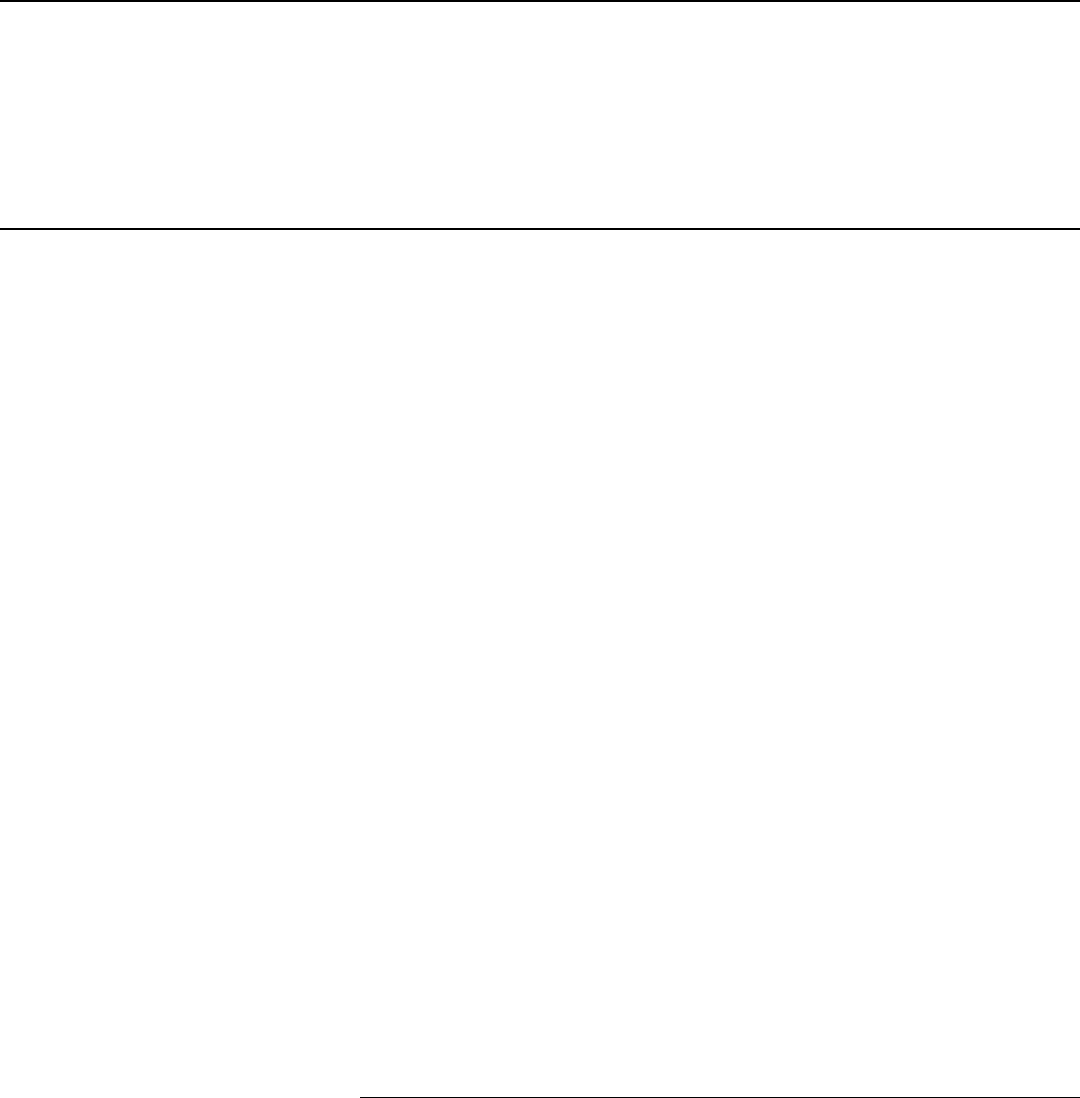
Chapter 1: Foundation and Principles for the
Use and Application of Government Auditing
Standards
Page 8 GAO-18-568G Government Auditing Standards
a. Financial statement audits: The primary purpose of a financial
statement audit is to provide financial statement users with an
opinion by an auditor on whether an entity’s financial statements
are presented fairly, in all material respects, in accordance with an
applicable financial reporting framework. Reporting on financial
statement audits conducted in accordance with GAGAS also
includes reports on internal control over financial reporting and on
compliance with provisions of laws, regulations, contracts, and
grant agreements that have a material effect on the financial
statements.
b. Other types of financial audits: Other types of financial audits
conducted in accordance with GAGAS entail various scopes of
work, including
(1) obtaining sufficient, appropriate evidence to form an
opinion on a single financial statement or specified
elements, accounts, or line items of a financial statement;
1
(2) issuing letters (commonly referred to as comfort letters) for
underwriters and certain other requesting parties;
2
(3) auditing applicable compliance and internal control
requirements relating to one or more government
programs;
3
and
(4) conducting an audit of internal control over financial
reporting that is integrated with an audit of financial
statements (integrated audit).
4
1
See AU-C section 805, Special Considerations – Audits of Single Financial Statements
and Specific Elements, Accounts, or Items of a Financial Statement (AICPA, Professional
Standards).
2
See AU-C section 920, Letters for Underwriters and Certain Other Requesting Parties
(AICPA, Professional Standards).
3
See AU-C section 935, Compliance Audits (AICPA, Professional Standards).
4
See AU-C section 940, An Audit of Internal Control Over Financial Reporting That Is
Integrated With an Audit of Financial Statements (AICPA, Professional Standards).
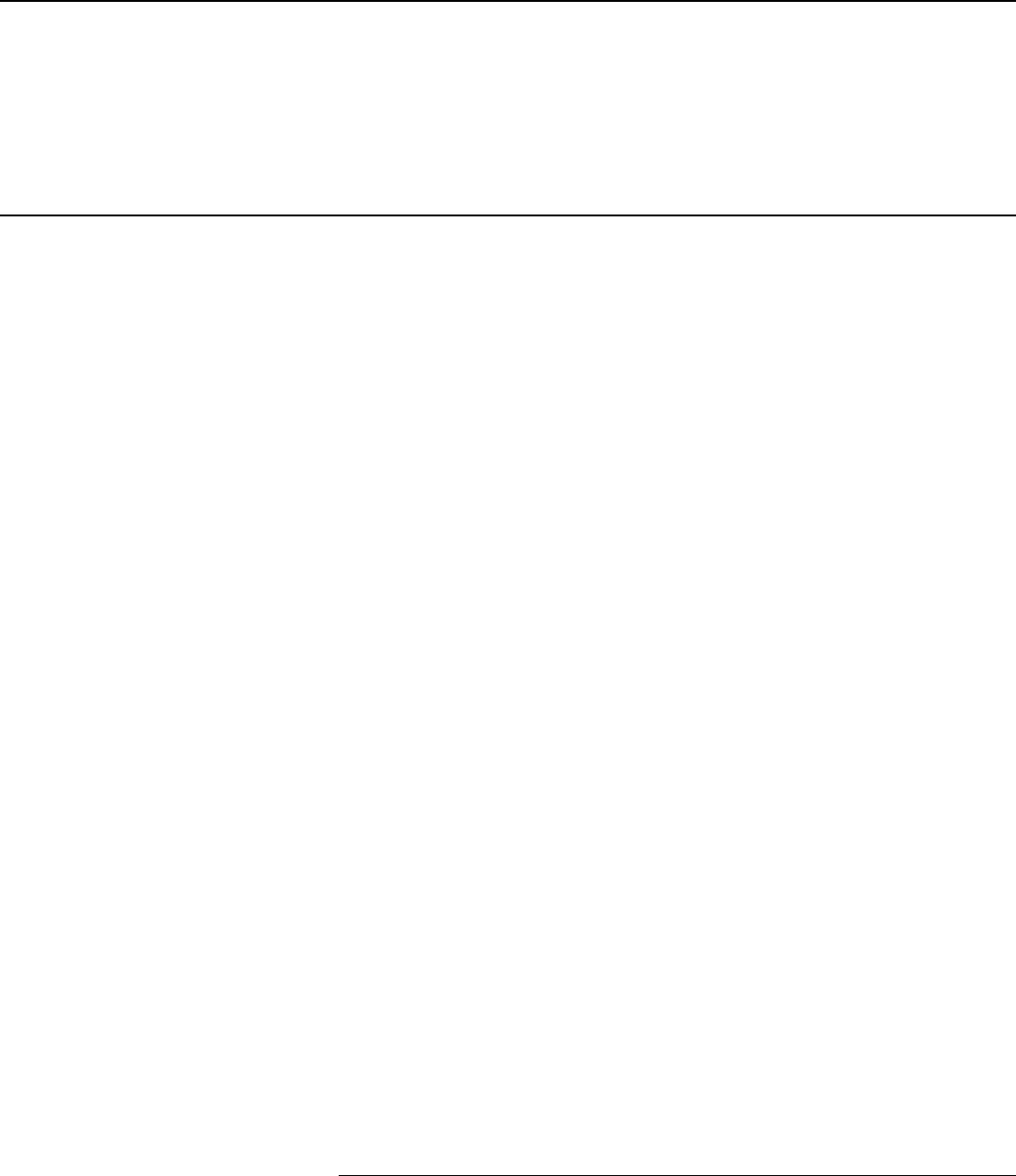
Chapter 1: Foundation and Principles for the
Use and Application of Government Auditing
Standards
Page 9 GAO-18-568G Government Auditing Standards
1.18 Attestation engagements can cover a broad range of financial or
nonfinancial objectives about the subject matter or assertion depending
on the users’ needs. In an attestation engagement, the subject matter or
an assertion by a party other than the auditors is measured or evaluated
in accordance with suitable criteria. The work the auditors perform and
the level of assurance associated with the report vary based on the type
of attestation engagement. The three types of attestation engagements
are as follows:
a. Examination: An auditor obtains reasonable assurance by
obtaining sufficient, appropriate evidence about the measurement
or evaluation of subject matter against criteria in order to be able
to draw reasonable conclusions on which to base the auditor’s
opinion about whether the subject matter is in accordance with (or
based on) the criteria or the assertion is fairly stated, in all material
respects. The auditor obtains the same level of assurance in an
examination as in a financial statement audit.
5
b. Review: An auditor obtains limited assurance by obtaining
sufficient, appropriate review evidence about the measurement or
evaluation of subject matter against criteria in order to express a
conclusion about whether any material modification should be
made to the subject matter in order for it to be in accordance with
(or based on) the criteria or to the assertion in order for it to be
fairly stated. Review-level work does not include reporting on
internal control or compliance with provisions of laws, regulations,
contracts, and grant agreements. The auditor obtains the same
level of assurance in a review engagement as in a review of
financial statements.
6
c. Agreed-upon procedures engagement: An auditor performs
specific procedures on subject matter or an assertion and reports
the findings without providing an opinion or a conclusion on it. The
specified parties to the engagement agree upon and are
responsible for the sufficiency of the procedures for their
5
See AT-C section 205, Examination Engagements (AICPA, Professional Standards).
6
See AT-C section 210, Review Engagements (AICPA, Professional Standards).
Attestation Engagements
and Reviews of Financial
Statements
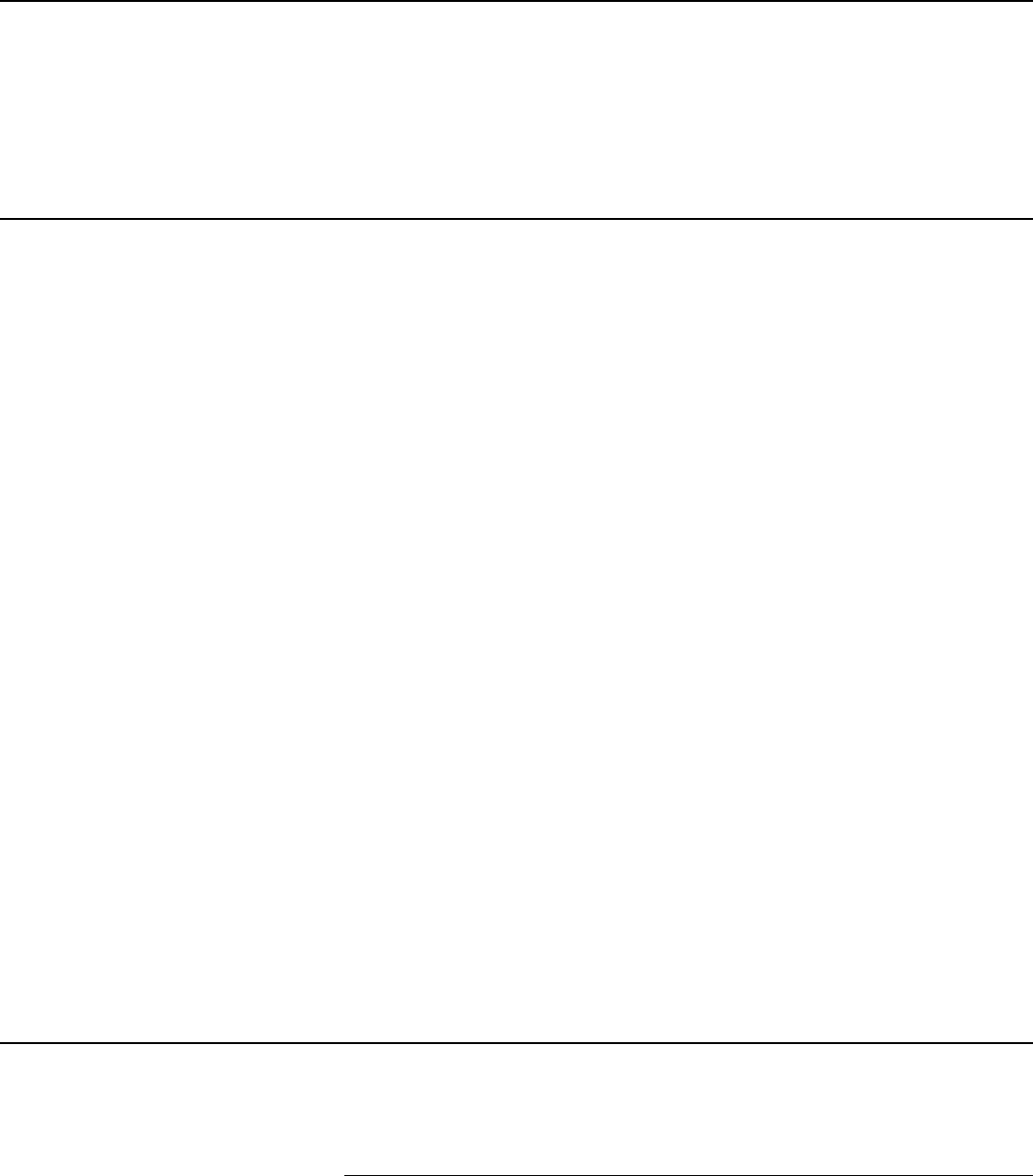
Chapter 1: Foundation and Principles for the
Use and Application of Government Auditing
Standards
Page 10 GAO-18-568G Government Auditing Standards
purposes. The specified parties are the intended users to whom
use of the report is limited.
7
1.19 The subject matter of an attestation engagement may take many
forms, including the following:
a. historical or prospective performance or condition, historical or
prospective financial information, performance measurements, or
backlog data;
b. physical characteristics, for example, narrative descriptions or
square footage of facilities;
c. historical events, for example, the price of a market basket of
goods on a certain date;
d. analyses, for example, break-even analyses;
e. systems and processes, for example, internal control; and
f. behavior, for example, corporate governance, compliance with
laws and regulations, and human resource practices.
1.20 The objective of the auditor when performing a review of financial
statements is to obtain limited assurance as a basis for reporting whether
the auditor is aware of any material modifications that should be made to
financial statements in order for the financial statements to be in
accordance with the applicable financial reporting framework. A review of
financial statements does not include obtaining an understanding of the
entity’s internal control, assessing fraud risk, or certain other procedures
ordinarily performed in an audit.
8
1.21 Performance audits provide objective analysis, findings, and
conclusions to assist management and those charged with governance
and oversight with, among other things, improving program performance
and operations, reducing costs, facilitating decision making by parties
7
See AT-C section 215, Agreed-Upon Procedures Engagements (AICPA, Professional
Standards).
8
See AR-C section 90, Review of Financial Statements (AICPA, Professional Standards).
Performance Audits

Chapter 1: Foundation and Principles for the
Use and Application of Government Auditing
Standards
Page 11 GAO-18-568G Government Auditing Standards
responsible for overseeing or initiating corrective action, and contributing
to public accountability.
1.22 Performance audit objectives vary widely and include assessments
of program effectiveness, economy, and efficiency; internal control;
compliance; and prospective analyses. Audit objectives may also pertain
to the current status or condition of a program. These overall objectives
are not mutually exclusive. For example, a performance audit with an
objective of determining or evaluating program effectiveness may also
involve an additional objective of evaluating the program’s internal
controls. Key categories of performance audit objectives include the
following:
a. Program effectiveness and results audit objectives. These are
frequently interrelated with economy and efficiency objectives.
Audit objectives that focus on program effectiveness and results
typically measure the extent to which a program is achieving its
goals and objectives. Audit objectives that focus on economy and
efficiency address the costs and resources used to achieve
program results.
b. Internal control audit objectives. These relate to an assessment of
one or more aspects of an entity’s system of internal control that is
designed to provide reasonable assurance of achieving effective
and efficient operations, reliability of reporting for internal and
external use, or compliance with provisions of applicable laws and
regulations. Internal control objectives also may be relevant when
determining the cause of unsatisfactory program performance.
Internal control is a process effected by an entity’s oversight body,
management, and other personnel that provides reasonable
assurance that the objectives of an entity will be achieved. Internal
control comprises the plans, methods, policies, and procedures
used to fulfill the mission, strategic plan, goals, and objectives of
the entity.
c. Compliance audit objectives. These relate to an assessment of
compliance with criteria established by provisions of laws,
regulations, contracts, and grant agreements, or other
requirements that could affect the acquisition, protection, use, and
disposition of the entity’s resources and the quantity, quality,
timeliness, and cost of services the entity produces and delivers.
Compliance requirements can be either financial or nonfinancial.

Chapter 1: Foundation and Principles for the
Use and Application of Government Auditing
Standards
Page 12 GAO-18-568G Government Auditing Standards
d. Prospective analysis audit objectives. These provide analysis or
conclusions about information that is based on assumptions about
events that may occur in the future, along with possible actions
that the entity may take in response to the future events.
1.23 Examples of program effectiveness and results audit objectives
include
a. assessing the extent to which legislative, regulatory, or
organizational goals and objectives are being achieved;
b. assessing the relative ability of alternative approaches to yield
better program performance or eliminate factors that inhibit
program effectiveness;
c. analyzing the relative cost-effectiveness of a program or activity,
focusing on combining cost information or other inputs with
(1) information about outputs or the benefit provided or
(2) outcomes or the results achieved;
d. determining whether a program produced intended results or
produced results that were not consistent with the program’s
objectives;
e. determining the current status or condition of program operations
or progress in implementing legislative requirements;
f. determining whether a program provides access to or distribution
of public resources within the context of statutory parameters;
g. assessing the extent to which programs duplicate, overlap, or
conflict with other related programs;
h. evaluating whether the entity is following sound procurement
practices;
i. assessing the reliability, validity, or relevance of performance
measures concerning program effectiveness and results or
economy and efficiency;
j. assessing the reliability, validity, or relevance of financial
information related to the performance of a program;

Chapter 1: Foundation and Principles for the
Use and Application of Government Auditing
Standards
Page 13 GAO-18-568G Government Auditing Standards
k. determining whether government resources (inputs) are obtained
at reasonable costs while meeting timeliness and quality
considerations;
l. determining whether appropriate value was obtained based on the
cost or amount paid or based on the amount of revenue received;
m. determining whether government services and benefits are
accessible to those individuals who have a right to access those
services and benefits;
n. determining whether fees assessed cover costs;
o. determining whether and how the program’s unit costs can be
decreased or its productivity increased; and
p. assessing the reliability, validity, or relevance of budget proposals
or budget requests to assist legislatures in the budget process.
1.24 Examples of internal control audit objectives include determining
whether
a. organizational missions, goals, and objectives are achieved
effectively and efficiently;
b. resources are used in compliance with laws, regulations, or other
requirements;
c. resources, including sensitive information accessed or stored
outside the organization’s physical perimeter, are safeguarded
against unauthorized acquisition, use, or disposition;
d. management information, such as performance measures, and
public reports are complete, accurate, and consistent to support
performance and decision making;
e. the integrity of information from computerized systems is
achieved; and
f. contingency planning for information systems provides essential
backup to prevent unwarranted disruption of the activities and
functions that the systems support.

Chapter 1: Foundation and Principles for the
Use and Application of Government Auditing
Standards
Page 14 GAO-18-568G Government Auditing Standards
1.25 Examples of compliance objectives include determining whether
a. the purpose of the program, the manner in which it is to be
conducted, the services delivered, the outcomes, or the population
it serves is in compliance with provisions of laws, regulations,
contracts, or grant agreements or other requirements;
b. government services and benefits are distributed or delivered to
citizens based on eligibility to obtain those services and benefits;
c. incurred or proposed costs are in compliance with applicable laws,
regulations, contracts, or grant agreements; and
d. revenues received are in compliance with applicable laws,
regulations, contracts, or grant agreements.
1.26 Examples of prospective analysis objectives include providing
conclusions based on
a. current and projected trends and future potential impact on
government programs and services and their implications for
program or policy alternatives;
b. program or policy alternatives, including forecasting program
outcomes under various assumptions;
c. policy or legislative proposals, including advantages,
disadvantages, and analysis of stakeholder views;
d. prospective information prepared by management;
e. budgets and forecasts that are based on (1) assumptions about
expected future events and (2) stakeholders’ and management’s
expected reaction to those future events; and
f. management’s assumptions on which prospective information is
based.
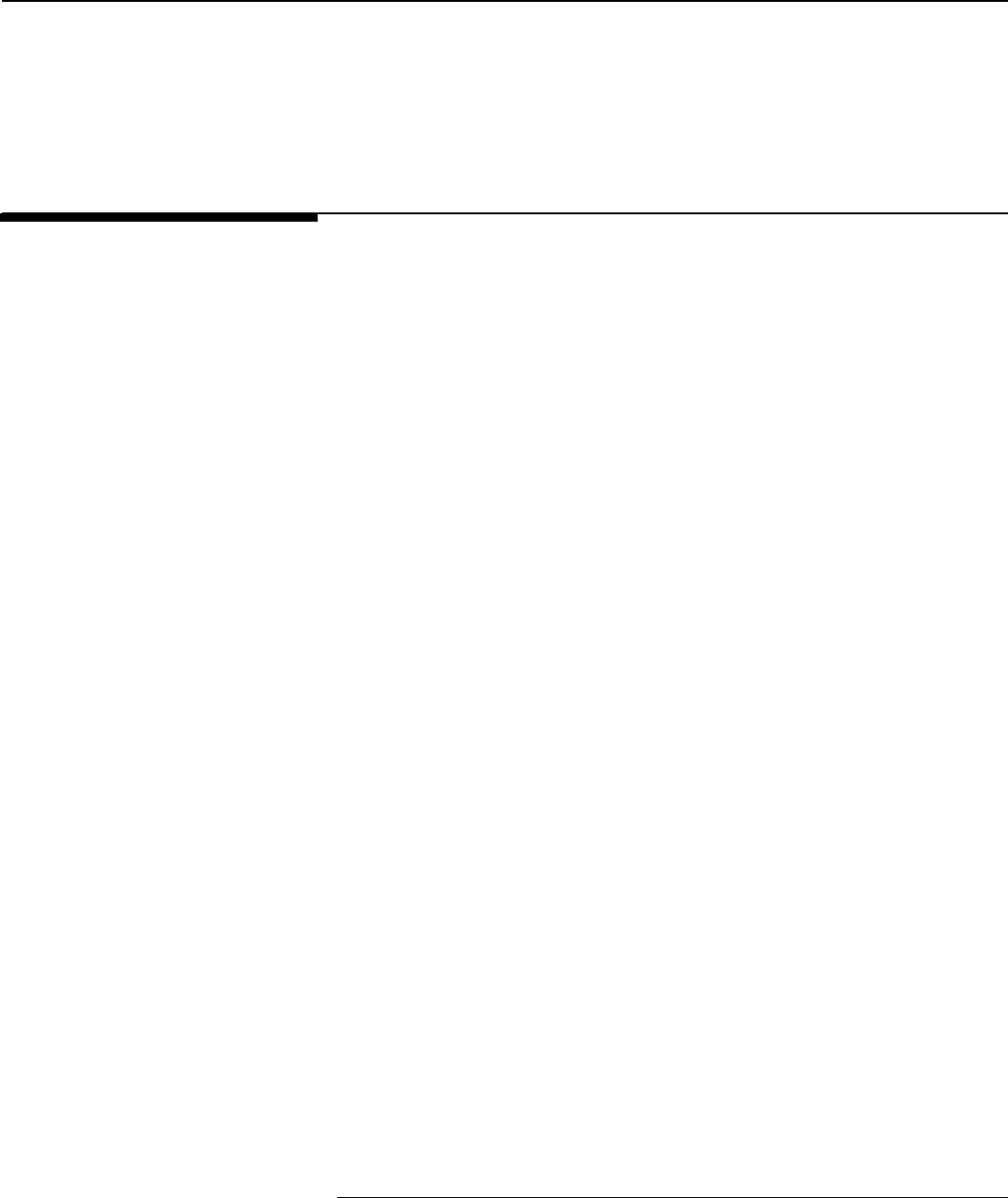
Chapter 1: Foundation and Principles for the
Use and Application of Government Auditing
Standards
Page 15 GAO-18-568G Government Auditing Standards
1.27 This paragraph describes certain terms used in GAGAS. When
terminology differs from that used at an organization subject to GAGAS,
auditors use professional judgment to determine if there is an equivalent
term.
9
a. Attestation engagement: An examination, review, or agreed-upon
procedures engagement conducted under the GAGAS attestation
standards related to subject matter or an assertion that is the
responsibility of another party.
b. Audit: Either a financial audit or performance audit conducted in
accordance with GAGAS.
c. Audit organization: A government audit entity or a public
accounting firm or other audit entity that conducts GAGAS
engagements.
d. Audit report: A report issued as a result of a financial audit,
attestation engagement, review of financial statements, or
performance audit conducted in accordance with GAGAS.
e. Audited entity: The entity that is subject to a GAGAS engagement,
whether that engagement is a financial audit, attestation
engagement, review of financial statements, or performance audit.
f. Auditor: An individual assigned to planning, directing, performing
engagement procedures, or reporting on GAGAS engagements
(including work on audits, attestation engagements, and reviews
of financial statements) regardless of job title. Therefore,
individuals who may have the title auditor, information technology
auditor, analyst, practitioner, evaluator, inspector, or other similar
titles are considered auditors under GAGAS.
g. Control objective: The aim or purpose of specified controls; control
objectives address the risks related to achieving an entity’s
objectives.
9
See the Glossary for an expanded list of terms used in GAGAS.
Terms Used in
GAGAS
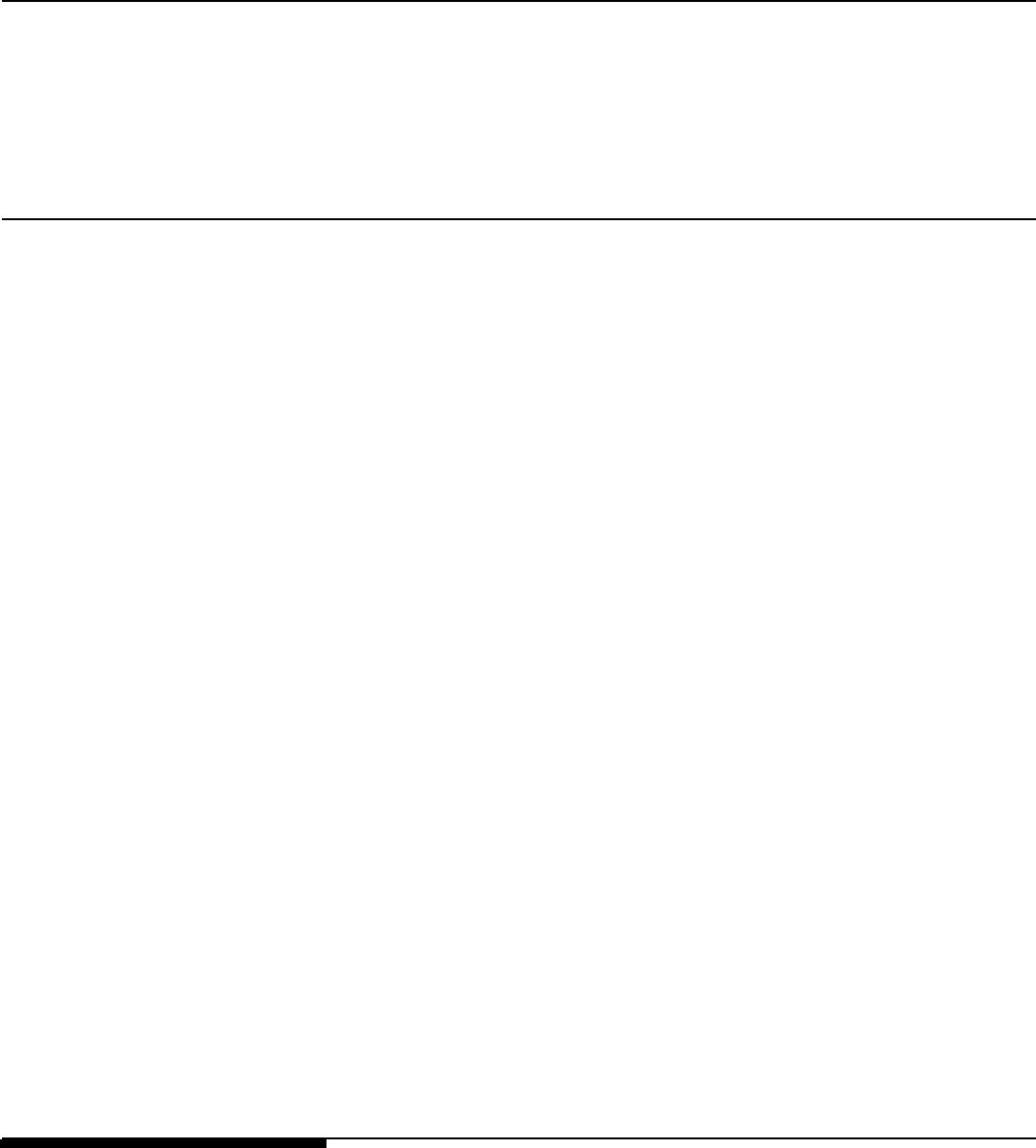
Chapter 1: Foundation and Principles for the
Use and Application of Government Auditing
Standards
Page 16 GAO-18-568G Government Auditing Standards
h. Engagement: A financial audit, attestation engagement, review of
financial statements, or performance audit conducted in
accordance with GAGAS.
i. Engagement team (or audit team): Auditors assigned to planning,
directing, performing engagement procedures, or reporting on
GAGAS engagements.
j. Engaging party: The party that engages the auditor to conduct the
GAGAS engagement.
k. Entity objective: What an entity wants to achieve; entity objectives
are intended to meet the entity’s mission, strategic plan, and goals
and the requirements of applicable laws and regulations.
l. External audit organization: An audit organization that issues
reports to third parties external to the audited entity, either
exclusively or in addition to issuing reports to senior management
and those charged with governance of the audited entity.
m. Internal audit organization: An audit organization that is
accountable to senior management and those charged with
governance of the audited entity and that does not generally issue
reports to third parties external to the audited entity.
n. Responsible party: The party responsible for a GAGAS
engagement’s subject matter.
o. Review of financial statements: An engagement conducted under
GAGAS for review of financial statements.
p. Specialist: An individual or organization possessing special skill or
knowledge in a particular field other than accounting or auditing
that assists auditors in conducting engagements. A specialist may
be either an internal specialist or an external specialist.
1.28 GAGAS uses a format designed to allow auditors to quickly identify
requirements and application guidance related to those requirements.
GAGAS requirements are differentiated from application guidance by
borders surrounding the text. The requirements are followed immediately
by application guidance that relates directly to the preceding
The GAGAS Format

Chapter 1: Foundation and Principles for the
Use and Application of Government Auditing
Standards
Page 17 GAO-18-568G Government Auditing Standards
requirements. The auditors’ responsibilities related to requirements and
application guidance are discussed in paragraphs 2.02 through 2.10.
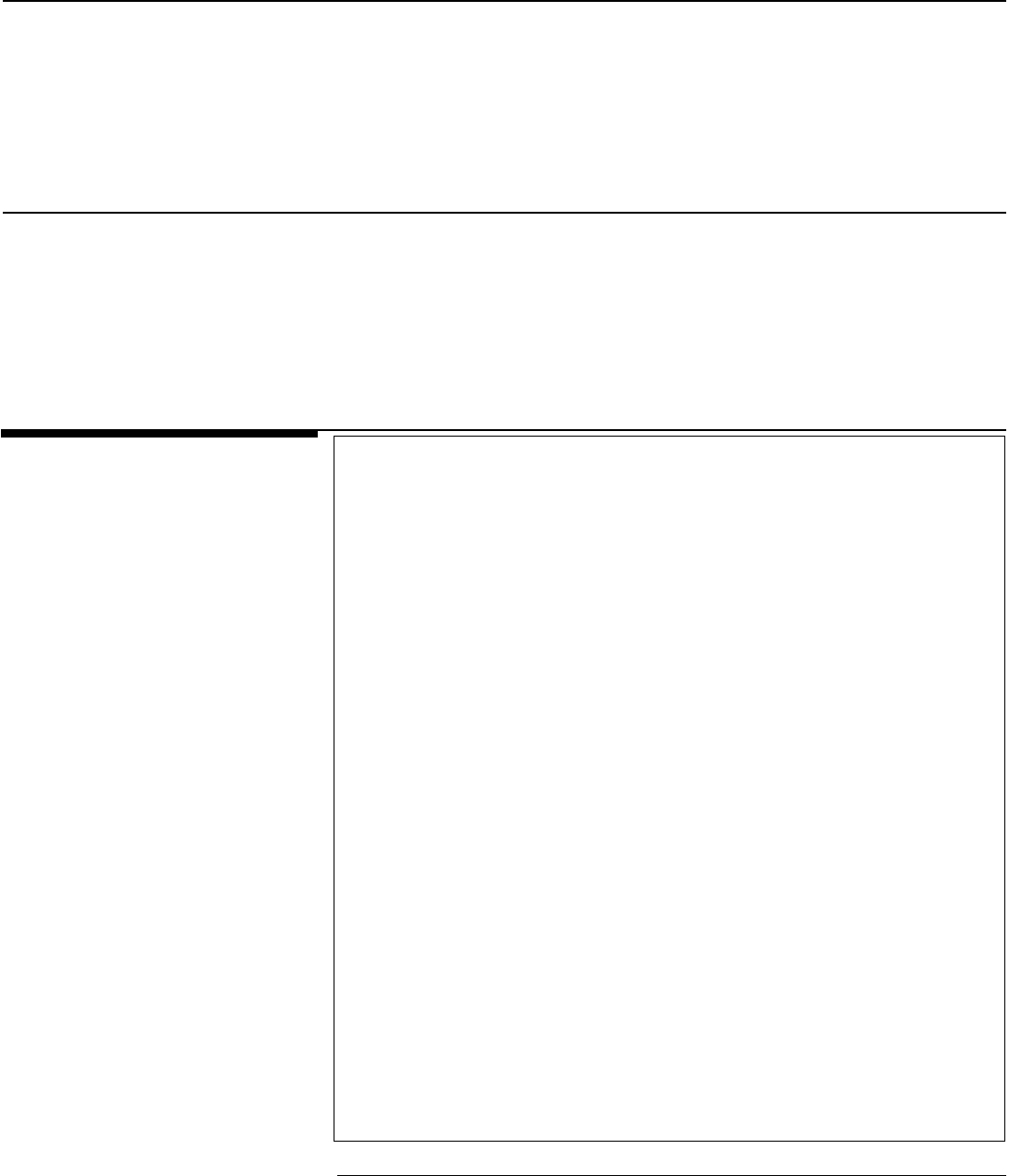
Chapter 2: General Requirements for
Complying with Government Auditing
Standards
Page 18 GAO-18-568G Government Auditing Standards
2.01 This chapter establishes general requirements for complying with
generally accepted government auditing standards (GAGAS) that are
applicable to all GAGAS engagements. The information it contains relates
to how auditors conducting GAGAS engagements identify and apply the
requirements contained in GAGAS. The chapter also contains
requirements for using other audit standards in conjunction with GAGAS
and for reporting compliance with GAGAS in the audit report.
10
See para. 2.19 for additional documentation requirements for departures from GAGAS
requirements.
Chapter 2: General Requirements for
Complying with Government Auditing
Standards
Complying with
GAGAS
Requirements: Complying with GAGAS
2.02 GAGAS uses two categories of requirements, identified by
specific terms, to describe the degree of responsibility they impose on
auditors and audit organizations:
a. Unconditional requirements: Auditors and audit organizations
must comply with an unconditional requirement in all cases
where such requirement is relevant. GAGAS uses must to
indicate an unconditional requirement.
b. Presumptively mandatory requirements: Auditors and audit
organizations must comply with a presumptively mandatory
requirement in all cases where such a requirement is relevant
except in rare circumstances discussed in paragraphs 2.03,
2.04, and 2.08. GAGAS uses should to indicate a
presumptively mandatory requirement.
10
2.03 In rare circumstances, auditors and audit organizations may
determine it necessary to depart from a relevant presumptively
mandatory requirement. In such rare circumstances, auditors should
perform alternative procedures to achieve the intent of that
requirement.
2.04 If, in rare circumstances, auditors judge it necessary to depart
from a relevant presumptively mandatory requirement, they must
document their justification for the departure and how the alternative
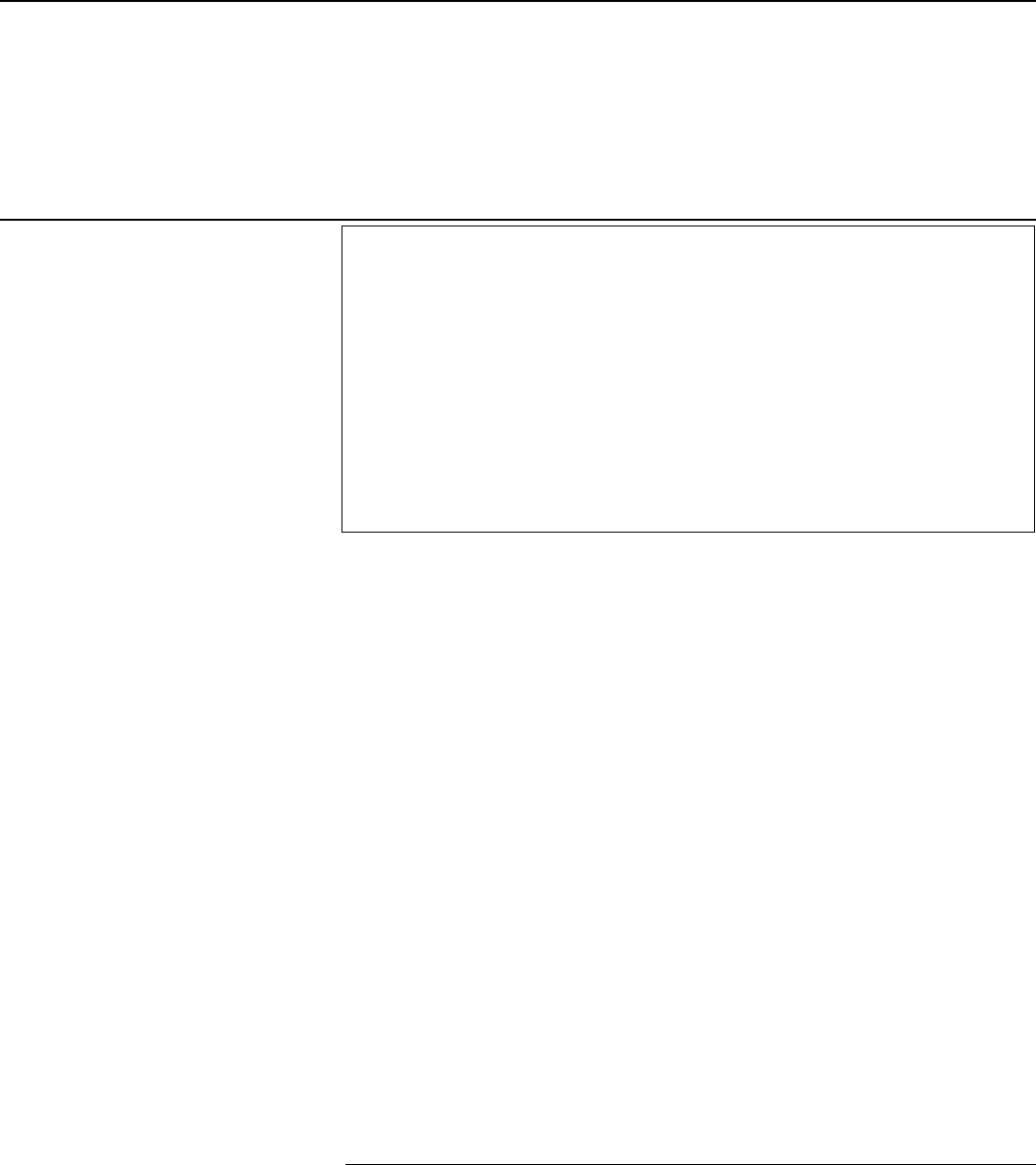
Chapter 2: General Requirements for
Complying with Government Auditing
Standards
Page 19 GAO-18-568G Government Auditing Standards
Application Guidance: Complying with GAGAS
2.07 GAGAS contains requirements together with related explanatory
material in the form of application guidance. Not every paragraph of
GAGAS carries a requirement. Rather, GAGAS identifies the
requirements through use of specific language. GAGAS also contains
introductory material that provides context relevant to a proper
understanding of a GAGAS chapter or section. Having an understanding
of the entire text of applicable GAGAS includes an understanding of any
financial audit, attestation, and reviews of financial statement standards
incorporated by reference.
13
2.08 The need for auditors to depart from a relevant presumptively
mandatory requirement is expected to arise only when the requirement is
for a specific procedure to be performed and, in the specific
circumstances of the engagement, that procedure would be ineffective in
achieving the intent of the requirement.
2.09 The application guidance provides further explanation of the
requirements and guidance for applying them. In particular, it may explain
more precisely what a requirement means or is intended to address or
include examples of procedures that may be appropriate in the
circumstances. Although such guidance does not in itself impose a
11
See http://www.gao.gov/yellowbook for GAGAS amendments.
12
See http://www.gao.gov/yellowbook for GAGAS interpretive guidance.
13
See paras. 2.13, 6.01, and 7.01 for discussion of standards incorporated by reference.
procedures performed in the circumstances were sufficient to achieve
the intent of that requirement.
2.05 Auditors should have an understanding of the entire text of
applicable chapters of GAGAS, including application guidance, and
any amendments that GAO issued, to understand the intent of the
requirements and to apply the requirements properly.
11
2.06 Auditors should consider applicable GAO-issued GAGAS
interpretive guidance in conducting and reporting on GAGAS
engagements.
12
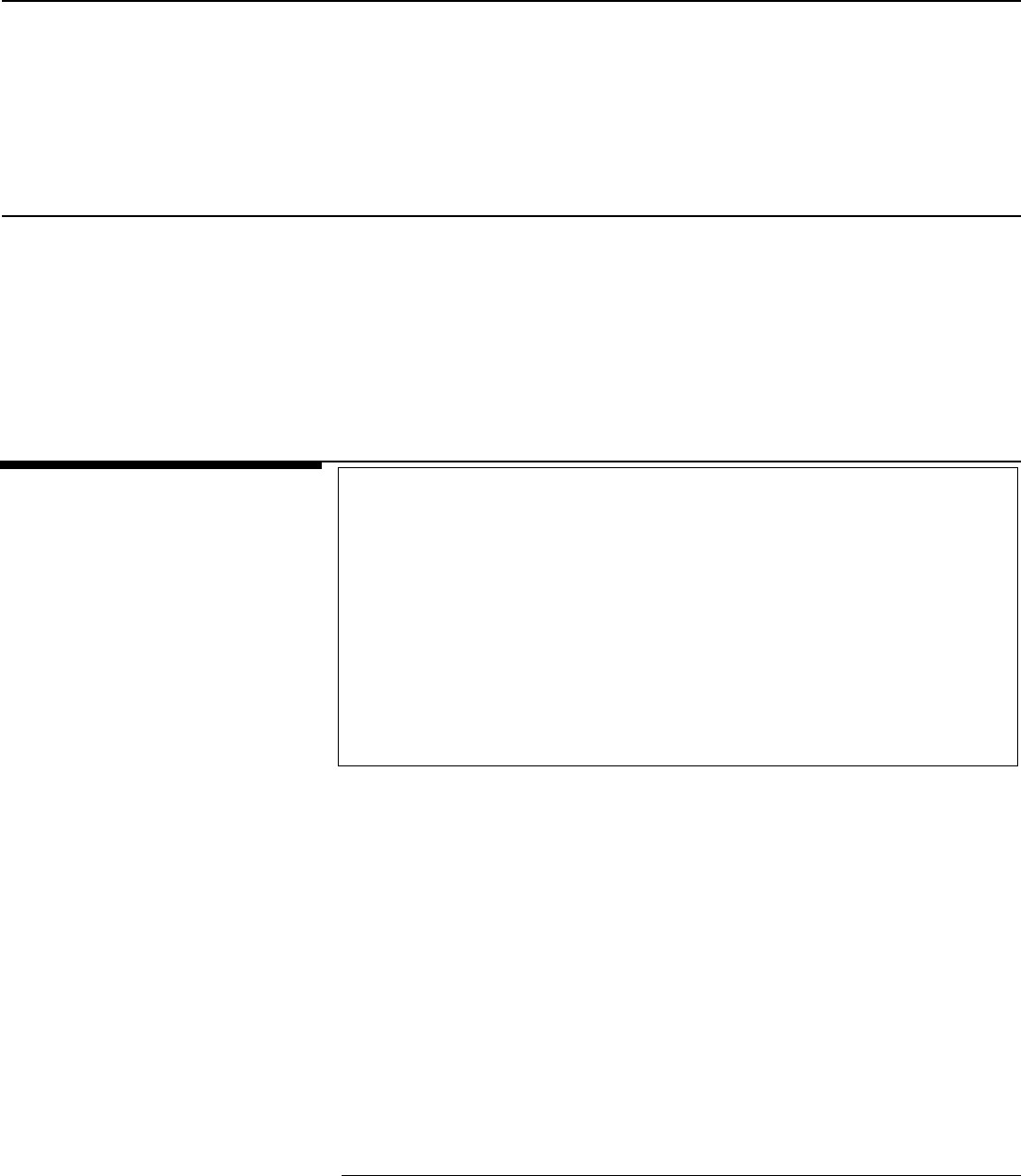
Chapter 2: General Requirements for
Complying with Government Auditing
Standards
Page 20 GAO-18-568G Government Auditing Standards
requirement, it is relevant to the proper application of the requirements.
“May,” “might,” and “could” are used to describe these actions and
procedures. The application guidance may also provide background
information on matters addressed in GAGAS.
2.10 Interpretive guidance is not auditing standards. Interpretive guidance
provides guidance on the application of GAGAS and recommendations
on the application of GAGAS in specific circumstances.
Requirement: Relationship between GAGAS and Other
Professional Standards
2.11 When auditors cite compliance with both GAGAS and another set
of standards, such as those listed in paragraphs 2.13, 2.15, 6.01, and
7.01, auditors should refer to paragraph 2.17 for the requirements for
citing compliance with GAGAS. In addition to citing GAGAS, auditors
may also cite the use of other standards in their reports when they
have also met the requirements for citing compliance with the other
standards. Auditors should refer to the other set of standards for the
basis for citing compliance with those standards.
Application Guidance: Relationship between GAGAS and Other
Professional Standards
2.12 Auditors may use GAGAS in conjunction with professional standards
issued by other authoritative bodies.
2.13 The relationship between GAGAS and other professional standards
for financial audits, attestation engagements, and reviews of financial
statements is as follows:
a. The American Institute of Certified Public Accountants (AICPA)
has established professional standards that apply to financial
audits, attestation engagements, and reviews of financial
statements for nonissuers (entities other than issuers under the
Sarbanes-Oxley Act of 2002,
14
such as privately held companies,
14
See the Sarbanes-Oxley Act of 2002 (Public Law 107-204) for a discussion of issuers
(generally, publicly traded companies with a reporting obligation under the Securities
Exchange Act of 1934).
Relationship between
GAGAS and Other
Professional
Standards
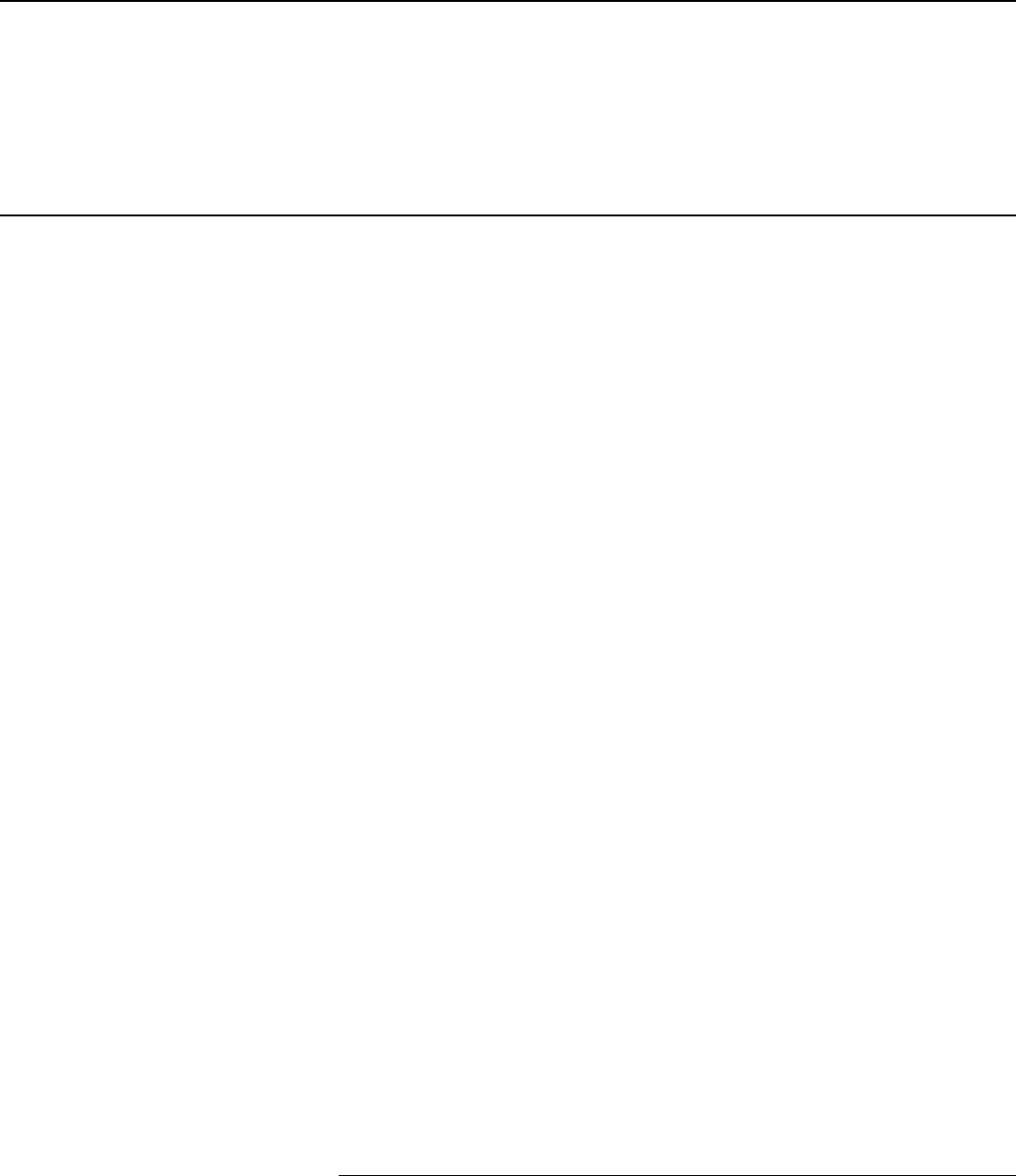
Chapter 2: General Requirements for
Complying with Government Auditing
Standards
Page 21 GAO-18-568G Government Auditing Standards
nonprofit entities, and government entities) conducted by certified
public accountants (CPA). For financial audits and attestation
engagements, GAGAS incorporates by reference AICPA
Statements on Auditing Standards and Statements on Standards
for Attestation Engagements.
15
For reviews of financial
statements, GAGAS incorporates by reference AR-C, section 90,
Review of Financial Statements.
16
b. The International Auditing and Assurance Standards Board
(IAASB) has established professional standards that apply to
financial audits and assurance engagements. Auditors may elect
to use the IAASB standards and the related International
Standards on Auditing and International Standards on Assurance
Engagements in conjunction with GAGAS.
c. The Public Company Accounting Oversight Board (PCAOB) has
established professional standards that apply to financial audits
and attestation engagements for issuers. Auditors may elect to
use the PCAOB standards in conjunction with GAGAS.
2.14 For financial audits, attestation engagements, and reviews of
financial statements, GAGAS does not incorporate the AICPA Code of
Professional Conduct by reference, but recognizes that certain CPAs may
use or may be required to use the code in conjunction with GAGAS.
2.15 For performance audits, GAGAS does not incorporate other
standards by reference, but recognizes that auditors may use or may be
required to use other professional standards in conjunction with GAGAS,
such as the following:
a. International Standards for the Professional Practice of Internal
Auditing, Institute of Internal Auditors, Inc.;
b. International Standards of Supreme Audit Institutions,
International Organization of Supreme Audit Institutions;
c. Guiding Principles for Evaluators, American Evaluation
Association;
15
AICPA, Professional Standards.
16
AICPA, Professional Standards.
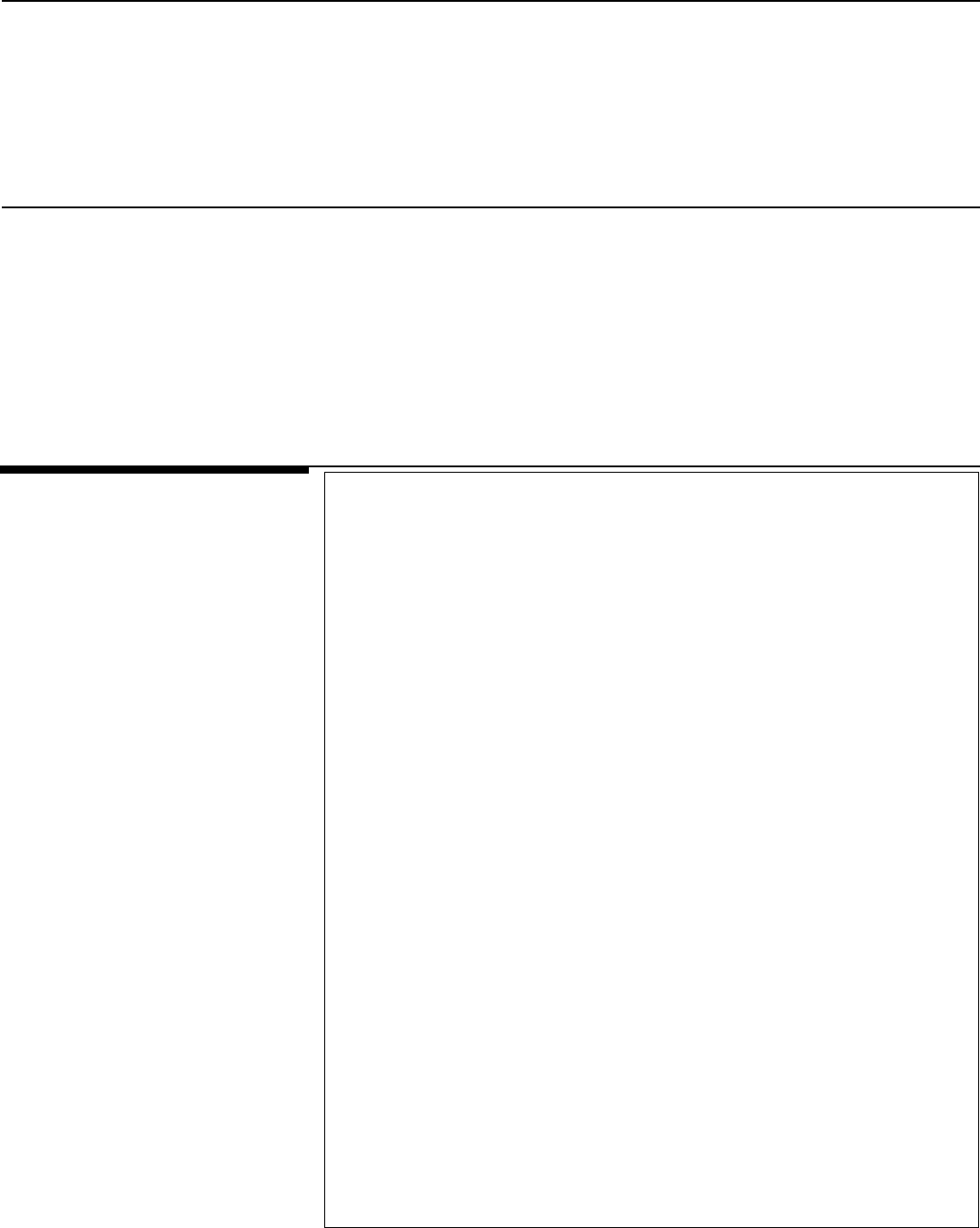
Chapter 2: General Requirements for
Complying with Government Auditing
Standards
Page 22 GAO-18-568G Government Auditing Standards
d. The Program Evaluation Standards, Joint Committee on
Standards for Education Evaluation;
e. Standards for Educational and Psychological Testing, American
Psychological Association; and
f. IT Standards, Guidelines, and Tools and Techniques for Audit and
Assurance and Control Professionals, Information Systems Audit
and Control Association.
Stating Compliance
with GAGAS in the
Audit Report
Requirements: Stating Compliance with GAGAS in the Audit
Report
2.16 When auditors are required to conduct an engagement in
accordance with GAGAS or are representing to others that they did so,
they should cite compliance with GAGAS in the audit report as set forth
in paragraphs 2.17 through 2.19.
2.17 Auditors should include one of the following types of GAGAS
compliance statements in reports on GAGAS engagements, as
appropriate.
a. Unmodified GAGAS compliance statement: Stating that the
auditors conducted the engagement in accordance with
GAGAS. Auditors should include an unmodified GAGAS
compliance statement in the audit report when they have
(1) followed unconditional and applicable presumptively
mandatory GAGAS requirements or (2) followed unconditional
requirements, documented justification for any departures from
applicable presumptively mandatory requirements, and
achieved the objectives of those requirements through other
means.
b. Modified GAGAS compliance statement: Stating either that
(1) the auditors conducted the engagement in accordance
with GAGAS, except for specific applicable
requirements that were not followed, or
(2) because of the significance of the departure(s) from the

Chapter 2: General Requirements for
Complying with Government Auditing
Standards
Page 23 GAO-18-568G Government Auditing Standards
Application Guidance: Stating Compliance with GAGAS in the Audit
Report
2.20 Situations for using modified compliance statements include scope
limitations, such as restrictions on access to records, government
officials, or other individuals needed to conduct the engagement.
2.21 The auditors’ determination of noncompliance with applicable
requirements is a matter of professional judgment, which is affected by
the significance of the requirement(s) not followed in relation to the
engagement objectives.
2.22 Determining whether an unmodified or modified GAGAS compliance
statement is appropriate is based on the consideration of the individual
and aggregate effect of the instances of noncompliance with GAGAS
requirements. Factors that the auditor may consider include
a. the pervasiveness of the instance(s) of noncompliance;
b. the potential effect of the instance(s) of noncompliance on the
sufficiency and appropriateness of evidence supporting the
findings, conclusions, and recommendations; and
c. whether report users might misunderstand the implications of a
modified or unmodified GAGAS compliance statement.
requirements, the auditors were unable to and did not
conduct the engagement in accordance with GAGAS.
2.18 When auditors use a modified GAGAS statement, they should
disclose in the report the applicable requirement(s) not followed, the
reasons for not following the requirement(s), and how not following the
requirement(s) affected or could have affected the engagement and
the assurance provided.
2.19 When auditors do not comply with applicable requirement(s), they
should (1) assess the significance of the noncompliance to the
engagement objectives; (2) document the assessment, along with their
reasons for not following the requirement(s); and (3) determine the
type of GAGAS compliance statement.

Chapter 2: General Requirements for
Complying with Government Auditing
Standards
Page 24 GAO-18-568G Government Auditing Standards
2.23 If an audit report is issued in situations described in paragraph 3.60
(except in circumstances discussed in paragraphs 3.25 or 3.84), a
modified GAGAS compliance statement as discussed in paragraph
2.17b(2) is used.

Chapter 3: Ethics, Independence, and
Professional Judgment
Page 25 GAO-18-568G Government Auditing Standards
3.01 The first section of this chapter sets forth fundamental ethical
principles for auditors in the government environment. The second
section establishes independence standards and provides guidance on
this topic for auditors conducting financial audits, attestation
engagements, reviews of financial statements, and performance audits
under generally accepted government auditing standards (GAGAS). This
section emphasizes the importance of independence of the auditor and
the audit organization. The third section establishes the standard for the
auditor’s use of professional judgment and provides related application
guidance. The requirements of this chapter are intended to be followed in
conjunction with all other applicable GAGAS requirements.
3.02 The ethical principles presented in this section provide the
foundation, discipline, and structure, as well as the environment, that
influence the application of GAGAS.
17
3.03 Because auditing is essential to government accountability to the
public, the public expects audit organizations and auditors who perform
their work in accordance with GAGAS to follow ethical principles.
Management of the audit organization sets the tone for ethical behavior
throughout the organization by maintaining an ethical culture, clearly
communicating acceptable behavior and expectations to each employee,
and creating an environment that reinforces and encourages ethical
behavior throughout all levels of the organization. The ethical tone
maintained and demonstrated by management and personnel is an
essential element of a positive ethical environment for the audit
organization.
3.04 Performing audit work in accordance with ethical principles is a
matter of personal and organizational responsibility. Ethical principles
apply in preserving auditor independence,
18
taking on only work that the
audit organization is competent to perform,
19
performing high-quality
work, and following the applicable standards cited in the audit report.
Integrity and objectivity are maintained when auditors perform their work
17
See para. 5.08 for a discussion of ethical requirements in an audit organization’s system
of quality control.
18
See paras. 3.18 through 3.108 for requirements and guidance related to independence.
19
See paras. 4.02 through 4.15 for additional information on competence.
Chapter 3: Ethics, Independence, and
Professional Judgment
Ethical Principles

Chapter 3: Ethics, Independence, and
Professional Judgment
Page 26 GAO-18-568G Government Auditing Standards
and make decisions that are consistent with the broader interest of those
relying on the audit report, including the public.
3.05 Other ethical requirements or codes of professional conduct may
also be applicable to auditors who conduct engagements in accordance
with GAGAS. For example, individual auditors who are members of
professional organizations or are licensed or certified professionals may
also be subject to ethical requirements of those professional
organizations or licensing bodies. Auditors employed by government
entities may also be subject to government ethics laws and regulations.
3.06 The ethical principles that guide the work of auditors who conduct
engagements in accordance with GAGAS are
a. the public interest;
b. integrity;
c. objectivity;
d. proper use of government information, resources, and positions;
and
e. professional behavior.
3.07 The public interest is defined as the collective well-being of the
community of people and entities that the auditors serve. Observing
integrity, objectivity, and independence in discharging their professional
responsibilities helps auditors serve the public interest and honor the
public trust. The principle of the public interest is fundamental to the
responsibilities of auditors and critical in the government environment.
3.08 A distinguishing mark of an auditor is acceptance of responsibility to
serve the public interest. This responsibility is critical when auditing in the
government environment. GAGAS embodies the concept of accountability
for public resources, which is fundamental to serving the public interest.
3.09 Public confidence in government is maintained and strengthened by
auditors performing their professional responsibilities with integrity.
Integrity includes auditors performing their work with an attitude that is
objective, fact-based, nonpartisan, and nonideological with regard to
The Public Interest
Integrity
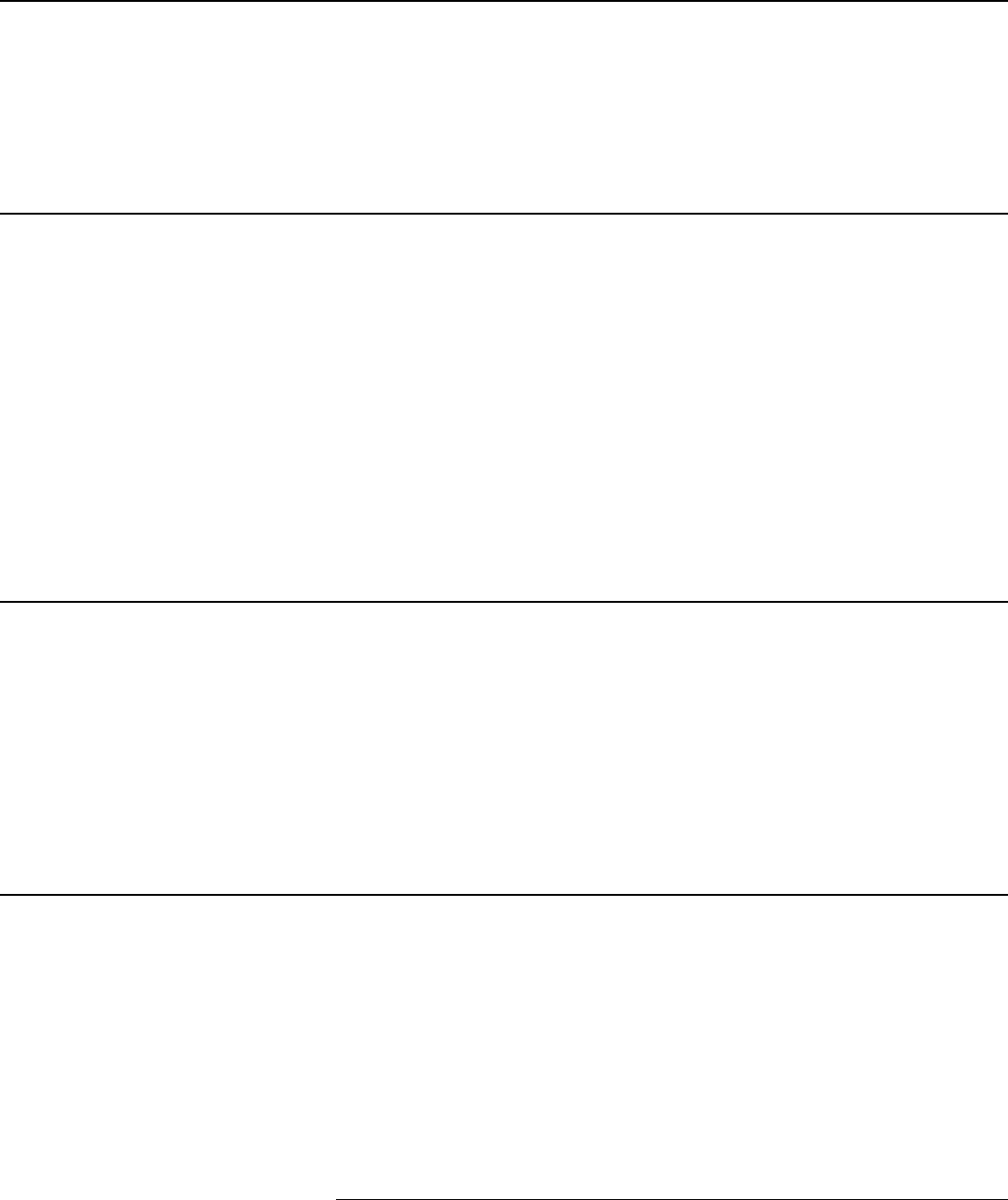
Chapter 3: Ethics, Independence, and
Professional Judgment
Page 27 GAO-18-568G Government Auditing Standards
audited entities and users of the audit reports. Within the constraints of
applicable confidentiality laws, regulations, or policies, communications
with the audited entity, those charged with governance, and the
individuals contracting for or requesting the engagement are expected to
be honest, candid, and constructive.
3.10 Making decisions consistent with the public interest of the program
or activity under audit is an important part of the principle of integrity. In
discharging their professional responsibilities, auditors may encounter
conflicting pressures from management of the audited entity, various
levels of government, and other likely users. Auditors may also encounter
pressures to inappropriately achieve personal or organizational gain. In
resolving those conflicts and pressures, acting with integrity means that
auditors place priority on their responsibilities to the public interest.
3.11 Auditors’ objectivity in discharging their professional responsibilities
is the basis for the credibility of auditing in the government sector.
Objectivity includes independence of mind and appearance when
conducting engagements, maintaining an attitude of impartiality, having
intellectual honesty, and being free of conflicts of interest. Maintaining
objectivity includes a continuing assessment of relationships with audited
entities and other stakeholders in the context of the auditors’
responsibility to the public. The concepts of objectivity and independence
are closely related. Independence impairments affect auditors’
objectivity.
20
3.12 Government information, resources, and positions are to be used for
official purposes and not inappropriately for the auditors’ personal gain or
in a manner contrary to law or detrimental to the legitimate interests of the
audited entity or the audit organization. This concept includes the proper
handling of sensitive or classified information or resources.
3.13 In the government environment, the public’s right to the transparency
of government information has to be balanced with the proper use of that
information. In addition, many government programs are subject to laws
and regulations dealing with the disclosure of information. Exercising
discretion in using information acquired in the course of auditors’ duties is
20
See paras. 3.18 through 3.108 for independence requirements and guidance.
Objectivity
Proper Use of
Government Information,
Resources, and Positions

Chapter 3: Ethics, Independence, and
Professional Judgment
Page 28 GAO-18-568G Government Auditing Standards
an important part in achieving this balance. Improperly disclosing any
such information to third parties is not an acceptable practice.
3.14 Accountability to the public for the proper use and prudent
management of government resources is an essential part of auditors’
responsibilities. Protecting and conserving government resources and
using them appropriately for authorized activities are important elements
of the public’s expectations for auditors.
3.15 Misusing the auditor position for financial gain or other benefits
violates an auditor’s fundamental responsibilities. An auditor’s credibility
can be damaged by actions that could be perceived by an objective third
party with knowledge of the relevant information as improperly benefiting
an auditor’s personal financial interests or those of an immediate or close
family member; a general partner; an entity for which the auditor serves
as an officer, director, trustee, or employee; or an entity with which the
auditor is negotiating concerning future employment.
3.16 High expectations for the auditing profession include complying with
all relevant legal, regulatory, and professional obligations and avoiding
any conduct that could bring discredit to auditors’ work, including actions
that would cause an objective third party with knowledge of the relevant
information to conclude that the auditors’ work was professionally
deficient. Professional behavior includes auditors putting forth an honest
effort in performing their duties in accordance with the relevant technical
and professional standards.
3.17 GAGAS’s practical consideration of independence consists of four
interrelated sections, providing
a. general requirements and application guidance;
b. requirements for and guidance on a conceptual framework for
making independence determinations based on facts and
circumstances that are often unique to specific environments;
c. requirements for and guidance on independence for auditors
providing nonaudit services, including identification of specific
nonaudit services that always impair independence and others
that would not normally impair independence; and
Professional Behavior
Independence
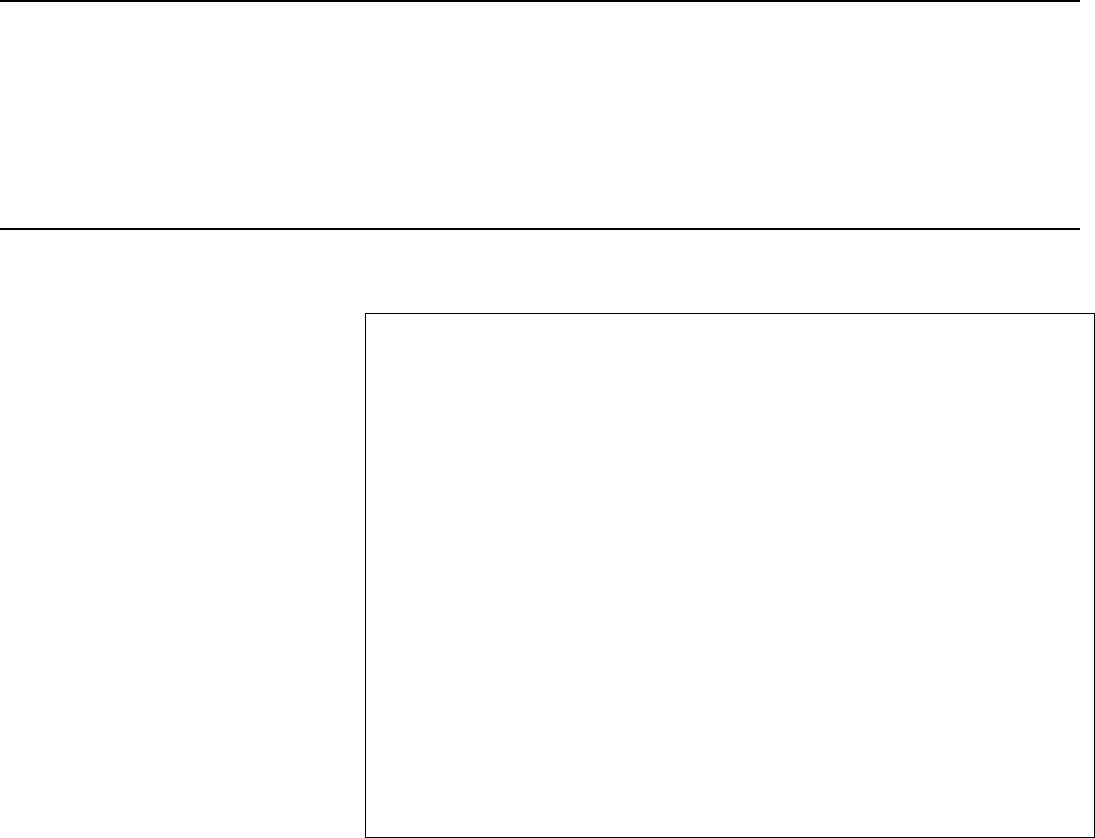
Chapter 3: Ethics, Independence, and
Professional Judgment
Page 29 GAO-18-568G Government Auditing Standards
d. requirements for and guidance on documentation necessary to
support adequate consideration of auditor independence.
Application Guidance: General
3.21 Independence comprises the following:
a. Independence of mind: The state of mind that permits the conduct
of an engagement without being affected by influences that
compromise professional judgment, thereby allowing an individual
to act with integrity and exercise objectivity and professional
skepticism.
b. Independence in appearance: The absence of circumstances that
would cause a reasonable and informed third party to reasonably
conclude that the integrity, objectivity, or professional skepticism
of an audit organization or member of the engagement team had
been compromised.
3.22 Auditors and audit organizations maintain their independence so that
their opinions, findings, conclusions, judgments, and recommendations
Requirements: General
3.18 In all matters relating to the GAGAS engagement, auditors and
audit organizations must be independent from an audited entity.
3.19 Auditors and audit organizations should avoid situations that could
lead reasonable and informed third parties to conclude that the auditors
and audit organizations are not independent and thus are not capable
of exercising objective and impartial judgment on all issues associated
with conducting the engagement and reporting on the work.
3.20 Except under the limited circumstances discussed in paragraphs
3.66 and 3.67, auditors and audit organizations should be independent
from an audited entity during
a. any period of time that falls within the period covered by the
financial statements or subject matter of the engagement and
b. the period of professional engagement.

Chapter 3: Ethics, Independence, and
Professional Judgment
Page 30 GAO-18-568G Government Auditing Standards
will be impartial and will be viewed as impartial by reasonable and
informed third parties.
3.23 The period of professional engagement begins when the auditors
either sign an initial engagement letter or other agreement to conduct an
engagement or begin to conduct an engagement, whichever is earlier.
The period lasts for the duration of the professional relationship—which,
for recurring engagements, could cover many periods—and ends with the
formal or informal notification, either by the auditors or the audited entity,
of the termination of the professional relationship or with the issuance of a
report, whichever is later. Accordingly, the period of professional
engagement does not necessarily end with the issuance of a report and
recommence with the beginning of the following year’s engagement or a
subsequent engagement with a similar objective.
3.24 Under some conditions, the party requesting or requiring an
engagement, referred to as the engaging party, will differ from the party
responsible for the engagement’s subject matter, referred to as the
responsible party. Under such conditions, the GAGAS independence
requirements apply to the relationship between the auditors and the
responsible party, not the relationship between the auditors and the
engaging party. The following are examples of conditions under which the
party requesting an engagement may differ from the party responsible for
the engagement’s subject matter.
a. A legislative body requires that auditors conduct, on the legislative
body’s behalf, a performance audit of program operations that are
the responsibility of an executive agency. GAGAS requires that
the auditors be independent of the executive agency.
b. A state agency engages an independent public accountant to
conduct an examination-level attestation engagement to assess
the validity of certain information that a local government provided
to the state agency. GAGAS requires that the independent public
accountant be independent of the local government.
c. A government department works with a government agency that
conducts examination-level attestation engagements of contractor
compliance with the terms and conditions of agreements between
the department and the contractor. GAGAS requires that the
auditors be independent of the contractors.
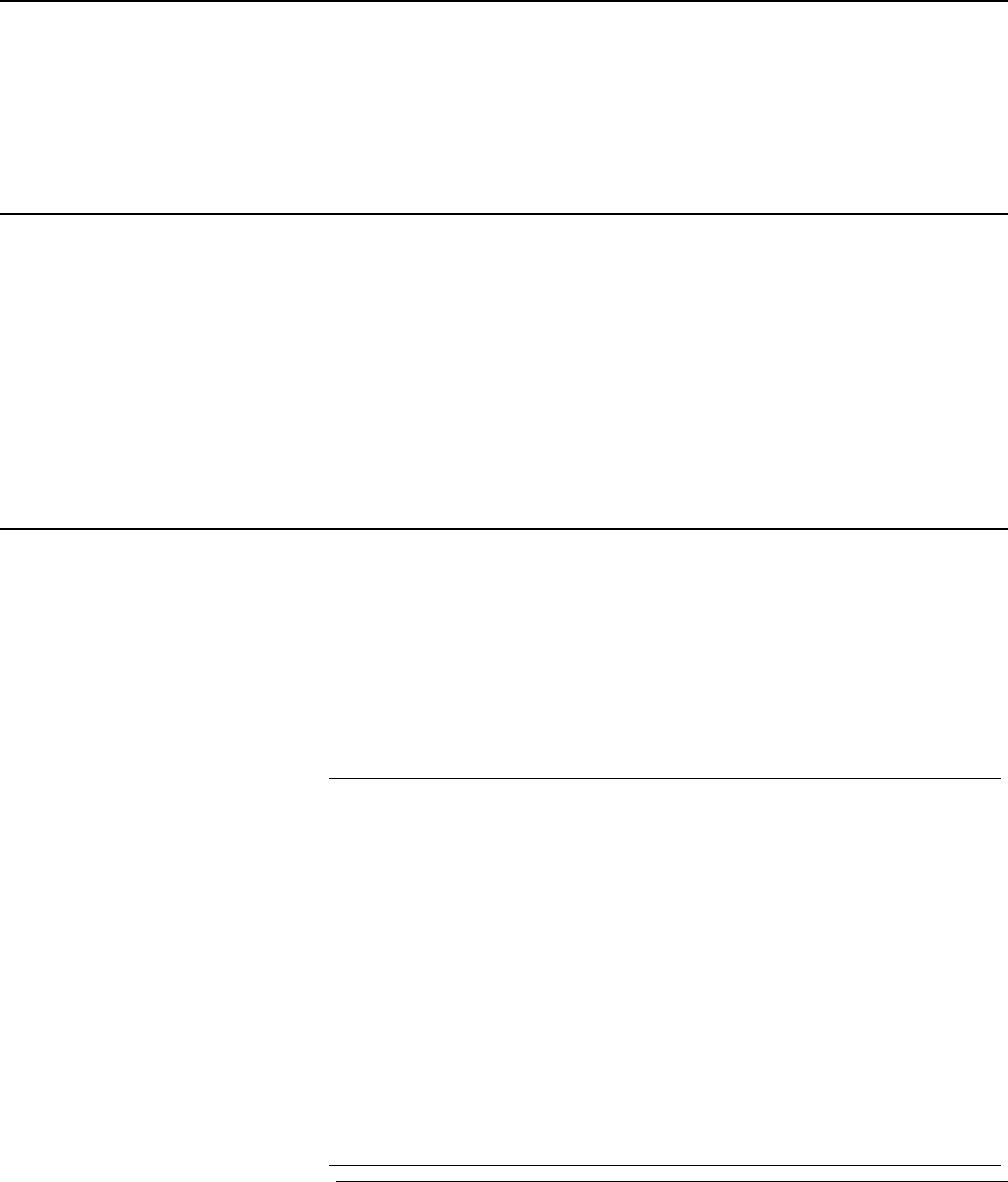
Chapter 3: Ethics, Independence, and
Professional Judgment
Page 31 GAO-18-568G Government Auditing Standards
3.25 Auditors in government sometimes work under conditions that impair
independence in accordance with this section. An example of such a
circumstance is a threat created by a statutory requirement for auditors to
serve in official roles that conflict with the independence requirements of
this section, such as a law that requires an auditor to serve as a voting
member of an entity’s management committee or board of directors, for
which there are no safeguards to eliminate or reduce the threats to an
acceptable level. Paragraph 2.17b provides standard language for
modified GAGAS compliance statements for auditors who experience
such impairments. Determining how to modify the GAGAS compliance
statement in these circumstances is a matter of professional judgment.
3.26 Many different circumstances, or combinations of circumstances, are
relevant in evaluating threats to independence. Therefore, GAGAS
establishes a conceptual framework that auditors use to identify,
evaluate, and apply safeguards to address threats to independence. The
conceptual framework assists auditors in maintaining both independence
of mind and independence in appearance. It can be applied to many
variations in circumstances that create threats to independence and
allows auditors to address threats to independence that result from
activities that are not specifically prohibited by GAGAS.
Requirements: GAGAS Conceptual Framework Approach to
Independence
3.27 Auditors should apply the conceptual framework
21
at the audit
organization, engagement team, and individual auditor levels to
a. identify threats to independence;
b. evaluate the significance of the threats identified, both
individually and in the aggregate; and
c. apply safeguards as necessary to eliminate the threats or
reduce them to an acceptable level.
3.28 Auditors should reevaluate threats to independence, including
21
See fig. 1 at the end of ch. 3 for a flowchart on applying the conceptual framework in
accordance with GAGAS.
GAGAS Conceptual
Framework Approach to
Independence

Chapter 3: Ethics, Independence, and
Professional Judgment
Page 32 GAO-18-568G Government Auditing Standards
any safeguards applied, whenever the audit organization or the
auditors become aware of new information or changes in facts and
circumstances that could affect whether a threat has been eliminated
or reduced to an acceptable level.
3.29 Auditors should use professional judgment when applying the
conceptual framework.
3.30 Auditors should evaluate the following broad categories of threats
to independence when applying the GAGAS conceptual framework:
a. Self-interest threat: The threat that a financial or other interest
will inappropriately influence an auditor’s judgment or behavior.
b. Self-review threat: The threat that an auditor or audit
organization that has provided nonaudit services will not
appropriately evaluate the results of previous judgments made
or services provided as part of the nonaudit services when
forming a judgment significant to a GAGAS engagement.
c. Bias threat: The threat that an auditor will, as a result of
political, ideological, social, or other convictions, take a position
that is not objective.
d. Familiarity threat: The threat that aspects of a relationship with
management or personnel of an audited entity, such as a close
or long relationship, or that of an immediate or close family
member, will lead an auditor to take a position that is not
objective.
e. Undue influence threat: The threat that influences or pressures
from sources external to the audit organization will affect an
auditor’s ability to make objective judgments.
f. Management participation threat: The threat that results from
an auditor’s taking on the role of management or otherwise
performing management functions on behalf of the audited
entity, which will lead an auditor to take a position that is not
objective.
g. Structural threat: The threat that an audit organization’s
placement within a government entity, in combination with the

Chapter 3: Ethics, Independence, and
Professional Judgment
Page 33 GAO-18-568G Government Auditing Standards
structure of the government entity being audited, will affect the
audit organization’s ability to perform work and report results
objectively.
3.31 Auditors should determine whether identified threats to
independence are at an acceptable level or have been eliminated or
reduced to an acceptable level, considering both qualitative and
quantitative factors to determine the significance of a threat.
3.32 When auditors determine that threats to independence are not at
an acceptable level, the auditors should determine whether
appropriate safeguards can be applied to eliminate the threats or
reduce them to an acceptable level.
3.33 In cases where auditors determine that threats to independence
require the application of safeguards, auditors should document the
threats identified and the safeguards applied to eliminate or reduce the
threats to an acceptable level.
3.34 If auditors initially identify a threat to independence after the audit
report is issued, auditors should evaluate the threat’s effect on the
engagement and on GAGAS compliance. If the auditors determine that
the newly identified threat’s effect on the engagement would have
resulted in the audit report being different from the report issued had
the auditors been aware of it, they should communicate in the same
manner as that used to originally distribute the report to those charged
with governance, the appropriate officials of the audited entity, the
appropriate officials of the audit organization requiring or arranging for
the engagements, and other known users, so that they do not continue
to rely on findings or conclusions that were affected by the threat to
independence. If auditors previously posted the report to their publicly
accessible website, they should remove the report and post a public
notification that the report was removed. The auditors should then
determine whether to perform the additional engagement work
necessary to reissue the report, including any revised findings or
conclusions, or to repost the original report if the additional
engagement work does not result in a change in findings or
conclusions.

Chapter 3: Ethics, Independence, and
Professional Judgment
Page 34 GAO-18-568G Government Auditing Standards
Application Guidance: GAGAS Conceptual Framework Approach to
Independence
3.35 For consideration of auditor independence, offices or units of an
audit organization, or related or affiliated entities under common control,
are not differentiated from one another. Consequently, for the purposes of
evaluating independence using the conceptual framework, an audit
organization that includes multiple offices or units, or includes multiple
entities related or affiliated through common control, is considered to be
one audit organization. Common ownership may also affect
independence in appearance regardless of the level of control.
Identifying Threats
3.36 Facts and circumstances that create threats to independence can
result from events such as the start of a new engagement, assignment of
new personnel to an ongoing engagement, and acceptance of a nonaudit
service for an audited entity.
3.37 Threats to independence may be created by a wide range of
relationships and circumstances. Circumstances that result in a threat to
independence in one of the categories may result in other threats as well.
3.38 Examples of circumstances that create self-interest threats for an
auditor follow:
a. An audit organization having undue dependence on income from
a particular audited entity.
b. A member of the audit team entering into employment
negotiations with an audited entity.
c. An audit organization discovering a significant error when
evaluating the results of a previous professional service provided
by the audit organization.
d. A member of the audit team having a direct financial interest in the
audited entity. However, this would not preclude auditors from
auditing pension plans that they participate in if (1) the auditors
have no control over the investment strategy, benefits, or other
management issues associated with the pension plan and (2) the
auditors belong to such pension plan as part of their employment
with the audit organization or prior employment with the audited

Chapter 3: Ethics, Independence, and
Professional Judgment
Page 35 GAO-18-568G Government Auditing Standards
entity, provided that the plan is normally offered to all employees
in equivalent employment positions.
3.39 Examples of circumstances that create self-review threats for an
auditor follow:
a. An audit organization issuing a report on the effectiveness of the
operation of financial or performance management systems after
designing or implementing the systems.
b. An audit organization having prepared the original data used to
generate records that are the subject matter of the engagement.
c. An audit organization providing a service for an audited entity that
directly affects the subject matter information of the engagement.
d. A member of the engagement team being, or having recently
been, employed by the audited entity in a position to exert
significant influence over the subject matter of the engagement.
3.40 Examples of circumstances that create bias threats for an auditor
follow:
a. A member of the engagement team having preconceptions about
the objectives of a program under audit that are strong enough to
affect the auditor’s objectivity.
b. A member of the engagement team having biases associated with
political, ideological, or social convictions that result from
membership or employment in, or loyalty to, a particular type of
policy, group, entity, or level of government that could affect the
auditor’s objectivity.
3.41 Examples of circumstances that create familiarity threats for an
auditor follow:
a. A member of the engagement team having a close or immediate
family member who is a principal or senior manager of the audited
entity.
b. A member of the engagement team having a close or immediate
family member who is an employee of the audited entity and is in

Chapter 3: Ethics, Independence, and
Professional Judgment
Page 36 GAO-18-568G Government Auditing Standards
a position to exert significant influence over the subject matter of
the engagement.
c. A principal or employee of the audited entity having recently
served on the engagement team in a position to exert significant
influence over the subject matter of the engagement.
d. An auditor accepting gifts or preferential treatment from an audited
entity, unless the value is trivial or inconsequential.
e. Senior engagement personnel having a long association with the
audited entity.
3.42 Examples of circumstances that create undue influence threats for
an auditor or audit organization include existence of the following:
a. External interference or influence that could improperly limit or
modify the scope of an engagement or threaten to do so, including
exerting pressure to inappropriately reduce the extent of work
performed in order to reduce costs or fees.
b. External interference with the selection or application of
engagement procedures or in the selection of transactions to be
examined.
c. Unreasonable restrictions on the time allowed to complete an
engagement or issue the report.
d. External interference over assignment, appointment,
compensation, and promotion.
e. Restrictions on funds or other resources provided to the audit
organization that adversely affect the audit organization’s ability to
carry out its responsibilities.
f. Authority to overrule or to inappropriately influence the auditors’
judgment as to the appropriate content of the report.
g. Threat of replacing the auditor or the audit organization based on
a disagreement with the contents of an audit report, the auditors’
conclusions, or the application of an accounting principle or other
criteria.

Chapter 3: Ethics, Independence, and
Professional Judgment
Page 37 GAO-18-568G Government Auditing Standards
h. Influences that jeopardize the auditors’ continued employment for
reasons other than incompetence, misconduct, or the audited
entity’s need for GAGAS engagements.
3.43 Examples of circumstances that create management participation
threats for an auditor follow:
a. A member of the engagement team being, or having recently
been, a principal or senior manager of the audited entity.
b. An auditor serving as a voting member of an entity’s management
committee or board of directors, making policy decisions that
affect future direction and operation of an entity’s programs,
supervising entity employees, developing or approving
programmatic policy, authorizing an entity’s transactions, or
maintaining custody of an entity’s assets.
c. An auditor or audit organization recommending a single individual
for a specific position that is key to the audited entity or program
under audit, or otherwise ranking or influencing management’s
selection of the candidate.
d. An auditor preparing management’s corrective action plan to deal
with deficiencies detected in the engagement.
3.44 Examples of circumstances that create structural threats for an
auditor follow:
a. For both external and internal audit organizations, structural
placement of the audit function within the reporting line of the
areas under audit.
b. For internal audit organizations, administrative direction from the
audited entity’s management.
Evaluating Threats
3.45 Threats to independence are evaluated both individually and in the
aggregate, as threats can have a cumulative effect on auditors’
independence.
3.46 When evaluating threats to independence, an acceptable level is a
level at which a reasonable and informed third party would likely conclude

Chapter 3: Ethics, Independence, and
Professional Judgment
Page 38 GAO-18-568G Government Auditing Standards
that the audit organization or auditor is independent. The concept of a
reasonable and informed third party is a test that involves an evaluation
by a hypothetical person. Such a person possesses skills, knowledge,
and experience to objectively evaluate the appropriateness of the
auditor’s judgments and conclusions. This evaluation entails weighing all
the relevant facts and circumstances, including any safeguards applied,
that the auditor knows, or could reasonably be expected to know, at the
time that the evaluation is made.
3.47 A threat to independence is not at an acceptable level if it either
a. could affect the auditors’ ability to conduct an engagement without
being affected by influences that compromise professional
judgment or
b. could expose the auditors or audit organization to circumstances
that would cause a reasonable and informed third party to
conclude that the integrity, objectivity, or professional skepticism
of the audit organization, or an auditor, had been compromised.
3.48 The GAGAS section on nonaudit services in paragraphs 3.64
through 3.106 provides requirements and guidance on evaluating threats
to independence related to nonaudit services that auditors provide to
audited entities. That section also enumerates specific nonaudit services
that always impair auditor independence with respect to audited entities
and that auditors are prohibited from providing to audited entities.
Applying Safeguards
3.49 Safeguards are actions or other measures, individually or in
combination, that auditors and audit organizations take that effectively
eliminate threats to independence or reduce them to an acceptable level.
Safeguards vary depending on the facts and circumstances.
3.50 Examples of safeguards include
a. consulting an independent third party, such as a professional
organization, a professional regulatory body, or another auditor to
discuss engagement issues or assess issues that are highly
technical or that require significant judgment;
b. involving another audit organization to perform or re-perform part
of the engagement;

Chapter 3: Ethics, Independence, and
Professional Judgment
Page 39 GAO-18-568G Government Auditing Standards
c. having an auditor who was not a member of the engagement team
review the work performed; and
d. removing an auditor from an engagement team when that
auditor’s financial or other interests or relationships pose a threat
to independence.
3.51 The lists of safeguards in 3.50 and 3.69 cannot provide safeguards
for all circumstances. They may, however, provide a starting point for
auditors who have identified threats to independence and are considering
what safeguards could eliminate those threats or reduce them to an
acceptable level. In some cases, multiple safeguards may be necessary
to address a threat.
Audit Organizations in Government Entities
3.52 The ability of an audit organization structurally located in a
government entity to perform work and report the results objectively can
be affected by its placement within the government entity and the
structure of the government entity being audited. The independence
standard applies to auditors in both external audit organizations (reporting
to third parties externally or to both internal and external parties) and
internal audit organizations (reporting only to senior management within
the audited entity). Such audit organizations are often subject to
constitutional or statutory safeguards that mitigate the effects of structural
threats to independence.
3.53 For external audit organizations, constitutional or statutory
safeguards that mitigate the effects of structural threats to independence
may include governmental structures under which a government audit
organization is
a. at a level of government other than the one of which the audited
entity is part (federal, state, or local)—for example, federal
auditors auditing a state government program—or
b. placed within a different branch of government from that of the
audited entity—for example, legislative auditors auditing an
executive branch program.
3.54 Safeguards other than those described in paragraph 3.53 may
mitigate threats resulting from governmental structures. For external audit
organizations, structural threats may be mitigated if the head of the audit

Chapter 3: Ethics, Independence, and
Professional Judgment
Page 40 GAO-18-568G Government Auditing Standards
organization meets any of the following criteria in accordance with
constitutional or statutory requirements:
a. directly elected by voters of the jurisdiction being audited;
b. elected or appointed by a legislative body, subject to removal by a
legislative body, and reporting the results of engagements to and
accountable to a legislative body;
c. appointed by someone other than a legislative body, so long as
the appointment is confirmed by a legislative body and removal
from the position is subject to oversight or approval by a legislative
body, and reports the results of engagements to and is
accountable to a legislative body; or
d. appointed by, accountable to, reports to, and can only be removed
by a statutorily created governing body, the majority of whose
members are independently elected or appointed and are outside
the organization being audited.
3.55 In addition to the criteria in paragraphs 3.53 and 3.54, GAGAS
recognizes that there may be other organizational structures under which
external audit organizations in government entities could be considered
independent. If appropriately designed and implemented, these structures
provide safeguards that prevent the audited entity from interfering with the
audit organization’s ability to perform the work and report the results
impartially. An external audit organization may be structurally
independent under a structure different from the ones listed in paragraphs
3.53 and 3.54 if the government audit organization is subject to all of the
following constitutional or statutory provisions. The following constitutional
or statutory provisions may also be used as safeguards to augment those
listed in paragraphs 3.53 and 3.54:
a. protections that prevent the audited entity from abolishing the
audit organization;
b. protections requiring that if the head of the audit organization is
removed from office, the head of the agency reports this fact and
the reasons for the removal to the legislative body;
c. protections that prevent the audited entity from interfering with the
initiation, scope, timing, and completion of any engagement;

Chapter 3: Ethics, Independence, and
Professional Judgment
Page 41 GAO-18-568G Government Auditing Standards
d. protections that prevent the audited entity from interfering with
audit reporting, including the findings and conclusions or the
manner, means, or timing of the audit organization’s reports;
e. protections that require the audit organization to report to a
legislative body or other independent governing body on a
recurring basis;
f. protections that give the audit organization sole authority over the
selection, retention, advancement, and dismissal of its personnel;
and
g. access to records and documents related to the agency, program,
or function being audited and access to government officials or
other individuals as needed to conduct the engagement.
3.56 Government internal auditors who work under the direction of the
audited entity’s management are considered structurally independent for
the purposes of reporting internally, if the head of the audit organization
meets all of the following criteria:
a. is accountable to the head or deputy head of the government
entity or to those charged with governance;
b. reports the engagement results both to the head or deputy head of
the government entity and to those charged with governance;
c. is located organizationally outside the staff or line management
function of the unit under audit;
d. has access to those charged with governance; and
e. is sufficiently removed from pressures to conduct engagements
and report findings, opinions, and conclusions objectively without
fear of reprisal.
Internal Auditors
3.57 Certain entities employ auditors to work for entity management.
These auditors may be subject to administrative direction from persons
involved in the entity management process. Such audit organizations are
internal audit functions and are encouraged to use the Institute of Internal
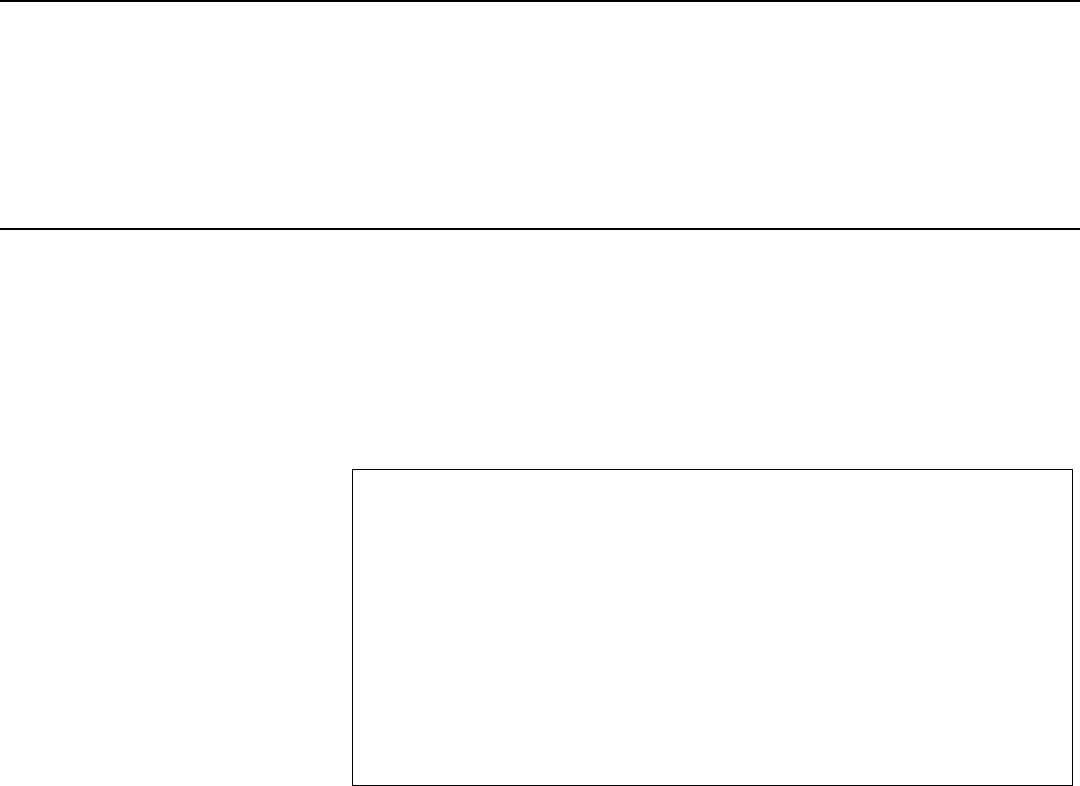
Chapter 3: Ethics, Independence, and
Professional Judgment
Page 42 GAO-18-568G Government Auditing Standards
Auditors’ International Standards for the Professional Practice of Internal
Auditing, in conjunction with GAGAS.
3.58 When an internal audit organization conducts engagements
pertaining to external parties, such as contractors or entities subject to
other outside agreements, and no impairments to independence exist, the
audit organization can be considered independent as an external audit
organization of those external parties.
Requirements: Independence Impairments
3.59 Auditors should conclude that independence is impaired if no
safeguards have been effectively applied to eliminate an unacceptable
threat or reduce it to an acceptable level.
3.60 When auditors conclude that independence of the engagement
team or the audit organization is impaired under paragraph 3.59,
auditors should decline to accept an engagement or should terminate
an engagement in progress (except in circumstances discussed in
paragraphs 3.25 or 3.84).
Application Guidance: Independence Impairments
3.61 Whether independence is impaired depends on the nature of the
threat, whether the threat is of such significance that it would compromise
an auditor’s professional judgment or create the appearance that the
auditor’s integrity, objectivity, or professional skepticism may be
compromised, and the specific safeguards applied to eliminate the threat
or reduce it to an acceptable level.
3.62 If auditors conclude that an individual auditor’s independence is
impaired under paragraph 3.59, it may be necessary to terminate the
engagement or it may be possible to take action that satisfactorily
addresses the effect of the individual auditor’s independence impairment.
3.63 Factors that are relevant in evaluating whether the independence of
the engagement team or the audit organization is impaired by an
individual auditor’s independence impairment include
a. the nature and duration of the individual auditor’s impairment;

Chapter 3: Ethics, Independence, and
Professional Judgment
Page 43 GAO-18-568G Government Auditing Standards
b. the number and nature of any previous impairments with respect
to the current engagement;
c. whether a member of the engagement team had knowledge of the
interest or relationship that caused the individual auditor’s
impairment;
d. whether the individual auditor whose independence is impaired is
(1) a member of the engagement team or (2) another individual for
whom there are independence requirements;
e. the role of the individual auditor on the engagement team whose
independence is impaired;
f. the effect of the service, if any, on the accounting records or
audited entity’s financial statements if the individual auditor’s
impairment was caused by the provision of a nonaudit service;
g. whether a partner or director of the audit organization had
knowledge of the individual auditor’s impairment and failed to
ensure that the individual auditor’s impairment was promptly
communicated to an appropriate individual within the audit
organization; and
h. the extent of the self-interest, undue influence, or other threats
created by the individual auditor’s impairment.
Requirement: Nonaudit Services
3.64 Before auditors agree to provide a nonaudit service to an audited
entity, they should determine whether providing such a service would
create a threat to independence, either by itself or in aggregate with
other nonaudit services provided, with respect to any GAGAS
engagement they conduct.
Application Guidance: Nonaudit Services
3.65 Auditors have traditionally provided a range of nonaudit services that
are consistent with their skills and expertise. Providing nonaudit services
to audited entities may create threats to the independence of auditors or
audit organizations.
Provision of Nonaudit
Services to Audited
Entities

Chapter 3: Ethics, Independence, and
Professional Judgment
Page 44 GAO-18-568G Government Auditing Standards
3.66 For performance audits and agreed-upon procedures engagements,
nonaudit services that are otherwise prohibited by GAGAS may be
provided when such services do not relate to the specific subject matter
of the engagement.
3.67 For financial audits, examination or review engagements, and
reviews of financial statements, a nonaudit service otherwise prohibited
by GAGAS and provided during the period covered by the financial
statements may not threaten independence with respect to those financial
statements provided that the following conditions exist:
a. the nonaudit service was provided prior to the period of
professional engagement;
b. the nonaudit service related only to periods prior to the period
covered by the financial statements; and
c. the financial statements for the period to which the nonaudit
service did relate were audited by other auditors (or in the case of
an examination, review, or review of financial statements,
examined, reviewed, or audited by other auditors as appropriate).
3.68 Nonaudit services that auditors provide can affect independence of
mind and in appearance in periods after the nonaudit services were
provided. For example, if auditors have designed and implemented an
accounting and financial reporting system that is expected to be in place
for many years, a threat to independence in appearance may exist in
subsequent periods for future engagements that those auditors conduct.
For recurring engagements, having another independent audit
organization conduct an engagement over the areas affected by the
nonaudit service may provide a safeguard that allows the audit
organization that provided the nonaudit service to mitigate the threat to its
independence.
3.69 The following are examples of actions that in certain circumstances
could be safeguards in addressing threats to independence related to
nonaudit services:
a. not including individuals who provided the nonaudit service as
engagement team members;
b. having another auditor, not associated with the engagement,
review the engagement and nonaudit work as appropriate;

Chapter 3: Ethics, Independence, and
Professional Judgment
Page 45 GAO-18-568G Government Auditing Standards
c. engaging another audit organization to evaluate the results of the
nonaudit service; or
d. having another audit organization re-perform the nonaudit service
to the extent necessary to enable that other audit organization to
take responsibility for the service.
Routine Activities
3.70 Routine activities that auditors perform related directly to conducting
an engagement, such as providing advice and responding to questions as
part of an engagement, are not considered nonaudit services under
GAGAS. Such routine activities generally involve providing advice or
assistance to the audited entity on an informal basis as part of an
engagement. Routine activities typically are insignificant in terms of time
incurred or resources expended and generally do not result in a specific
project or engagement or in the auditors producing a formal report or
other formal work product. However, activities such as financial statement
preparation, cash-to-accrual conversions, and reconciliations are
considered nonaudit services under GAGAS, not routine activities related
to the performance of an engagement, and are evaluated using the
conceptual framework as discussed in paragraphs 3.87 through 3.95.
3.71 Routine activities directly related to an engagement may include the
following:
a. providing advice to the audited entity on an accounting matter as
an ancillary part of the overall financial audit;
b. providing advice to the audited entity on routine business matters;
c. educating the audited entity about matters within the technical
expertise of the auditors; and
d. providing information to the audited entity that is readily available
to the auditors, such as best practices and benchmarking studies.
Other Services Provided by Government Audit Organizations
3.72 Audit organizations in government entities frequently provide
services that differ from the traditional professional services that an
accounting or consulting firm provides to or for an audited entity. These
types of services are often provided in response to a statutory

Chapter 3: Ethics, Independence, and
Professional Judgment
Page 46 GAO-18-568G Government Auditing Standards
requirement, at the discretion of the authority of the audit organization, or
to an engaging party (such as a legislative oversight body or an
independent external organization) rather than a responsible party, and
would generally not create a threat to independence. Examples of these
types of services include the following:
a. providing information or data to a requesting party without auditor
evaluation or verification of the information or data;
b. developing standards, methodologies, audit guides, audit
programs, or criteria for use throughout the government or for use
in certain specified situations;
c. collaborating with other professional organizations to advance
auditing of government entities and programs;
d. developing question and answer documents to promote
understanding of technical issues or standards;
e. providing assistance and technical expertise to legislative bodies
or independent external organizations;
f. assisting legislative bodies by developing questions for use at
hearings;
g. providing training, speeches, and technical presentations;
h. providing assistance in reviewing budget submissions;
i. contracting for audit services on behalf of an audited entity and
overseeing the audit contract, as long as the overarching
principles are not violated and the auditor under contract reports
to the audit organization and not to management; and
j. providing audit, investigative, and oversight-related services that
do not involve a GAGAS engagement, such as
(1) investigations of alleged fraud, violation of contract
provisions or grant agreements, or abuse;
(2) periodic audit recommendation follow-up engagements
and reports; and

Chapter 3: Ethics, Independence, and
Professional Judgment
Page 47 GAO-18-568G Government Auditing Standards
(3) identifying best practices or leading practices for use in
advancing the practices of government organizations.
Requirements: Management Responsibilities
3.73 Before auditors agree to provide nonaudit services to an audited
entity that the audited entity’s management requested and that could
create a threat to independence, either by themselves or in aggregate
with other nonaudit services provided, with respect to any GAGAS
engagement they conduct, auditors should determine that the audited
entity has designated an individual who possesses suitable skill,
knowledge, or experience and that the individual understands the
services to be provided sufficiently to oversee them.
3.74 Auditors should document consideration of management’s ability
to effectively oversee nonaudit services to be provided.
3.75 In cases where the audited entity is unable or unwilling to assume
these responsibilities (for example, the audited entity does not have an
individual with suitable skill, knowledge, or experience to oversee the
nonaudit services provided, or is unwilling to perform such functions
because of lack of time or desire), auditors should conclude that the
provision of these services is an impairment to independence.
3.76 Auditors providing nonaudit services to audited entities should
obtain agreement from audited entity management that audited entity
management performs the following functions in connection with the
nonaudit services:
a. assumes all management responsibilities;
b. oversees the services, by designating an individual, preferably
within senior management, who possesses suitable skill,
knowledge, or experience;
c. evaluates the adequacy and results of the services provided;
and
d. accepts responsibility for the results of the services.
3.77 In connection with nonaudit services, auditors should establish
and document their understanding with the audited entity’s

Chapter 3: Ethics, Independence, and
Professional Judgment
Page 48 GAO-18-568G Government Auditing Standards
management or those charged with governance, as appropriate,
regarding the following:
a. objectives of the nonaudit service,
b. services to be provided,
c. audited entity’s acceptance of its responsibilities as discussed
in paragraph 3.76,
d. the auditors’ responsibilities, and
e. any limitations on the provision of nonaudit services.
3.78 Auditors should conclude that management responsibilities that
the auditors perform for an audited entity are impairments to
independence. If the auditors were to assume management
responsibilities for an audited entity, the management participation
threats created would be so significant that no safeguards could
reduce them to an acceptable level.
Application Guidance: Management Responsibilities
3.79 A critical component of determining whether a threat to
independence exists is consideration of management’s ability to
effectively oversee the nonaudit service to be provided. Although the
responsible individual in management is required to have sufficient
expertise to oversee the nonaudit services, management is not required
to possess the expertise to perform or re-perform the services. However,
indicators of management’s ability to effectively oversee the nonaudit
service include management’s ability to determine the reasonableness of
the results of the nonaudit services provided and to recognize a material
error, omission, or misstatement in the results of the nonaudit services
provided.
3.80 Management responsibilities involve leading and directing an entity,
including making decisions regarding the acquisition, deployment, and
control of human, financial, physical, and intangible resources.
3.81 The following are considered management responsibilities:
a. setting policies and strategic direction for the audited entity;
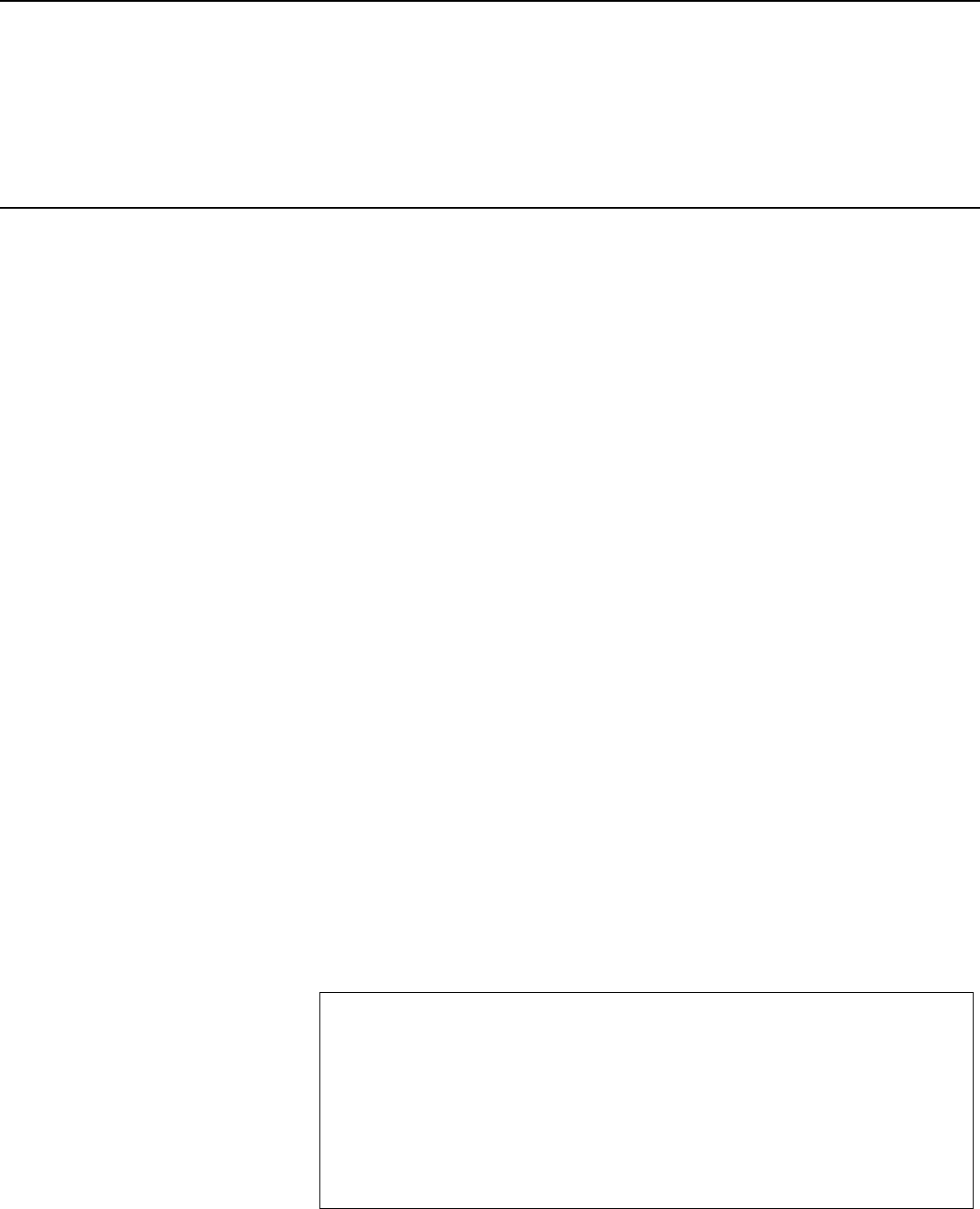
Chapter 3: Ethics, Independence, and
Professional Judgment
Page 49 GAO-18-568G Government Auditing Standards
b. directing and accepting responsibility for the actions of the audited
entity’s employees in the performance of their routine, recurring
activities;
c. having custody of an audited entity’s assets;
d. reporting to those charged with governance on behalf of
management;
e. deciding which of the audit organization’s or outside third party’s
recommendations to implement;
f. accepting responsibility for the management of an audited entity’s
project;
g. accepting responsibility for designing, implementing, or
maintaining internal control;
h. providing services that are intended to be used as management’s
primary basis for making decisions that are significant to the
subject matter of the engagement;
i. developing an audited entity’s performance measurement system
when that system is material or significant to the subject matter of
the engagement; and
j. serving as a voting member of an audited entity’s management
committee or board of directors.
3.82 Whether a specific activity is a management responsibility as
identified in paragraph 3.81 or otherwise depends on the facts and
circumstances.
Requirements: Providing Nonaudit Services
3.83 Auditors who previously provided nonaudit services for an entity
that is a prospective subject of an engagement should evaluate the
effect of those nonaudit services on independence before agreeing to
conduct a GAGAS engagement. If auditors provided a nonaudit
service in the period to be covered by the engagement, they should
(1) determine if GAGAS expressly prohibits the nonaudit service; (2) if
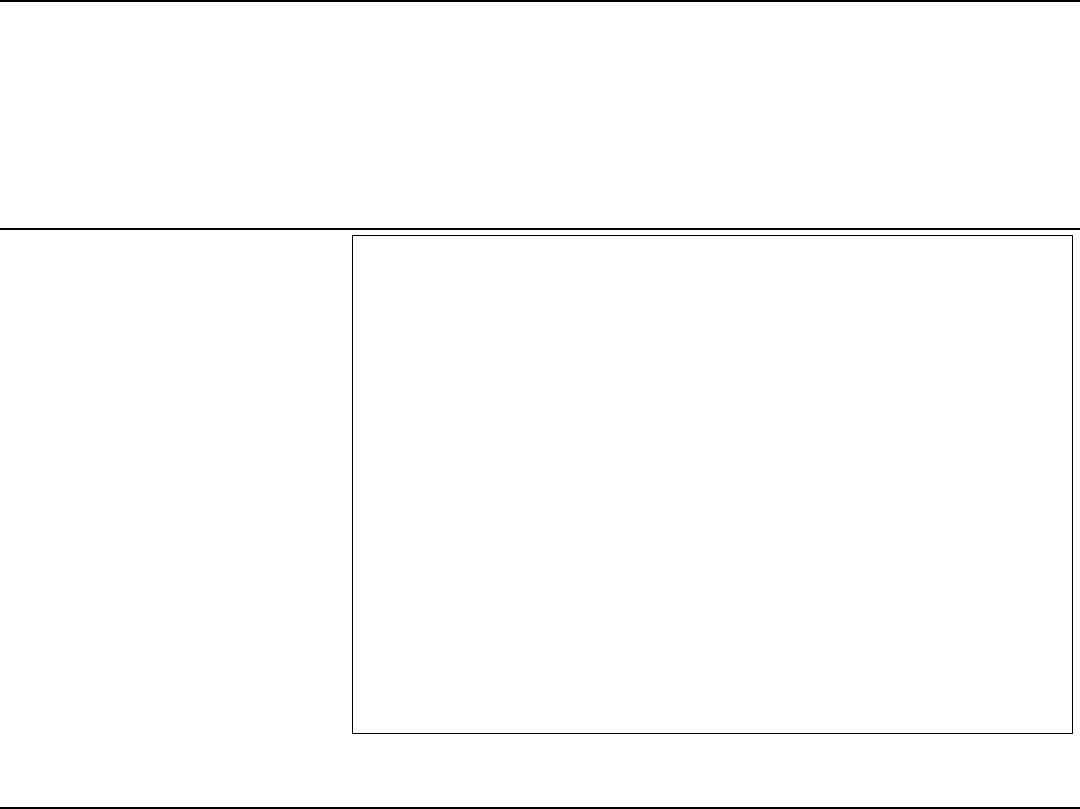
Chapter 3: Ethics, Independence, and
Professional Judgment
Page 50 GAO-18-568G Government Auditing Standards
audited entity management requested the nonaudit service, determine
whether the skills, knowledge, and experience of the individual
responsible for overseeing the nonaudit service were sufficient; and
(3) determine whether a threat to independence exists and address
any threats noted in accordance with the conceptual framework.
3.84 Auditors in a government entity may be required to provide a
nonaudit service that impairs the auditors’ independence with respect
to a required engagement. If, because of constitutional or statutory
requirements over which they have no control, the auditors can neither
implement safeguards to reduce the resulting threat to an acceptable
level nor decline to provide or terminate a nonaudit service that is
incompatible with engagement responsibilities, auditors should
disclose the nature of the threat that could not be eliminated or
reduced to an acceptable level and modify the GAGAS compliance
statement as discussed in paragraph 2.17b accordingly. Determining
how to modify the GAGAS compliance statement in these
circumstances is a matter of professional judgment.
3.85 By their nature, certain nonaudit services directly support an entity’s
operations and, if provided to an audited entity, create a threat to the
auditors’ ability to maintain independence in mind and appearance. Some
aspects of these services will impair auditors’ ability to conduct GAGAS
engagements for the entities to which the services are provided.
3.86 Auditors may be able to provide nonaudit services in the broad areas
indicated in paragraphs 3.87 through 3.106 without impairing
independence if (1) the nonaudit services are not expressly prohibited by
GAGAS requirements, (2) the auditors have determined that the
requirements for providing nonaudit services in paragraphs 3.73 through
3.78 and paragraph 3.83 have been met, and (3) any significant threats to
independence have been eliminated or reduced to an acceptable level
through the application of safeguards. The conceptual framework enables
auditors to evaluate independence given the facts and circumstances of
individual services that are not specifically prohibited.
Consideration of Specific
Nonaudit Services

Chapter 3: Ethics, Independence, and
Professional Judgment
Page 51 GAO-18-568G Government Auditing Standards
Requirements: Preparing Accounting Records and Financial
Statements
3.87 Auditors should conclude that the following services involving
preparation of accounting records impair independence with respect to
an audited entity:
a. determining or changing journal entries, account codes or
classifications for transactions, or other accounting records for
the entity without obtaining management’s approval;
b. authorizing or approving the entity’s transactions; and
c. preparing or making changes to source documents without
management approval.
3.88 Auditors should conclude that preparing financial statements in
their entirety from a client-provided trial balance or underlying
accounting records creates significant threats to auditors’
independence, and should document the threats and safeguards
applied to eliminate and reduce threats to an acceptable level in
accordance with paragraph 3.33 or decline to provide the services.
22
3.89 Auditors should identify as threats to independence any services
related to preparing accounting records and financial statements, other
than those defined as impairments to independence in paragraph 3.87
and significant threats in paragraph 3.88. These services include
a. recording transactions for which management has determined
or approved the appropriate account classification, or posting
coded transactions to an audited entity’s general ledger;
b. preparing certain line items or sections of the financial
statements based on information in the trial balance;
c. posting entries that an audited entity’s management has
approved to the entity’s trial balance; and
22
See fig. 2 at the end of ch. 3 for a flowchart on independence considerations for
preparing accounting records and financial statements.
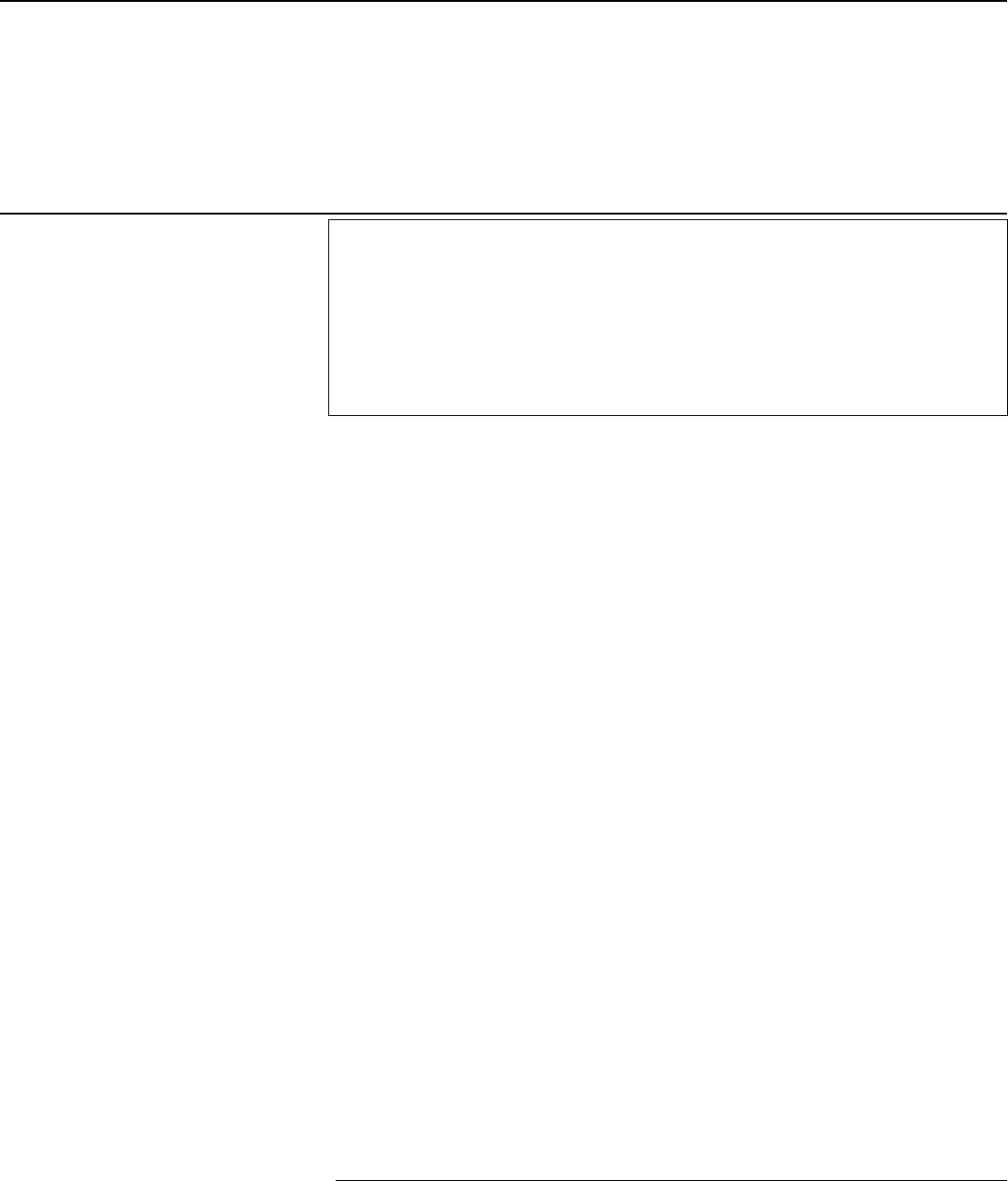
Chapter 3: Ethics, Independence, and
Professional Judgment
Page 52 GAO-18-568G Government Auditing Standards
d. preparing account reconciliations that identify reconciling items
for the audited entity management’s evaluation.
3.90 Auditors should evaluate the significance of threats to
independence created by providing any services discussed in
paragraph 3.89 and should document the evaluation of the significance
of such threats.
23
Application Guidance: Preparing Accounting Records and Financial
Statements
3.91 Management is responsible for the preparation and fair presentation
of the financial statements in accordance with the applicable financial
reporting framework, even if the auditor assisted in drafting those financial
statements. Consequently, an auditor accepting responsibility for the
preparation and fair presentation of financial statements that the auditor
will subsequently audit or that will otherwise be the subject matter of an
engagement would impair the auditor’s independence.
3.92 Source documents include those providing evidence that
transactions have occurred (for example, purchase orders, payroll time
records, customer orders, and contracts). Such records also include an
audited entity’s general ledger and subsidiary records or equivalent.
3.93 Determining whether services, as discussed in paragraph 3.89, are
significant threats and require safeguards is a matter of professional
judgment.
3.94 Factors that are relevant in evaluating the significance of any threats
created by providing services as discussed in paragraph 3.89 include
a. the extent to which the outcome of the service could have a
material effect on the financial statements,
b. the degree of subjectivity involved in determining the appropriate
amounts or treatment for those matters reflected in the financial
statements, and
23
See para. 3.33 for additional requirements related to documenting threats identified and
safeguards applied to eliminate or reduce threats to an acceptable level.

Chapter 3: Ethics, Independence, and
Professional Judgment
Page 53 GAO-18-568G Government Auditing Standards
c. the extent of the audited entity’s involvement in determining
significant matters of judgment.
3.95 Providing clerical assistance, such as typing, formatting, printing,
and binding financial statements, is unlikely to be a significant threat.
Requirement: Internal Audit Assistance Services Provided by
External Auditors
3.96 Internal audit assistance services involve assisting an entity in
performing its internal audit activities. Auditors should conclude that
the following internal audit assistance activities impair an external
auditor’s independence with respect to an audited entity:
a. setting internal audit policies or the strategic direction of internal
audit activities;
b. performing procedures that form part of the internal control, such
as reviewing and approving changes to employee data access
privileges; and
c. determining the scope of the internal audit function and resulting
work.
Requirements: Internal Control Evaluation as a Nonaudit Service
3.97 Auditors should conclude that providing or supervising ongoing
monitoring procedures over an entity’s system of internal control
impairs independence because the management participation threat
created is so significant that no safeguards could reduce the threat to
an acceptable level.
3.98 Separate evaluations are sometimes provided as a nonaudit
service. When providing separate evaluations as nonaudit services,
auditors should evaluate the significance of the threat created by
performing separate evaluations and apply safeguards when
necessary to eliminate the threat or reduce it to an acceptable level.

Chapter 3: Ethics, Independence, and
Professional Judgment
Page 54 GAO-18-568G Government Auditing Standards
Application Guidance: Internal Control Evaluation as a Nonaudit
Service
3.99 Accepting responsibility for designing, implementing, or maintaining
internal control includes accepting responsibility for designing,
implementing, or maintaining monitoring procedures. Monitoring involves
the use of either ongoing monitoring procedures or separate evaluations
to gather and analyze persuasive information supporting conclusions
about the effectiveness of the internal control system. Ongoing monitoring
procedures performed on behalf of management are built into the routine,
recurring operating activities of an entity.
3.100 Factors relevant to evaluating the significance of any threats
created by providing separate evaluations as a nonaudit service include
a. the frequency of the separate evaluations and
b. the scope or extent of the controls (in relation to the scope of the
engagement conducted) being evaluated.
3.101 A separate evaluation provided as a nonaudit service is not a
substitute for engagement procedures in a GAGAS engagement.
Requirement: Information Technology Services
3.102 Auditors should conclude that providing information technology
(IT) services to an audited entity that relate to the period under audit
impairs independence if those services include
a. designing or developing an audited entity’s financial information
system or other IT system that will play a significant role in the
management of an area of operations that is or will be the
subject matter of an engagement;
b. making other than insignificant modifications to source code
underlying an audited entity’s existing financial information
system or other IT system that will play a significant role in the
management of an area of operations that is or will be the
subject matter of an engagement;
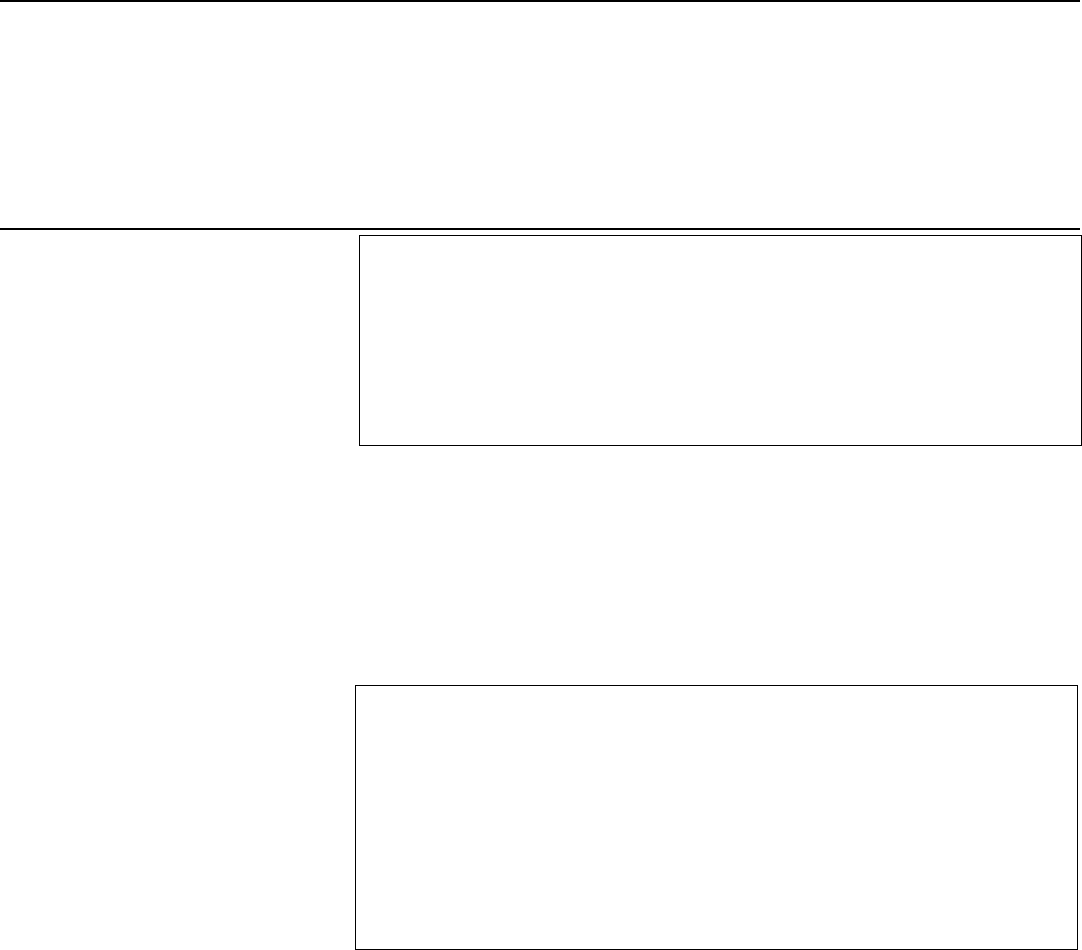
Chapter 3: Ethics, Independence, and
Professional Judgment
Page 55 GAO-18-568G Government Auditing Standards
Application Guidance: Information Technology Services
3.103 Services related to IT systems include the design or
implementation of hardware or software systems. The systems may
aggregate source data, form part of the internal control over the subject
matter of the engagement, or generate information that affects the subject
matter of the engagement.
Application Guidance: Appraisal, Valuation, and Actuarial Services
3.105 A valuation comprises the making of assumptions with regard to
future developments; the application of appropriate methodologies and
techniques; and the combination of both to compute a certain value, or
range of values, for an asset, a liability, or an entity as a whole.
c. supervising audited entity personnel in the daily operation of an
audited entity’s information system; or
d. operating an audited entity’s network, financial information
system, or other IT system that will play a significant role in the
management of an area of operations that is or will be the
subject matter of an engagement.
Requirement: Appraisal, Valuation, and Actuarial Services
3.104 Auditors should conclude that independence is impaired if an
audit organization provides appraisal, valuation, or actuarial services to
an audited entity when (1) the services involve a significant degree of
subjectivity and (2) the results of the service, individually or when
combined with other valuation, appraisal, or actuarial services, are
material to the audited entity’s financial statements or other information
on which the audit organization is reporting.

Chapter 3: Ethics, Independence, and
Professional Judgment
Page 56 GAO-18-568G Government Auditing Standards
24
See Section 2510.3-21 of Title 29, Code of Federal Regulations.
Requirement: Other Nonaudit Services
3.106 Auditors should conclude that providing certain other nonaudit
services impairs an external auditor’s independence with respect to an
audited entity. These activities include the following:
a. Advisory service
(1) Assuming any management responsibilities
b. Benefit plan administration
(1) Making policy decisions on behalf of management
(2) Interpreting the provisions in a plan document for a plan
participant on behalf of management without first
obtaining management’s concurrence
(3) Making disbursements on behalf of the plan
(4) Having custody of the plan’s assets
(5) Serving in a fiduciary capacity, as defined under the
Employee Retirement Income Security Act of 1974
24
c. Business risk consulting
(1) Making or approving business risk decisions
(2) Presenting business risk considerations to those
charged with governance on behalf of management
d. Executive or employee recruiting
(1) Committing the audited entity to employee
compensation or benefit arrangements
(2) Hiring or terminating the audited entity’s employees

Chapter 3: Ethics, Independence, and
Professional Judgment
Page 57 GAO-18-568G Government Auditing Standards
25
See para. 5.04 for additional discussion of documenting compliance with quality control
policies and procedures and paras. 5.08 through 5.11 for additional discussion of policies
and procedures on independence, legal, and ethical requirements.
e. Investment advisory or management
(1) Making investment decisions on behalf of management
or otherwise having discretionary authority over an
audited entity’s investments
(2) Executing a transaction to buy or sell an audited entity’s
investments
(3) Having custody of an audited entity’s assets, such as
taking temporary possession of securities
Documentation
Requirement: Documentation
3.107 While insufficient documentation of an auditor’s compliance with
the independence standard does not impair independence, auditors
should prepare appropriate documentation under the GAGAS quality
control and assurance requirements.
25
The independence standard
includes the following documentation requirements, where applicable:
a. document threats to independence that require the application
of safeguards, along with safeguards applied, in accordance
with the conceptual framework for independence as required by
paragraph 3.33;
b. document the safeguards in paragraphs 3.52 through 3.56 if an
audit organization is structurally located within a government
entity and is considered structurally independent based on
those safeguards;
c. document consideration of audited entity management’s ability
to effectively oversee a nonaudit service to be provided by the
auditor as indicated in paragraph 3.74;
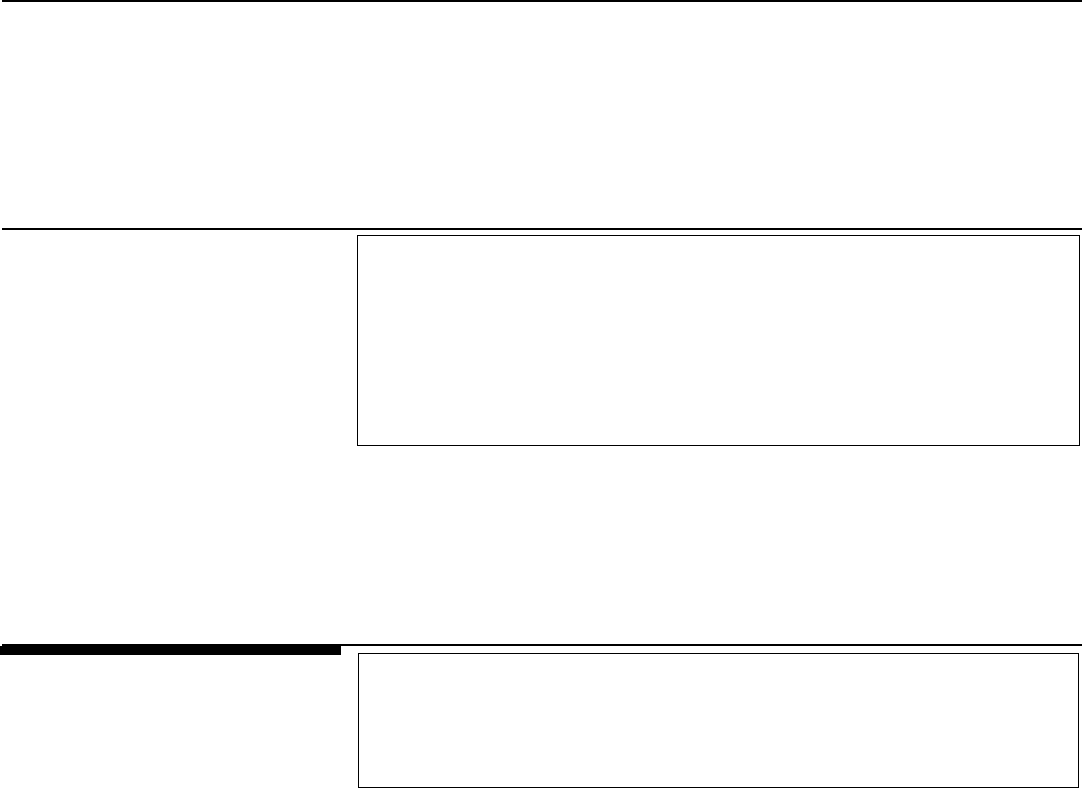
Chapter 3: Ethics, Independence, and
Professional Judgment
Page 58 GAO-18-568G Government Auditing Standards
Application Guidance: Documentation
3.108 Documentation of independence considerations provides evidence
of the auditor’s judgments in forming conclusions regarding compliance
with independence requirements.
Requirement: Professional Judgment
3.109 Auditors must use professional judgment in planning and
conducting the engagement and in reporting the results.
Application Guidance: Professional Judgment
3.110 Professional judgment includes exercising reasonable care and
professional skepticism. Reasonable care includes acting diligently in
accordance with applicable professional standards and ethical principles.
Attributes of professional skepticism include a questioning mind,
awareness of conditions that may indicate possible misstatement owing
to error or fraud, and a critical assessment of evidence. Professional
skepticism includes being alert to, for example, evidence that contradicts
other evidence obtained or information that brings into question the
reliability of documents or responses to inquiries to be used as evidence.
Further, it includes a mindset in which auditors assume that management
is neither dishonest nor of unquestioned honesty. Auditors may accept
records and documents as genuine unless they have reason to believe
the contrary. Auditors may consider documenting procedures undertaken
to support their application of professional skepticism in highly judgmental
or subjective areas under audit.
3.111 Using the auditor’s professional knowledge, skills, and abilities, in
good faith and with integrity, to diligently gather information and
d. document the auditor’s understanding with an audited entity for
which the auditor will provide a nonaudit service as indicated in
paragraph 3.77; and
e. document the evaluation of the significance of the threats
created by providing any of the services discussed in
paragraph 3.89.
Professional
Judgment
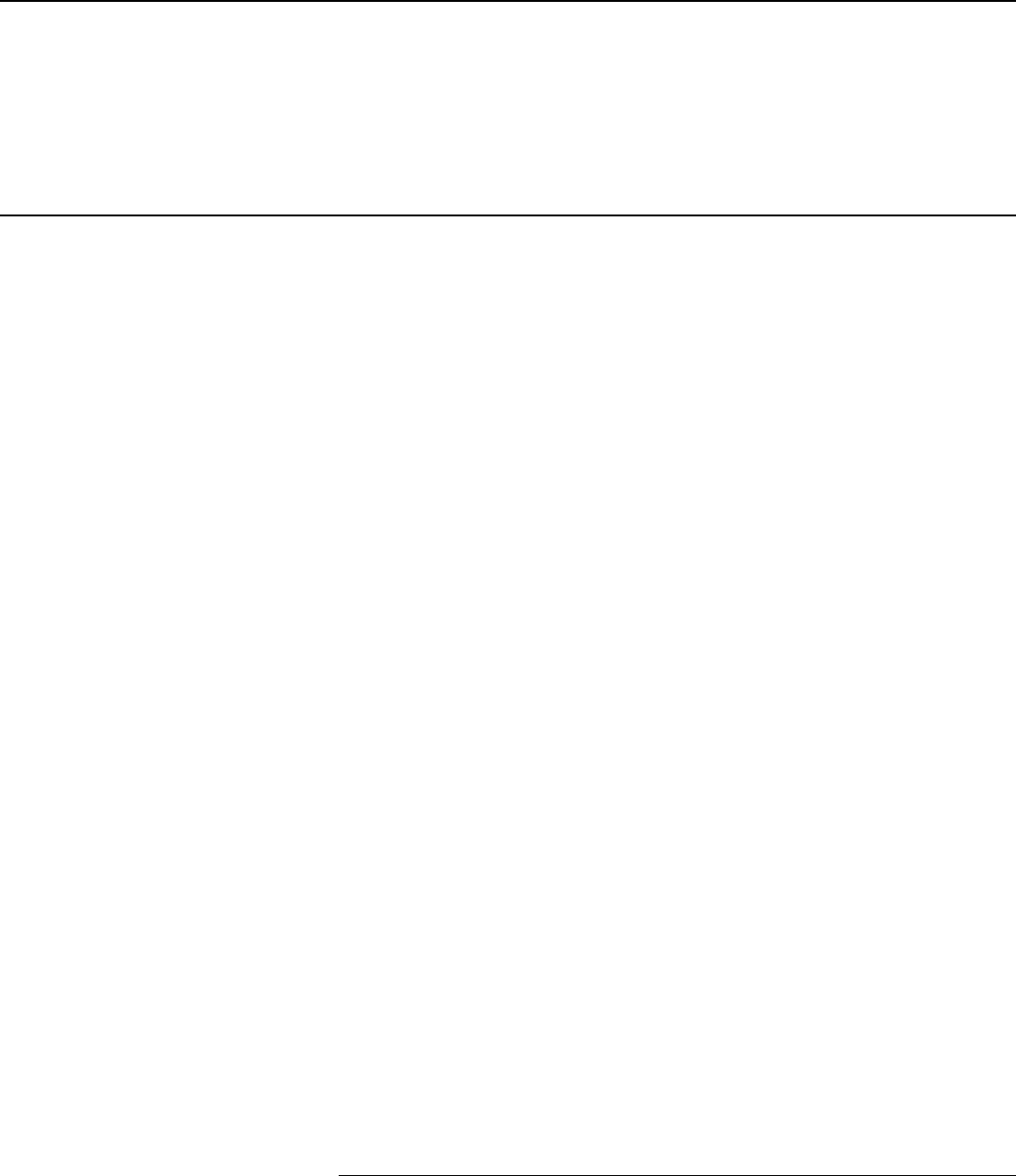
Chapter 3: Ethics, Independence, and
Professional Judgment
Page 59 GAO-18-568G Government Auditing Standards
objectively evaluate the sufficiency and appropriateness of evidence is a
critical component of GAGAS engagements. Professional judgment and
competence are interrelated because judgments made depend upon the
auditor’s competence, as discussed in chapter 4.
3.112 Professional judgment represents the application of the collective
knowledge, skills, and abilities of all the personnel involved with an
engagement, as well as the professional judgment of individual auditors.
In addition, professional judgment may involve consultation with other
stakeholders, specialists, and management in the audit organization.
3.113 Using professional judgment is important to auditors in carrying out
all aspects of their professional responsibilities, including following the
independence standards and related conceptual framework; maintaining
objectivity and credibility; assigning competent personnel to the
engagement; defining the scope of work; evaluating, documenting, and
reporting the results of the work; and maintaining appropriate quality
control over the engagement process.
3.114 Using professional judgment is important to auditors in applying the
conceptual framework to determine independence in a given situation.
This includes identifying and evaluating any threats to independence,
including threats to the appearance of independence, and related
safeguards that may mitigate the identified threats.
26
3.115 Using professional judgment is important to auditors in determining
the necessary level of understanding of the engagement subject matter
and related circumstances. This includes considering whether the audit
team’s collective experience, training, knowledge, skills, abilities, and
overall understanding are sufficient to assess the risks that the subject
matter of the engagement may contain a significant inaccuracy or could
be misinterpreted.
27
3.116 An auditor’s consideration of the risk level of each engagement,
including the risk of arriving at improper conclusions, is also important.
Within the context of audit risk, exercising professional judgment in
determining the sufficiency and appropriateness of evidence to be used to
support the findings and conclusions based on the engagement
26
See para. 3.21b for a description of independence in appearance.
27
See paras. 4.02 through 4.15 for a discussion of competence.

Chapter 3: Ethics, Independence, and
Professional Judgment
Page 60 GAO-18-568G Government Auditing Standards
objectives and any recommendations reported is integral to the
engagement process.
3.117 While this requirement places responsibility on each auditor and
audit organization to exercise professional judgment in planning and
conducting an engagement, it does not imply unlimited responsibility nor
does it imply infallibility on the part of either the individual auditor or the
audit organization. Absolute assurance is not attainable because of
factors such as the nature of evidence and characteristics of fraud.
Professional judgment does not mean eliminating all possible limitations
or weaknesses associated with a specific engagement, but rather
identifying, assessing, mitigating, and concluding on them.
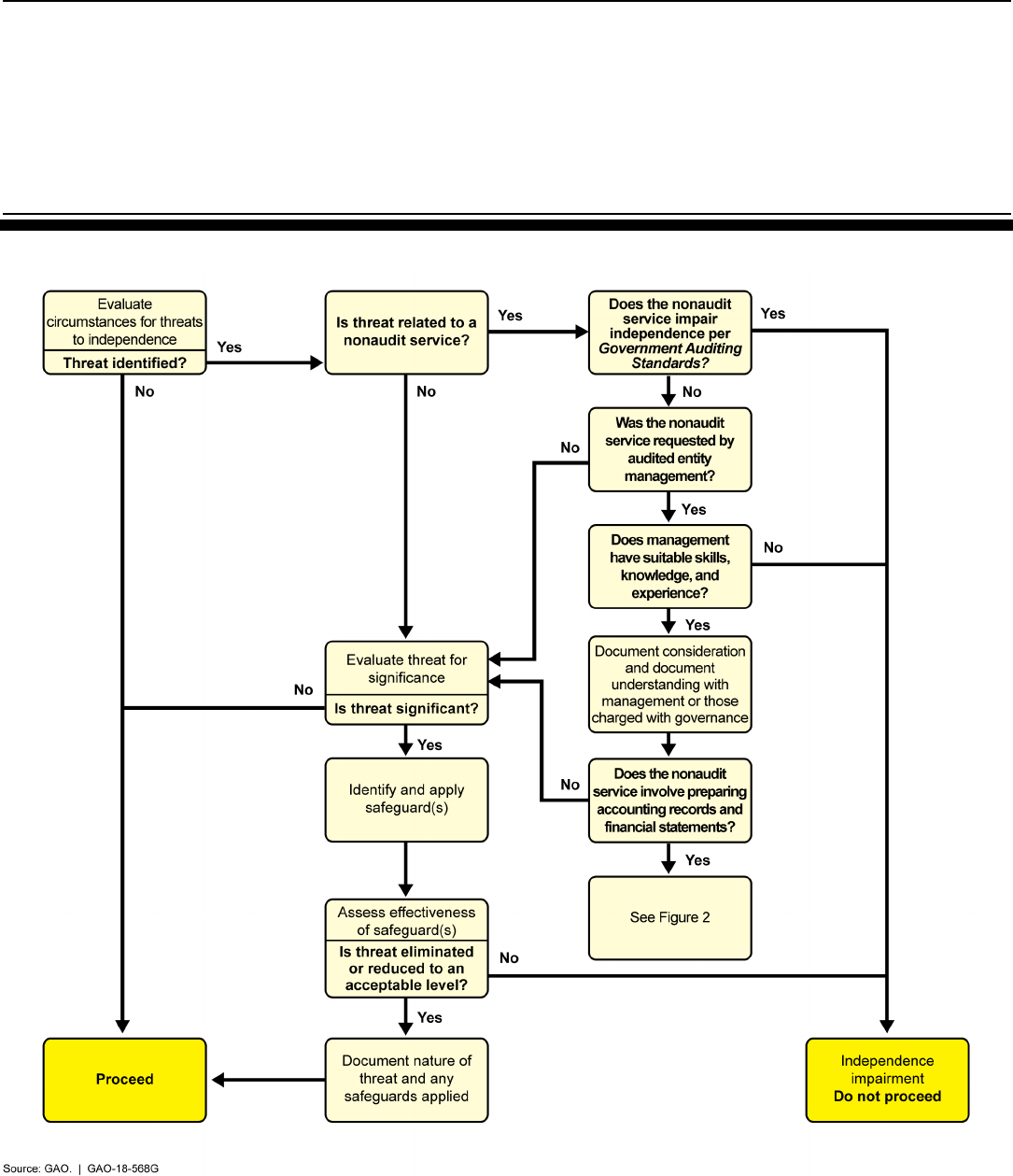
Chapter 3: Ethics, Independence, and
Professional Judgment
Page 61 GAO-18-568G Government Auditing Standards
Figure 1: Generally Accepted Government Auditing Standards Conceptual Framework for Independence

Chapter 3: Ethics, Independence, and
Professional Judgment
Page 62 GAO-18-568G Government Auditing Standards
Figure 2: Independence Considerations for Preparing Accounting Records and
Financial Statements
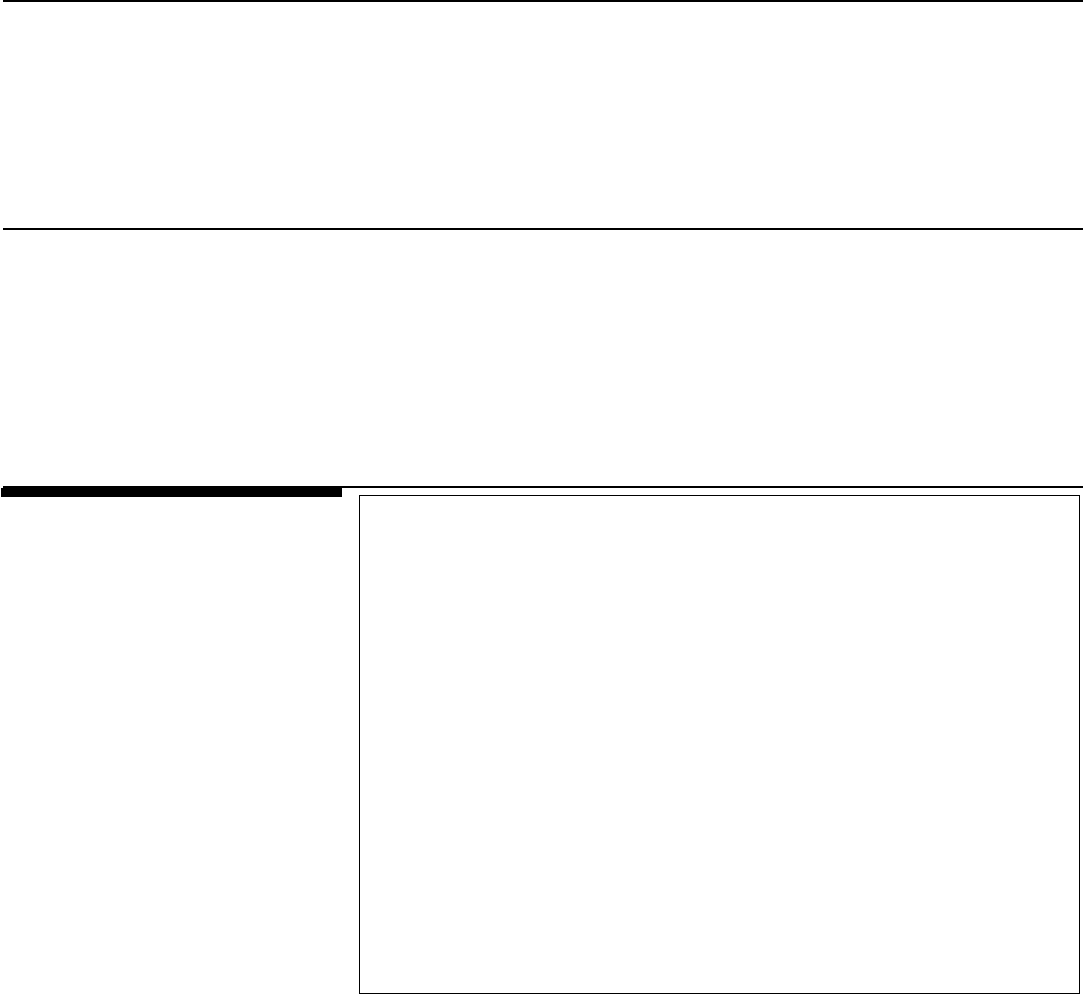
Chapter 4: Competence and Continuing
Professional Education
Page 63 GAO-18-568G Government Auditing Standards
4.01 This chapter establishes the generally accepted government auditing
standards (GAGAS) requirements for competence and continuing
professional education (CPE). Competence includes being
knowledgeable about the specific GAGAS requirements and having the
skills and abilities to proficiently apply that knowledge on GAGAS
engagements. CPE contributes to auditors’ competence. The
requirements of this chapter are intended to be followed in conjunction
with all other applicable GAGAS requirements.
Requirements: General
4.02 The audit organization’s management must assign auditors to
conduct the engagement who before beginning work on the
engagement collectively possess the competence needed to address
the engagement objectives and perform their work in accordance with
GAGAS.
4.03 The audit organization’s management must assign auditors who
before beginning work on the engagement possess the competence
needed for their assigned roles.
4.04 The audit organization should have a process for recruitment,
hiring, continuous development, assignment, and evaluation of
personnel so that the workforce has the essential knowledge, skills,
and abilities necessary to conduct the engagement. The nature,
extent, and formality of the process will depend on various factors,
such as the size of the audit organization, its structure, and its work.
Application Guidance: General
4.05 Competence is the knowledge, skills, and abilities, obtained from
education and experience, necessary to conduct the GAGAS
engagement. Competence enables auditors to make sound professional
judgments. Competence includes possessing the technical knowledge
and skills necessary for the assigned role and the type of work being
done. This includes possessing specific knowledge about GAGAS.
4.06 Competence is derived from a combination of education and
experience. Education is a structured and systematic process aimed at
developing knowledge, skills, and other abilities; it is a process that is
typically but not exclusively conducted in academic or learning
Chapter 4: Competence and Continuing
Professional Education
Competence

Chapter 4: Competence and Continuing
Professional Education
Page 64 GAO-18-568G Government Auditing Standards
environments. Experience refers to workplace activities that are relevant
to developing professional proficiency. Competence is not necessarily
measured by years of auditing experience because such a quantitative
measurement may not accurately reflect the kinds of experiences gained
by auditors in any given time period. Maintaining competence through a
commitment to learning and development throughout auditors’
professional lives is an important element for auditors.
Application Guidance: Indicators of Competence
Technical Knowledge and Skills
4.07 The knowledge, skills, and abilities needed when conducting an
engagement in accordance with GAGAS include the understanding
necessary to proficiently apply
a. GAGAS;
b. standards, statutory requirements, regulations, criteria, and
guidance applicable to auditing or the objectives for the
engagement(s) being conducted; and
c. techniques, tools, and guidance related to professional expertise
applicable to the work being performed.
Auditor proficiency in these areas helps ensure that engagements are
conducted in accordance with GAGAS.
4.08 Achieving the knowledge, skills, and abilities needed to conduct a
GAGAS engagement may include
a. having prior experience in the subject matter or type of
engagement;
b. completing CPE related to the subject matter or type of
engagement; and
c. obtaining degrees or certifications relevant to the subject matter or
type of engagement.

Chapter 4: Competence and Continuing
Professional Education
Page 65 GAO-18-568G Government Auditing Standards
Competence for Assigned Roles
4.09 The audit organization and engagement teams may consider the
levels of proficiency needed for each role on the engagement when
assigning auditors to the engagement.
4.10 Roles on the engagement generally include the following:
a. Nonsupervisory auditors: Auditors in these roles plan or perform
engagement procedures. Work situations for these auditors are
characterized by low levels of ambiguity, complexity, and
uncertainty. The nonsupervisory auditor role necessitates at least
a basic level of proficiency.
b. Supervisory auditors: Auditors in these roles plan engagements,
perform engagement procedures, or direct engagements. Work
situations for these auditors are characterized by moderate levels
of ambiguity, complexity, and uncertainty. The supervisory auditor
role necessitates at least an intermediate level of proficiency.
c. Partners and directors: Auditors in these roles plan engagements,
perform engagement procedures, or direct or report on
engagements. Partners and directors may also be responsible for
reviewing engagement quality prior to issuing the report, for
signing the report, or both. Work situations for these auditors are
characterized by high levels of ambiguity, complexity, and
uncertainty. The partner and director role necessitates an
advanced level of proficiency.
4.11 Definitions of key terms follow:
a. Planning: Determining engagement objectives, scope, and
methodology; establishing criteria to evaluate matters subject to
audit; or coordinating the work of the other audit organizations.
This definition excludes auditors whose role is limited to gathering
information used in planning the engagement.
b. Directing: Supervising the efforts of others who are involved in
accomplishing the objectives of the engagement or reviewing
engagement work to determine whether those objectives have
been accomplished.
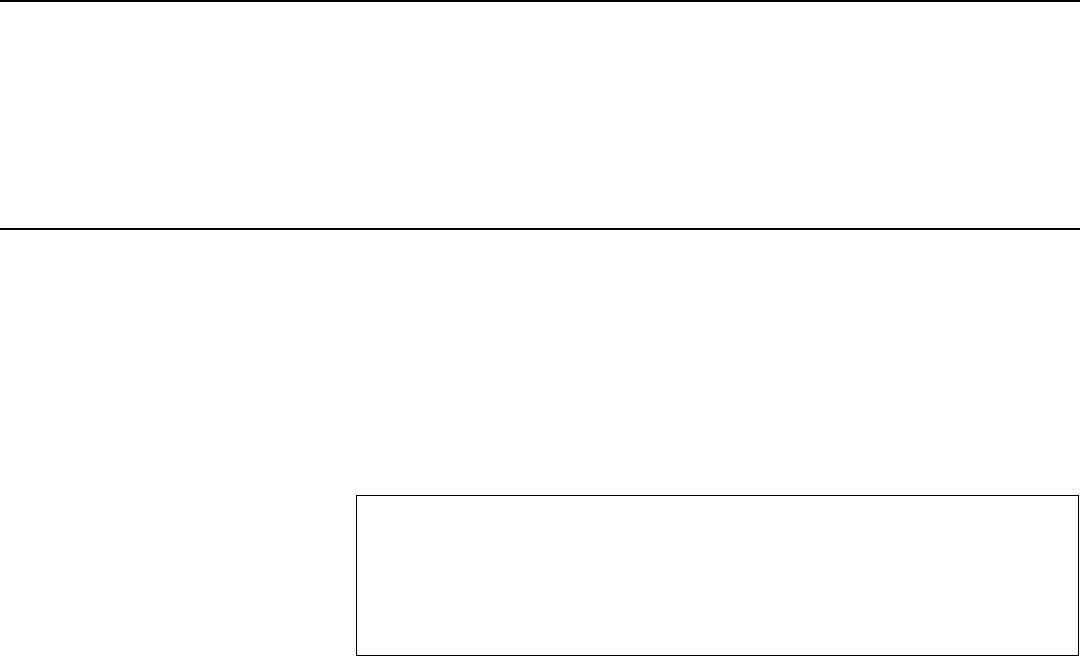
Chapter 4: Competence and Continuing
Professional Education
Page 66 GAO-18-568G Government Auditing Standards
c. Performing engagement procedures: Performing tests and
procedures necessary to accomplish the engagement objectives
in accordance with GAGAS.
d. Reporting: Determining the report content and substance or
reviewing reports to determine whether the engagement
objectives have been accomplished and the evidence supports
the report’s technical content and substance prior to issuance.
This includes signing the report.
Application Guidance: Specialists
4.13 Some engagements may necessitate the use of specialized
techniques or methods that call for the skills of specialists. Specialists do
not include individuals with special skill or knowledge related to
specialized areas within the field of accounting or auditing, such as
income taxation and information technology. Such individuals are
considered auditors.
4.14 The competence and qualifications of specialists significantly affect
whether their work will be adequate for the engagement team’s purposes
and will meet GAGAS requirements. Competence of specialists relates to
the nature and level of expertise. Qualifications of specialists relate to
their professional certifications, reputations, and previous work in the
subject matter. Other relevant factors include the ability of specialists to
exercise competence in the circumstances of the engagement and the
effects that bias, conflict of interest, or the influence of others may have
on the specialists’ professional judgment.
4.15 Sources that may inform the auditors’ assessment of the
competence and professional qualifications of a specialist include the
following:
a. the professional certification, license, or other recognition of the
competence of the specialist in his or her field, as appropriate;
Requirement: Specialists
4.12 The engagement team should determine that specialists assisting
the engagement team on a GAGAS engagement are qualified and
competent in their areas of specialization.
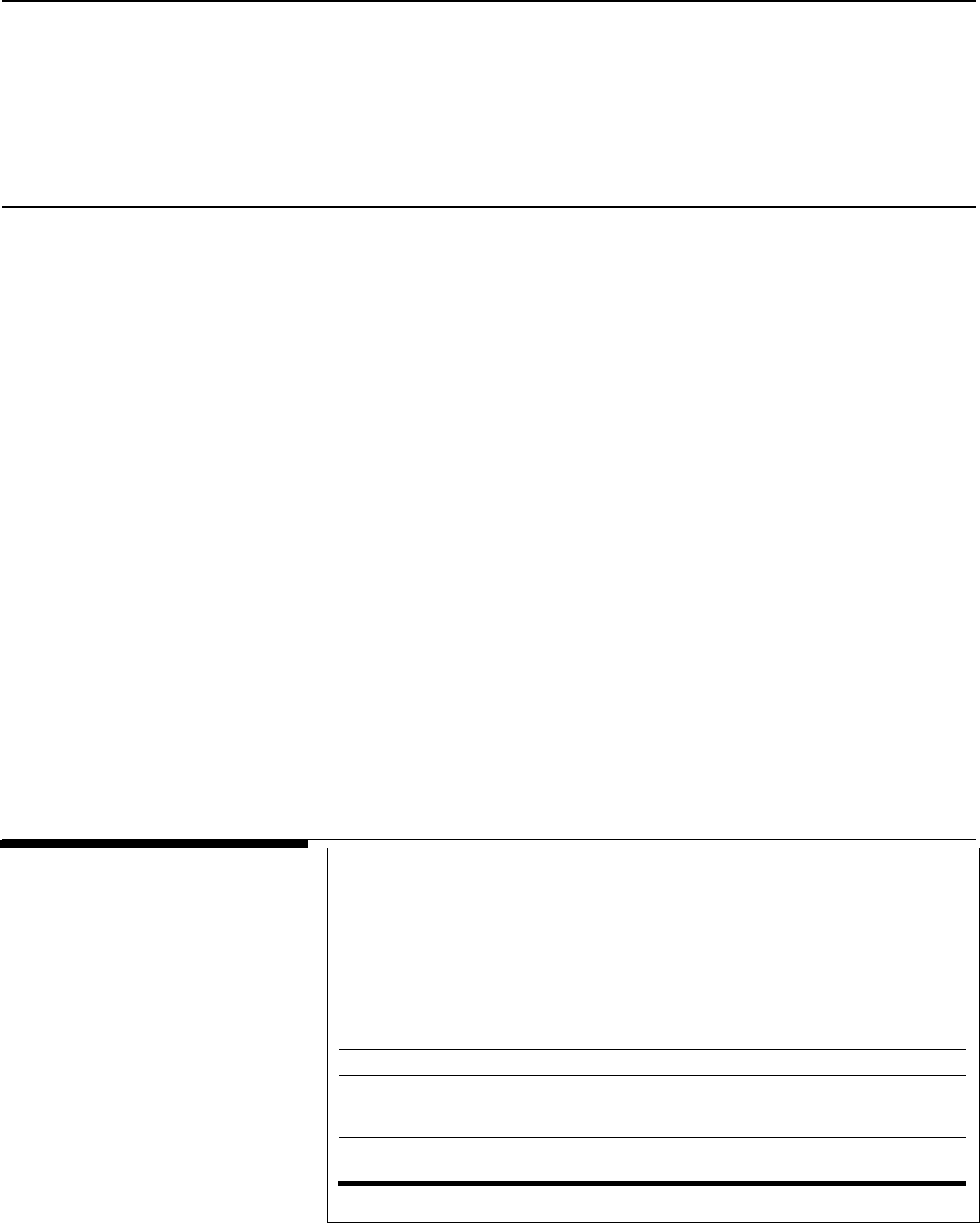
Chapter 4: Competence and Continuing
Professional Education
Page 67 GAO-18-568G Government Auditing Standards
b. the reputation and standing of the specialist in the views of peers
and others familiar with the specialist’s capability or performance;
c. the specialist’s experience and previous work in the subject
matter;
d. the auditors’ assessment of the specialist’s knowledge and
qualification based on prior experience in using the specialist’s
work;
e. the specialist’s knowledge of any technical performance standards
or other professional or industry requirements in the specialist’s
field (for example, ethical standards and other membership
requirements of a professional body or industry association,
accreditation standards of a licensing body, or requirements
imposed by law or regulation);
f. the knowledge of the specialist with respect to relevant auditing
standards; and
g. the assessment of unexpected events, changes in conditions, or
the evidence obtained from the results of engagement procedures
that indicate it may be necessary to reconsider the initial
evaluation of the competence and qualifications of a specialist as
the engagement progresses.
Requirements: General
4.16 Auditors who plan, direct, perform engagement procedures for, or
report on an engagement conducted in accordance with GAGAS
should develop and maintain their professional competence by
completing at least 80 hours of CPE in every 2-year period as follows.
CPE hours
Subject matter categories of CPE
24 hours
Subject matter directly related to the government environment,
government auditing, or the specific or unique environment in
which the audited entity operates
56 hours
Subject matter that directly enhance auditors’ professional
expertise to conduct engagements
Continuing
Professional
Education
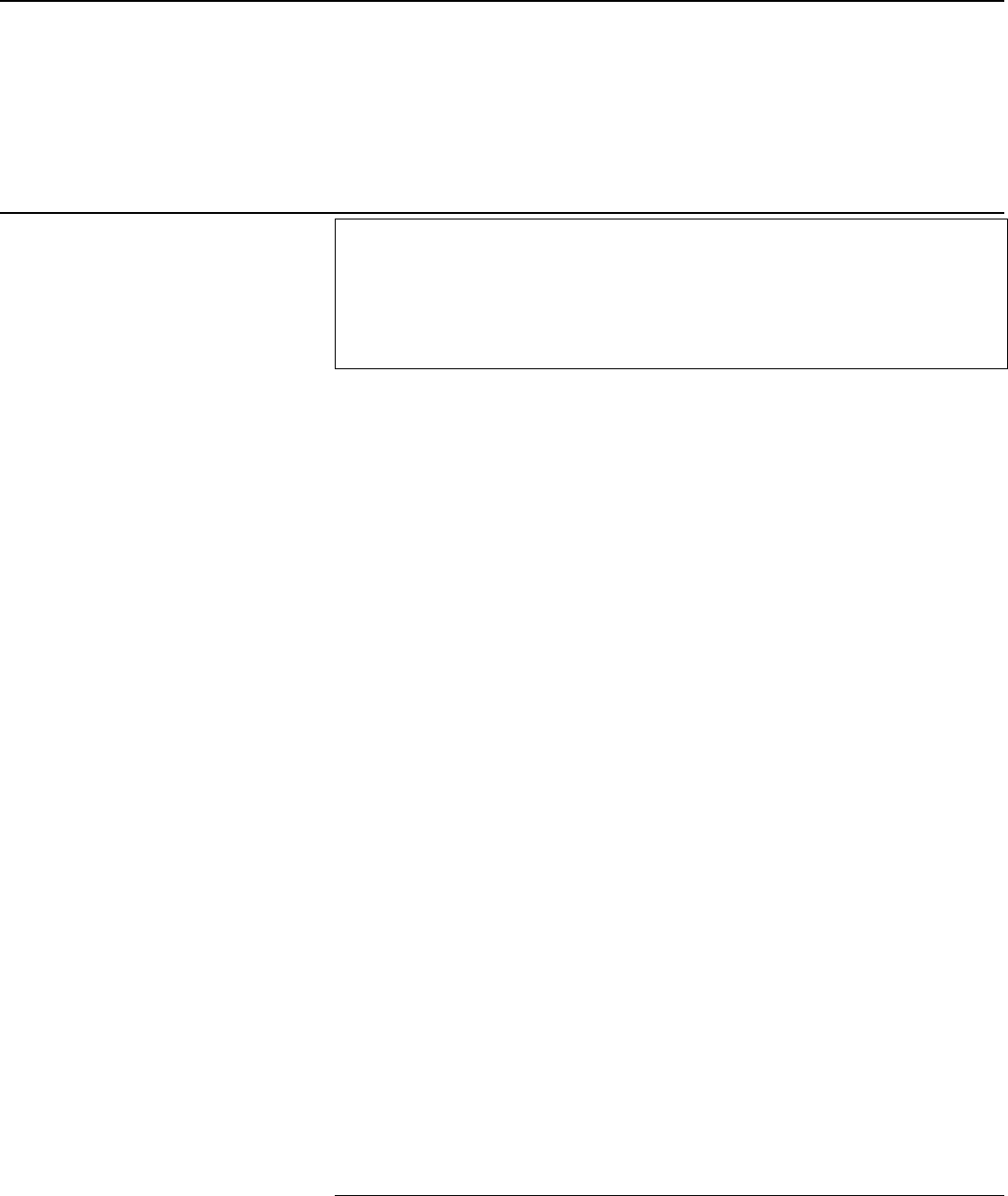
Chapter 4: Competence and Continuing
Professional Education
Page 68 GAO-18-568G Government Auditing Standards
4.17 Auditors should complete at least 20 hours of CPE in each year of
the 2-year periods.
4.18 The audit organization should maintain documentation of each
auditor’s CPE.
28
Application Guidance: General
4.19 The continuing competence of the audit organization’s personnel
depends, in part, on an appropriate level of CPE so that auditors maintain
the knowledge, skills, and abilities necessary to conduct the GAGAS
engagement. Obtaining CPE specifically on GAGAS, particularly during
years in which there are revisions to the standards, may assist auditors in
maintaining the competence necessary to conduct GAGAS engagements.
4.20 CPE used to fulfill the 24-hour requirement may be taken at any time
during the 2-year measurement period.
Application Guidance: Subject Matter Categories of CPE
4.21 Determining what subjects are appropriate for individual auditors to
satisfy the CPE requirements is a matter of professional judgment to be
exercised by auditors in consultation with appropriate officials in their
audit organization. When determining what specific subjects qualify for
the CPE requirement, the auditors may consider the types of knowledge,
skills, and abilities, and the level of proficiency necessary, in order to be
competent for their assigned roles. Auditors may consider probable future
engagements to which they may be assigned when selecting specific
CPE subjects to satisfy the 24-hour and the 56-hour CPE requirements.
The audit organization is ultimately responsible for determining whether a
subject or topic qualifies as acceptable for its auditors.
4.22 The subject matter categories for the 24-hour requirement may be
used to satisfy the 56-hour CPE requirement. If CPE in any of the subject
matter and topics that would satisfy the 56-hour requirement, as
discussed in paragraph 4.24, is tailored specifically to the government
environment, such CPE may qualify toward satisfying the 24-hour
28
See paras. 4.51 and 5.16 for a discussion of CPE documentation.

Chapter 4: Competence and Continuing
Professional Education
Page 69 GAO-18-568G Government Auditing Standards
requirement. Examples of CPE subjects that may qualify for each of the
categories are listed below.
Subject Matter Directly Related to the Government Environment,
Government Auditing, or the Specific or Unique Environment in Which the
Audited Entity Operates (24-Hour Requirement)
4.23 Subject matter directly related to the government environment,
government auditing, or the specific or unique environment in which the
audited entity operates may include, but is not limited to, the following:
a. generally accepted government auditing standards (GAGAS) and
related topics, such as internal control as addressed in GAGAS;
b. the applicable American Institute of Certified Public Accountants’
(AICPA) Statements on Auditing Standards;
29
c. the applicable AICPA Statements on Standards for Attestation
Engagements and Statements on Standards for Accounting and
Review Services;
30
d. the applicable auditing standards issued by the Institute of Internal
Auditors, the Public Company Accounting and Oversight Board,
the International Auditing and Assurance Standards Board, or
other auditing standard-setting body;
e. U.S. generally accepted accounting principles, or the applicable
financial reporting framework being used, such as those issued by
the Federal Accounting Standards Advisory Board, the
Governmental Accounting Standards Board, or the Financial
Accounting Standards Board;
f. Standards for Internal Control in the Federal Government;
31
29
See para. 6.01 for a discussion of the AICPA standards incorporated into GAGAS for
financial audits.
30
See para. 7.01 for a discussion of the AICPA standards incorporated into GAGAS for
attestation engagements and reviews of financial statements.
31
GAO, Standards for Internal Control in the Federal Government, GAO-14-704G
(Washington, D.C.: September 2014).
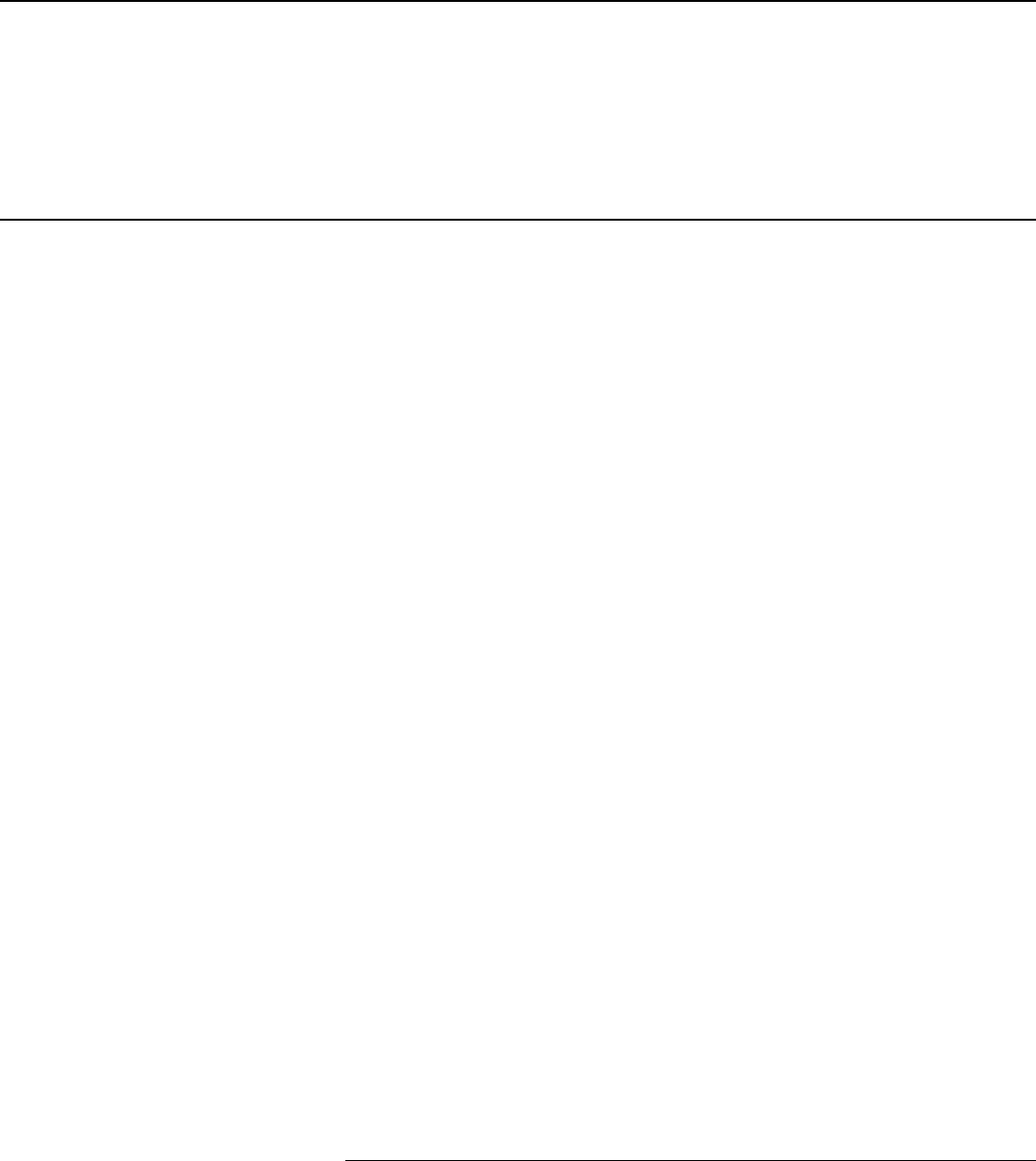
Chapter 4: Competence and Continuing
Professional Education
Page 70 GAO-18-568G Government Auditing Standards
g. Internal Control—Integrated Framework,
32
as applicable;
h. requirements for recipients of federal contracts or grants, such as
Single Audits under the Uniform Administrative Requirements,
Cost Principles, and Audit Requirements for Federal Awards;
33
i. requirements for federal, state, or local program audits;
j. relevant or applicable audit standards or guides, including those
for information technology auditing and forensic auditing;
k. information technology auditing topics applicable to the
government environment;
l. fraud topics applicable to a government environment;
m. statutory requirements, regulations, criteria, guidance, trends,
risks, or topics relevant to the specific and unique environment in
which the audited entity operates;
n. statutory requirements, regulations, criteria, guidance, trends,
risks, or topics relevant to the subject matter of the engagement,
such as scientific, medical, environmental, educational, or any
other specialized subject matter;
o. topics directly related to the government environment, such as the
nature of government (structures, financing, and operations),
economic or other conditions and pressures facing governments,
common government financial management issues,
appropriations, measurement or evaluation of government
financial or program performance, and application of general audit
methodologies or techniques to a government environment or
program;
32
Committee of Sponsoring Organizations of the Treadway Commission, Internal
Control—Integrated Framework (New York: American Institute of Certified Public
Accountants, 2013).
33
See Part 200, Subpart F, of Title 2, Code of Federal Regulations.

Chapter 4: Competence and Continuing
Professional Education
Page 71 GAO-18-568G Government Auditing Standards
p. specialized audit methodologies or analytical techniques, such as
the use of complex survey instruments, actuarial estimates,
statistical analysis tests, or statistical or nonstatistical sampling;
q. performance auditing topics, such as obtaining evidence,
professional skepticism, and other applicable audit skills;
34
r. government ethics and independence;
s. partnerships between governments, businesses, and citizens;
t. legislative policies and procedures;
u. topics related to fraud, waste, abuse, or improper payments
affecting government entities; and
v. compliance with laws and regulations.
Subject Matter That Directly Enhances Auditors’ Professional Expertise to
Conduct Engagements (56-Hour Requirement)
4.24 Subject matter that directly enhances auditors’ professional
expertise to conduct engagements may include, but is not limited to, the
following:
a. subject matter categories for the 24-hour requirement listed in
paragraph 4.23;
b. general ethics and independence;
c. topics related to accounting, acquisitions management, asset
management, budgeting, cash management, contracting, data
analysis, program performance, or procurement;
d. communicating clearly and effectively, both orally and in writing;
e. managing time and resources;
f. leadership;
34
See chs. 8 and 9 for performance audit topics that may be included.

Chapter 4: Competence and Continuing
Professional Education
Page 72 GAO-18-568G Government Auditing Standards
g. software applications used in conducting engagements;
h. information technology; and
i. economics, human capital management, social and political
sciences, and other academic disciplines that may be applied in
engagements, as applicable.
Application Guidance: Exemptions and Exceptions
4.25 Auditors may be exempted from the 56-hour CPE requirement by
the audit organization, but not the 24-hour requirement, if they
a. charge less than 20 percent of their time annually to engagements
conducted in accordance with GAGAS and
b. are only involved in performing engagement procedures, but not
involved in planning, directing, or reporting on the engagement.
The 20 percent may be based on historical or estimated charges in a
year, provided that the audit organization has a basis for this
determination and monitors actual time. For auditors who change status
such that they are charging more than 20 percent of their time annually to
engagements under GAGAS, the audit organization may prorate the
required CPE hours similar to when auditors are assigned to GAGAS
engagements after the beginning of a 2-year CPE measurement period,
as discussed in paragraph 4.42.
4.26 Nonsupervisory auditors who charge less than 40 hours of their time
annually to engagements conducted in accordance with GAGAS may be
exempted by the organization from all CPE requirements in paragraph
4.16.
4.27 The audit organization may exempt from the CPE requirements
college and university students employed on a temporary basis for a
limited period of time (for example, an internship of limited duration) or
enrolled in a formal program sponsored by the college or university for a
specific period of employment, such as a term or semester.
4.28 Employees or contract employees performing support services
within the audit organization, such as individuals who are assigned to
positions in budgeting, human resources, training, and administrative
functions, and who do not conduct engagement activities are not auditors

Chapter 4: Competence and Continuing
Professional Education
Page 73 GAO-18-568G Government Auditing Standards
subject to the GAGAS CPE requirements. Employees or contract
employees who assist in the engagement by performing support services,
such as performing background research, data entry, writing and editing
assistance, proofreading, or report production and distribution are not
auditors subject to the GAGAS CPE requirements.
4.29 The audit organization, at its discretion, may grant exemptions from
a portion of the CPE requirement in the event of extended absences or
other extenuating circumstances if situations such as the following
prevent auditors from fulfilling those requirements and conducting
engagements:
a. ill health,
b. maternity or paternity leave,
c. extended family leave,
d. sabbaticals,
e. leave without pay absences,
f. foreign residency,
g. military service, and
h. disasters.
The audit organization may not grant exceptions for reasons such as
workload, budget, or travel constraints.
Application Guidance: Specialists
4.30 External specialists are not auditors subject to the GAGAS CPE
requirements. Also, internal specialists assisting on a GAGAS
engagement who are not involved in planning, directing, performing
engagement procedures, or reporting on a GAGAS engagement are not
auditors subject to the GAGAS CPE requirements.
4.31 Internal specialists who are performing work in accordance with
GAGAS as part of the engagement team—including planning, directing,
performing engagement procedures, or reporting on a GAGAS
engagement—are considered auditors and are subject to the GAGAS

Chapter 4: Competence and Continuing
Professional Education
Page 74 GAO-18-568G Government Auditing Standards
CPE requirements. The GAGAS CPE requirements become effective for
internal specialists when an audit organization first assigns an internal
specialist to an engagement. Because internal specialists apply
specialized knowledge in government engagements, CPE in their areas
of specialization qualifies under the requirement for 24 hours of CPE that
directly relates to government auditing, the government environment, or
the specific or unique environment in which the audited entity operates.
Application Guidance: Programs and Activities That Qualify for CPE
4.32 CPE programs are structured educational activities or programs with
learning objectives designed to maintain or enhance the auditors’
competence to address engagement objectives and perform work in
accordance with GAGAS.
4.33 The following are examples of structured educational programs and
activities:
a. internal training programs (e.g., courses, seminars, and
workshops);
b. education and development programs presented at conferences,
conventions, meetings, and seminars and meetings or workshops
of professional organizations;
c. training programs presented by other audit organizations,
educational organizations, foundations, and associations;
d. web-based seminars and individual-study or eLearning programs;
e. audio conferences;
f. accredited university and college courses (credit and noncredit);
g. standard-setting organization, professional organization, or audit
organization staff meetings when a structured educational
program with learning objectives is presented (e.g., the portion of
the meeting that is a structured educational program with learning
objectives designed to maintain or enhance auditors’
competence);
h. correspondence courses, individual-study guides, and workbooks;

Chapter 4: Competence and Continuing
Professional Education
Page 75 GAO-18-568G Government Auditing Standards
i. serving as a speaker, panelist, instructor, or discussion leader at
programs that qualify for CPE hours;
j. developing or technical review of courses or the course materials
for programs that qualify for CPE hours; and
k. publishing articles and books that contribute directly to the
author’s professional proficiency to conduct engagements.
4.34 Individual auditors who are members of professional organizations
or who are licensed professionals, such as certified public accountants,
are cautioned that the GAGAS CPE requirements, while similar in many
respects to those of professional organizations and of licensing bodies,
may not be identical. Some subjects and topics may be acceptable to
state licensing bodies or professional organizations, but may not qualify
as CPE under GAGAS. Conversely, some CPE that qualifies for GAGAS
may not qualify for state licensing bodies or professional organizations.
Careful consideration of auditors’ relevant professional organizations or
licensing body requirements is encouraged to meet other relevant CPE
requirements.
4.35 Examples of training topics that may qualify as CPE for state
licensing bodies or professional organizations but would not generally
qualify as CPE for purposes of satisfying requirements under GAGAS
include certain training in taxation, personal financial planning and
investment, taxation strategies, estate planning, retirement planning, and
practice management, unless such training directly enhances the
auditors’ professional proficiency to perform engagements or relate to the
subject matter of an engagement. However, if certain taxation or other
topics relate to an objective or the subject matter of an engagement,
training in those related topics could qualify as CPE under GAGAS.
4.36 Examples of programs and activities that do not qualify for CPE
hours under GAGAS include, but are not limited to, the following:
a. on-the-job training;
b. basic or elementary courses in subjects or topics in which auditors
already have the knowledge and skills being taught;
c. programs that are designed for general personal development,
such as résumé writing, improving parent-child relations, personal
investments and money management, and retirement planning;

Chapter 4: Competence and Continuing
Professional Education
Page 76 GAO-18-568G Government Auditing Standards
d. programs that demonstrate office equipment or software that is
not used in conducting engagements;
e. programs that provide training on the audit organization’s
administrative operations;
f. business sessions at professional organization conferences,
conventions, and meetings that do not have a structured
educational program with learning objectives;
g. conducting external quality control reviews; and
h. sitting for professional certification examinations.
Basic or elementary courses would be acceptable in cases where they
are deemed necessary as “refresher” courses to enhance the auditors’
proficiency to conduct audits and attestation engagements.
Application Guidance: Measurement of CPE
4.37 A CPE hour may be granted for each 50 minutes of participation in
programs and activities that qualify.
4.38 For university or college credit courses, each unit of college credit
under a semester system equals 15 CPE hours, and each unit of college
credit under a quarter system equals 10 CPE hours. For university or
college noncredit courses, CPE hours may be granted only for the actual
classroom time.
4.39 For individual-study programs where successful completion is
measured by a summary examination, CPE credit may be granted if
auditors complete the examination with a passing grade. Auditors in other
individual-study programs may earn CPE hours when they satisfactorily
complete the requirements of the self-study program. The number of
hours granted may be based on the CPE provider’s recommended
number of CPE hours for the program.
4.40 Speakers, instructors, and discussion leaders at programs that
qualify for CPE and auditors who develop or write the course materials
may receive CPE hours for preparation and presentation time to the
extent the subject matter contributes to auditors’ competence. One CPE
hour may be granted for each 50 minutes of presentation time. Up to 2
CPE hours may be granted for developing, writing, or advance

Chapter 4: Competence and Continuing
Professional Education
Page 77 GAO-18-568G Government Auditing Standards
preparation for each 50 minutes of the presentation. Auditors may not
receive CPE hours for either preparation or presentation time for repeated
presentations that they make within the 2-year period, unless the subject
matter involved was changed significantly for each presentation. The
maximum number of CPE hours that may be granted to an auditor as a
speaker, instructor, discussion leader, or preparer of course materials
may not exceed 40 hours for any 2-year period.
4.41 Articles, books, or materials written by auditors and published on
subjects and topics that contribute directly to professional proficiency to
conduct engagements qualify for CPE hours in the year they are
published. One CPE hour may be granted for each hour devoted to
writing articles, books, or materials that are published. However, CPE
hours for published writings may not exceed 20 hours for any 2-year
period.
4.42 Auditors hired or assigned to a GAGAS engagement after the
beginning of an audit organization’s 2-year CPE period may complete a
prorated number of CPE hours. An audit organization may define a
prorated number of hours based on the number of full 6-month intervals
remaining in the CPE period. For example, an audit organization has a 2-
year CPE period running from January 1, 2020, through December 31,
2021. The audit organization assigns a new auditor to a GAGAS
engagement in May 2020. The audit organization may calculate the
prorated CPE requirement for the auditor as follows:
a. Number of full 6-month intervals remaining in the CPE period: 3
b. Number of 6-month intervals in the full 2-year period: 4
c. Newly assigned auditor’s CPE requirement: 3/4 x 80 hours = 60
hours
When auditors are newly hired or newly assigned to GAGAS
engagements and have had some previous CPE, the audit organization
has flexibility and may choose between using a pro rata approach or
evaluating whether and to what extent any CPE already taken in that
period would satisfy GAGAS CPE requirements.
4.43 For newly assigned auditors who are subject to the 24-hour
requirement, the number of prorated hours may be calculated in a similar
manner: 3/4 x 24 hours = 18 hours, in this example. The prorated amount
of hours would be the total requirement over the partial period. The 20-

Chapter 4: Competence and Continuing
Professional Education
Page 78 GAO-18-568G Government Auditing Standards
hour minimum for each CPE year would not apply when the prorated
number of hours is being used to cover a partial 2-year CPE period.
4.44 At their discretion, audit organizations may give auditors who have
not completed the 80-hour CPE requirement for any 2-year period up to 2
months immediately following the 2-year period to make up the
deficiency. Audit organizations may also give auditors who have not
completed the 20 hours of CPE in a 1-year period up to 2 months
immediately following the 1-year period to make up the deficiency. Any
CPE hours completed toward a deficiency in one period may be
documented in the CPE records and may not be counted toward the
requirements for the next period. Audit organizations that grant the 2-
month grace period may not allow auditors who have not satisfied the
CPE requirements after the grace period to participate in GAGAS
engagements until those requirements are satisfied.
4.45 Auditors may not carry over CPE hours earned in excess of the 80-
hour and 24-hour requirements from one 2-year CPE measurement
period to the next.
4.46 If an audit organization discontinues conducting GAGAS
engagements or reassigns auditors to non-GAGAS assignments before
auditors complete the CPE requirements, the auditors are not required to
complete the number of hours to satisfy the CPE requirements. However,
the audit organization may wish to have its auditors complete those
requirements if it is foreseeable that the auditors will conduct GAGAS
engagements in the future.
4.47 Auditors who complete a professional certification review course
may receive CPE hours only for those segments of the review course that
are relevant to the standards, statutory requirements, regulations, criteria,
and guidance applicable to auditing or to the engagement objectives
being performed, or for subject matter that directly enhances auditors’
professional expertise to conduct engagements.
4.48 To simplify administration of the CPE requirements, an audit
organization may establish a standard 2-year period for all of its auditors,
which can be on either a fixed-year or rolling-year basis. A fixed-year
measurement period, for example, would be the 2-year periods 2019
through 2020, 2021 through 2022, and so forth, while a rolling-year
measurement period would be 2019 through 2020, 2020 through 2021,
2021 through 2022, and so forth.

Chapter 4: Competence and Continuing
Professional Education
Page 79 GAO-18-568G Government Auditing Standards
4.49 An audit organization may use a measurement date other than the
date it started its first GAGAS engagement, or the audit organization may
choose to change its measurement date to coincide with a fiscal year or
another reporting requirement, such as one established by a state
licensing body or professional organization. For example, if an audit
organization changes the end date of the measurement period from
December 31 to June 30, during the audit organization’s transition period
(January 1 to June 30), its auditors may complete at least a prorated
number of CPE hours for the 6-month transition period. The number of
prorated hours required may be calculated using the method illustrated in
paragraphs 4.42 and 4.43.
Application Guidance: Monitoring CPE
4.50 The audit organization’s policies and procedures for CPE may
address the following:
a. identifying all auditors required to meet the CPE requirements;
b. providing auditors with the opportunity to attend internal CPE
programs, external CPE programs, or both;
c. assisting auditors in determining which programs, activities, and
subjects qualify for CPE;
d. documenting the number of CPE hours completed by each
auditor; and
e. monitoring auditor compliance with the CPE requirements to
ensure that auditors complete sufficient CPE in qualifying
programs and subjects.
4.51 Policies and procedures for documentation may address maintaining
documentation of the CPE hours completed by each auditor subject to the
CPE requirements for an appropriate period of time to satisfy any legal
and administrative requirements, including peer review. The audit
organization may maintain documentation of CPE or may delegate the
responsibility to the auditor and put in place adequate procedures to
ensure that its records of CPE hours earned by auditors are supported by
the documentation maintained by auditors. Documentation may include
the following information:
a. the name of the organization providing the CPE;

Chapter 4: Competence and Continuing
Professional Education
Page 80 GAO-18-568G Government Auditing Standards
b. the title of the training program, including the subject matter or
field of study;
c. the dates attended for group programs or dates completed for
individual study programs;
d. the number of CPE hours earned toward the 56-hour and 24-hour
requirements;
e. any reasons for specific exceptions granted to the CPE
requirement; and
f. evidence of completion of CPE, such as a certificate or other
evidence of completion from the CPE provider for group and
individual-study programs, if provided; documentation of CPE
courses presented or copies of course materials developed by or
for speakers, instructors, or discussion leaders, along with a
written statement supporting the number of CPE hours claimed; or
a copy of the published book, article, or other material that name
the writer as author or contributor, or a written statement from the
writer supporting the number of CPE hours claimed.
4.52 The audit organization may monitor CPE compliance through its
internal inspections or other quality assurance monitoring activities.
4.53 The audit organization is not required to prepare reports on CPE.
However, the audit organization may consider preparing a periodic CPE
report for distribution to the auditors or maintaining or accessing training
data online to monitor its auditors’ progress toward meeting the CPE
requirements.
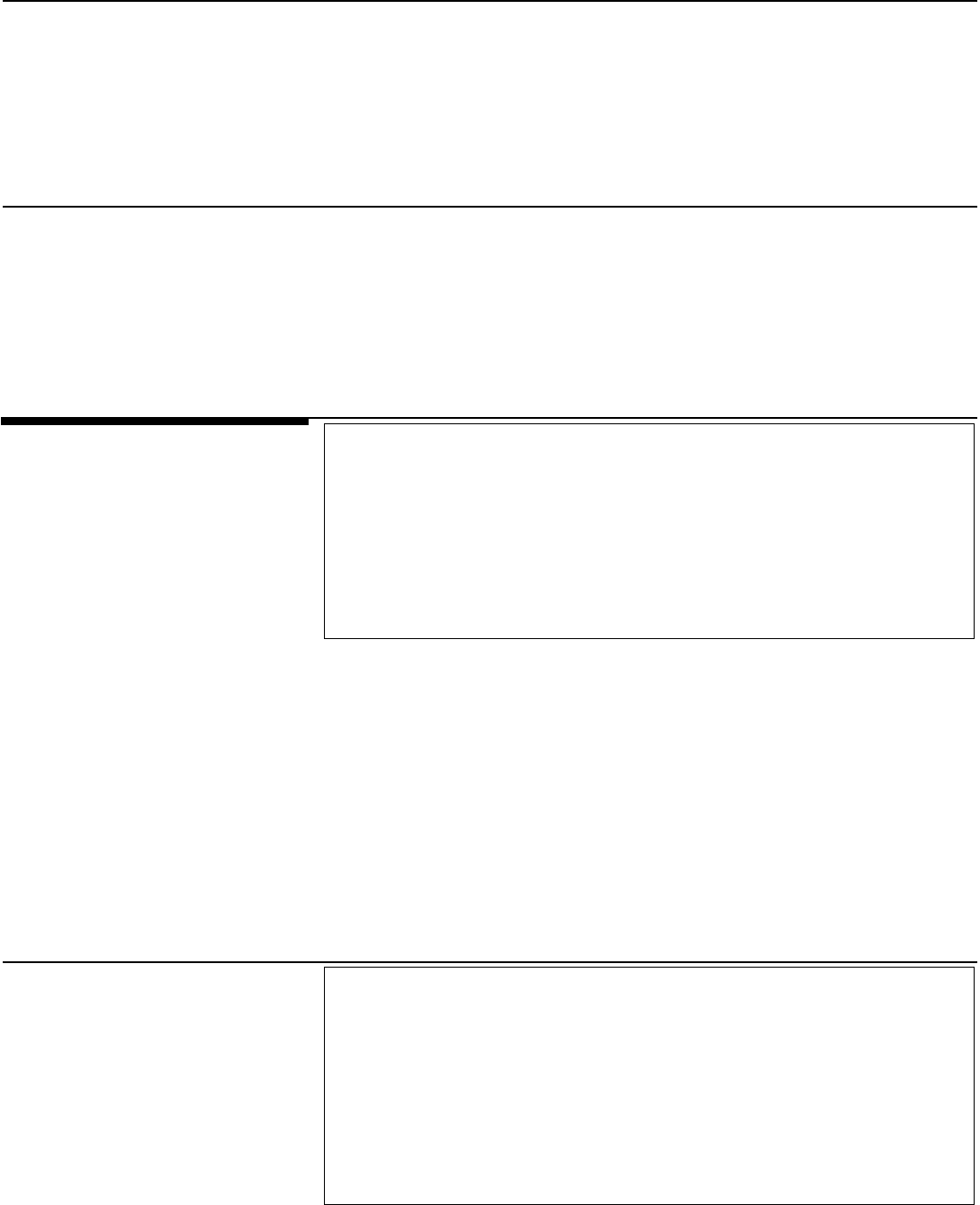
Chapter 5: Quality Control and Peer Review
Page 81 GAO-18-568G Government Auditing Standards
5.01 This chapter establishes the generally accepted government auditing
standards (GAGAS) requirements and guidance for quality control and
assurance, and for administering, planning, performing, and reporting on
peer reviews of audit organizations that conduct engagements in
accordance with GAGAS. The requirements of this chapter are intended
to be followed in conjunction with those of all other applicable GAGAS
requirements.
Requirement: Quality Control and Assurance
5.02 An audit organization conducting engagements in accordance
with GAGAS must establish and maintain a system of quality control
that is designed to provide the audit organization with reasonable
assurance that the organization and its personnel comply with
professional standards and applicable legal and regulatory
requirements.
Application Guidance: Quality Control and Assurance
5.03 An audit organization’s system of quality control encompasses the
organization’s leadership, emphasis on performing high-quality work, and
policies and procedures designed to provide reasonable assurance of
complying with professional standards and applicable legal and regulatory
requirements. The nature, extent, and formality of an audit organization’s
quality control system will vary based on the audit organization’s
circumstances, such as size, number of offices and geographic
dispersion, knowledge and experience of its personnel, nature and
complexity of its engagement work, and cost-benefit considerations.
Chapter 5: Quality Control and Peer Review
Quality Control and
Assurance
System of Quality Control
Requirement: System of Quality Control
5.04 An audit organization should document its quality control policies
and procedures and communicate those policies and procedures to its
personnel. The audit organization should document compliance with its
quality control policies and procedures and maintain such
documentation for a period of time sufficient to enable those
performing monitoring procedures and peer reviews to evaluate the
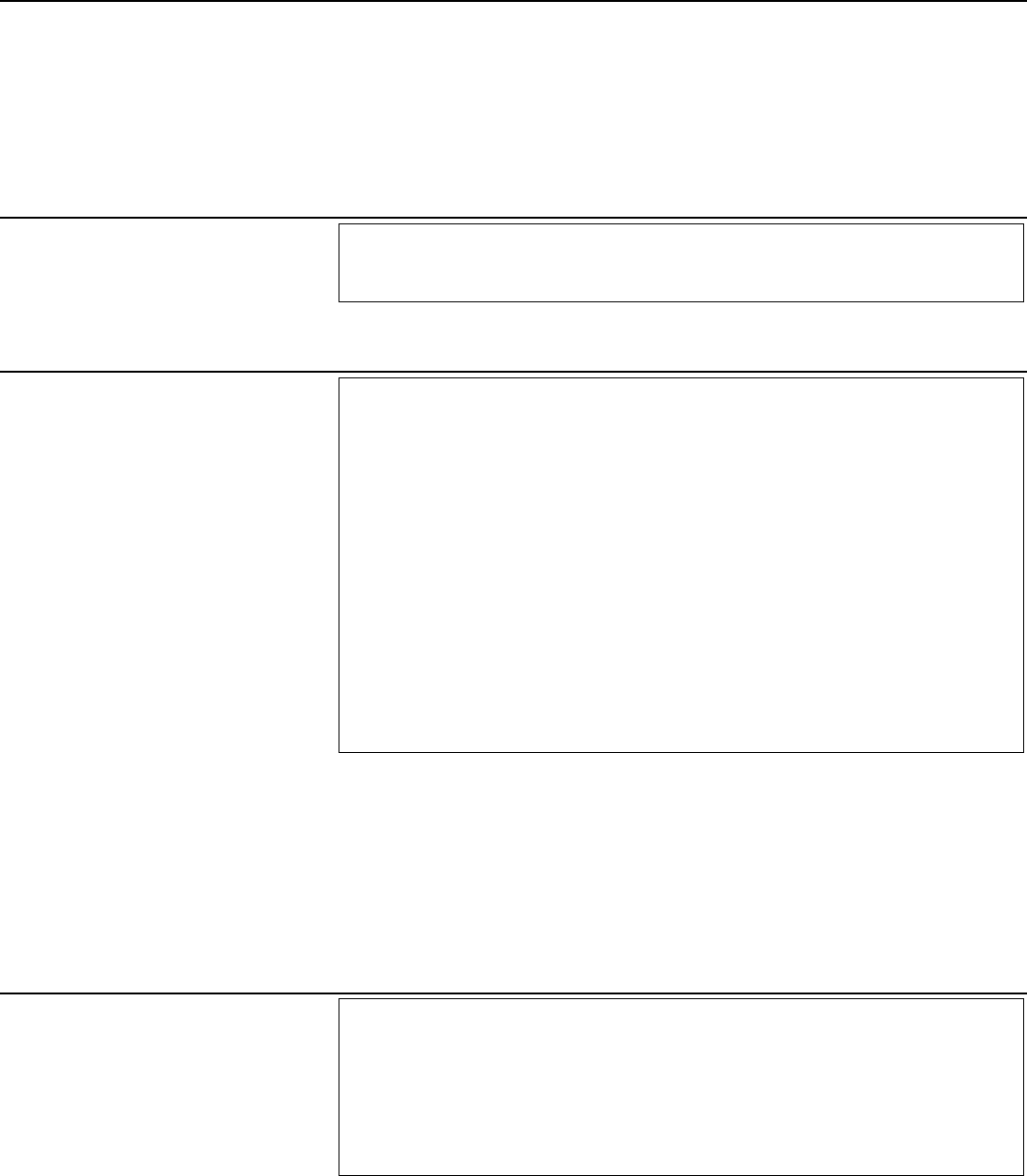
Chapter 5: Quality Control and Peer Review
Page 82 GAO-18-568G Government Auditing Standards
Requirements: Leadership Responsibilities for Quality within the
Audit Organization
5.05 The audit organization should establish policies and procedures
on leadership responsibilities for quality within the audit organization
that include designating responsibility for quality of engagements
conducted in accordance with GAGAS and communicating policies
and procedures relating to quality.
5.06 The audit organization should establish policies and procedures
designed to provide reasonable assurance that those assigned
operational responsibility for the audit organization’s system of quality
control have sufficient and appropriate experience and ability, and the
necessary authority, to assume that responsibility.
Application Guidance: Leadership Responsibilities for Quality within
the Audit Organization
5.07 Appropriate policies and communications encourage a culture that
recognizes that quality is essential in conducting GAGAS engagements
and that audit organization leadership is ultimately responsible for the
system of quality control.
extent to which the audit organization complies with its quality control
policies and procedures.
Leadership
Responsibilities for Quality
within the Audit
Organization
Independence, Legal, and
Ethical Requirements
Requirements: Independence, Legal, and Ethical Requirements
5.08 The audit organization should establish policies and procedures
on independence and legal and ethical requirements that are designed
to provide reasonable assurance that the organization and its
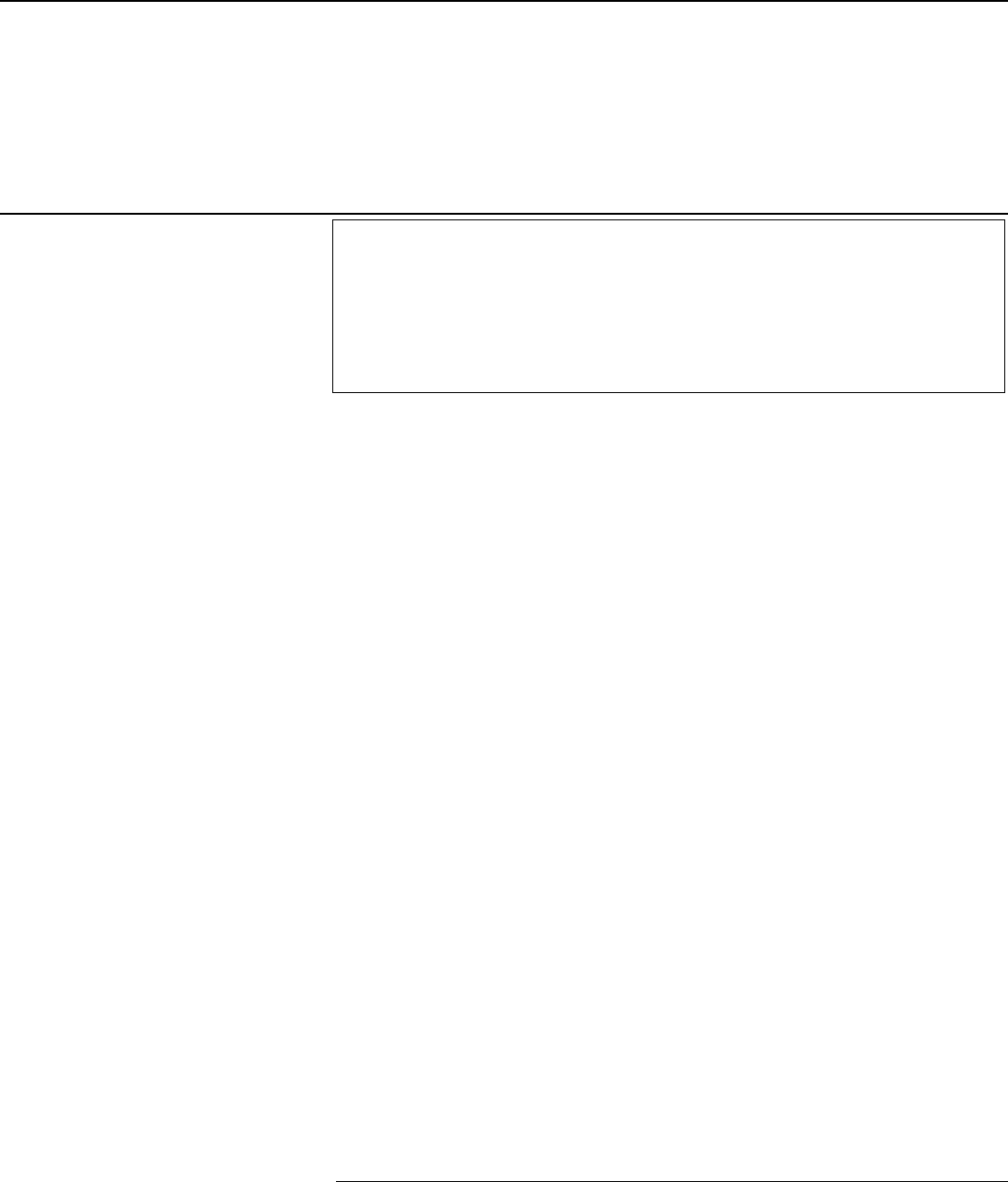
Chapter 5: Quality Control and Peer Review
Page 83 GAO-18-568G Government Auditing Standards
Application Guidance: Independence, Legal, and Ethical
Requirements
5.10 Policies and procedures pertaining to independence and legal and
ethical requirements assist the audit organization in
a. communicating its independence requirements to its personnel
and
b. identifying and evaluating circumstances and relationships that
create threats to independence and taking appropriate action to
eliminate those threats or reduce them to an acceptable level by
applying safeguards or, if considered appropriate, withdrawing
from the engagement where withdrawal is not prohibited by law or
regulation.
5.11 Written affirmation of compliance with its policies and procedures on
independence from all audit organization personnel required to be
independent may be in paper or electronic form. By obtaining affirmation
of retrospective compliance with the audit organization’s policies and
procedures on independence during a specified period and taking
appropriate action on information indicating noncompliance, or potential
noncompliance, the organization demonstrates the importance that it
attaches to independence and keeps the issue current for, and visible to,
its personnel. An audit organization may obtain affirmation of required
personnel’s compliance with policies and procedures on independence
more frequently than once per year. For example, affirmation may be
obtained on a per-engagement basis when such engagements last less
than 1 year.
35
See paras. 3.02 through 3.16 for a discussion of ethical principles and paras. 3.18
through 3.108 for independence requirements and guidance.
personnel maintain independence and comply with applicable legal
and ethical requirements.
35
5.09 At least annually, the audit organization should obtain written
affirmation of compliance with its policies and procedures on
independence from all of its personnel required to be independent.
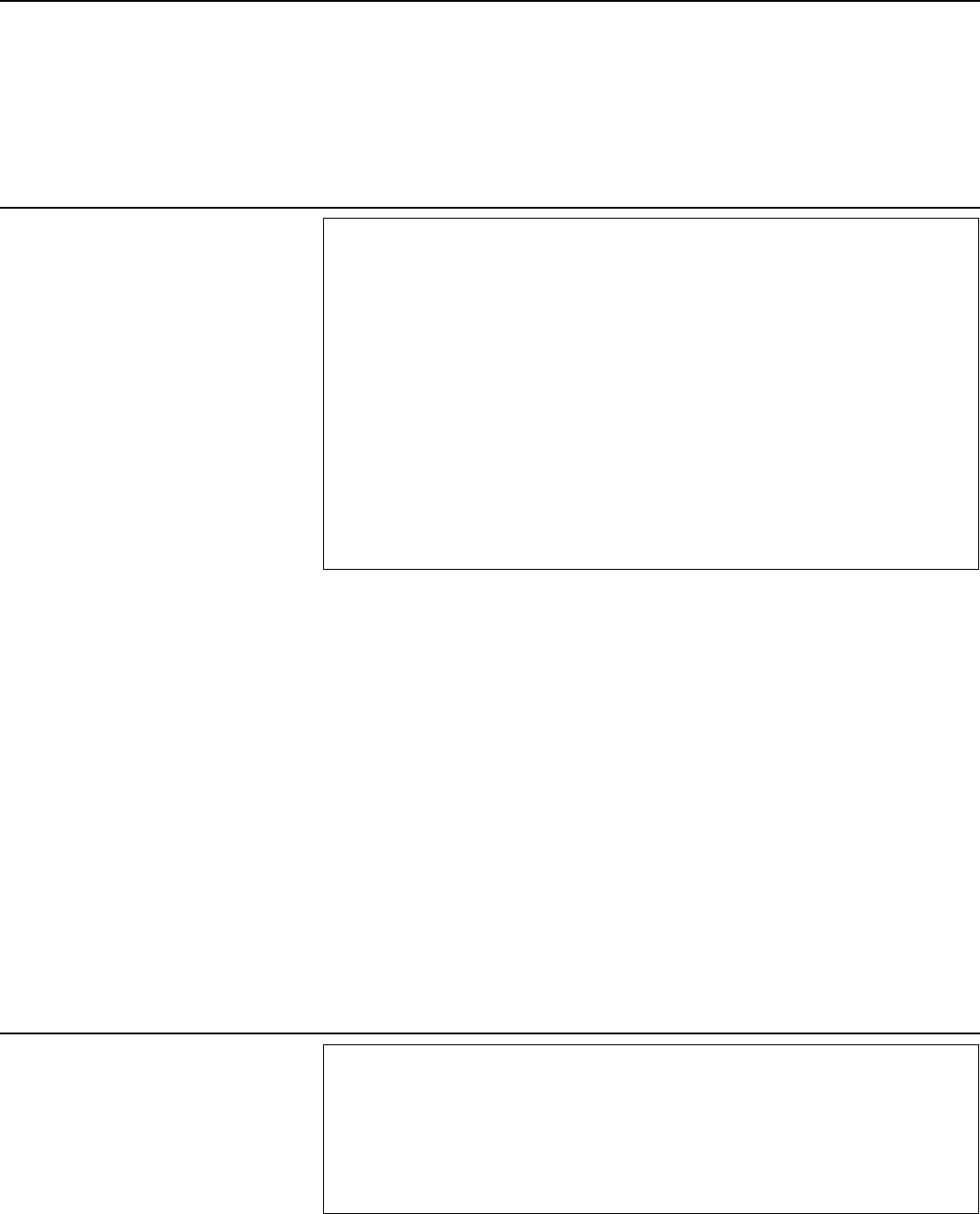
Chapter 5: Quality Control and Peer Review
Page 84 GAO-18-568G Government Auditing Standards
Application Guidance: Initiation, Acceptance, and Continuance of
Engagements
5.13 Government audit organizations initiate engagements as a result of
(1) legal mandates, (2) requests from legislative bodies or oversight
bodies, and (3) audit organization discretion. In the case of legal
mandates and requests, a government audit organization may be
required to conduct the engagement and may not be permitted to make
decisions about acceptance or continuance and may not be permitted to
resign or withdraw from the engagement.
5.14 Audit organizations may operate with limited resources. Audit
organizations may consider their workloads in determining whether they
have the resources to deliver the range of work to the desired level of
quality. To achieve this, audit organizations may develop systems to
prioritize their work in a way that takes into account the need to maintain
quality.
Initiation, Acceptance, and
Continuance of
Engagements
Requirement: Initiation, Acceptance, and Continuance of
Engagements
5.12 The audit organization should establish policies and procedures
for the initiation, acceptance, and continuance of engagements that are
designed to provide reasonable assurance that the organization will
undertake engagements only if it
a. complies with professional standards, applicable legal and
regulatory requirements, and ethical principles;
b. acts within its legal mandate or authority; and
c. has the capabilities, including time and resources, to do so.
Human Resources
Requirements: Human Resources
5.15 The audit organization should establish policies and procedures
for human resources that are designed to provide the organization with
reasonable assurance that it has personnel with the competence to
conduct GAGAS engagements in accordance with professional
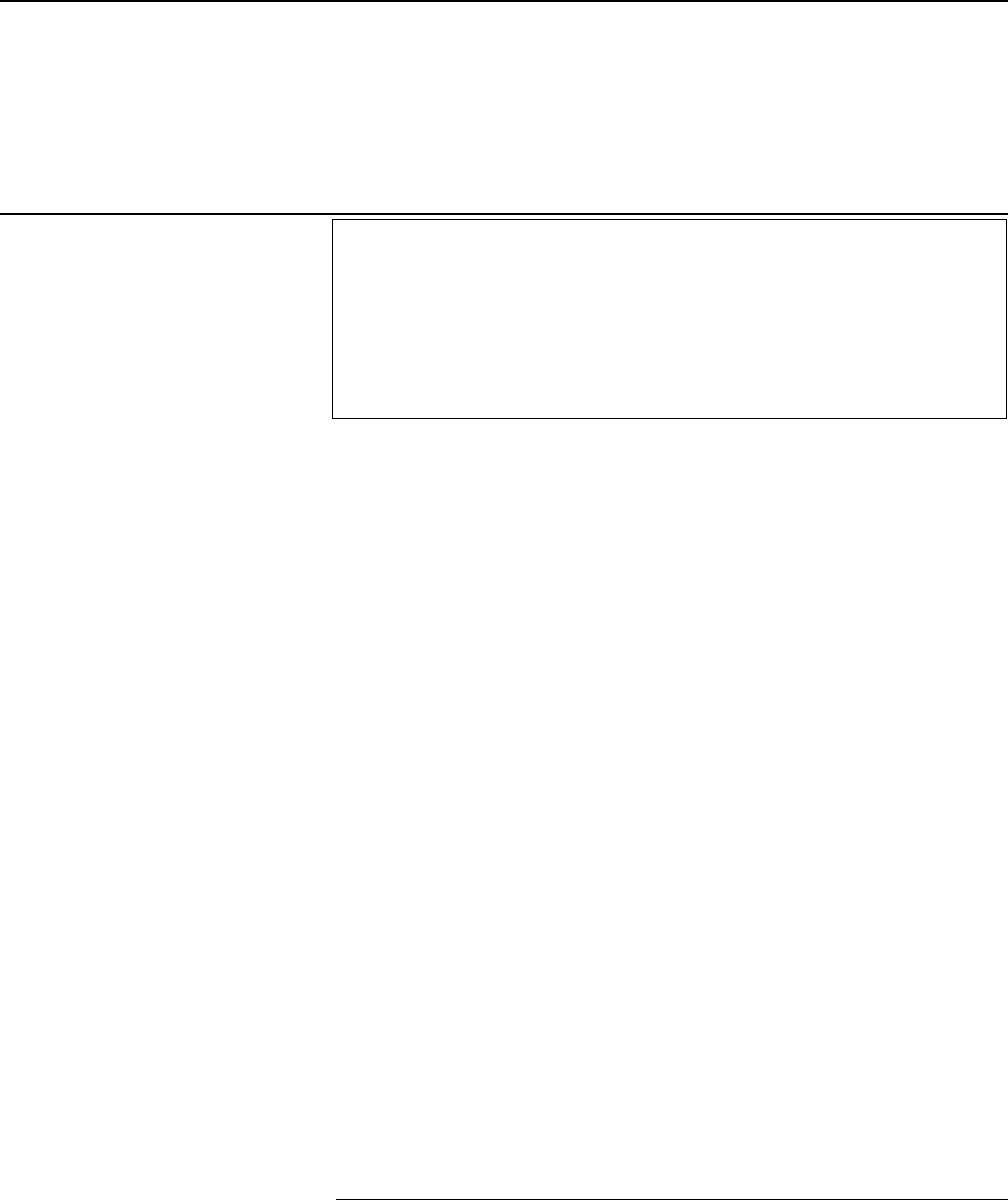
Chapter 5: Quality Control and Peer Review
Page 85 GAO-18-568G Government Auditing Standards
Application Guidance: Human Resources
5.17 Effective recruitment processes and procedures help the audit
organization select individuals of integrity who have the capacity to
develop the competence and capabilities necessary to perform the audit
organization’s work and possess the appropriate characteristics to enable
them to perform competently. Examples of such characteristics include
meeting minimum academic requirements established by the audit
organization and leadership traits.
5.18 The audit organization may use a suitably qualified external person
to conduct engagement work when internal resources, for example,
personnel with particular areas of technical expertise, are unavailable.
5.19 Effective performance evaluation, compensation, and advancement
procedures give due recognition and reward to developing and
maintaining competent personnel. Steps that an audit organization may
take in developing and maintaining competent personnel include the
following:
a. making personnel aware of the audit organization’s expectations
regarding performance and ethical principles;
b. providing personnel with an evaluation of, and counseling on,
performance, progress, and career development; and
c. helping personnel understand that compensation and
advancement to positions of greater responsibility depend on,
among other things, performance quality, and that failure to
36
Refer to paras. 4.02 through 4.15 for requirements and guidance on competence.
standards and applicable legal and regulatory requirements.
36
5.16 The audit organization should establish policies and procedures
to provide reasonable assurance that auditors who are performing
work in accordance with GAGAS meet the continuing professional
education (CPE) requirements, including maintaining documentation of
the CPE completed and any exemptions granted.
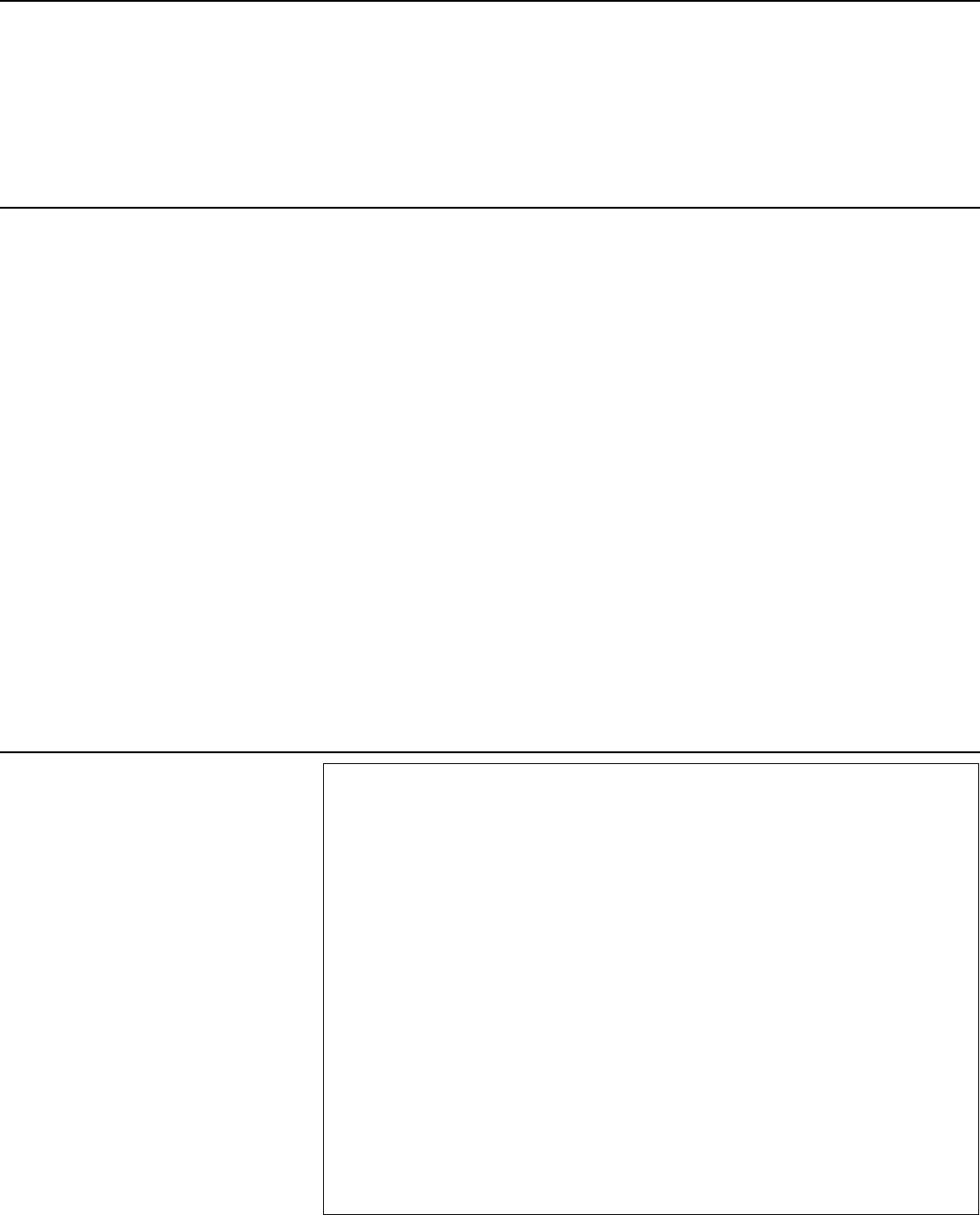
Chapter 5: Quality Control and Peer Review
Page 86 GAO-18-568G Government Auditing Standards
comply with the audit organization’s policies and procedures may
result in disciplinary action.
5.20 The size and circumstances of the audit organization are important
considerations in determining the structure of the audit organization’s
performance evaluation process. A smaller audit organization, in
particular, may employ less formal methods of evaluating the
performance of its personnel.
5.21 Objectives of the audit organization’s human resources policies and
procedures may include
a. promoting learning and training for all personnel to encourage
their professional development and to help ensure that personnel
are trained in current developments in the profession and
b. helping ensure that personnel and any parties contracted to carry
out work for the audit organization have an appropriate
understanding of the environment(s) in which the organization
operates and a good understanding of the work they are required
to carry out.
Engagement Performance
Requirements: General
5.22 The audit organization should establish policies and procedures
for engagement performance, documentation, and reporting that are
designed to provide the audit organization with reasonable assurance
that engagements are conducted and reports are issued in accordance
with professional standards and applicable legal and regulatory
requirements.
5.23 If auditors change the engagement objectives during the
engagement, they should document the revised engagement
objectives and the reasons for the changes.
5.24 The audit organization should establish policies and procedures
designed to provide it with reasonable assurance that
a. appropriate consultation takes place on difficult or contentious
issues that arise among engagement team members in the

Chapter 5: Quality Control and Peer Review
Page 87 GAO-18-568G Government Auditing Standards
Application Guidance: General
5.26 The audit organization’s policies and procedures may address
consistency in the quality of engagement performance. This is often
accomplished through written or electronic manuals, software tools or
other forms of standardized documentation, and industry-specific or
subject matter-specific guidance materials. Matters addressed may
include the following:
a. maintaining current policies and procedures;
b. briefing the engagement team to provide an understanding of the
engagement objectives and professional standards;
c. complying with applicable engagement standards;
d. planning the engagement, supervision, staff training, and
mentoring;
e. reviewing the work performed, the significant judgments made,
and the type of report being issued;
f. documenting the work performed and the timing and extent of
review;
g. reviewing the independence and qualifications of any specialists
and the scope and quality of their work;
course of conducting a GAGAS engagement;
b. both the individual seeking consultation and the individual
consulted document and agree upon the nature and scope of
such consultations; and
c. the conclusions resulting from consultations are documented,
understood by both the individual seeking consultation and the
individual consulted, and implemented.
5.25 If an engagement is terminated before it is completed and an
audit report is not issued, auditors should document the results of the
work to the date of termination and why the engagement was
terminated.

Chapter 5: Quality Control and Peer Review
Page 88 GAO-18-568G Government Auditing Standards
h. resolving difficult or contentious issues or disagreements among
team members, including specialists;
i. obtaining and addressing comments from the audited entity on
draft reports; and
j. reporting findings and conclusions supported by the evidence
obtained and in accordance with professional standards and
applicable legal and regulatory requirements.
5.27 The form and content of the documentation of the audit
organization’s policies and procedures, as well as documentation of its
compliance with those policies and procedures, are matters of
professional judgment and will vary based on the organization’s
circumstances.
5.28 Documentation of policies and procedures, as well as compliance
with those policies and procedures, may be either electronic or manual.
For example, large audit organizations may use electronic databases to
document matters such as independence confirmations, performance
evaluations, and the results of monitoring. Smaller audit organizations
may use more informal methods in the documentation of their systems of
quality control, such as manual notes, checklists, and forms.
5.29 Consultation includes discussion at the appropriate professional
level with individuals within or outside the audit organization who have
relevant specialized expertise.
5.30 Consultation uses appropriate research resources, as well as the
collective experience and technical expertise of the audit organization.
Consultation helps promote quality and improves the application of
professional judgment. Appropriate recognition of consultation in the audit
organization’s policies and procedures helps promote a culture in which
consultation is recognized as a strength and personnel are encouraged to
consult on difficult or contentious issues.
5.31 Effective consultation on significant technical, ethical, and other
matters within the audit organization or, when applicable, outside the
audit organization can be achieved when
a. those consulted are given all the relevant facts that will enable
them to provide informed advice;

Chapter 5: Quality Control and Peer Review
Page 89 GAO-18-568G Government Auditing Standards
b. those consulted have appropriate knowledge, authority, and
experience; and
c. conclusions resulting from consultations are appropriately
documented and implemented.
5.32 Documentation of consultations with other professionals that involve
difficult or contentious matters contributes to an understanding of
a. the issue on which consultation was sought and
b. the results of the consultation, including any decisions made, the
basis for those decisions, and how they were implemented.
5.33 An audit organization needing to obtain specialized or technical
expertise from external providers may take advantage of services
provided by
a. other audit organizations,
b. professional and regulatory bodies, and
c. commercial organizations that provide relevant quality control
services.
5.34 Before contracting for services, consideration of the competence and
capabilities of the external provider helps the audit organization determine
whether the external provider is suitably qualified for that purpose.
5.35 Determining whether and how to communicate the reason for
terminating an engagement or changing the engagement objectives to
those charged with governance, appropriate officials of the audited entity,
the entity contracting for or requesting the engagement, and other
appropriate officials will depend on the facts and circumstances and
therefore is a matter of professional judgment.
Requirements: Supervision
5.36 The audit organization should establish policies and procedures
that require engagement team members with appropriate levels of skill
and proficiency in auditing to supervise engagements and review work

Chapter 5: Quality Control and Peer Review
Page 90 GAO-18-568G Government Auditing Standards
Application Guidance: Supervision
5.38 Appropriate teamwork and training help less experienced members
of the engagement team to clearly understand the objectives of the
assigned work.
5.39 Engagement supervision includes the following:
a. tracking the progress of the engagement;
b. considering the competence of individual members of the
engagement team, whether they understand their instructions, and
whether the work is being carried out in accordance with the
planned approach to the engagement;
c. addressing significant findings and issues arising during the
engagement, considering their significance, and modifying the
planned approach appropriately; and
d. identifying matters for consultation or consideration by
engagement team members with appropriate levels of skill and
proficiency in auditing, specialists, or both during the engagement.
5.40 A review of the work performed includes consideration of whether
a. the work has been performed in accordance with professional
standards and applicable legal and regulatory requirements;
performed by other engagement team members.
5.37 The audit organization should assign responsibility for each
engagement to an engagement partner or director with authority
designated by the audit organization to assume that responsibility and
should establish policies and procedures requiring the organization to
a. communicate the identity and role of the engagement partner or
director to management and those charged with governance of
the audited entity and
b. clearly define the responsibilities of the engagement partner or
director and communicate them to that individual.
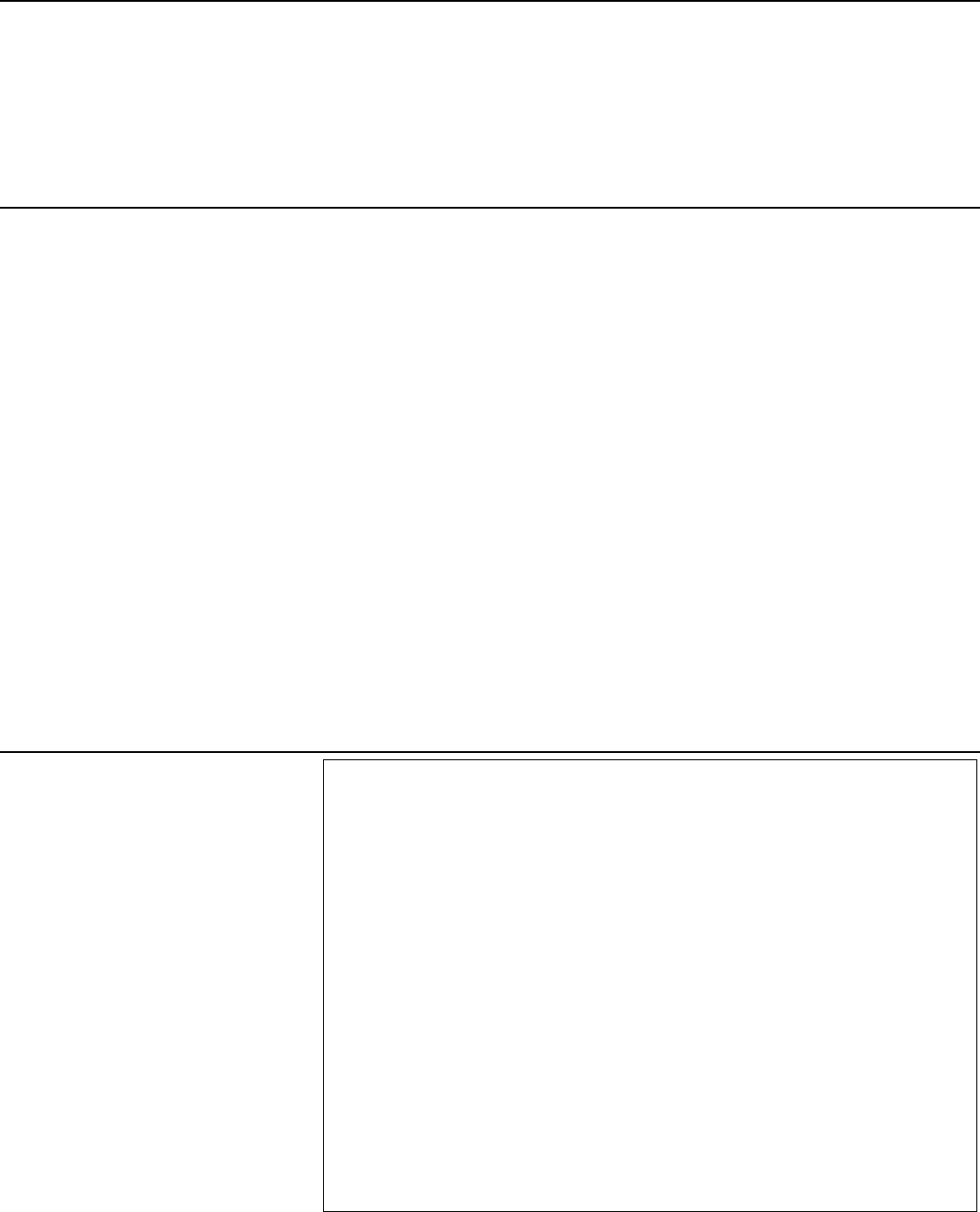
Chapter 5: Quality Control and Peer Review
Page 91 GAO-18-568G Government Auditing Standards
b. significant findings and issues have been raised for further
consideration;
c. appropriate consultations have taken place and the resulting
conclusions have been documented and implemented;
d. the nature, timing, and extent of the work performed is appropriate
and without need for revision;
e. the work performed supports the conclusions reached and is
appropriately documented;
f. the evidence obtained is sufficient and appropriate to support the
report; and
g. the objectives of the engagement procedures have been
achieved.
5.41 In the case of a sole proprietor, the requirement for a second auditor
to review work performed and related documentation may be achieved
through alternative procedures.
Monitoring of Quality
Requirements: Monitoring of Quality
5.42 The audit organization should establish policies and procedures
for monitoring its system of quality control.
5.43 The audit organization should perform monitoring procedures that
enable it to assess compliance with professional standards and quality
control policies and procedures for GAGAS engagements. Individuals
performing monitoring should have sufficient expertise and authority
within the audit organization.
5.44 The audit organization should analyze and summarize the results
of its monitoring process at least annually, with identification of any
systemic or repetitive issues needing improvement, along with
recommendations for corrective action. The audit organization should
communicate to the relevant engagement partner or director, and other
appropriate personnel, any deficiencies noted during the monitoring
process and recommend appropriate remedial action. This
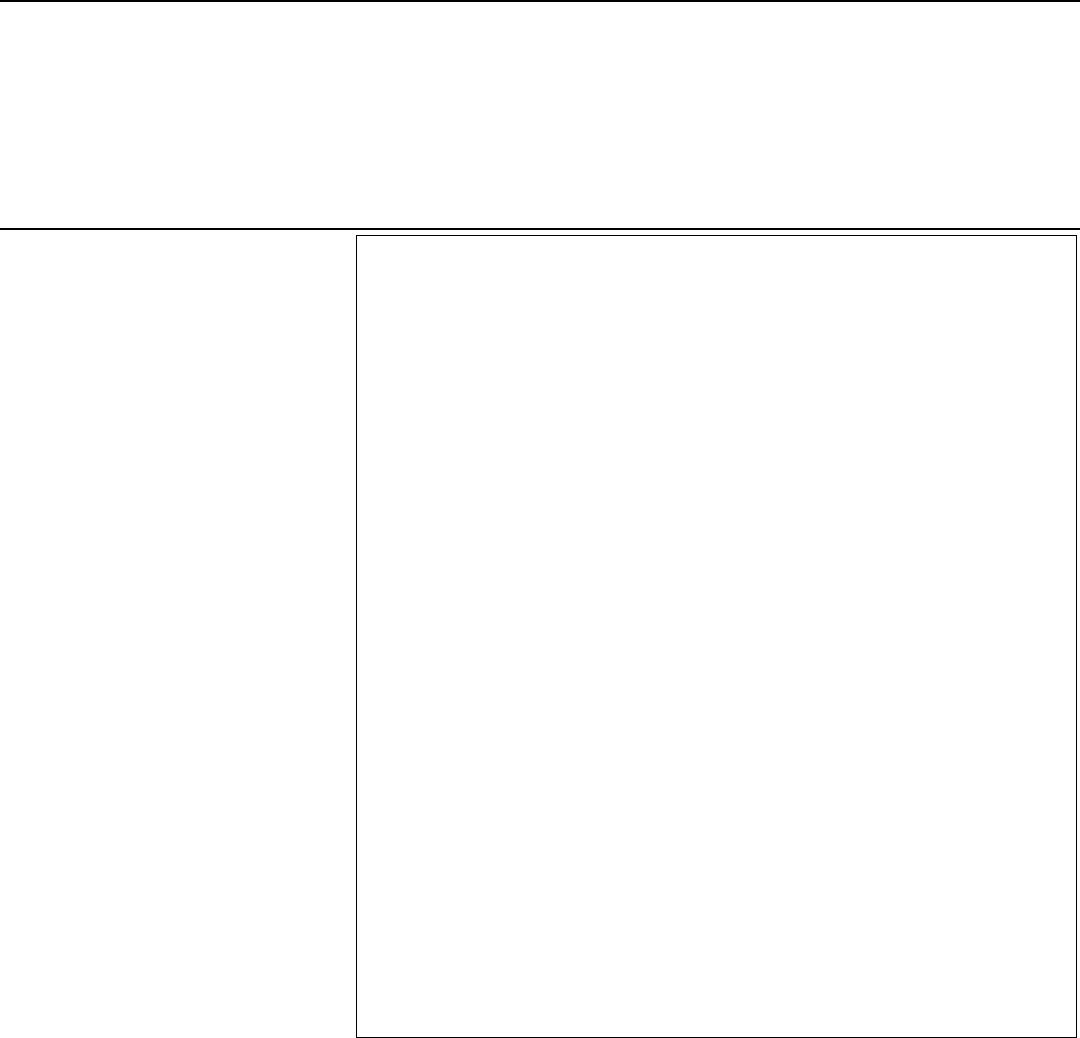
Chapter 5: Quality Control and Peer Review
Page 92 GAO-18-568G Government Auditing Standards
Application Guidance: Monitoring of Quality
5.47 Monitoring of quality is a process comprising an ongoing
consideration and evaluation of the audit organization’s system of quality
control, including inspection of engagement documentation and reports
for a selection of completed engagements. The purpose of monitoring is
to provide management of the audit organization with reasonable
assurance that (1) the policies and procedures related to the system of
quality control are suitably designed and operating effectively in practice
and (2) auditors have followed professional standards and applicable
legal and regulatory requirements.
communication should be sufficient to enable the audit organization
and appropriate personnel to take prompt corrective action related to
deficiencies, when necessary, in accordance with their defined roles
and responsibilities. Information communicated should include the
following:
a. a description of the monitoring procedures performed;
b. the conclusions reached from the monitoring procedures; and
c. when relevant, a description of systemic, repetitive, or other
deficiencies and of the actions taken to resolve those
deficiencies.
5.45 The audit organization should evaluate the effects of deficiencies
noted during monitoring of the audit organization’s system of quality
control to determine and implement appropriate actions to address the
deficiencies. This evaluation should include assessments to determine
if the deficiencies noted indicate that the audit organization’s system of
quality control is insufficient to provide it with reasonable assurance
that it complies with professional standards and applicable legal and
regulatory requirements, and that accordingly the reports that the audit
organization issues are not appropriate in the circumstances.
5.46 The audit organization should establish policies and procedures
that require retention of engagement documentation for a period of
time sufficient to permit those performing monitoring procedures and
peer review of the organization to evaluate its compliance with its
system of quality control or for a longer period if required by law or
regulation.

Chapter 5: Quality Control and Peer Review
Page 93 GAO-18-568G Government Auditing Standards
5.48 Monitoring is most effective when performed by persons who do not
have responsibility for the specific activity being monitored.
5.49 Monitoring procedures will vary based on the audit organization’s
facts and circumstances.
5.50 Ongoing consideration and evaluation of the audit organization’s
system of quality control may identify circumstances that necessitate
changes to, or improve compliance with, the audit organization’s policies
and procedures to provide the audit organization with reasonable
assurance that its system of quality control is effective.
5.51 Ongoing consideration and evaluation of the audit organization’s
system of quality control may include matters such as the following:
a. review of selected administrative and human resource records
pertaining to the quality control elements;
b. review of engagement documentation and reports;
c. discussions with the audit organization’s personnel;
d. determination of corrective actions to be taken and improvements
to be made in the system, including providing feedback on the
audit organization’s policies and procedures relating to education
and training;
e. communication to appropriate audit organization personnel of
weaknesses identified in the system, in the level of understanding
of the system, or compliance with the system; and
f. follow-up by appropriate audit organization personnel so that
necessary modifications are promptly made to the quality control
policies and procedures.
5.52 Monitoring procedures may also include an assessment of the
following:
a. the appropriateness of the audit organization’s guidance materials
and any practice aids;

Chapter 5: Quality Control and Peer Review
Page 94 GAO-18-568G Government Auditing Standards
b. new developments in professional standards and applicable legal
and regulatory requirements and how they are reflected in the
audit organization’s policies and procedures, when appropriate;
c. written affirmation of compliance with policies and procedures on
independence;
d. the effectiveness of staff training;
e. decisions related to acceptance and continuance of relationships
with audited entities and specific engagements; and
f. audit organization personnel’s understanding of the organization’s
quality control policies and procedures and implementation
thereof.
5.53 Reviews of the work by engagement team members prior to the date
of the report are not monitoring procedures.
5.54 The extent of inspection procedures depends, in part, on the
existence and effectiveness of the other monitoring procedures.
Inspection is a retrospective evaluation of the adequacy of the audit
organization’s quality control policies and procedures, its personnel’s
understanding of those policies and procedures, and the extent of the
audit organization’s compliance with them. The nature of inspection
procedures varies based on the audit organization’s quality control
policies and procedures and the effectiveness and results of other
monitoring procedures.
5.55 The inspection of a selection of completed engagements may be
performed on a cyclical basis. The manner in which the inspection cycle
is organized, including the timing of selection of individual engagements,
depends on many factors, such as the following:
a. the size of the audit organization;
b. the number and geographical location of offices;
c. the results of previous monitoring procedures;
d. the degree of authority of both personnel and office (for example,
whether individual offices are authorized to conduct their own
inspections or whether only the head office may conduct them);

Chapter 5: Quality Control and Peer Review
Page 95 GAO-18-568G Government Auditing Standards
e. the nature and complexity of the audit organization’s practice and
structure; and
f. the risks associated with entities audited by the audit organization
and specific engagements.
5.56 The inspection process involves the selection of individual
engagements, some of which may be selected without prior notification to
the engagement team. In determining the scope of the inspections, the
audit organization may take into account the scope or conclusions of a
peer review or regulatory inspections.
5.57 Reporting of identified deficiencies to individuals other than the
relevant engagement partner or director need not include identifying the
specific engagements concerned, unless such identification is necessary
for individuals other than the engagement partner or director to properly
discharge their responsibilities.
5.58 Whether engagement documentation is in paper, electronic, or other
form, the integrity, accessibility, and retrievability of the underlying
information could be compromised if the documentation is altered, added
to, or deleted without the auditors’ knowledge or if the documentation is
lost or damaged.
5.59 Appropriate documentation relating to monitoring may include, for
example, the following:
a. monitoring procedures, including the procedure for selecting
completed engagements to be inspected;
b. a record of the evaluation of the following:
(1) adherence to professional standards and applicable legal
and regulatory requirements,
(2) whether the system of quality control has been
appropriately designed and is effectively implemented and
operating, and
(3) whether the audit organization’s quality control policies and
procedures have been appropriately applied so that the
reports that are issued by the audit organization are
appropriate in the circumstances; and
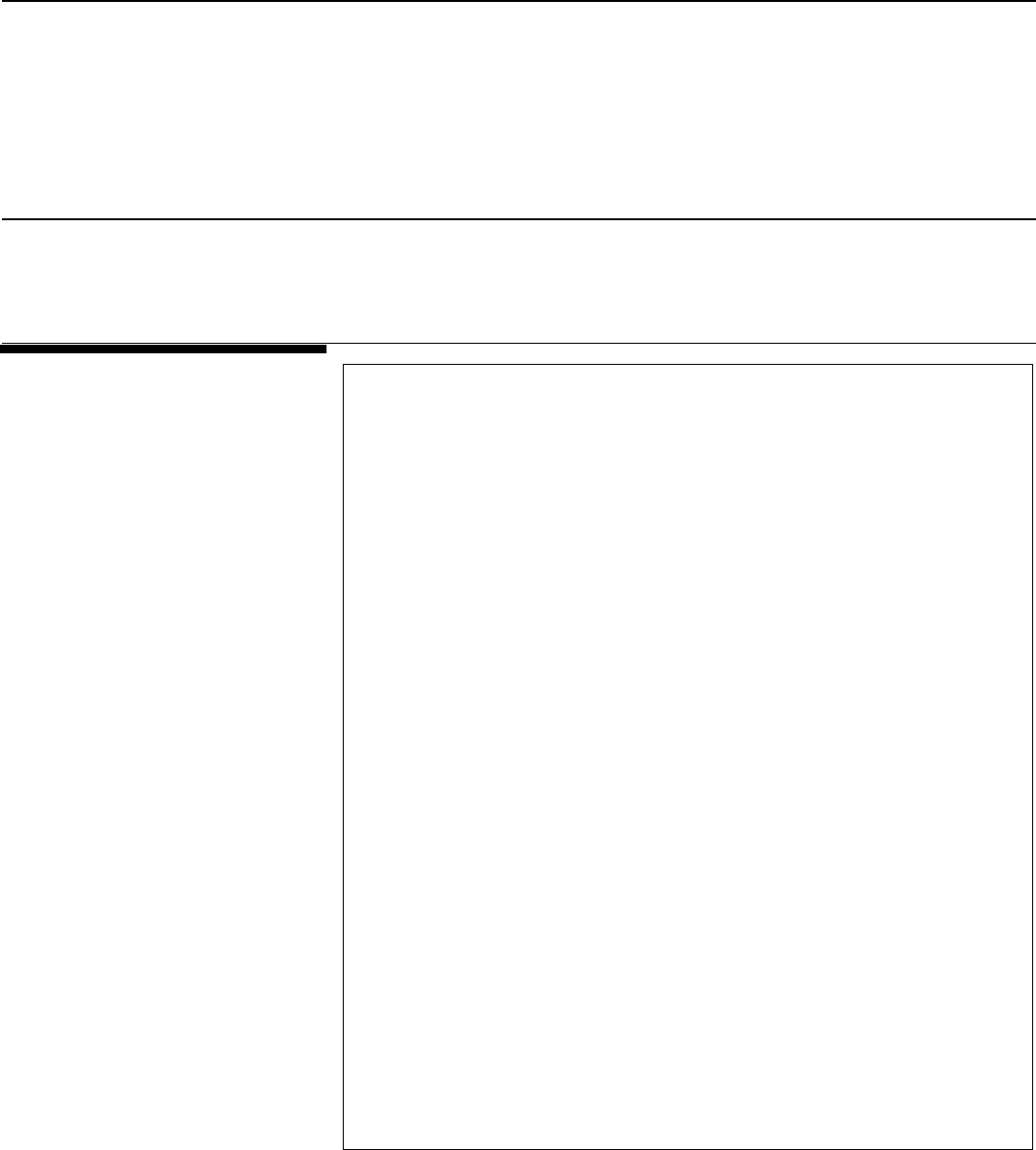
Chapter 5: Quality Control and Peer Review
Page 96 GAO-18-568G Government Auditing Standards
c. identification of the deficiencies noted, an evaluation of their
effect, and the basis for determining whether and what further
action is necessary.
Application Guidance: General
5.63 Each audit organization has discretion in selecting and accepting its
peer review teams. Auditors in governments or jurisdictions without
access to established peer review programs may engage other auditors,
External Peer Review
Requirements: General
5.60 Each audit organization conducting engagements in accordance
with GAGAS must obtain an external peer review conducted by
reviewers independent of the audit organization being reviewed. The
peer review should be sufficient in scope to provide a reasonable basis
for determining whether, for the period under review, (1) the reviewed
audit organization’s system of quality control was suitably designed
and (2) the organization is complying with its quality control system so
that it has reasonable assurance that it is performing and reporting in
conformity with professional standards and applicable legal and
regulatory requirements in all material respects.
5.61 Audit organizations affiliated with one of the following recognized
organizations should comply with the respective organization’s peer
review requirements and the requirements listed throughout
paragraphs 5.66 through 5.80.
a. American Institute of Certified Public Accountants
b. Council of the Inspectors General on Integrity and Efficiency
c. Association of Local Government Auditors
d. International Organization of Supreme Audit Institutions
e. National State Auditors Association
5.62 Any audit organization not affiliated with an organization listed in
paragraph 5.61 should meet the minimum GAGAS peer review
requirements throughout paragraphs 5.66 through 5.94.
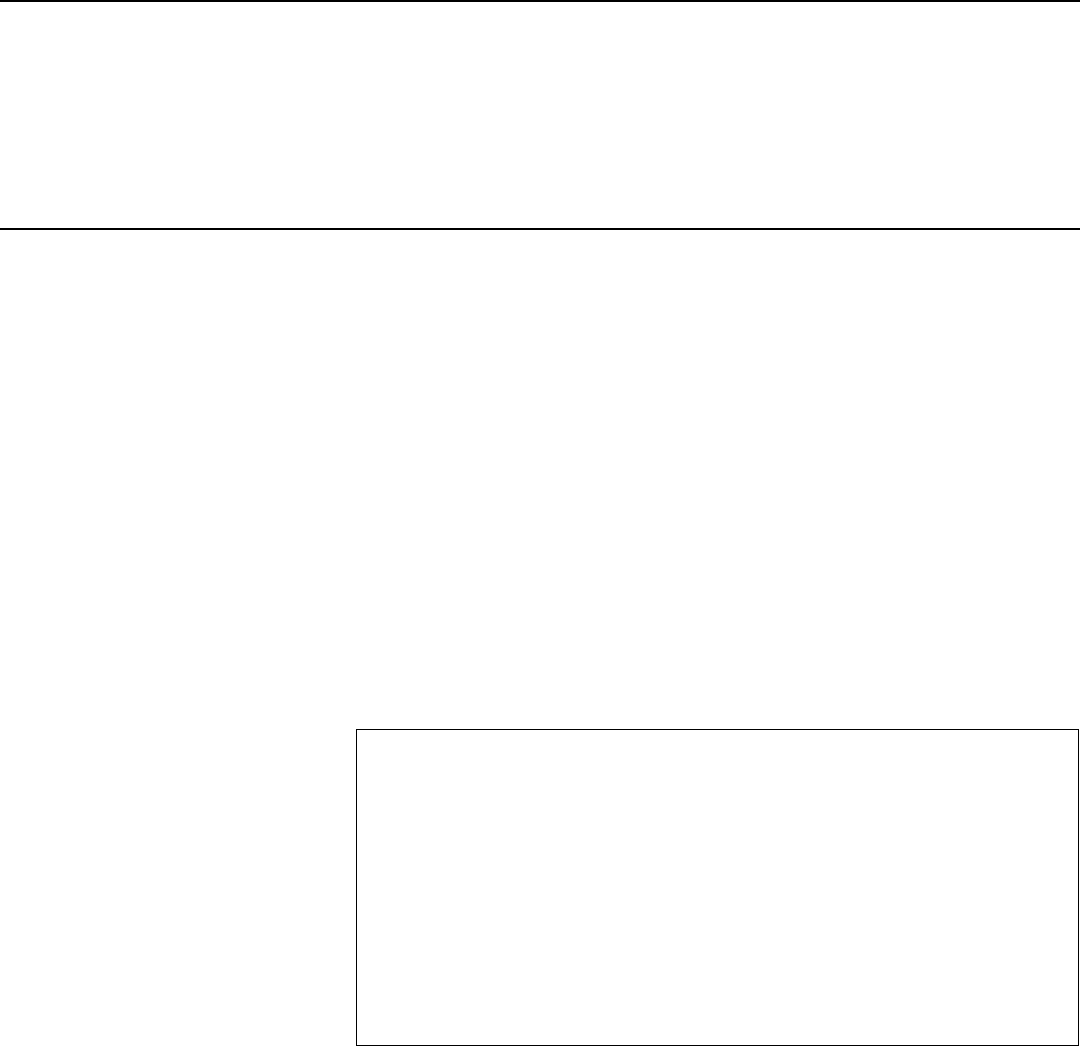
Chapter 5: Quality Control and Peer Review
Page 97 GAO-18-568G Government Auditing Standards
including public accounting firms, to conduct their peer reviews. If access
to an established peer review program is not available, auditors may
organize regional programs with other auditors.
5.64 In cases of unusual difficulty or hardship, extensions of the deadlines
for submitting peer review reports exceeding 3 months beyond the due
date may be granted by the entity that administers the peer review
program with the concurrence of GAO.
5.65 Some audit organizations may be subject to or required to follow a
peer review program of a recognized organization. Other audit
organizations may follow a specific peer review program voluntarily. In
instances where the audit organization follows a recognized
organization’s peer review program voluntarily, the use of such a peer
review program means compliance with the recognized organization’s
entire peer review process, including, where applicable, standards for
administering, performing, and reporting on peer reviews, oversight
procedures, training, and related guidance materials.
Application Guidance: Assessment of Peer Review Risk
5.68 Peer review risk is the risk that the review team
a. fails to identify significant weaknesses in the reviewed audit
organization’s system of quality control for its auditing practice, its
lack of compliance with that system, or a combination thereof;
b. issues an inappropriate opinion on the reviewed audit
organization’s system of quality control for its auditing practice, its
compliance with that system, or a combination thereof; or
Requirements: Assessment of Peer Review Risk
5.66 The peer review team should perform an assessment of peer
review risk to help determine the number and types of engagements to
select for review.
5.67 Based on the risk assessment, the peer review team should
select engagements that provide a reasonable cross section of all
types of work subject to the reviewed audit organization’s quality
control system, including one or more engagements conducted in
accordance with GAGAS.

Chapter 5: Quality Control and Peer Review
Page 98 GAO-18-568G Government Auditing Standards
c. makes an inappropriate decision about the matters to be included
in, or excluded from, the peer review report.
5.69 A selection approach that provides a cross section of all types of
work is generally applicable to audit organizations that conduct a small
number of GAGAS engagements in relation to other types of
engagements. In these cases, one or more GAGAS engagements may
represent more than what would be selected when looking at a cross
section of the audit organization’s work as a whole. Some audit
organizations conduct audit and attestation work in a number of functional
areas. For example, an organization may conduct financial audits,
attestation engagements, reviews of financial statements, and
performance audits. The peer review team may consider reviewing a
sample of engagements from each of the major functional areas included
within the scope of the review.
5.70 A peer review is designed to test significant risk areas where it is
possible that engagements are not being conducted, reported on, or both
in conformity with professional standards and applicable legal and
regulatory requirements in all material respects. A peer review is not
designed to test every engagement, compliance with every professional
standard, or every detailed component of the audit organization’s system
of quality control.
5.71 Examples of the factors that may be considered when performing an
assessment of risk for selecting engagements for peer review include
a. scope of the engagements, including size of the audited entity or
engagements covering multiple locations;
b. functional area or type of government program;
c. types of engagements conducted, including the extent of nonaudit
services provided to audited entities;
d. personnel (including use of new personnel or personnel not
routinely assigned the types of engagements conducted);
e. initial engagements;
f. familiarity resulting from a long-standing relationship with the
audited entity;

Chapter 5: Quality Control and Peer Review
Page 99 GAO-18-568G Government Auditing Standards
g. political sensitivity of the engagements;
h. budget constraints faced by the audit organization that could
negatively affect engagement quality;
i. results of the peer review team’s review of the design of system of
quality control;
j. results of the audit organization’s monitoring process; and
k. overall risk tolerance within the audit organization that could
negatively affect engagement quality.
Requirements: Peer Review Report Ratings
5.72 The peer review team should use professional judgment in
deciding on the type of peer review rating to issue; the ratings are as
follows:
a. Peer review rating of pass: A conclusion that the audit
organization’s system of quality control has been suitably
designed and complied with to provide the audit organization
with reasonable assurance of performing and reporting in
conformity with professional standards and applicable legal and
regulatory requirements in all material respects.
b. Peer review rating of pass with deficiencies: A conclusion that
the audit organization’s system of quality control has been
suitably designed and complied with to provide the audit
organization with reasonable assurance of performing and
reporting in conformity with professional standards and
applicable legal and regulatory requirements in all material
respects with the exception of a certain deficiency or
deficiencies described in the report.
c. Peer review rating of fail: A conclusion, based on the significant
deficiencies described in the report, that the audit organization’s
system of quality control is not suitably designed to provide the
audit organization with reasonable assurance of performing and
reporting in conformity with professional standards and
applicable legal and regulatory requirements in all material
respects, or that the audit organization has not complied with its

Chapter 5: Quality Control and Peer Review
Page 100 GAO-18-568G Government Auditing Standards
system of quality control to provide the audit organization with
reasonable assurance of performing and reporting in conformity
with professional standards and applicable legal and regulatory
requirements in all material respects.
5.73 The peer review team should determine the type of peer review
rating to issue based on the observed matters’ importance to the audit
organization’s system of quality control as a whole and the nature,
causes, patterns, and pervasiveness of those matters. The matters
should be assessed both alone and in aggregate.
5.74 The peer review team should aggregate and systematically
evaluate any observed matters (circumstances that warrant further
consideration by the peer review team) and document its evaluation.
37
The peer review team should perform its evaluation and issue report
ratings as follows:
a. If the peer review team’s evaluation of observed matters does
not identify any findings (more than a remote possibility that the
reviewed audit organization would not perform, report, or both in
conformity with professional standards and applicable legal and
regulatory requirements), or identifies findings that are not
considered to be deficiencies, the peer review team issues a
pass rating.
b. If the peer review team’s evaluation of findings identified
deficiencies but did not identify any significant deficiencies, the
peer review team issues a pass with deficiencies rating and
communicates the deficiencies in its report.
c. If the peer review team’s evaluation of deficiencies identified
significant deficiencies, the peer review team issues a fail rating
and communicates the deficiencies and significant deficiencies
in its report.
37
See fig. 3 for a flowchart on developing peer review communications for observed
matters in accordance with GAGAS.

Chapter 5: Quality Control and Peer Review
Page 101 GAO-18-568G Government Auditing Standards
Application Guidance: Peer Review Report Ratings
5.75 Deficiencies are findings that because of their nature, causes,
pattern, or pervasiveness, including their relative importance to the audit
organization’s system of quality control taken as a whole, could create a
situation in which the audit organization would not have reasonable
assurance of performing, reporting, or both in conformity with professional
standards and applicable legal and regulatory requirements in one or
more important respects.
5.76 Significant deficiencies are one or more deficiencies that the peer
review team concludes result from a condition in the audit organization’s
system of quality control or compliance with that system such that the
system taken as a whole does not provide reasonable assurance of
performing, reporting, or both in conformity with professional standards
and applicable legal and regulatory requirements.
Requirements: Availability of the Peer Review Report to the
Public
5.77 An external audit organization should make its most recent peer
review report publicly available. If a separate communication detailing
findings, conclusions, and recommendations is issued, the external
audit organization is not required to make that communication publicly
available. An internal audit organization that reports internally to
management and those charged with governance should provide a
copy of its peer review report to those charged with governance.
5.78 An external audit organization should satisfy the publication
requirement for its peer review report by posting the report on a
publicly available website or to a publicly available file. Alternatively, if
neither of these options is available, then the audit organization
should use the same mechanism it uses to make other reports or
documents public.
5.79 Because information in peer review reports may be relevant to
decisions on procuring audit services, an audit organization seeking to
enter into a contract to conduct an engagement in accordance with
GAGAS should provide the following to the party contracting for such
services when requested:
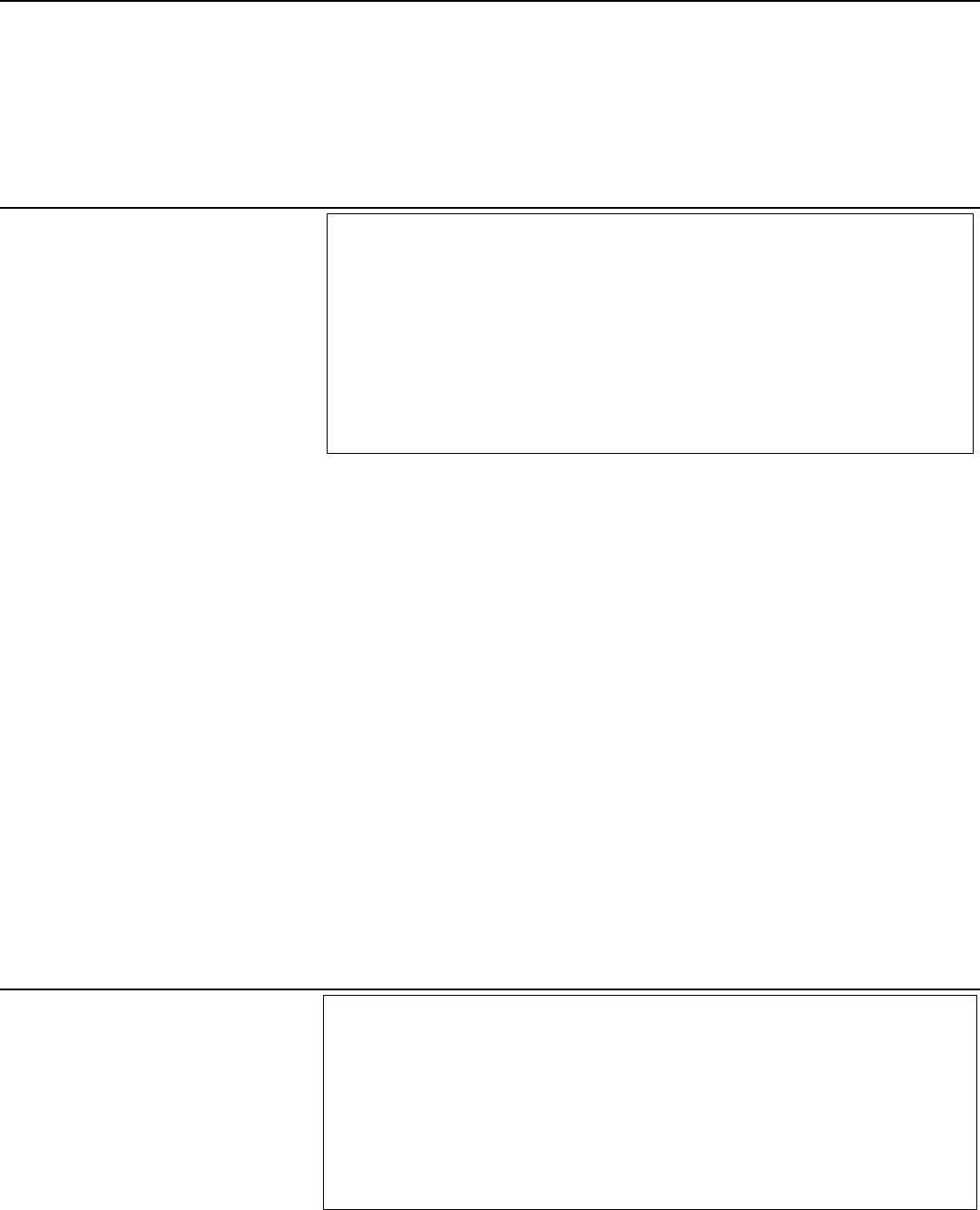
Chapter 5: Quality Control and Peer Review
Page 102 GAO-18-568G Government Auditing Standards
a. the audit organization’s most recent peer review report and
b. any subsequent peer review reports received during the period
of the contract.
5.80 Auditors who are using another audit organization’s work should
request a copy of that organization’s most recent peer review report,
and the organization should provide this document when it is
requested.
Application Guidance: Availability of the Peer Review Report to the
Public
5.81 To help the public understand the peer review reports, an audit
organization may include a description of the peer review process and
how it applies to its organization. Examples of additional information that
audit organizations may include to help users understand the meaning of
the peer review report follow:
a. Explanation of the peer review process.
b. Description of the audit organization’s system of quality control.
c. Explanation of the relationship of the peer review results to the
audited organization’s work.
d. If a peer review report is issued with a rating of pass with
deficiencies or fail, explanation of the reviewed audit
organization’s plan for improving quality controls and the status of
the improvements.
Requirement: Peer Review Scope
5.82 The peer review team should include the following elements in
the scope of the peer review:
a. review of the audit organization’s design of, and compliance
with, quality control and related policies and procedures;
Additional Requirements
for Audit Organizations
Not Affiliated with
Recognized Organizations

Chapter 5: Quality Control and Peer Review
Page 103 GAO-18-568G Government Auditing Standards
b. consideration of the adequacy and results of the audit
organization’s internal monitoring procedures;
c. review of selected audit reports and related documentation and,
if applicable, documentation related to selected terminated
engagements prepared in accordance with paragraph 5.25, if
any terminated engagements are selected from the universe of
engagements used for the peer review sample;
d. review of prior peer review reports, if applicable;
e. review of other documents necessary for assessing compliance
with standards, for example, independence documentation, CPE
records, and relevant human resource management files; and
f. interviews with selected members of the audit organization’s
personnel in various roles to assess their understanding of and
compliance with relevant quality control policies and procedures.
Application Guidance: Peer Review Scope
5.83 Review of documentation related to terminated engagements can
provide information on the audit organization’s response to threats to
independence. For example, the documentation may include information
on whether an engagement was terminated as a result of an undue
influence from outside the audit organization.
Application Guidance: Peer Review Intervals
5.85 The period under review in a peer review generally covers 1 year.
Requirement: Peer Review Intervals
5.84 An audit organization not already subject to a peer review
requirement should obtain an external peer review at least once every
3 years. The audit organization should obtain its first peer review
covering a review period ending no later than 3 years from the date an
audit organization begins its first engagement in accordance with
GAGAS.
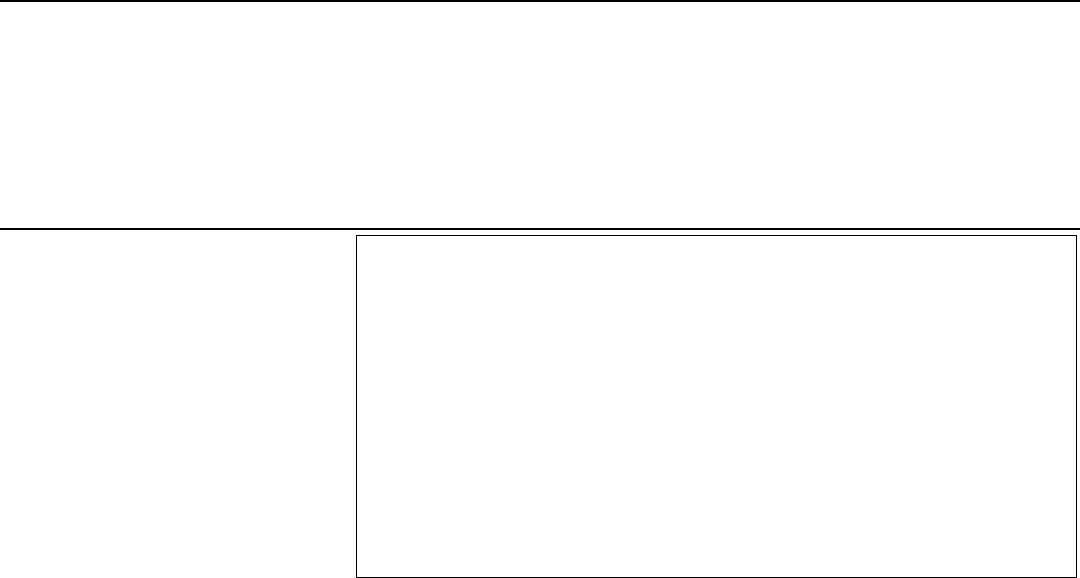
Chapter 5: Quality Control and Peer Review
Page 104 GAO-18-568G Government Auditing Standards
Requirement: Written Agreement for Peer Review
5.86 The peer review team and the reviewed audit organization should
incorporate their basic agreement on the peer review into a written
agreement. The written agreement should be drafted by the peer
review team, reviewed by the reviewed audit organization to ensure
that it accurately describes the agreement between the parties, and
signed by the authorized representatives of both the peer review team
and the reviewed audit organization prior to the initiation of work under
the agreement. The written agreement should state that the peer
review will be conducted in accordance with GAGAS peer review
requirements.
Application Guidance: Written Agreement for Peer Review
5.87 The written agreement is meant to ensure mutual consent on the
fundamental aspects of the peer review and to avoid any potential
misunderstandings. The written agreement may address the following:
a. scope of the peer review;
b. staffing and time frame;
c. compensation for conducting the peer review, if applicable;
d. preliminary findings, if applicable;
e. reporting results;
f. administrative matters; and
g. access to audit documentation.
5.88 The peer review team is responsible for ensuring that the peer
review is conducted in accordance with GAGAS peer review
requirements.

Chapter 5: Quality Control and Peer Review
Page 105 GAO-18-568G Government Auditing Standards
Application Guidance: Peer Review Team
5.90 Peer review knowledge and professional competence may be
obtained from on-the-job training, training courses, or a combination of
both. Having individuals on the peer review team with prior experience on
a peer review or internal inspection team is desirable.
38
See paras. 3.18 through 3.108 for discussion of independence.
Requirement: Peer Review Team
5.89 The peer review team should meet the following criteria:
a. The review team collectively has adequate professional
competence and knowledge of GAGAS and government
auditing.
b. The organization conducting the peer review and individual
review team members are independent (as defined in GAGAS)
of the audit organization being reviewed, its personnel, and the
engagements selected for the peer review.
38
c. The review team collectively has sufficient knowledge to
conduct a peer review.
Requirement: Report Content
5.91 The peer review team should prepare one or more written reports
communicating the results of the peer review, which collectively
include the following elements:
a. a description of the scope of the peer review, including any
limitations;
b. a rating concluding on whether the system of quality control of
the reviewed audit organization was adequately designed and
complied with during the period reviewed and would provide the
audit organization with reasonable assurance that it conformed
to professional standards and applicable legal and regulatory

Chapter 5: Quality Control and Peer Review
Page 106 GAO-18-568G Government Auditing Standards
Application Guidance: Report Content
5.92 When the scope of the peer review is limited by conditions that
preclude the application of one or more peer review procedures
considered necessary in the circumstances and the peer review team
cannot accomplish the objectives of those procedures through alternative
procedures, the report can be modified by including a statement in the
report’s scope paragraph, body, and opinion paragraph. The statement
describes the relationship of the excluded engagement(s) or functional
area(s) to the reviewed audit organization’s full scope of practice as a
whole and system of quality control and the effects of the exclusion on the
scope and results of the review.
requirements;
c. specification of the professional standards and applicable legal
and regulatory requirements to which the reviewed audit
organization is being held;
d. reference to a separate written communication, if issued under
the peer review program;
e. a statement that the peer review was conducted in accordance
with GAGAS peer review requirements; and
f. a detailed description of the findings, conclusions, and
recommendations related to any deficiencies or significant
deficiencies identified in the review.
Requirements: Audit Organization’s Response to the Peer Review
Report
5.93 If the reviewed audit organization receives a report with a peer
review rating of pass with deficiencies or fail, the reviewed audit
organization should respond in writing to the deficiencies or significant
deficiencies and related recommendations identified in the report.
5.94 With respect to each deficiency or significant deficiency in the
report, the reviewed audit organization should describe in its letter of
response the corrective actions already taken, target dates for planned
corrective actions, or both.

Chapter 5: Quality Control and Peer Review
Page 107 GAO-18-568G Government Auditing Standards
Application Guidance: Audit Organization’s Response to the Peer
Review Report
5.95 When an audit organization receives a peer review rating of pass
with deficiencies or fail that relates to its GAGAS engagements, critical
evaluation of the design and implementation of the system of quality
control is a factor in determining the audit organization’s ability to accept
and perform future GAGAS engagements.
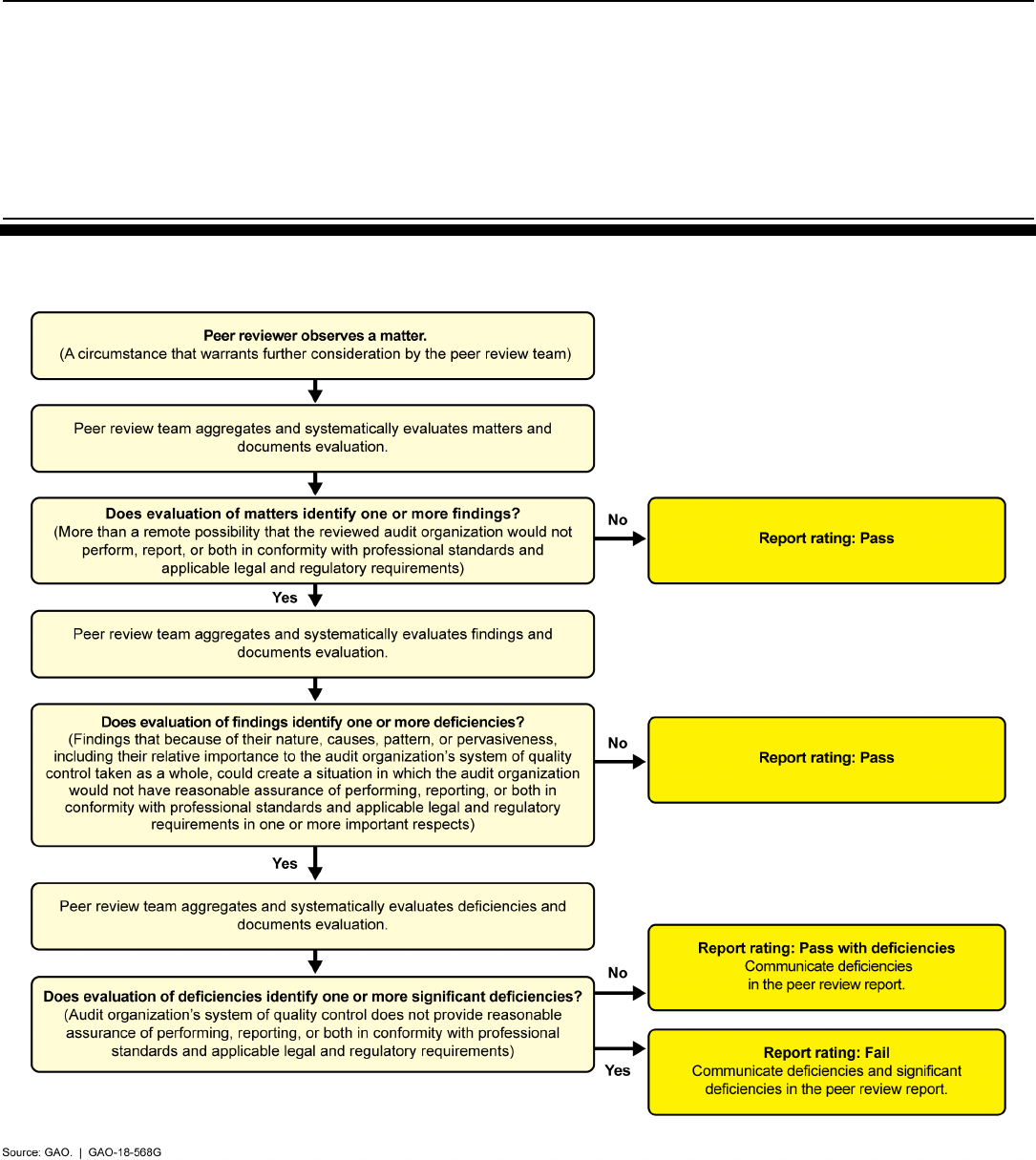
Chapter 5: Quality Control and Peer Review
Page 108 GAO-18-568G Government Auditing Standards
Figure 3: Developing Peer Review Communications for Observed Matters in Accordance with Generally Accepted
Government Auditing Standards
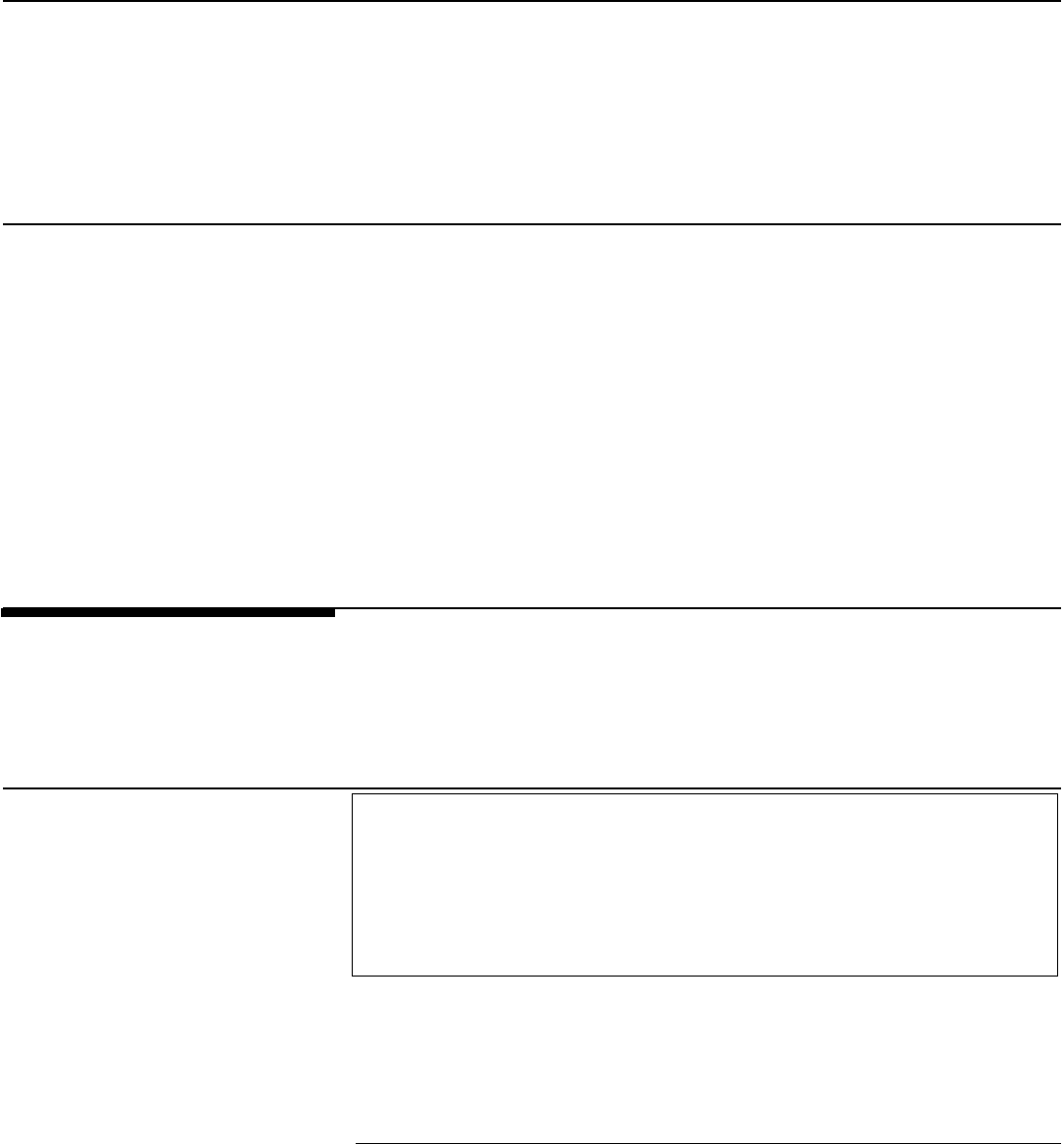
Chapter 6: Standards for Financial Audits
Page 109 GAO-18-568G Government Auditing Standards
6.01 This chapter contains requirements and guidance for conducting and
reporting on financial audits conducted in accordance with generally
accepted government auditing standards (GAGAS). GAGAS incorporates
by reference the American Institute of Certified Public Accountants’
(AICPA) Statements on Auditing Standards (SAS).
39
All sections of the
SAS are incorporated, including the introduction, objectives, definitions,
requirements, and application material. GAGAS does not incorporate the
AICPA Code of Professional Conduct by reference but recognizes that
certain certified public accountants (CPA) may use or may be required to
use the code in conjunction with GAGAS.
40
For financial audits conducted
in accordance with GAGAS, the requirements and guidance in the
incorporated SAS and this chapter apply. The requirements and guidance
contained in chapters 1 through 5 also apply.
Requirement: Compliance with Standards
6.02 GAGAS establishes requirements for financial audits in addition
to the requirements in the AICPA SAS. Auditors should comply with
these additional requirements, along with the AICPA requirements for
financial audits, when citing GAGAS in financial audit reports.
Application Guidance: Compliance with Standards
6.03 Standards used in conjunction with GAGAS require the auditors to
apply the concept of materiality appropriately in planning and performing
the audit.
41
Additional considerations may apply to GAGAS engagements
39
See para. 2.13 and the AICPA Codification of Statements on Auditing Standards (AU-C)
for additional discussion of the relationship between GAGAS and other professional
standards.
40
See para. 2.14 for a discussion of the AICPA Code of Professional Conduct.
41
See AU-C section 320, Materiality in Planning and Performing an Audit (AICPA,
Professional Standards).
Chapter 6: Standards for Financial Audits
Additional GAGAS
Requirements for
Conducting Financial
Audits
Compliance with
Standards
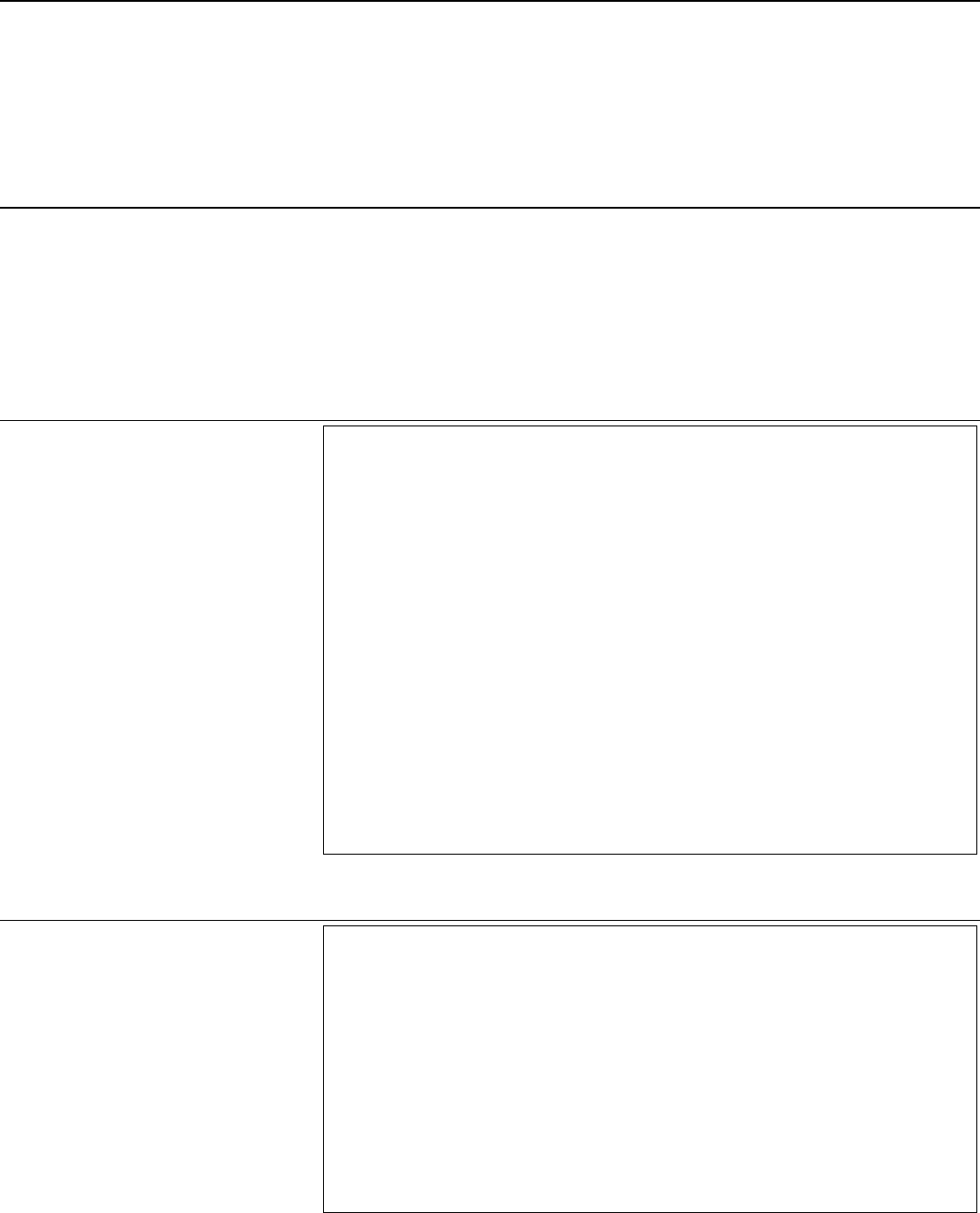
Chapter 6: Standards for Financial Audits
Page 110 GAO-18-568G Government Auditing Standards
that concern government entities or entities that receive government
awards. For example, for engagements conducted in accordance with
GAGAS, auditors may find it appropriate to use lower materiality levels
than those used in non-GAGAS audits because of the public
accountability of government entities and entities receiving government
funding, various legal and regulatory requirements, and the visibility and
sensitivity of government programs.
Requirements: Licensing and Certification
6.04 Auditors engaged to conduct financial audits in the United States
who do not work for a government audit organization should be
licensed CPAs, persons working for licensed certified public
accounting firms, or licensed accountants in states that have multiclass
licensing systems that recognize licensed accountants other than
CPAs.
6.05 Auditors engaged to conduct financial audits of entities operating
outside of the United States who do not work for a government audit
organization should meet the qualifications indicated in paragraph
6.04, have certifications that meet all applicable national and
international standards and serve in their respective countries as the
functional equivalent of CPAs in the United States, or work for
nongovernment audit organizations that are the functional equivalent
of licensed certified public accounting firms in the United States.
Requirements: Auditor Communication
6.06 If the law or regulation requiring an audit specifically identifies the
entities to be audited, auditors should communicate pertinent
information that in the auditors’ professional judgment needs to be
communicated both to individuals contracting for or requesting the
audit and to those legislative committees, if any, that have ongoing
oversight responsibilities for the audited entity.
6.07 If the identity of those charged with governance is not clearly
evident, auditors should document the process followed and
Licensing and Certification
Auditor Communication
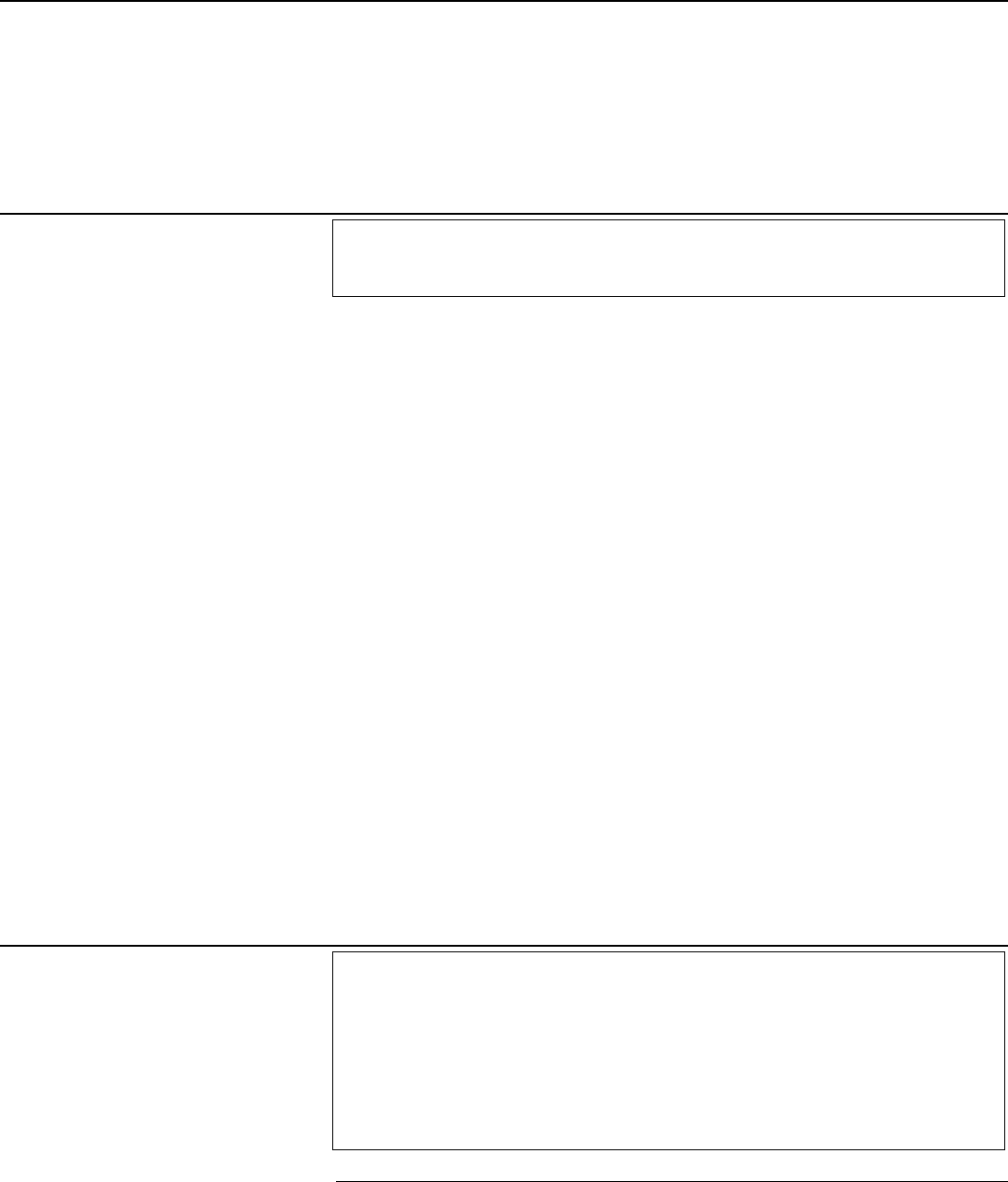
Chapter 6: Standards for Financial Audits
Page 111 GAO-18-568G Government Auditing Standards
conclusions reached in identifying the appropriate individuals to
receive the required communications.
Application Guidance: Auditor Communication
6.08 One example of a law or regulation requiring an audit that does not
specifically identify the entities to be audited is the Single Audit Act
Amendments of 1996.
6.09 For some matters, early communication to management or those
charged with governance may be important because of the relative
significance and the urgency for corrective follow-up action.
42
Further,
early communication is important to allow management to take prompt
corrective action to prevent further occurrences when a control deficiency
results in identified or suspected noncompliance with provisions of laws,
regulations, contracts, and grant agreements or identified or suspected
instances of fraud. When a deficiency is communicated early, the
reporting requirements and application guidance in paragraphs 6.39
through 6.49 still apply.
6.10 Because the governance structures of government entities and
organizations can vary widely, it may not always be clearly evident who is
charged with key governance functions. The process for identifying those
charged with governance includes evaluating the organizational structure
for directing and controlling operations to achieve the audited entity’s
objectives and how the audited entity delegates authority and establishes
accountability for management.
Requirement: Results of Previous Engagements
6.11 When planning the audit, auditors should ask management of the
audited entity to identify previous audits, attestation engagements, and
other studies that directly relate to the objectives of the audit, including
whether related recommendations have been implemented. Auditors
should evaluate whether the audited entity has taken appropriate
42
See AU-C section 265, Communicating Internal Control Related Matters Identified in an
Audit (AICPA, Professional Standards).
Results of Previous
Engagements
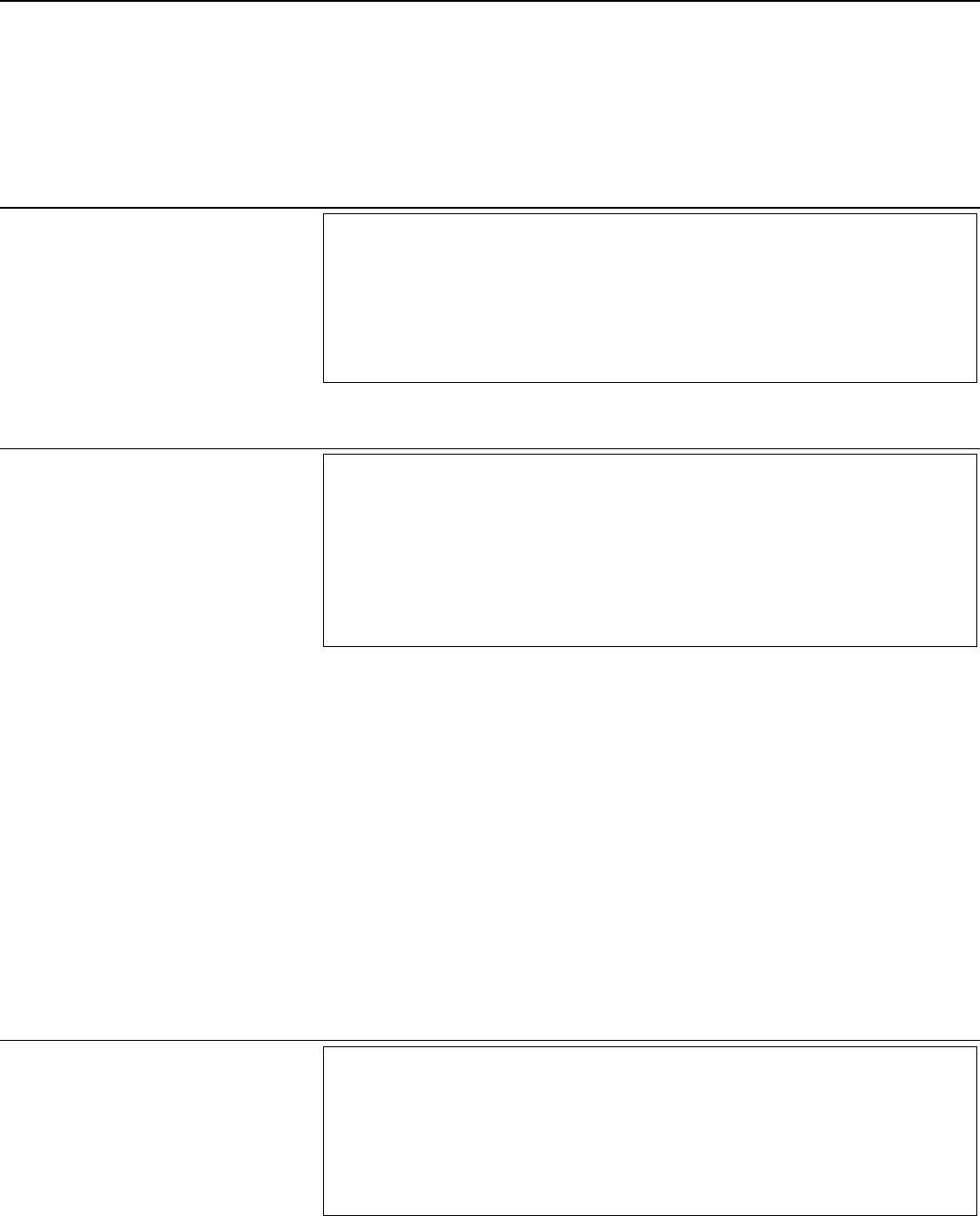
Chapter 6: Standards for Financial Audits
Page 112 GAO-18-568G Government Auditing Standards
corrective action to address findings and recommendations from
previous engagements that could have a significant effect on the
subject matter. Auditors should use this information in assessing risk
and determining the nature, timing, and extent of current audit work
and determining the extent to which testing the implementation of the
corrective actions is applicable to the current audit objectives.
Requirement: Investigations or Legal Proceedings
6.12 Auditors should inquire of management of the audited entity
whether any investigations or legal proceedings have been initiated or
are in process with respect to the period under audit, and should
evaluate the effect of initiated or in-process investigations or legal
proceedings on the current audit.
Application Guidance: Investigations or Legal Proceedings
6.13 Laws, regulations, or policies may require auditors to communicate
indications of certain types of fraud or noncompliance with provisions of
laws, regulations, contracts, and grant agreements to law enforcement or
investigatory authorities before performing additional audit procedures.
6.14 Avoiding interference with investigations or legal proceedings is
important in pursuing indications of fraud and noncompliance with
provisions of laws, regulations, contracts, and grant agreements. In some
cases, it may be appropriate for the auditors to work with investigators or
legal authorities or to withdraw from or defer further work on the
engagement or a portion of the engagement to avoid interfering with an
ongoing investigation or legal proceeding.
Requirement: Noncompliance with Provisions of Laws,
Regulations, Contracts, and Grant Agreements
6.15 Auditors should extend the AICPA requirements concerning
consideration of noncompliance with laws and regulations to include
Investigations or Legal
Proceedings
Noncompliance with
Provisions of Laws,
Regulations, Contracts,
and Grant Agreements
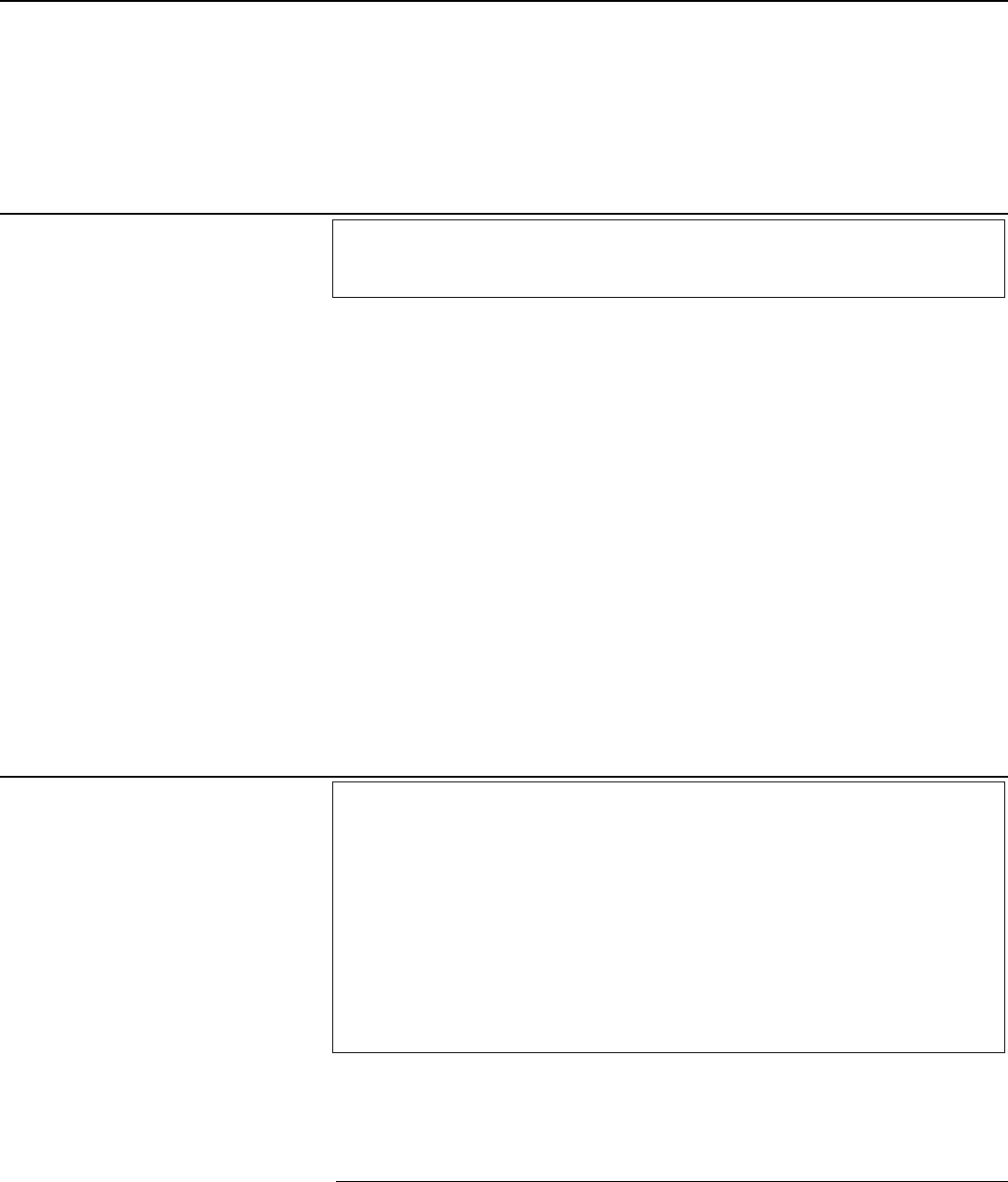
Chapter 6: Standards for Financial Audits
Page 113 GAO-18-568G Government Auditing Standards
consideration of noncompliance with provisions of contracts and grant
agreements.
43
Application Guidance: Noncompliance with Provisions of Laws,
Regulations, Contracts, and Grant Agreements
6.16 Government programs are subject to provisions of many laws,
regulations, contracts, and grant agreements. At the same time, these
provisions’ significance within the context of the audit objectives varies
widely, depending on the objectives of the audit. Auditors may consult
with their legal counsel to (1) determine those laws and regulations that
are significant to the audit objectives, (2) design tests of compliance with
laws and regulations, and (3) evaluate the results of those tests. Auditors
also may consult with their legal counsel when audit objectives require
testing compliance with provisions of contracts or grant agreements.
Depending on the circumstances of the audit, auditors may consult with
others, such as investigative staff, other audit organizations or
government entities that provided professional services to the audited
entity, or applicable law enforcement authorities, to obtain information on
compliance matters.
Requirements: Findings
6.17 When auditors identify findings, they should plan and perform
procedures to develop the criteria, condition, cause, and effect of the
findings to the extent that these elements are relevant and necessary
to achieve the audit objectives.
6.18 Auditors should consider internal control deficiencies in their
evaluation of identified findings when developing the cause element of
the identified findings.
43
See AU-C section 250, Consideration of Laws and Regulations in an Audit of Financial
Statements (AICPA, Professional Standards).
Findings

Chapter 6: Standards for Financial Audits
Page 114 GAO-18-568G Government Auditing Standards
Application Guidance: Findings
6.19 Findings may involve deficiencies in internal control; noncompliance
with provisions of laws, regulations, contracts, and grant agreements; or
instances of fraud.
6.20 Given the concept of accountability for use of public resources and
government authority, evaluating internal control in a government
environment may also include considering internal control deficiencies
that result in waste or abuse. Because the determination of waste and
abuse is subjective, auditors are not required to perform specific
procedures to detect waste or abuse in financial audits. However,
auditors may consider whether and how to communicate such matters if
they become aware of them. Auditors may also discover that waste or
abuse are indicative of fraud or noncompliance with provisions of laws,
regulations, contracts, and grant agreements.
6.21 Waste is the act of using or expending resources carelessly,
extravagantly, or to no purpose. Importantly, waste can include activities
that do not include abuse and does not necessarily involve a violation of
law. Rather, waste relates primarily to mismanagement, inappropriate
actions, and inadequate oversight.
6.22 The following are examples of waste, depending on the facts and
circumstances:
a. Making travel choices that are contrary to existing travel policies
or are unnecessarily extravagant or expensive.
b. Making procurement or vendor selections that are contrary to
existing policies or are unnecessarily extravagant or expensive.
6.23 Abuse is behavior that is deficient or improper when compared with
behavior that a prudent person would consider reasonable and necessary
business practice given the facts and circumstances, but excludes fraud
and noncompliance with provisions of laws, regulations, contracts, and
grant agreements. Abuse also includes misuse of authority or position for
personal financial interests or those of an immediate or close family
member or business associate.
6.24 The following are examples of abuse, depending on the facts and
circumstances:

Chapter 6: Standards for Financial Audits
Page 115 GAO-18-568G Government Auditing Standards
a. Creating unneeded overtime.
b. Requesting staff to perform personal errands or work tasks for a
supervisor or manager.
c. Misusing the official’s position for personal gain (including actions
that could be perceived by an objective third party with knowledge
of the relevant information as improperly benefiting an official’s
personal financial interests or those of an immediate or close
family member; a general partner; an organization for which the
official serves as an officer, director, trustee, or employee; or an
organization with which the official is negotiating concerning future
employment).
6.25 Criteria: For inclusion in findings, criteria may include the laws,
regulations, contracts, grant agreements, standards, measures, expected
performance, defined business practices, and benchmarks against which
performance is compared or evaluated. Criteria identify the required or
desired state or expectation with respect to the program or operation.
Criteria provide a context for evaluating evidence and understanding the
findings, conclusions, and recommendations in the report. In a financial
audit, the applicable financial reporting framework, such as generally
accepted accounting principles, represents one set of criteria.
6.26 Condition: Condition is a situation that exists. The condition is
determined and documented during the audit.
6.27 Cause: The cause is the factor or factors responsible for the
difference between the condition and the criteria, and may also serve as a
basis for recommendations for corrective actions. Common factors
include poorly designed policies, procedures, or criteria; inconsistent,
incomplete, or incorrect implementation; or factors beyond the control of
program management. Auditors may assess whether the evidence
provides a reasonable and convincing argument for why the stated cause
is the key factor contributing to the difference between the condition and
the criteria.
6.28 Effect or potential effect: The effect or potential effect is the outcome
or consequence resulting from the difference between the condition and
the criteria. When the audit objectives include identifying the actual or
potential consequences of a condition that varies (either positively or
negatively) from the criteria identified in the audit, effect is a measure of
those consequences. Effect or potential effect may be used to
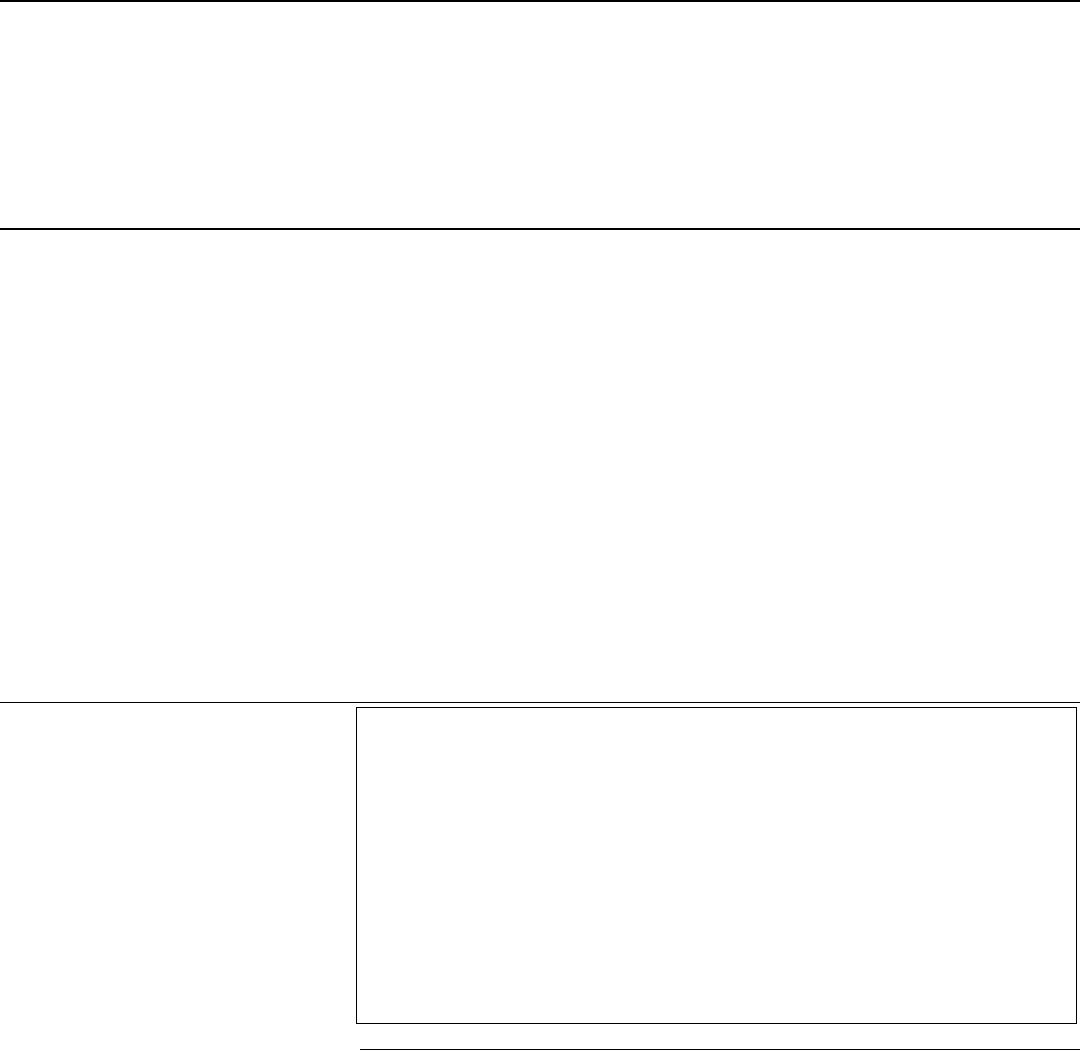
Chapter 6: Standards for Financial Audits
Page 116 GAO-18-568G Government Auditing Standards
demonstrate the need for corrective action in response to identified
problems or relevant risks.
6.29 Regardless of the type of finding identified, the cause of a finding
may relate to one or more underlying internal control deficiencies.
Depending on the magnitude of impact, likelihood of occurrence, and
nature of the deficiency, the deficiency could be a significant deficiency or
material weakness in a financial audit.
44
6.30 Considering internal control in the context of a comprehensive
internal control framework, such as Standards for Internal Control in the
Federal Government or Internal Control—Integrated Framework,
45
can
help auditors to determine whether underlying internal control deficiencies
exist as the root cause of findings. Identifying these deficiencies can help
provide the basis for developing meaningful recommendations for
corrective actions.
Requirements: Audit Documentation
6.31 Auditors should document supervisory review, before the report
release date, of the evidence that supports the findings and
conclusions contained in the audit report.
6.32 Auditors should document any departures from the GAGAS
requirements and the effect on the audit and on the auditors’
conclusions when the audit is not in compliance with applicable
GAGAS requirements because of law, regulation, scope limitations,
restrictions on access to records, or other issues affecting the audit.
44
See AU-C section 265, Communicating Internal Control Related Matters Identified in an
Audit (AICPA, Professional Standards).
45
Para. .A16 of AU-C section 940, An Audit of Internal Control Over Financial Reporting
That Is Integrated With an Audit of Financial Statements (AICPA, Professional Standards)
indicates that the Committee of Sponsoring Organizations of the Treadway Commission’s
Internal Control—Integrated Framework and Standards for Internal Control in the Federal
Government (GAO-14-704G) provide suitable and available criteria against which
management may evaluate and report on the effectiveness of the entity’s internal control
over financial reporting. Standards for Internal Control in the Federal Government may be
adopted by entities beyond those federal entities for which it is legally required, such as
state, local, and quasi-governmental entities, as well as other federal entities and not-for-
profit organizations, as a framework for an internal control system.
Audit Documentation
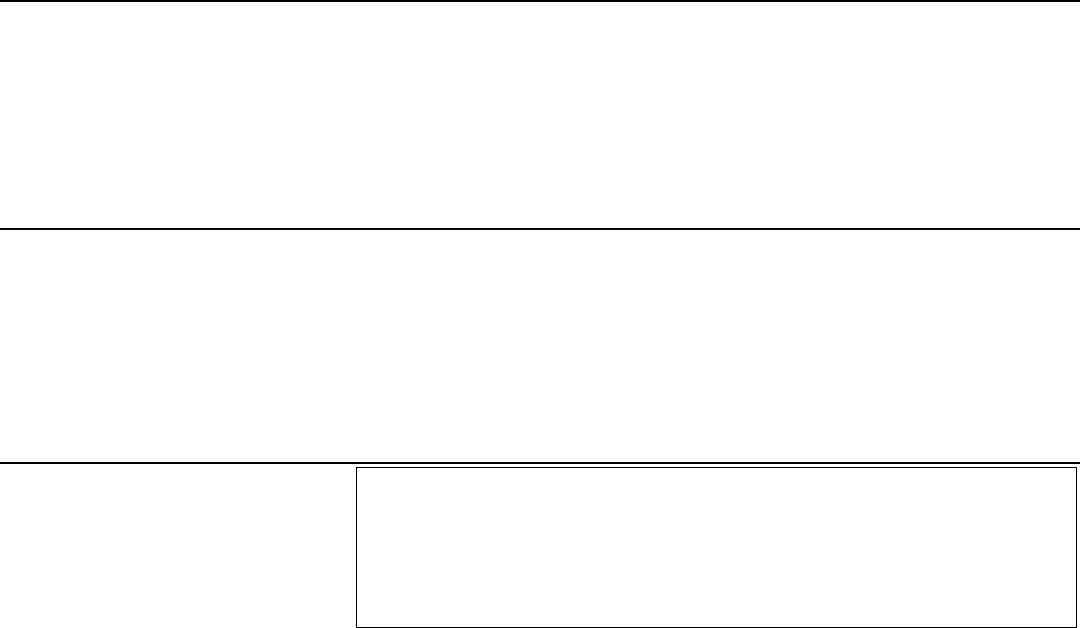
Chapter 6: Standards for Financial Audits
Page 117 GAO-18-568G Government Auditing Standards
Application Guidance: Audit Documentation
6.33 When documenting departures from the GAGAS requirements, the
audit documentation requirements apply to departures from unconditional
requirements and from presumptively mandatory requirements when
alternative procedures performed in the circumstances were not sufficient
to achieve the objectives of the requirements.
Requirement: Availability of Individuals and Documentation
6.34 Subject to applicable provisions of laws and regulations, auditors
should make appropriate individuals and audit documentation available
upon request and in a timely manner to other auditors or reviewers.
Application Guidance: Availability of Individuals and Documentation
6.35 Underlying GAGAS audits is the premise that audit organizations in
federal, state, and local governments and public accounting firms
engaged to conduct financial audits in accordance with GAGAS
cooperate in auditing programs of common interest so that auditors may
use others’ work and avoid duplication of efforts. The use of auditors’
work by other auditors may be facilitated by contractual arrangements for
GAGAS audits that provide for full and timely access to appropriate
individuals and to audit documentation.
Availability of Individuals
and Documentation
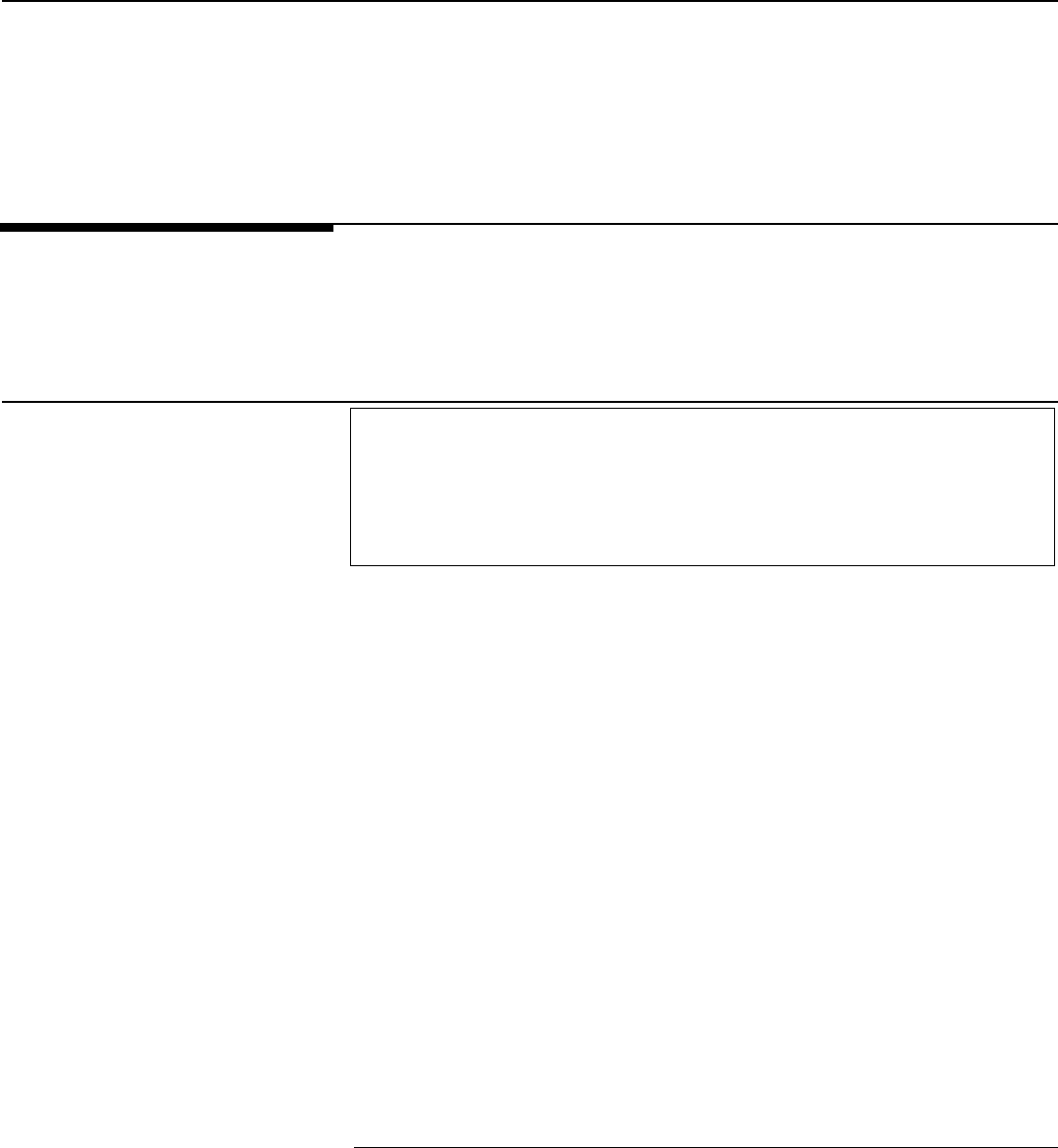
Chapter 6: Standards for Financial Audits
Page 118 GAO-18-568G Government Auditing Standards
Requirement: Reporting the Auditors’ Compliance with GAGAS
6.36 When auditors comply with all applicable GAGAS requirements,
they should include a statement in the audit report that they conducted
the audit in accordance with GAGAS.
46
Application Guidance: Reporting the Auditors’ Compliance with
GAGAS
6.37 Because GAGAS incorporates by reference the AICPA’s financial
audit standards, GAGAS does not require auditors to cite compliance with
the AICPA standards when citing compliance with GAGAS. GAGAS does
not prohibit auditors from issuing a separate report conforming only to the
requirements of the AICPA or other standards.
47
6.38 When disclaiming an opinion on a financial audit, auditors may
revise the statement that the auditor was engaged to audit the financial
statements.
48
For example, auditors may state that they were engaged to
conduct the audit in accordance with GAGAS or that the auditors’ work
was conducted in accordance with GAGAS, depending on whether the
use of GAGAS is required or voluntary. Determining how to revise this
statement is a matter of professional judgment.
46
See paras. 2.16 through 2.19 for information on the GAGAS compliance statement.
47
See AU-C section 700, Forming an Opinion and Reporting on Financial Statements
(AICPA, Professional Standards).
48
See AU-C section 705, Modifications to the Opinion in the Independent Auditor’s Report
(AICPA, Professional Standards).
Additional GAGAS
Requirements for
Reporting on
Financial Audits
Reporting the Auditors’
Compliance with GAGAS

Chapter 6: Standards for Financial Audits
Page 119 GAO-18-568G Government Auditing Standards
Requirements: Reporting on Internal Control; Compliance with
Provisions of Laws, Regulations, Contracts, and Grant
Agreements; and Instances of Fraud
6.39 Auditors should report on internal control and compliance with
provisions of laws, regulations, contracts, or grant agreements
regardless of whether they identify internal control deficiencies or
instances of noncompliance.
6.40 When providing an opinion or a disclaimer on financial
statements, auditors should report as findings any significant
deficiencies or material weaknesses in internal control over financial
reporting that the auditors identified based on the engagement work
performed.
6.41 Auditors should include in their report on internal control or
compliance the relevant information about noncompliance and fraud
when auditors, based on sufficient, appropriate evidence, identify or
suspect
a. noncompliance with provisions of laws, regulations, contracts,
or grant agreements that has a material effect on the financial
statements or other financial data significant to the audit
objectives or
b. fraud that is material, either quantitatively or qualitatively, to the
financial statements or other financial data significant to the
audit objectives.
6.42 Auditors should include either in the same or in separate report(s)
a description of the scope of the auditors’ testing of internal control
over financial reporting and of compliance with provisions of laws,
regulations, contracts, and grant agreements. Auditors should also
state in the report(s) whether the tests they performed provided
sufficient, appropriate evidence to support opinions on the
effectiveness of internal control and on compliance with provisions of
laws, regulations, contracts, and grant agreements.
6.43 If auditors report separately (including separate reports bound in
the same document) on internal control over financial reporting and on
compliance with provisions of laws, regulations, contracts, and grant
Reporting on Internal
Control; Compliance with
Provisions of Laws,
Regulations, Contracts,
and Grant Agreements;
and Instances of Fraud
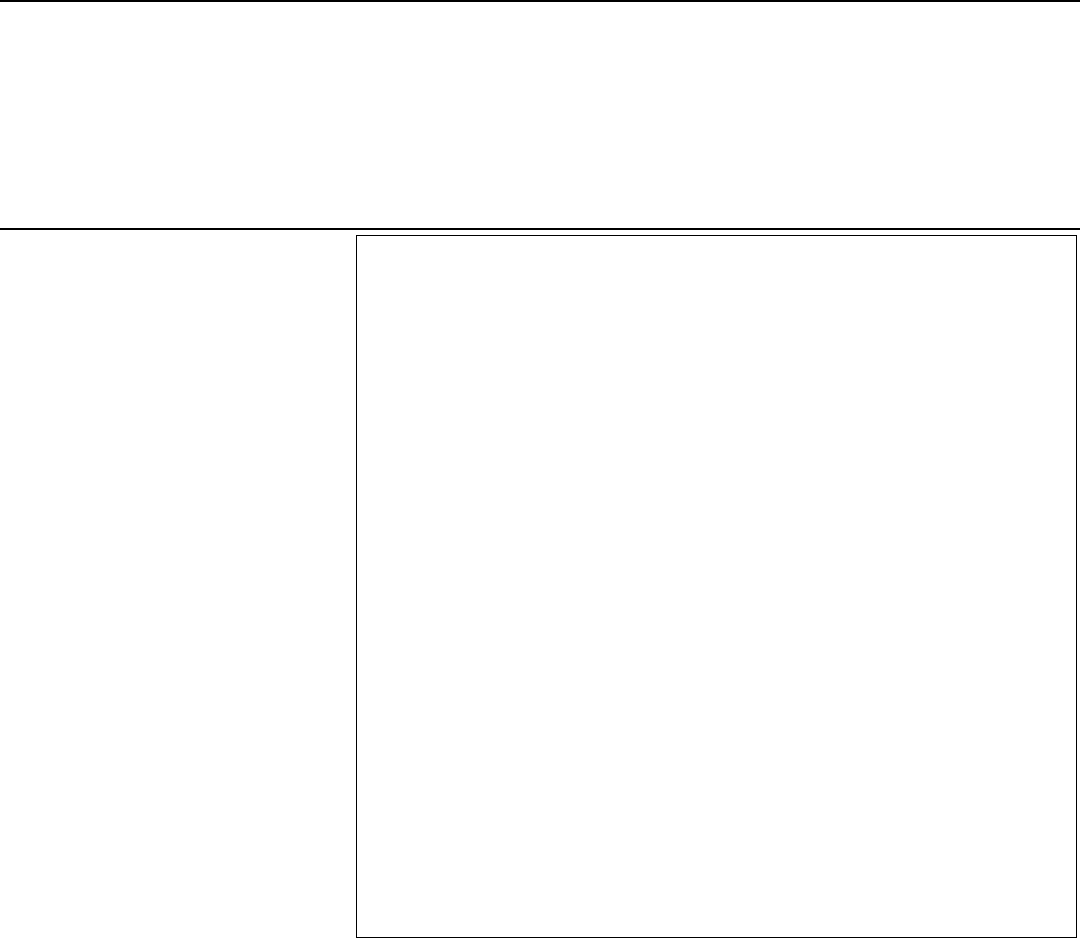
Chapter 6: Standards for Financial Audits
Page 120 GAO-18-568G Government Auditing Standards
agreements, they should include a reference in the audit report on the
financial statements to those additional reports. They should also state
in the audit report that the reports on internal control over financial
reporting and on compliance with provisions of laws, regulations,
contracts, and grant agreements are an integral part of a GAGAS audit
in considering the audited entity’s internal control over financial
reporting and compliance. If separate reports are used, the auditors
should make the report on internal control and compliance available to
users in the same manner as the financial audit report to which it
relates.
6.44 Auditors should communicate in writing to audited entity officials
when
a. identified or suspected noncompliance with provisions of laws,
regulations, contracts, or grant agreements comes to the
auditor’s attention during the course of an audit that has an
effect on the financial statements or other financial data
significant to the audit objectives that is less than material but
warrants the attention of those charged with governance or
b. the auditor has obtained evidence of identified or suspected
instances of fraud that have an effect on the financial
statements or other financial data significant to the audit
objectives that are less than material but warrant the attention
of those charged with governance.
Application Guidance: Reporting on Internal Control; Compliance
with Provisions of Laws, Regulations, Contracts, and Grant
Agreements; and Instances of Fraud
6.45 The GAGAS requirement to report on internal control over financial
reporting is based on the AICPA requirements to communicate in writing
to those charged with governance significant deficiencies and material
weaknesses in internal control over financial reporting identified during an
audit. The objective of the GAGAS internal control reporting requirement
for financial audits is to increase the availability of information on
significant deficiencies and material weaknesses to users of financial
statements other than those charged with governance.
6.46 Internal control plays an expanded role in the government sector.
Given the government’s accountability for public resources, assessing
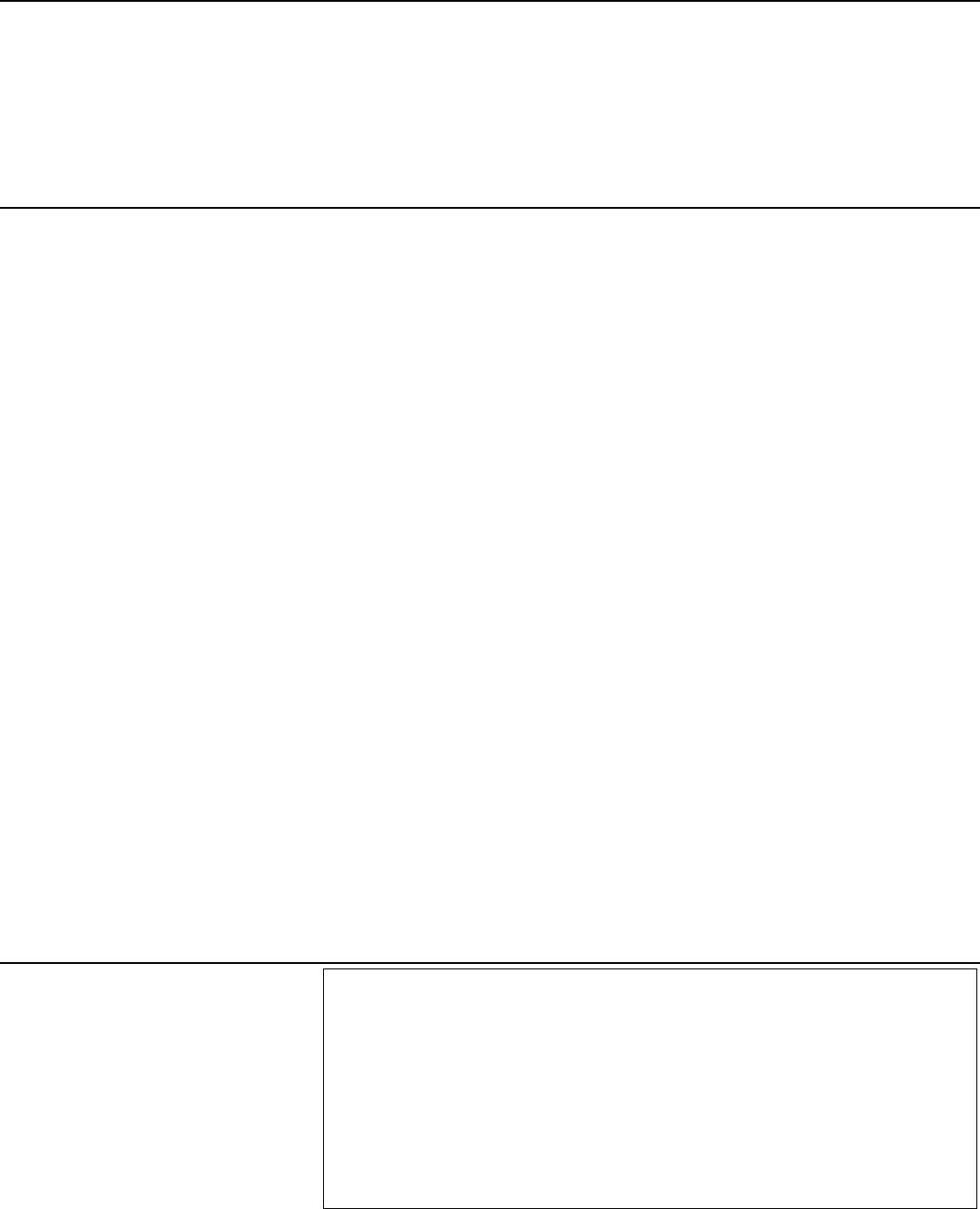
Chapter 6: Standards for Financial Audits
Page 121 GAO-18-568G Government Auditing Standards
internal control in a government environment may involve considering
controls that would not be required in the private sector. In the
government sector, evaluating controls that are relevant to the audit
involves understanding significant controls that the audited entity
designed, implemented, and operated as part of its responsibility for
oversight of public resources.
6.47 The audit report on internal control and compliance with provisions
of laws, regulations, contracts, and grant agreements relates only to the
most recent reporting period included, when comparative financial
statements are presented.
6.48 When identified or suspected noncompliance with provisions of laws,
regulations, contracts, or grant agreements that does not warrant the
attention of those charged with governance comes to the auditor’s
attention during the course of the audit, the auditors’ determination of how
to communicate such instances to audited entity officials is a matter of
professional judgment. When identified or suspected noncompliance with
provisions of laws, regulations, contracts, or grant agreements is clearly
inconsequential, the auditors’ determination of whether and how to
communicate such instances to audited entity officials is a matter of
professional judgment.
6.49 When auditors identify or suspect noncompliance with provisions of
laws, regulations, contracts, or grant agreements or instances of fraud,
auditors may consult with authorities or legal counsel about whether
publicly reporting such information would compromise investigative or
legal proceedings. Auditors may limit their public reporting to matters that
would not compromise those proceedings and, for example, report only
on information that is already a part of the public record.
Requirements: Presenting Findings in the Audit Report
6.50 When presenting findings, auditors should develop the elements
of the findings to the extent necessary to assist management or
oversight officials of the audited entity in understanding the need for
corrective action.
6.51 Auditors should place their findings in perspective by describing
the nature and extent of the issues being reported and the extent of
Presenting Findings in the
Audit Report

Chapter 6: Standards for Financial Audits
Page 122 GAO-18-568G Government Auditing Standards
the work performed that resulted in the finding. To give the reader a
basis for judging the prevalence and consequences of these findings,
auditors should, as appropriate, relate the instances identified to the
population or the number of cases examined and quantify the results in
terms of dollar value or other measures. If the results cannot be
projected, auditors should limit their conclusions appropriately.
Application Guidance: Presenting Findings in the Audit Report
6.52 Along with assisting management or oversight officials of the audited
entity in understanding the need for corrective action, clearly developed
findings assist auditors in making recommendations for corrective action.
If auditors sufficiently develop the elements of a finding, they may provide
recommendations for corrective action.
Requirements: Reporting Findings Directly to Parties outside the
Audited Entity
6.53 Auditors should report identified or suspected noncompliance with
provisions of laws, regulations, contracts, and grant agreements and
instances of fraud directly to parties outside the audited entity in the
following two circumstances.
a. When audited entity management fails to satisfy legal or
regulatory requirements to report such information to external
parties specified in law or regulation, auditors should first
communicate the failure to report such information to those
charged with governance. If the audited entity still does not
report this information to the specified external parties as soon
as practicable after the auditors’ communication with those
charged with governance, then the auditors should report the
information directly to the specified external parties.
b. When audited entity management fails to take timely and
appropriate steps to respond to fraud or noncompliance with
provisions of laws, regulations, contracts, and grant
agreements that (1) is likely to have a material effect on the
subject matter and (2) involves funding received directly or
indirectly from a government agency, auditors should first
Reporting Findings
Directly to Parties outside
the Audited Entity

Chapter 6: Standards for Financial Audits
Page 123 GAO-18-568G Government Auditing Standards
report management’s failure to take timely and appropriate
steps to those charged with governance. If the audited entity
still does not take timely and appropriate steps as soon as
practicable after the auditors’ communication with those
charged with governance, then the auditors should report the
audited entity’s failure to take timely and appropriate steps
directly to the funding agency.
6.54 Auditors should comply with the requirements in paragraph 6.53
even if they have resigned or been dismissed from the audit prior to its
completion.
6.55 Auditors should obtain sufficient, appropriate evidence, such as
confirmation from outside parties, to corroborate representations by
management of the audited entity that it has reported audit findings in
accordance with provisions of laws, regulations, or funding
agreements. When auditors are unable to do so, they should report
such information directly as discussed in paragraphs 6.53 and 6.54.
Application Guidance: Reporting Findings Directly to Parties outside
the Audited Entity
6.56 The reporting in paragraph 6.53 is in addition to any legal
requirements to report such information directly to parties outside the
audited entity.
Requirements: Obtaining and Reporting the Views of Responsible
Officials
6.57 Auditors should obtain and report the views of responsible
officials of the audited entity concerning the findings, conclusions, and
recommendations in the audit report, as well as any planned corrective
actions.
6.58 When auditors receive written comments from the responsible
officials, they should include in their report a copy of the officials’
written comments or a summary of the comments received. When the
responsible officials provide oral comments only, auditors should
prepare a summary of the oral comments, provide a copy of the
Obtaining and Reporting
the Views of Responsible
Officials
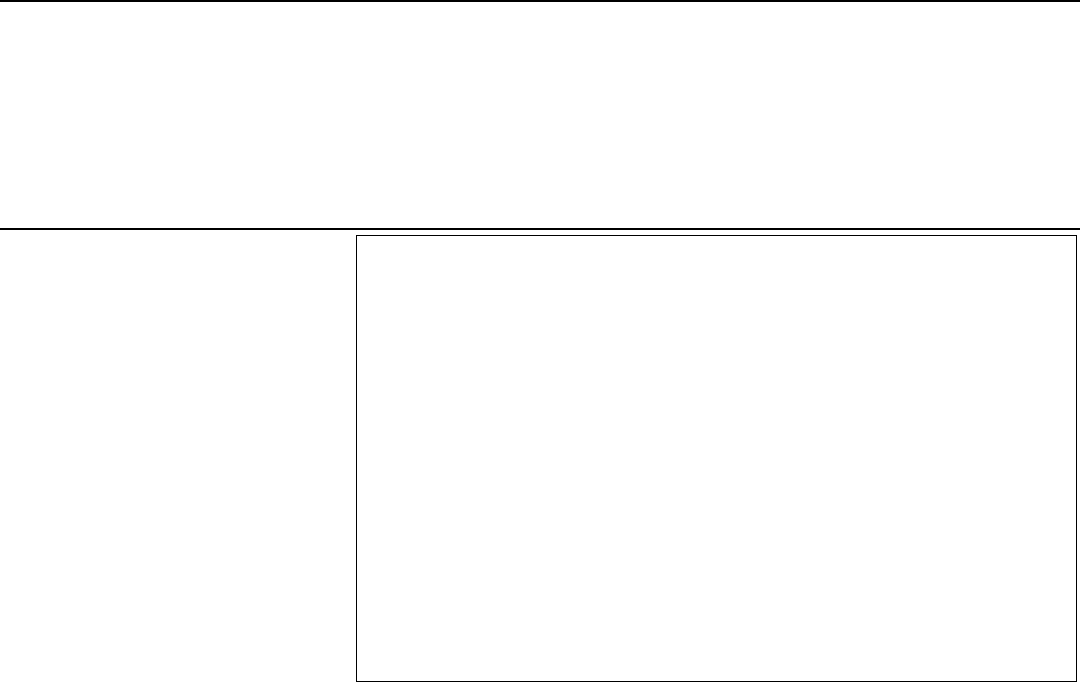
Chapter 6: Standards for Financial Audits
Page 124 GAO-18-568G Government Auditing Standards
summary to the responsible officials to verify that the comments are
accurately represented, and include the summary in their report.
6.59 When the audited entity’s comments are inconsistent or in conflict
with the findings, conclusions, or recommendations in the draft report,
the auditors should evaluate the validity of the audited entity’s
comments. If the auditors disagree with the comments, they should
explain in the report their reasons for disagreement. Conversely, the
auditors should modify their report as necessary if they find the
comments valid and supported by sufficient, appropriate evidence.
6.60 If the audited entity refuses to provide comments or is unable to
provide comments within a reasonable period of time, the auditors
should issue the report without receiving comments from the audited
entity. In such cases, the auditors should indicate in the report that the
audited entity did not provide comments.
Application Guidance: Obtaining and Reporting the Views of
Responsible Officials
6.61 Providing a draft report with findings for review and comment by
responsible officials of the audited entity and others helps the auditors
develop a report that is fair, complete, and objective. Including the views
of responsible officials results in a report that presents not only the
auditors’ findings, conclusions, and recommendations but also the
perspectives of the audited entity’s responsible officials and the corrective
actions they plan to take. Obtaining the comments in writing is preferred,
but oral comments are acceptable. In cases in which the audited entity
provides technical comments in addition to its written or oral comments
on the report, auditors may disclose in the report that such comments
were received. Technical comments address points of fact or are editorial
in nature and do not address substantive issues, such as methodology,
findings, conclusions, or recommendations.
6.62 Obtaining oral comments may be appropriate when, for example,
there is a reporting date critical to meeting a user’s needs; auditors have
worked closely with the responsible officials throughout the engagement,
and the parties are familiar with the findings and issues addressed in the
draft report; or the auditors do not expect major disagreements with
findings, conclusions, or recommendations in the draft report or major
controversies with regard to the issues discussed in the draft report.
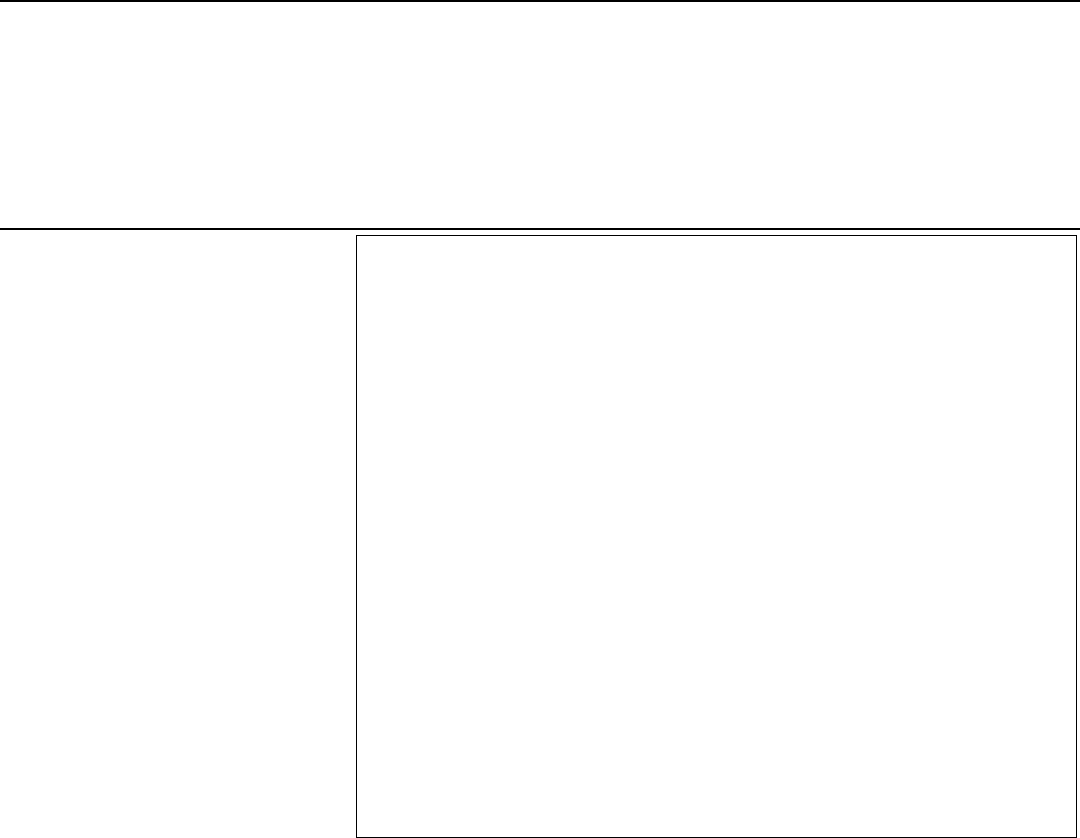
Chapter 6: Standards for Financial Audits
Page 125 GAO-18-568G Government Auditing Standards
Requirements: Reporting Confidential or Sensitive Information
6.63 If certain information is prohibited from public disclosure or is
excluded from a report because of its confidential or sensitive nature,
auditors should disclose in the report that certain information has been
omitted and the circumstances that make the omission necessary.
6.64 When circumstances call for omission of certain information from
the report, auditors should evaluate whether this omission could distort
the audit results or conceal improper or illegal practices and revise the
report language as necessary to avoid report users drawing
inappropriate conclusions from the information presented.
6.65 When the audit organization is subject to public records laws,
auditors should determine whether public records laws could affect the
availability of classified or limited use reports and determine whether
other means of communicating with management and those charged
with governance would be more appropriate. Auditors use professional
judgment to determine the appropriate means to communicate the
omitted information to management and those charged with
governance considering, among other things, whether public records
laws could affect the availability of classified or limited use reports.
Application Guidance: Reporting Confidential or Sensitive
Information
6.66 If the report refers to the omitted information, the reference may be
general and not specific. If the omitted information is not necessary to
meet the audit objectives, the report need not refer to its omission.
6.67 Certain information may be classified or may otherwise be prohibited
from general disclosure by federal, state, or local laws or regulations. In
such circumstances, auditors may issue a separate, classified, or limited
use report containing such information and distribute the report only to
persons authorized by law or regulation to receive it.
6.68 Additional circumstances associated with public safety, privacy, or
security concerns could also justify the exclusion of certain information
from a publicly available or widely distributed report. For example,
detailed information related to computer security for a particular program
may be excluded from publicly available reports because of the potential
damage that misuse of this information could cause. In such
Reporting Confidential or
Sensitive Information

Chapter 6: Standards for Financial Audits
Page 126 GAO-18-568G Government Auditing Standards
circumstances, auditors may issue a limited use report containing such
information and distribute the report only to those parties responsible for
acting on the auditors’ recommendations. In some instances, it may be
appropriate to issue both a publicly available report with the sensitive
information excluded and a limited use report. The auditors may consult
with legal counsel regarding any requirements or other circumstances
that may necessitate omitting certain information. Considering the broad
public interest in the program or activity under audit assists auditors when
deciding whether to exclude certain information from publicly available
reports.
6.69 In cases described in paragraph 6.65, the auditors may
communicate general information in a written report and communicate
detailed information orally. The auditors may consult with legal counsel
regarding applicable public records laws.
Requirement: Distributing Reports
6.70 Distribution of reports completed in accordance with GAGAS
depends on the auditors’ relationship with the audited entity and the
nature of the information contained in the reports. Auditors should
document any limitation on report distribution.
a. An audit organization in a government entity should distribute
audit reports to those charged with governance, to the
appropriate audited entity officials, and to the appropriate
oversight bodies or organizations requiring or arranging for the
audits. As appropriate, auditors should also distribute copies of
the reports to other officials who have legal oversight authority
or who may be responsible for acting on audit findings and
recommendations and to others authorized to receive such
reports.
b. A public accounting firm contracted to conduct an audit in
accordance with GAGAS should clarify report distribution
responsibilities with the engaging party. If the contracting firm is
responsible for the distribution, it should reach agreement with
the party contracting for the audit about which officials or
organizations will receive the report and the steps being taken
to make the report available to the public.
Distributing Reports
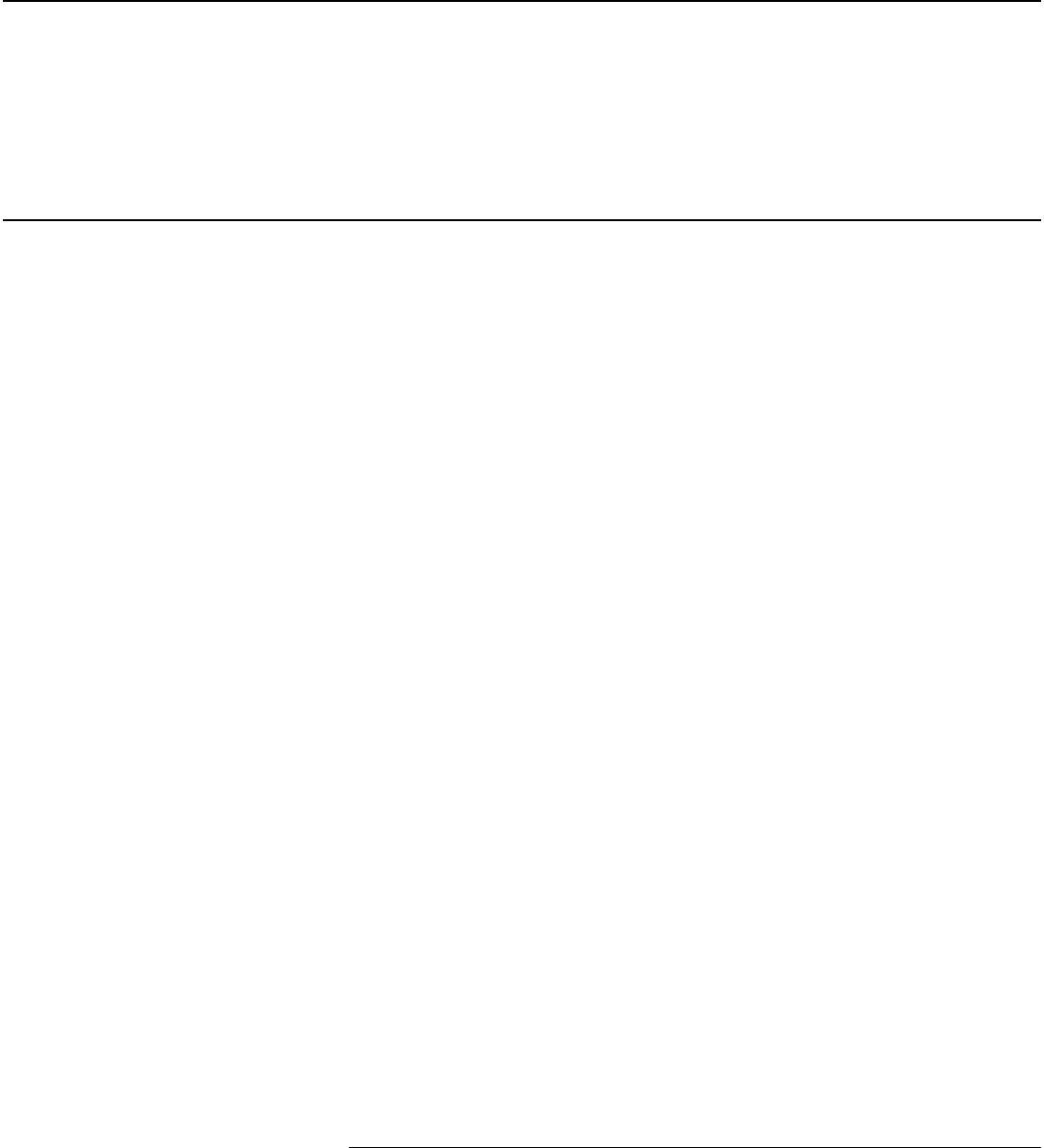
Chapter 7: Standards for Attestation
Engagements and Reviews of Financial
Statements
Page 127 GAO-18-568G Government Auditing Standards
7.01 This chapter contains requirements and guidance for conducting and
reporting on attestation engagements and reviews of financial statements
conducted in accordance with generally accepted government auditing
standards (GAGAS). For attestation engagements, GAGAS incorporates
by reference the American Institute of Certified Public Accountants’
(AICPA) Statements on Standards for Attestation Engagements (SSAE).
For reviews of financial statements, GAGAS incorporates by reference
AICPA’s AR-C section 90, Review of Financial Statements.
49
All sections
of the cited standards are incorporated, including the introduction,
objectives, definitions, requirements, and application and other
explanatory material. GAGAS does not incorporate the AICPA Code of
Professional Conduct by reference but recognizes that certain certified
public accountants (CPA) may use or may be required to use the code in
conjunction with GAGAS.
50
For attestation engagements and reviews of
financial statements conducted in accordance with GAGAS, the
requirements and guidance in the respective incorporated standards and
this chapter apply. The requirements and guidance contained in chapters
1 through 5 also apply.
7.02 An attestation engagement can provide one of three levels of service
as defined by the AICPA: an examination engagement, a review
engagement, or an agreed-upon procedures engagement.
7.03 The AICPA standards used in conjunction with GAGAS require
auditors to establish an understanding with the audited entity regarding
the services to be performed for each attestation engagement or review
of financial statements. Such an understanding reduces the risk that
either the auditors or the audited entity may misinterpret the needs or
expectations of the other party. The understanding includes the objectives
of the engagement, responsibilities of audited entity management,
responsibilities of auditors, and limitations of the engagement.
51
7.04 Auditors often conduct GAGAS engagements under a contract with
a party other than the officials of the audited entity or pursuant to a third-
party request. In such cases, auditors may also find it appropriate to
communicate information regarding the services to be performed to the
49
AICPA, Professional Standards.
50
See para. 2.14 for a discussion of the AICPA Code of Professional Conduct.
51
See para. .08 of AT-C section 205, para. .09 of AT-C section 210, and para. .14 of AT-C
section 215; and para. .11 of AR-C section 90 (AICPA, Professional Standards).
Chapter 7: Standards for Attestation
Engagements and Reviews of Financial
Statements
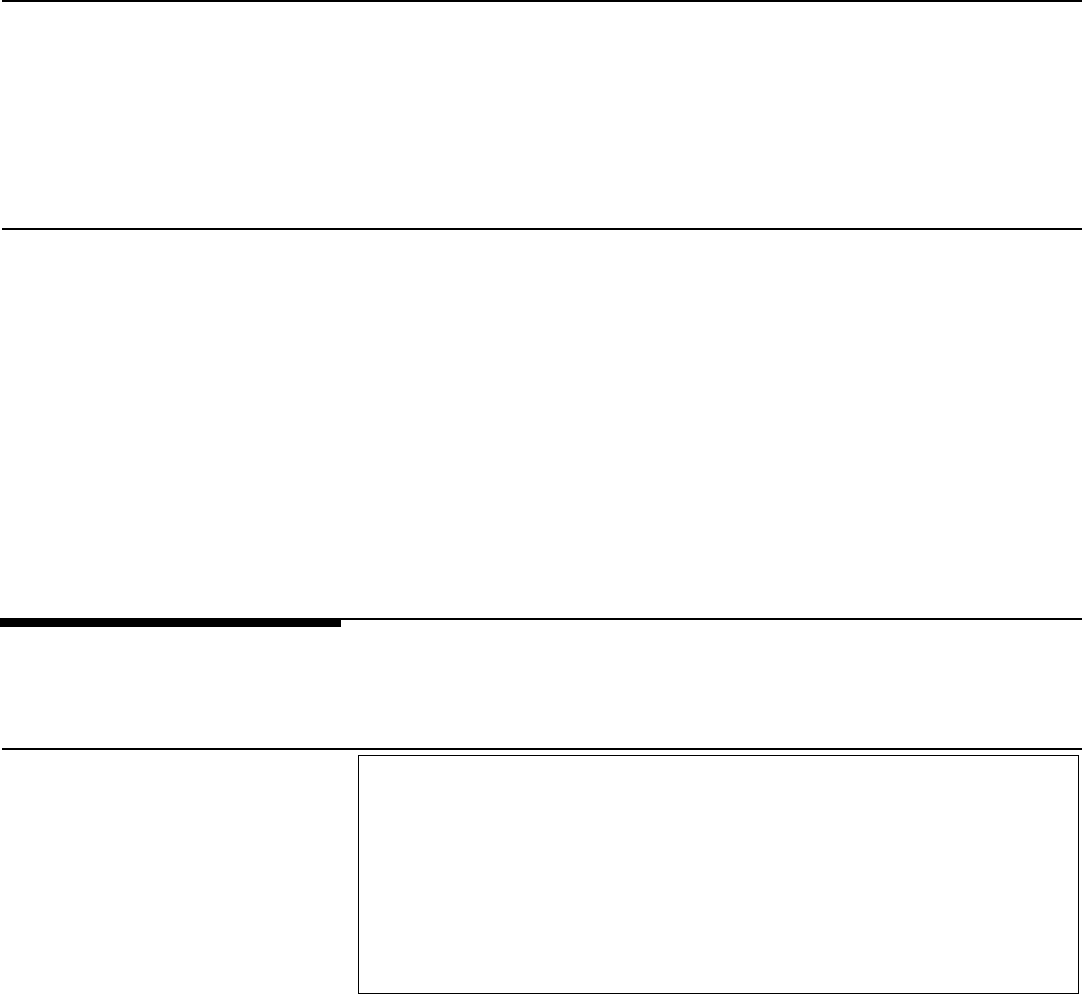
Chapter 7: Standards for Attestation
Engagements and Reviews of Financial
Statements
Page 128 GAO-18-568G Government Auditing Standards
individuals contracting for or requesting the engagement. Such an
understanding can help auditors avoid any misunderstandings regarding
the nature of the review or agreed-upon procedures engagement. For
example, a review engagement only provides limited assurance, and as a
result, auditors do not perform sufficient work to be able to develop
elements of a finding or provide recommendations that are common in
other types of GAGAS engagements. An agreed-upon procedures
engagement does not provide an opinion or conclusion, and as a result,
auditors do not perform sufficient work to be able to develop elements of
a finding or provide recommendations that are common in other types of
GAGAS engagements. Consequently, requesting parties may find that a
different type of attestation engagement or a performance audit may
provide the appropriate level of assurance to meet their needs.
Requirement: Compliance with Standards
7.05 GAGAS establishes requirements for examination engagements
in addition to the requirements for examinations contained in the
AICPA’s SSAEs. Auditors should comply with these additional
requirements, along with the AICPA requirements for examination
engagements, when citing GAGAS in their examination engagement
reports.
Application Guidance: Compliance with Standards
7.06 The AICPA standards applicable to examinations require the
auditors to apply the concept of materiality appropriately in planning and
performing the examination. Additional considerations may apply to
GAGAS engagements that concern government entities or entities that
receive government awards. For example, for engagements conducted in
accordance with GAGAS, auditors may find it appropriate to use lower
materiality levels than those used in non-GAGAS engagements because
of the public accountability of government entities and entities receiving
government funding, various legal and regulatory requirements, and the
visibility and sensitivity of government programs.
Examination
Engagements
Compliance with
Standards

Chapter 7: Standards for Attestation
Engagements and Reviews of Financial
Statements
Page 129 GAO-18-568G Government Auditing Standards
Requirements: Licensing and Certification
7.07 Auditors engaged to conduct examination engagements in the
United States who do not work for a government audit organization
should be licensed CPAs, persons working for licensed certified public
accounting firms, or licensed accountants in states that have multiclass
licensing systems that recognize licensed accountants other than
CPAs.
7.08 Auditors engaged to conduct examination engagements of
entities operating outside of the United States who do not work for a
government audit organization should meet the qualifications indicated
in paragraph 7.07, have certifications that meet all applicable national
and international standards and serve in their respective countries as
the functional equivalent of CPAs in the United States, or work for
nongovernment audit organizations that are the functional equivalent
of licensed certified public accounting firms in the United States.
Requirements: Auditor Communication
7.09 If the law or regulation requiring an examination engagement
specifically identifies the entities to be examined, auditors should
communicate pertinent information that in the auditors’ professional
judgment needs to be communicated both to individuals contracting for
or requesting the examination and to those legislative committees, if
any, that have ongoing oversight responsibilities for the audited entity.
7.10 If the identity of those charged with governance is not clearly
evident, auditors should document the process followed and
conclusions reached in identifying the appropriate individuals to
receive the required communications.
Application Guidance: Auditor Communication
7.11 For some matters, early communication to those charged with
governance or management may be important because of the relative
significance and the urgency for corrective follow-up action. Further, early
communication is important to allow management to take prompt
Licensing and Certification
Auditor Communication
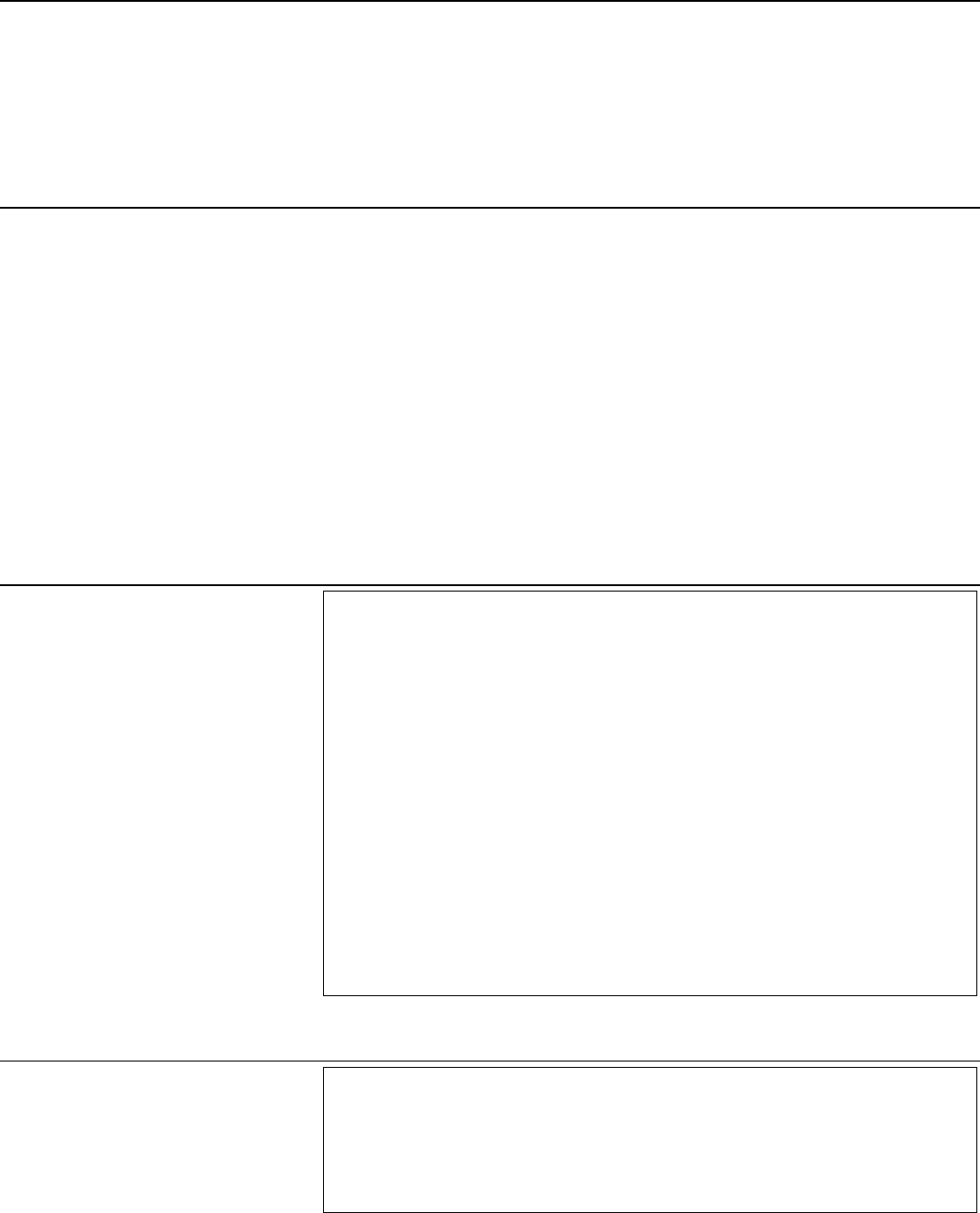
Chapter 7: Standards for Attestation
Engagements and Reviews of Financial
Statements
Page 130 GAO-18-568G Government Auditing Standards
corrective action to prevent further occurrences when a control deficiency
results in identified or suspected noncompliance with provisions of laws,
regulations, contracts, and grant agreements or identified or suspected
fraud. When a deficiency is communicated early, the reporting
requirements and application guidance in paragraphs 7.39 through 7.47
still apply.
7.12 Because the governance structures of government entities and
organizations can vary widely, it may not always be clearly evident who is
charged with key governance functions. The process for identifying those
charged with governance includes evaluating the organizational structure
for directing and controlling operations to achieve the audited entity’s
objectives and how the audited entity delegates authority and establishes
accountability for management.
Requirement: Results of Previous Engagements
7.13 When planning a GAGAS examination engagement, auditors
should ask management of the audited entity to identify previous
audits, attestation engagements, and other studies that directly relate
to the subject matter or an assertion about the subject matter of the
examination engagement, including whether related recommendations
have been implemented. Auditors should evaluate whether the audited
entity has taken appropriate corrective action to address findings and
recommendations from previous engagements that could have a
significant effect on the subject matter or an assertion about the
subject matter. Auditors should use this information in assessing risk
and determining the nature, timing, and extent of current work and
determining the extent to which testing the implementation of the
corrective actions is applicable to the current examination engagement
objectives.
Requirement: Investigations or Legal Proceedings
7.14 Auditors should inquire of management of the audited entity
whether any investigations or legal proceedings significant to the
engagement objectives have been initiated or are in process with
Results of Previous
Engagements
Investigations or Legal
Proceedings
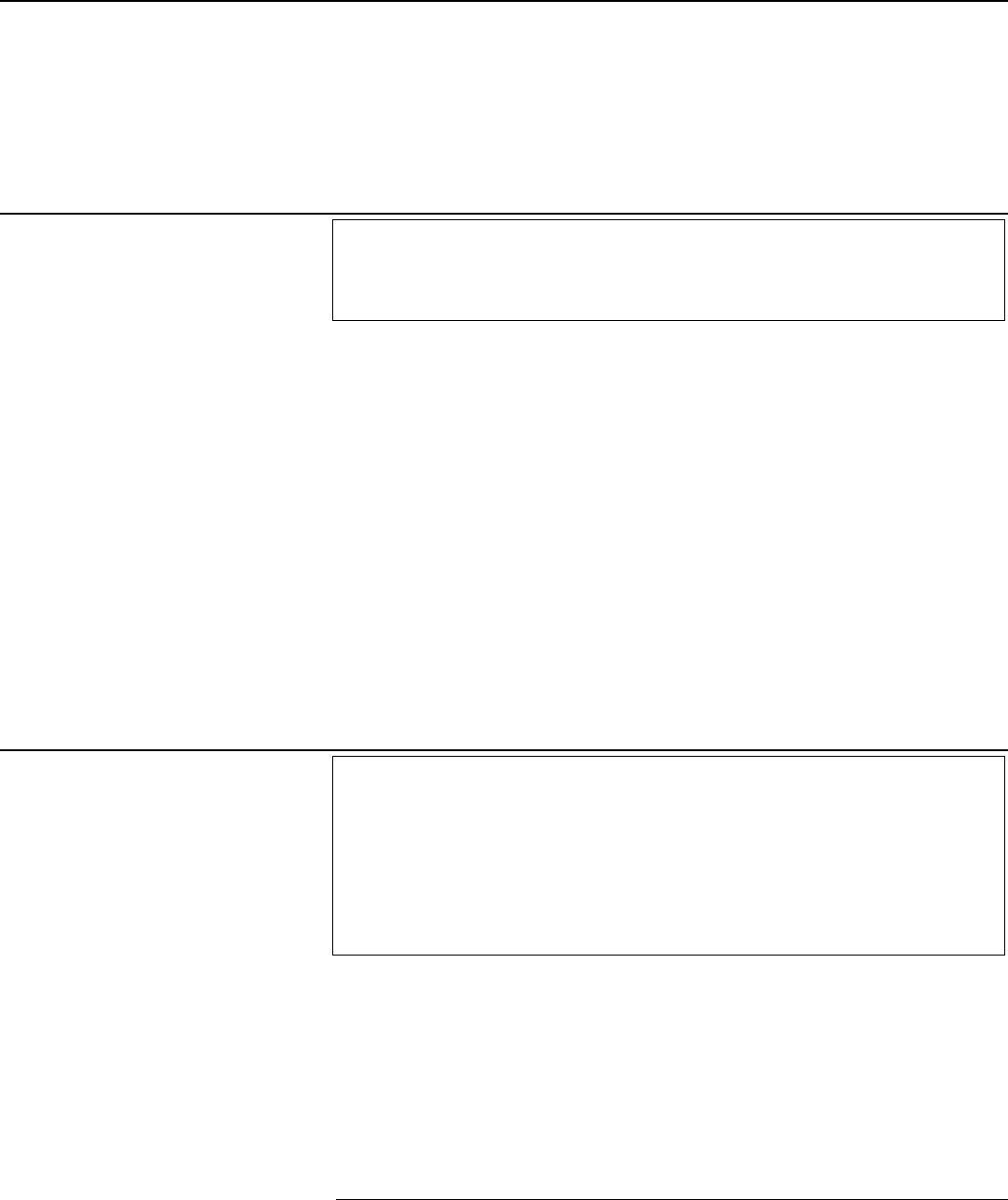
Chapter 7: Standards for Attestation
Engagements and Reviews of Financial
Statements
Page 131 GAO-18-568G Government Auditing Standards
respect to the period under examination, and should evaluate the
effect of initiated or in-process investigations or legal proceedings on
the current examination engagement.
Application Guidance: Investigations or Legal Proceedings
7.15 Laws, regulations, or policies may require auditors to report
indications of certain types of fraud or noncompliance with provisions of
laws, regulations, contracts, and grant agreements to law enforcement or
investigatory authorities before performing additional examination
procedures.
7.16 Avoiding interference with investigations or legal proceedings is
important in pursuing indications of fraud and noncompliance with
provisions of laws, regulations, contracts, and grant agreements. In some
cases, it may be appropriate for the auditors to work with investigators or
legal authorities or to withdraw from or defer further work on the
attestation engagement or a portion of the engagement to avoid
interfering with an ongoing investigation or legal proceeding.
Requirement: Noncompliance with Provisions of Laws,
Regulations, Contracts, and Grant Agreements
7.17 Auditors should extend the AICPA requirements concerning
consideration of noncompliance with laws and regulations to include
consideration of noncompliance with provisions of contracts and grant
agreements.
52
Application Guidance: Noncompliance with Provisions of Laws,
Regulations, Contracts, and Grant Agreements
7.18 Government programs are subject to provisions of many laws,
regulations, contracts, and grant agreements. At the same time, these
provisions’ significance within the context of the engagement objectives
varies widely, depending on the objectives of the engagement. Auditors
may consult with their legal counsel to (1) determine those laws and
52
See paras. .32 and .33 of AT-C section 205 (AICPA, Professional Standards).
Noncompliance with
Provisions of Laws,
Regulations, Contracts,
and Grant Agreements
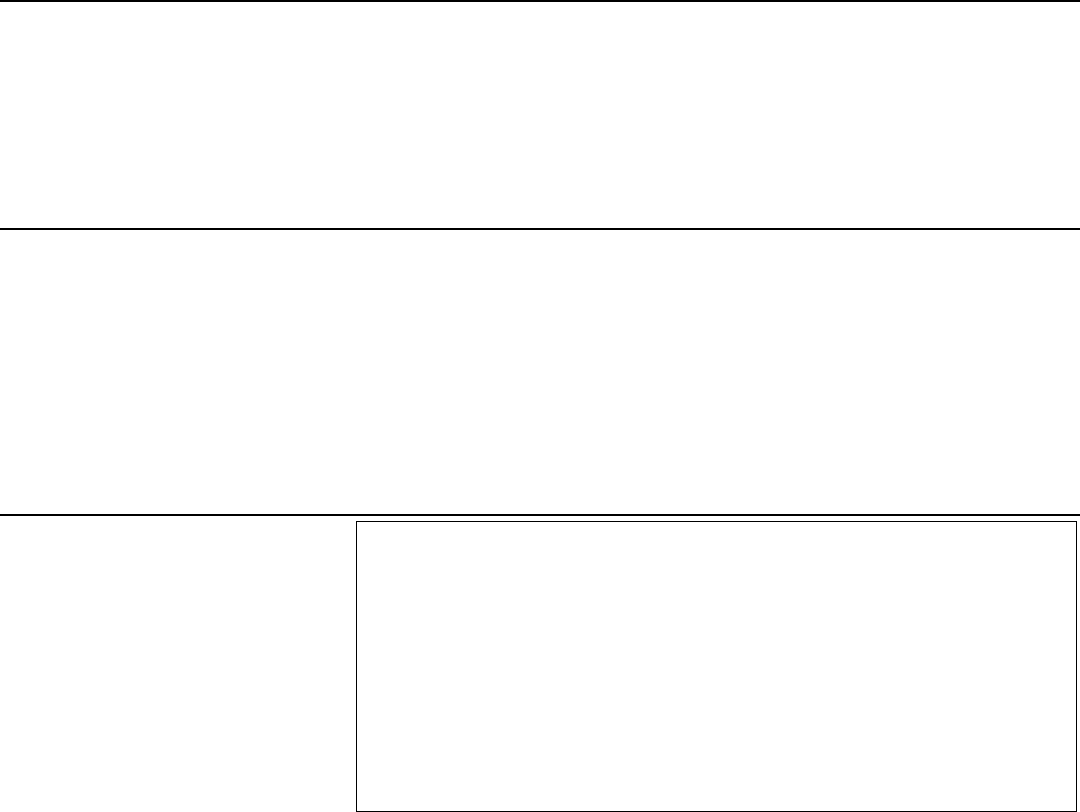
Chapter 7: Standards for Attestation
Engagements and Reviews of Financial
Statements
Page 132 GAO-18-568G Government Auditing Standards
regulations that are significant to the examination objectives, (2) design
tests of compliance with laws and regulations, and (3) evaluate the results
of those tests. Auditors also may consult with their legal counsel when
engagement objectives require testing compliance with provisions of
contracts or grant agreements. Depending on the circumstances of the
engagement, auditors may consult with others—such as investigative
staff, other audit organizations or government entities that provided
professional services to the audited entity, or applicable law enforcement
authorities—to obtain information on compliance matters.
Requirements: Findings
7.19 When auditors identify findings, they should plan and perform
procedures to develop the criteria, condition, cause, and effect of the
findings to the extent that these elements are relevant and necessary
to achieve the examination objectives.
7.20 Auditors should consider internal control deficiencies in their
evaluation of identified findings when developing the cause element of
the identified findings.
Application Guidance: Findings
7.21 Findings may involve deficiencies in internal control; noncompliance
with provisions of laws, regulations, contracts, and grant agreements; or
instances of fraud.
7.22 Given the concept of accountability for use of public resources and
government authority, evaluating internal control in a government
environment may also include considering internal control deficiencies
that result in waste or abuse. Because the determination of waste and
abuse is subjective, auditors are not required to perform specific
procedures to detect waste or abuse in examinations. However, auditors
may consider whether and how to communicate such matters if they
become aware of them. Auditors may also discover that waste or abuse
are indicative of fraud or noncompliance with provisions of laws,
regulations, contracts, and grant agreements.
7.23 Waste is the act of using or expending resources carelessly,
extravagantly, or to no purpose. Importantly, waste can include activities
that do not include abuse and does not necessarily involve a violation of
Findings

Chapter 7: Standards for Attestation
Engagements and Reviews of Financial
Statements
Page 133 GAO-18-568G Government Auditing Standards
law. Rather, waste relates primarily to mismanagement, inappropriate
actions, and inadequate oversight.
7.24 The following are examples of waste, depending on the facts and
circumstances:
a. Making travel choices that are contrary to existing travel policies
or are unnecessarily extravagant or expensive.
b. Making procurement or vendor selections that are contrary to
existing policies or are unnecessarily extravagant or expensive.
7.25 Abuse is behavior that is deficient or improper when compared with
behavior that a prudent person would consider reasonable and necessary
business practice given the facts and circumstances, but excludes fraud
and noncompliance with provisions of laws, regulations, contracts, and
grant agreements. Abuse also includes misuse of authority or position for
personal financial interests or those of an immediate or close family
member or business associate.
7.26 The following are examples of abuse, depending on the facts and
circumstances:
a. Creating unneeded overtime.
b. Requesting staff to perform personal errands or work tasks for a
supervisor or manager.
c. Misusing the official’s position for personal gain (including actions
that could be perceived by an objective third party with knowledge
of the relevant information as improperly benefiting an official’s
personal financial interests or those of an immediate or close
family member; a general partner; an organization for which the
official serves as an officer, director, trustee, or employee; or an
organization with which the official is negotiating concerning future
employment).
7.27 Criteria: For inclusion in findings, criteria may include the laws,
regulations, contracts, grant agreements, standards, measures, expected
performance, defined business practices, and benchmarks against which
performance is compared or evaluated. Criteria identify the required or
desired state or expectation with respect to the program or operation.
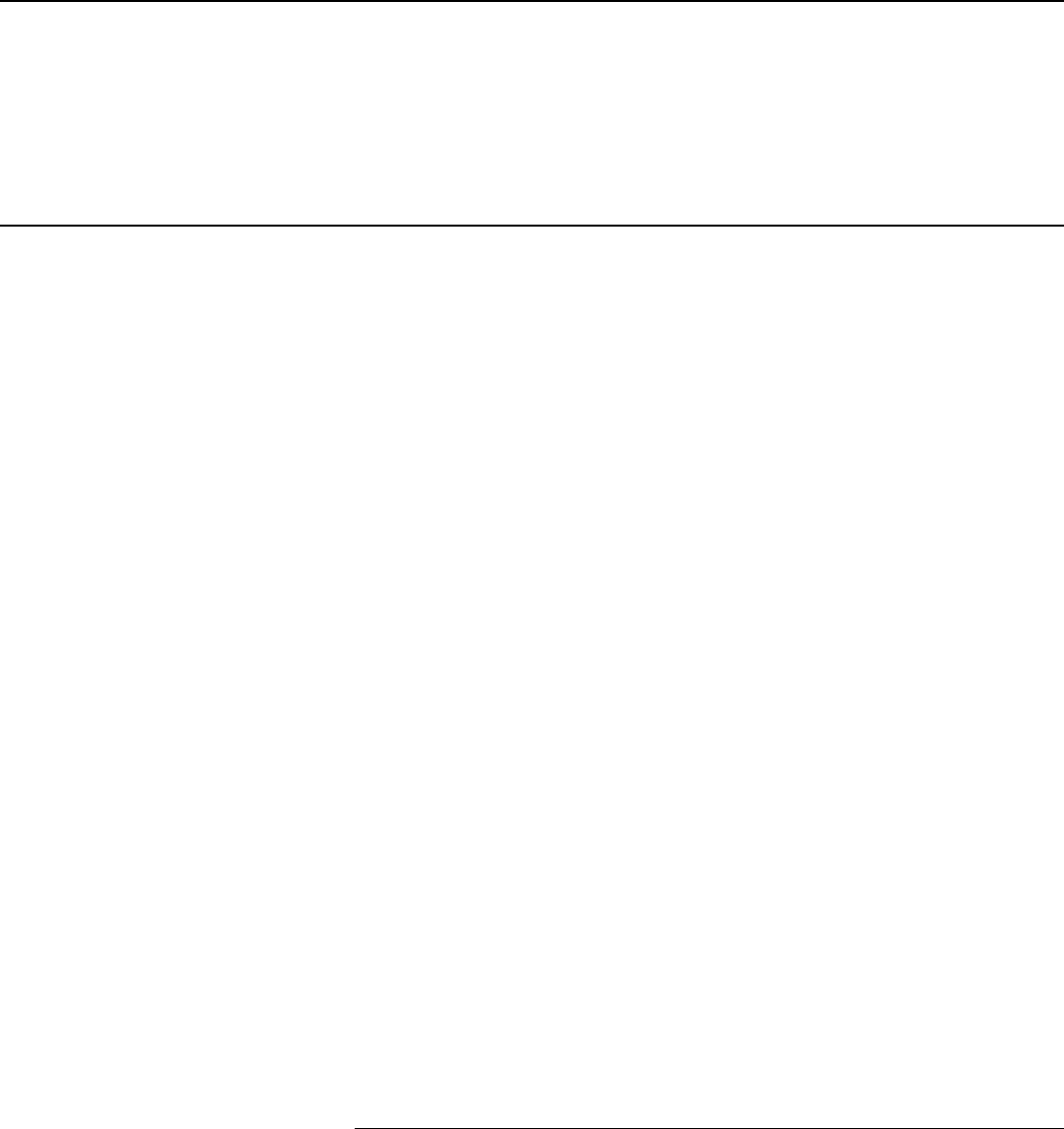
Chapter 7: Standards for Attestation
Engagements and Reviews of Financial
Statements
Page 134 GAO-18-568G Government Auditing Standards
Criteria provide a context for evaluating evidence and understanding the
findings, conclusions, and recommendations in the report.
7.28 Condition: Condition is a situation that exists. The condition is
determined and documented during the attestation engagement.
7.29 Cause: The cause is the factor or factors responsible for the
difference between the condition and the criteria, and may also serve as a
basis for recommendations for corrective actions. Common factors
include poorly designed policies, procedures, or criteria; inconsistent,
incomplete, or incorrect implementation; or factors beyond the control of
program management. Auditors may assess whether the evidence
provides a reasonable and convincing argument for why the stated cause
is the key factor contributing to the difference between the condition and
the criteria.
7.30 Effect or potential effect: The effect or potential effect is the outcome
or consequence resulting from the difference between the condition and
the criteria. When the engagement objectives include identifying the
actual or potential consequences of a condition that varies (either
positively or negatively) from the criteria identified in the engagement,
effect is a measure of those consequences. Effect or potential effect may
be used to demonstrate the need for corrective action in response to
identified problems or relevant risks.
7.31 Regardless of the type of finding identified, the cause of a finding
may relate to an underlying internal control deficiency. Depending on the
magnitude of impact, likelihood of occurrence, and nature of the
deficiency, this deficiency could be a significant deficiency or a material
weakness.
7.32 Considering internal control in the context of a comprehensive
internal control framework, such as Standards for Internal Control in the
Federal Government or Internal Control—Integrated Framework,
53
can
53
The Committee of Sponsoring Organizations of the Treadway Commission’s Internal
Control—Integrated Framework and Standards for Internal Control in the Federal
Government (GAO-14-704G) provide suitable and available criteria against which
management may evaluate and report on the effectiveness of the entity’s internal control.
Standards for Internal Control in the Federal Government may be adopted by entities
beyond those federal entities for which it is legally required, such as state, local, and
quasi-governmental entities, as well as other federal entities and not-for-profit
organizations, as a framework for an internal control system.
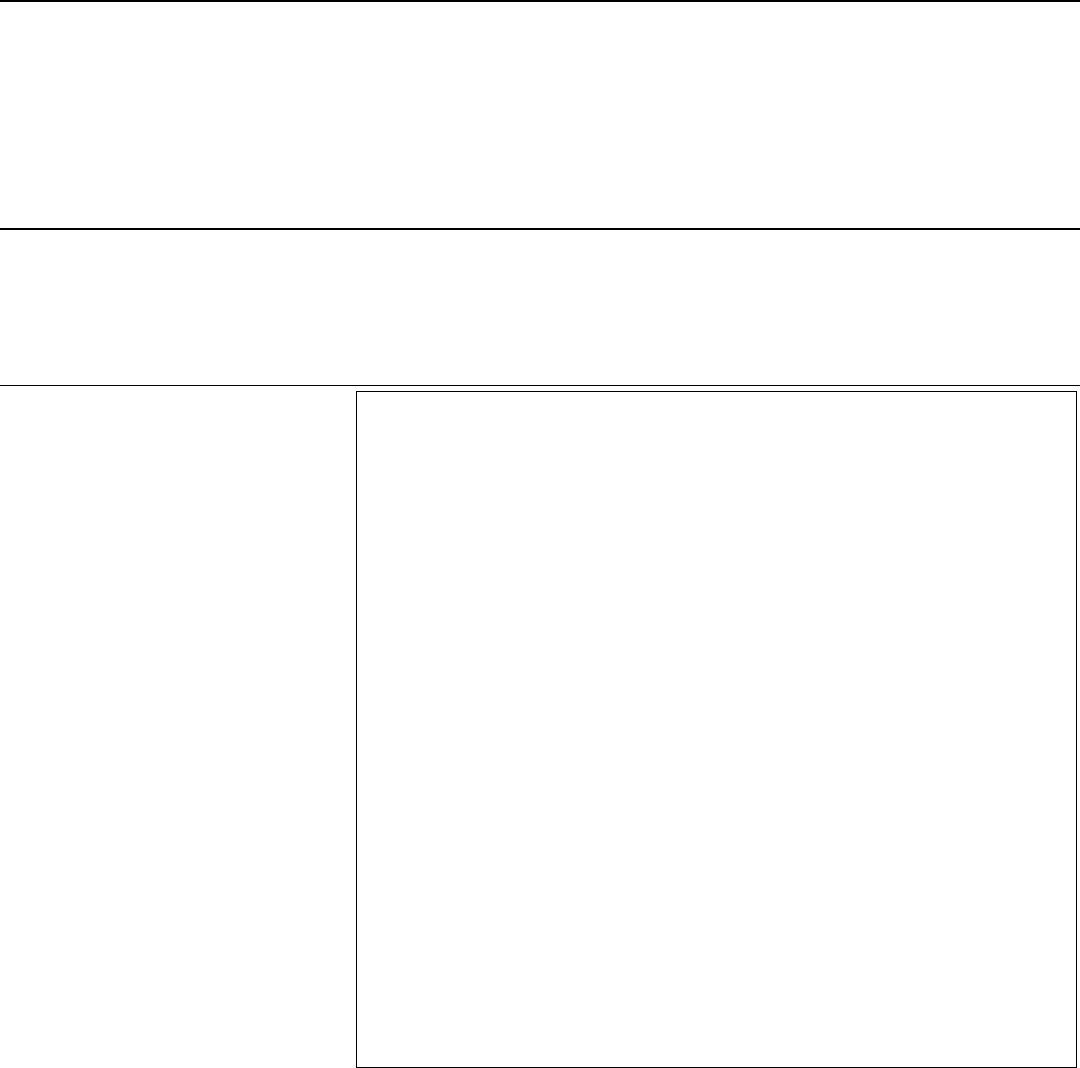
Chapter 7: Standards for Attestation
Engagements and Reviews of Financial
Statements
Page 135 GAO-18-568G Government Auditing Standards
help auditors to determine whether underlying internal control deficiencies
exist as the root cause of findings. Identifying these deficiencies can help
provide the basis for developing meaningful recommendations for
corrective actions.
Requirements: Examination Engagement Documentation
7.33 Auditors should comply with the following documentation
requirements.
a. Before the date of the examination report, document
supervisory review of the evidence that supports the findings,
conclusions, and recommendations contained in the
examination report.
b. Document any departures from the GAGAS requirements and
the effect on the examination engagement and on the auditors’
conclusions when the examination engagement does not
comply with applicable GAGAS requirements because of law,
regulation, scope limitations, restrictions on access to records,
or other issues affecting the examination engagement.
7.34 In addition to the requirements of the examination engagement
standards used in conjunction with GAGAS, auditors should prepare
attest documentation in sufficient detail to enable an experienced
auditor, having no previous connection to the examination
engagement, to understand from the documentation the nature, timing,
extent, and results of procedures performed and the evidence obtained
and its source and the conclusions reached, including evidence that
supports the auditors’ significant judgments and conclusions.
Application Guidance: Examination Engagement Documentation
7.35 When documenting departures from the GAGAS requirements
where alternative procedures performed were not sufficient to achieve the
objectives of the requirements, the examination engagement
documentation requirements apply to departures from unconditional
requirements and presumptively mandatory requirements.
7.36 An experienced auditor is an individual who possesses the
competencies and skills to be able to conduct the examination
Examination Engagement
Documentation
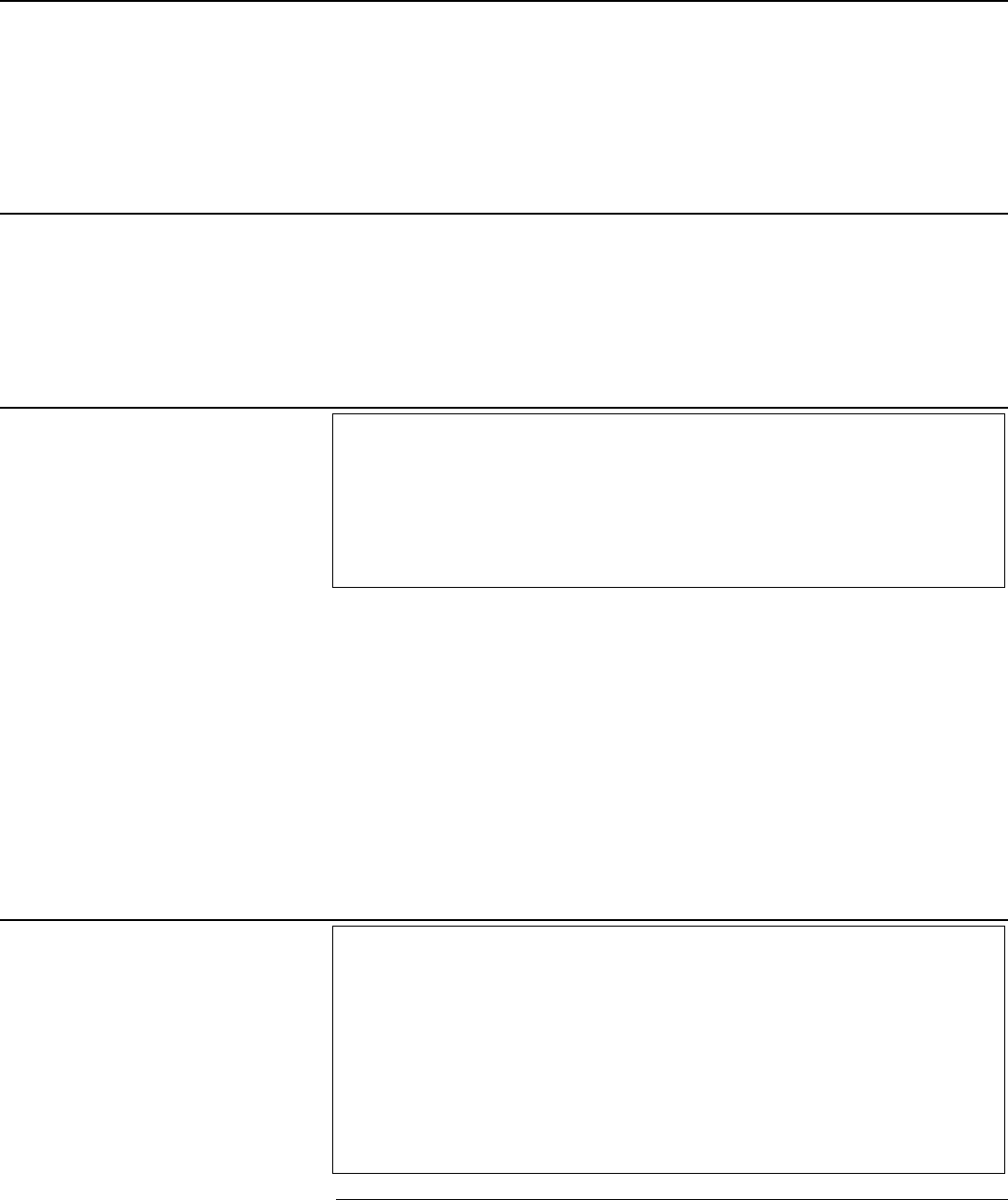
Chapter 7: Standards for Attestation
Engagements and Reviews of Financial
Statements
Page 136 GAO-18-568G Government Auditing Standards
engagement. These competencies and skills include an understanding of
(1) examination engagement processes and related examination
standards, (2) GAGAS and applicable legal and regulatory requirements,
(3) the subject matter on which the auditors are engaged to report, (4) the
suitability and availability of criteria, and (5) issues related to the audited
entity’s environment.
Requirement: Availability of Individuals and Documentation
7.37 Subject to applicable provisions of laws and regulations, auditors
should make appropriate individuals and examination engagement
documentation available upon request and in a timely manner to other
auditors or reviewers.
Application Guidance: Availability of Individuals and Documentation
7.38 Underlying GAGAS examination engagements is the premise that
audit organizations in federal, state, and local governments and public
accounting firms engaged to conduct examination engagements in
accordance with GAGAS cooperate in evaluating programs of common
interest so that auditors may use others’ work and avoid duplication of
efforts. The use of auditors’ work by other auditors may be facilitated by
contractual arrangements for GAGAS engagements that provide for full
and timely access to appropriate individuals and to engagement
documentation.
Requirements: Reporting the Auditors’ Compliance with GAGAS
7.39 When auditors comply with all applicable GAGAS requirements,
they should include a statement in the report that they conducted the
examination in accordance with GAGAS.
54
7.40 If auditors report separately (including separate reports bound in
the same document) on deficiencies in internal control; noncompliance
with provisions of laws, regulations, contracts, and grant agreements;
54
See paras. 2.16 through 2.19 for information on the GAGAS compliance statement.
Availability of Individuals
and Documentation
Reporting the Auditors’
Compliance with GAGAS
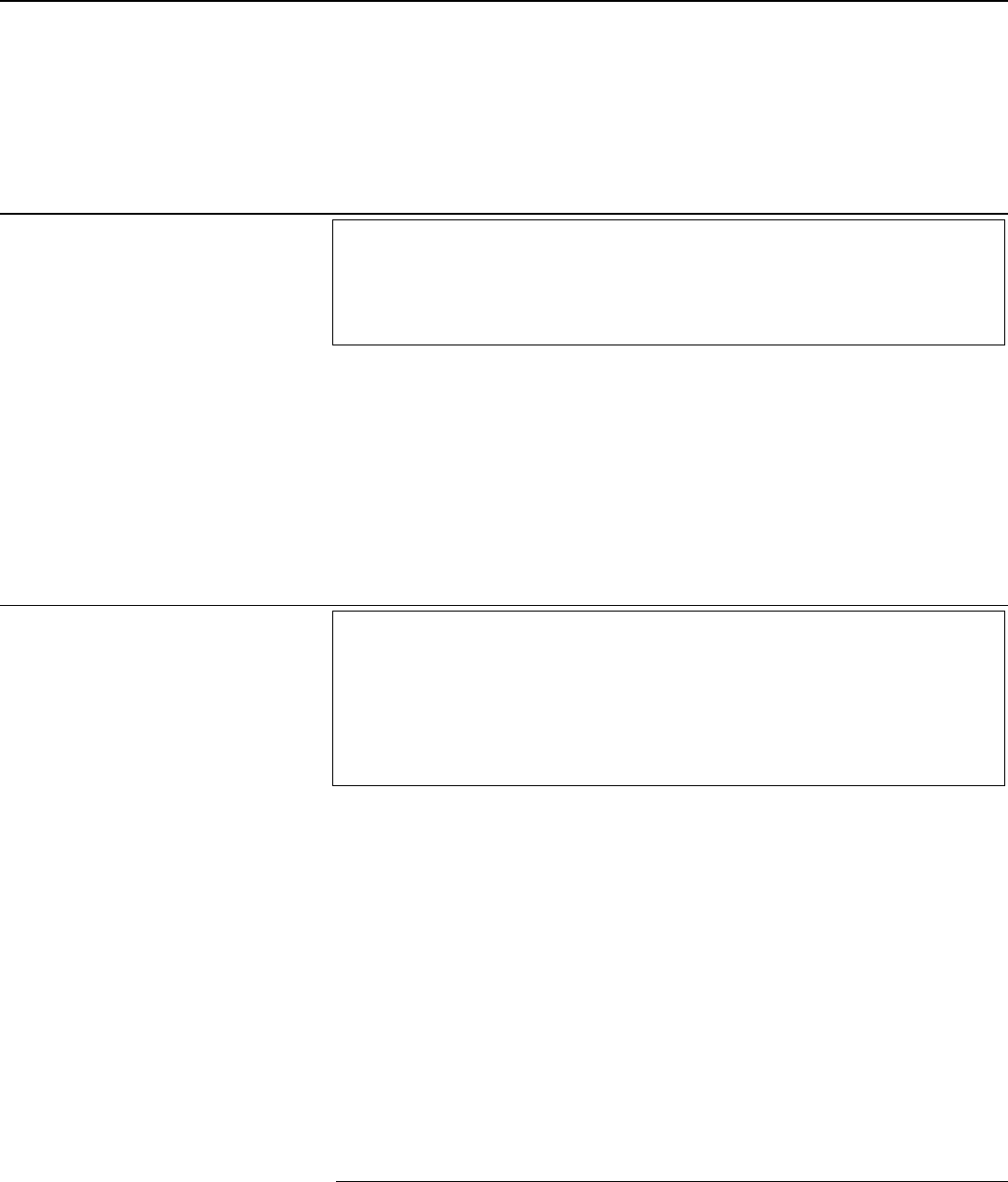
Chapter 7: Standards for Attestation
Engagements and Reviews of Financial
Statements
Page 137 GAO-18-568G Government Auditing Standards
or instances of fraud, they should state in the examination report that
they are issuing those additional reports. They should include a
reference to the separate reports and also state that the reports are an
integral part of a GAGAS examination engagement.
Application Guidance: Reporting the Auditors’ Compliance with
GAGAS
7.41 Because GAGAS incorporates by reference the AICPA’s attestation
standards, GAGAS does not require auditors to cite compliance with the
AICPA standards when citing compliance with GAGAS. GAGAS does not
prohibit auditors from issuing a separate report conforming only to the
requirements of the AICPA or other standards.
Requirement: Reporting Deficiencies in Internal Control
7.42 Auditors should include in the examination report all internal
control deficiencies, even those communicated early, that are
considered to be significant deficiencies or material weaknesses that
the auditors identified based on the engagement work performed.
55
Application Guidance: Reporting Deficiencies in Internal Control
7.43 Determining whether and how to communicate to officials of the
audited entity internal control deficiencies that are not considered
significant deficiencies or material weaknesses is a matter of professional
judgment.
55
GAGAS’s use of internal control terminology is consistent with the definitions contained
in AU-C section 265 (AICPA, Professional Standards).
Reporting Deficiencies in
Internal Control
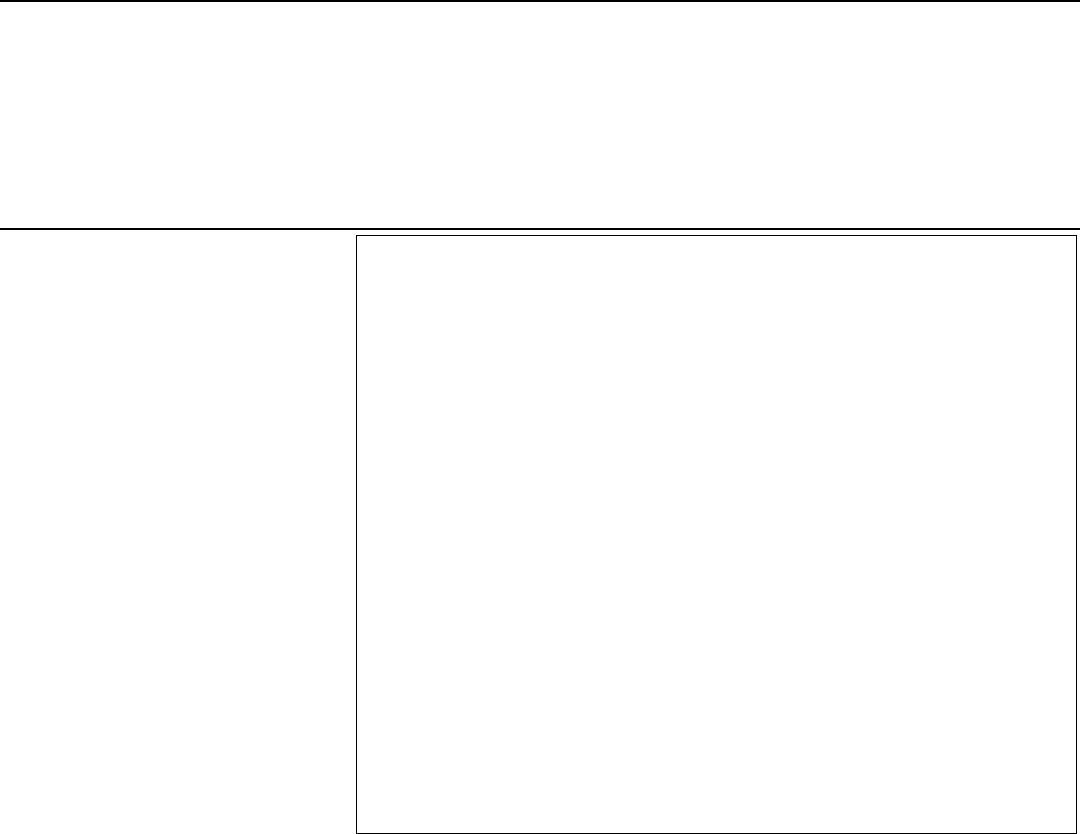
Chapter 7: Standards for Attestation
Engagements and Reviews of Financial
Statements
Page 138 GAO-18-568G Government Auditing Standards
Requirements: Reporting on Noncompliance with Provisions of
Laws, Regulations, Contracts, and Grant Agreements or
Instances of Fraud
7.44 Auditors should include in their examination report the relevant
information about noncompliance and fraud when auditors, based on
sufficient, appropriate evidence, identify or suspect
a. noncompliance with provisions of laws, regulations, contracts,
or grant agreements that has a material effect on the subject
matter or an assertion about the subject matter or
b. fraud that is material, either quantitatively or qualitatively, to the
subject matter or an assertion about the subject matter that is
significant to the engagement objectives.
7.45 When auditors identify or suspect noncompliance with provisions
of laws, regulations, contracts, or grant agreements or instances of
fraud that have an effect on the subject matter or an assertion about
the subject matter that are less than material but warrant the attention
of those charged with governance, they should communicate in writing
to audited entity officials.
Application Guidance: Reporting on Noncompliance with Provisions
of Laws, Regulations, Contracts, or Grant Agreements or Instances
of Fraud
7.46 When auditors identify or suspect noncompliance with provisions of
laws, regulations, contracts, or grant agreements or instances of fraud
that do not warrant the attention of those charged with governance, the
auditors’ determination of whether and how to communicate such
instances to audited entity officials is a matter of professional judgment.
7.47 When auditors identify or suspect noncompliance with provisions of
laws, regulations, contracts, or grant agreements or instances of fraud,
auditors may consult with authorities or legal counsel about whether
publicly reporting such information would compromise investigative or
legal proceedings. Auditors may limit their public reporting to matters that
would not compromise those proceedings and, for example, report only
on information that is already a part of the public record.
Reporting on
Noncompliance with
Provisions of Laws,
Regulations, Contracts,
and Grant Agreements or
Instances of Fraud

Chapter 7: Standards for Attestation
Engagements and Reviews of Financial
Statements
Page 139 GAO-18-568G Government Auditing Standards
Requirements: Presenting Findings in the Report
7.48 When presenting findings, auditors should develop the elements
of the findings to the extent necessary to assist management or
oversight officials of the audited entity in understanding the need for
taking corrective action.
7.49 Auditors should place their findings in perspective by describing
the nature and extent of the issues being reported and the extent of
the work performed that resulted in the findings. To give the reader a
basis for judging the prevalence and consequences of the findings,
auditors should, as appropriate, relate the instances identified to the
population or the number of cases examined and quantify the results in
terms of dollar value or other measures. If the results cannot be
projected, auditors should limit their conclusions appropriately.
Application Guidance: Presenting Findings in the Report
7.50 Along with assisting management or oversight officials of the audited
entity in understanding the need for taking corrective action, clearly
developed findings assist auditors in making recommendations for
corrective action. If auditors sufficiently develop the elements of a finding,
they may provide recommendations for corrective action.
Requirements: Reporting Findings Directly to Parties outside the
Audited Entity
7.51 Auditors should report identified or suspected noncompliance with
provisions of laws, regulations, contracts, and grant agreements and
instances of fraud directly to parties outside the audited entity in the
following two circumstances.
a. When audited entity management fails to satisfy legal or
regulatory requirements to report such information to external
parties specified in law or regulation, auditors should first
communicate the failure to report such information to those
charged with governance. If the audited entity still does not
report this information to the specified external parties as soon
as practicable after the auditors’ communication with those
Presenting Findings in the
Report
Reporting Findings
Directly to Parties outside
the Audited Entity
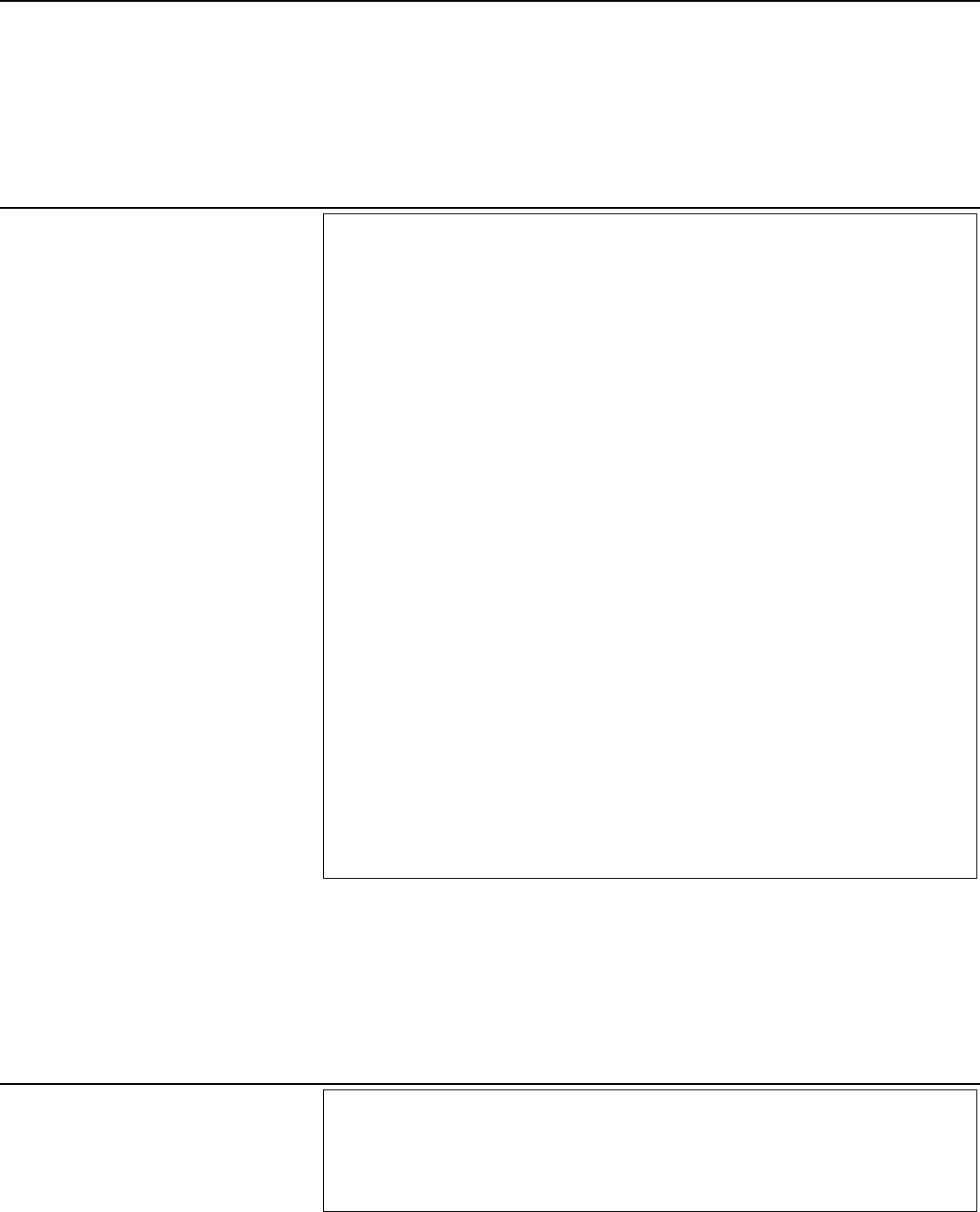
Chapter 7: Standards for Attestation
Engagements and Reviews of Financial
Statements
Page 140 GAO-18-568G Government Auditing Standards
charged with governance, then the auditors should report the
information directly to the specified external parties.
b. When audited entity management fails to take timely and
appropriate steps to respond to fraud or noncompliance with
provisions of laws, regulations, contracts, and grant
agreements that (1) is likely to have a material effect on the
subject matter and (2) involves funding received directly or
indirectly from a government agency, auditors should first
report management’s failure to take timely and appropriate
steps to those charged with governance. If the audited entity
still does not take timely and appropriate steps as soon as
practicable after the auditors’ communication with those
charged with governance, then the auditors should report the
audited entity’s failure to take timely and appropriate steps
directly to the funding agency.
7.52 Auditors should comply with the requirements in paragraph 7.51
even if they have resigned or been dismissed from the engagement
prior to its completion.
7.53 Auditors should obtain sufficient, appropriate evidence, such as
confirmation from outside parties, to corroborate representations by
management of the audited entity that it has reported engagement
findings in accordance with laws, regulations, or funding agreements.
When auditors are unable to do so, they should report such
information directly, as discussed in paragraphs 7.51 and 7.52.
Application Guidance: Reporting Findings Directly to Parties outside
the Audited Entity
7.54 The reporting in paragraph 7.51 is in addition to any legal
requirements to report such information directly to parties outside the
audited entity.
Requirements: Obtaining and Reporting the Views of Responsible
Officials
7.55 Auditors should obtain and report the views of responsible
Obtaining and Reporting
the Views of Responsible
Officials

Chapter 7: Standards for Attestation
Engagements and Reviews of Financial
Statements
Page 141 GAO-18-568G Government Auditing Standards
officials of the audited entity concerning the findings, conclusions, and
recommendations in the examination report, as well as any planned
corrective actions.
7.56 When auditors receive written comments from the responsible
officials, they should include in their report a copy of the officials’
written comments or a summary of the comments received. When the
responsible officials provide oral comments only, auditors should
prepare a summary of the oral comments, provide a copy of the
summary to the responsible officials to verify that the comments are
accurately represented, and include the summary in their report.
7.57 When the audited entity’s comments are inconsistent or in conflict
with the findings, conclusions, or recommendations in the draft report,
the auditors should evaluate the validity of the audited entity’s
comments. If the auditors disagree with the comments, they should
explain in the report their reasons for disagreement. Conversely, the
auditors should modify their report as necessary if they find the
comments valid and supported by sufficient, appropriate evidence.
7.58 If the audited entity refuses to provide comments or is unable to
provide comments within a reasonable period of time, the auditors
should issue the report without receiving comments from the audited
entity. In such cases, the auditors should indicate in the report that the
audited entity did not provide comments.
Application Guidance: Obtaining and Reporting the Views of
Responsible Officials
7.59 Providing a draft report with findings for review and comment by
responsible officials of the audited entity and others helps the auditors
develop a report that is fair, complete, and objective. Including the views
of responsible officials results in a report that presents not only the
auditors’ findings, conclusions, and recommendations but also the
perspectives of the audited entity’s responsible officials and the corrective
actions they plan to take. Obtaining the comments in writing is preferred,
but oral comments are acceptable. When the audited entity provides
technical comments in addition to its written or oral comments on the
report, auditors may disclose in the report that such comments were
received. Technical comments address points of fact or are editorial in
nature and do not address substantive issues, such as methodology,
findings, conclusions, or recommendations.
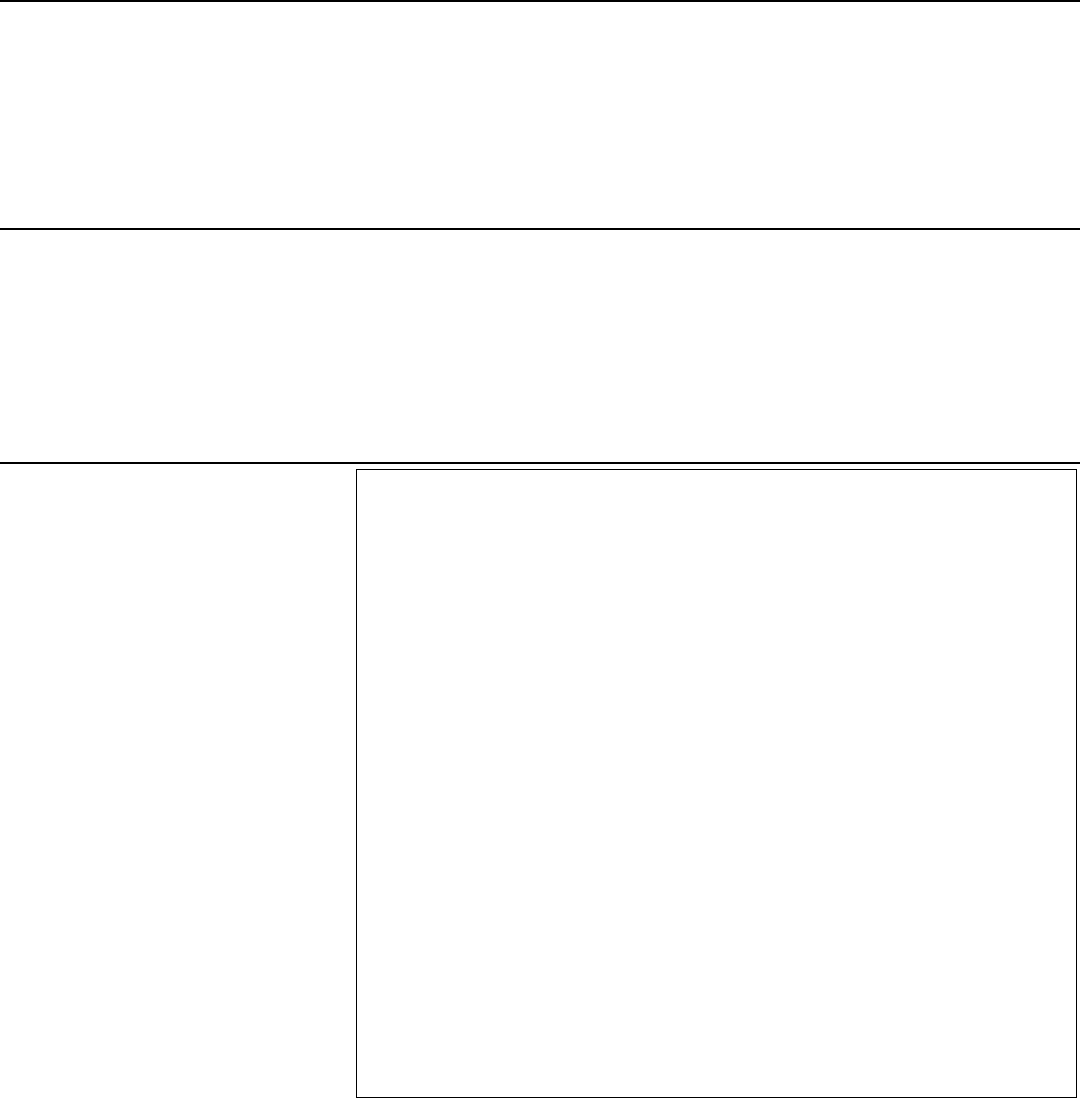
Chapter 7: Standards for Attestation
Engagements and Reviews of Financial
Statements
Page 142 GAO-18-568G Government Auditing Standards
7.60 Obtaining oral comments may be appropriate when, for example,
there is a reporting date critical to meeting a user’s needs; auditors have
worked closely with the responsible officials throughout the engagement,
and the parties are familiar with the findings and issues addressed in the
draft report; or the auditors do not expect major disagreements with
findings, conclusions, or recommendations in the draft report or major
controversies with regard to the issues discussed in the draft report.
Requirements: Reporting Confidential or Sensitive Information
7.61 If certain information is prohibited from public disclosure or is
excluded from a report because of its confidential or sensitive nature,
auditors should disclose in the report that certain information has been
omitted and the circumstances that make the omission necessary.
7.62 When circumstances call for omission of certain information,
auditors should evaluate whether the omission could distort the
examination engagement results or conceal improper or illegal
practices and revise the report language as necessary to avoid report
users drawing inappropriate conclusions from the information
presented.
7.63 When the audit organization is subject to public records laws,
auditors should determine whether public records laws could affect the
availability of classified or limited use reports and determine whether
other means of communicating with management and those charged
with governance would be more appropriate. Auditors use professional
judgment to determine the appropriate means to communicate the
omitted information to management and those charged with
governance considering, among other things, whether public records
laws could affect the availability of classified or limited use reports.
Application Guidance: Reporting Confidential or Sensitive
Information
7.64 If the report refers to the omitted information, the reference may be
general and not specific. If the omitted information is not necessary to
meet the engagement objectives, the report need not refer to its omission.
7.65 Certain information may be classified or may otherwise be prohibited
from general disclosure by federal, state, or local laws or regulations. In
Reporting Confidential or
Sensitive Information
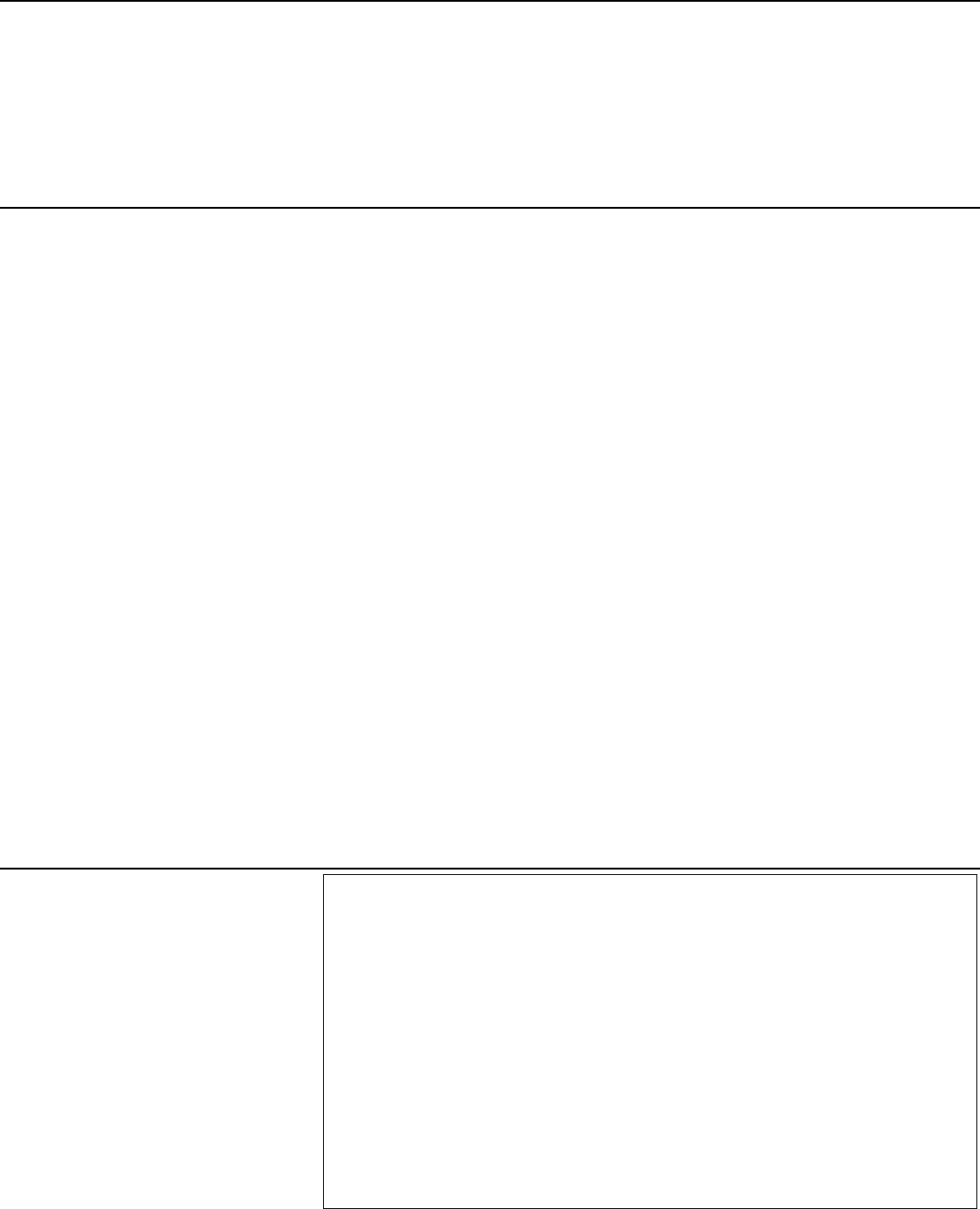
Chapter 7: Standards for Attestation
Engagements and Reviews of Financial
Statements
Page 143 GAO-18-568G Government Auditing Standards
such circumstances, auditors may issue a separate, classified, or limited
use report containing such information and distribute the report only to
persons authorized by law or regulation to receive it.
7.66 Additional circumstances associated with public safety, privacy, or
security concerns could also justify the exclusion of certain information
from a publicly available or widely distributed report. For example,
detailed information related to computer security for a particular program
may be excluded from publicly available reports because of the potential
damage that misuse of this information could cause. In such
circumstances, auditors may issue a limited use report containing such
information and distribute the report only to those parties responsible for
acting on the auditors’ recommendations. In some instances, it may be
appropriate to issue both a publicly available report with the sensitive
information excluded and a limited use report. The auditors may consult
with legal counsel regarding any requirements or other circumstances
that may necessitate omitting certain information.
7.67 Considering the broad public interest in the program or activity under
examination assists auditors when deciding whether to exclude certain
information from publicly available reports.
7.68 In cases described in paragraph 7.63, the auditors may
communicate general information in a written report and communicate
detailed information orally. The auditors may consult with legal counsel
regarding applicable public records laws.
Requirement: Distributing Reports
7.69 Distribution of reports completed in accordance with GAGAS
depends on the auditors’ relationship with the audited organization and
the nature of the information contained in the reports. Auditors should
document any limitation on report distribution.
a. An audit organization in a government entity should distribute
reports to those charged with governance, to the appropriate
audited entity officials, and to the appropriate oversight bodies
or organizations requiring or arranging for the examination
engagements. As appropriate, auditors should also distribute
copies of the reports to other officials who have legal oversight
Distributing Reports
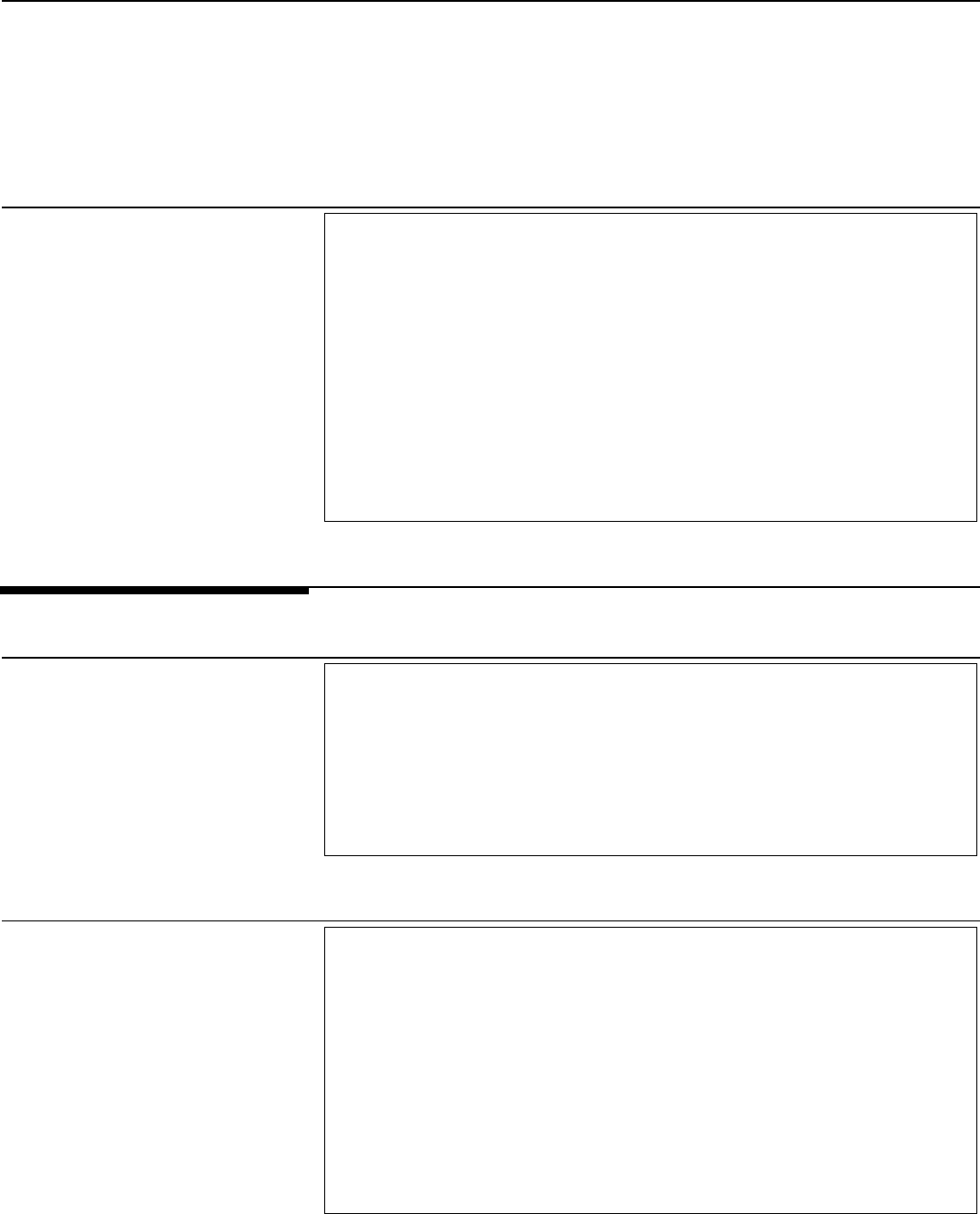
Chapter 7: Standards for Attestation
Engagements and Reviews of Financial
Statements
Page 144 GAO-18-568G Government Auditing Standards
authority or who may be responsible for acting on engagement
findings and recommendations and to others authorized to
receive such reports.
b. A public accounting firm contracted to conduct an examination
engagement in accordance with GAGAS should clarify report
distribution responsibilities with the engaging party. If the
contracting firm is responsible for the distribution, it should
reach agreement with the party contracting for the examination
engagement about which officials or organizations will receive
the report and the steps being taken to make the report
available to the public.
Requirement: Compliance with Standards
7.70 GAGAS establishes requirements for review engagements in
addition to the requirements for reviews contained in the AICPA’s
SSAEs. Auditors should comply with the additional GAGAS
requirements, along with the applicable AICPA requirements, when
citing GAGAS in their review engagement reports.
Requirements: Licensing and Certification
7.71 Auditors engaged to conduct review engagements in the United
States who do not work for a government audit organization should be
licensed CPAs, persons working for licensed certified public
accounting firms, or licensed accountants in states that have multiclass
licensing systems that recognize licensed accountants other than
CPAs.
7.72 Auditors engaged to conduct review engagements of entities
operating outside of the United States who do not work for a
Review Engagements
Compliance with
Standards
Licensing and Certification

Chapter 7: Standards for Attestation
Engagements and Reviews of Financial
Statements
Page 145 GAO-18-568G Government Auditing Standards
government audit organization should meet the qualifications indicated
in paragraph 7.71, have certifications that meet all applicable national
and international standards and serve in their respective countries as
the functional equivalent of CPAs in the United States, or work for
nongovernment audit organizations that are the functional equivalent
of licensed certified public accounting firms in the United States.
Requirement: Noncompliance with Provisions of Laws,
Regulations, Contracts, and Grant Agreements
7.73 Auditors should extend the AICPA requirements concerning
consideration of noncompliance with laws and regulations to include
consideration of noncompliance with provisions of contracts and grant
agreements.
56
Requirement: Reporting Auditors’ Compliance with GAGAS
7.74 When auditors comply with all applicable requirements for a
review engagement conducted in accordance with GAGAS, they
should include a statement in the review report that they conducted the
engagement in accordance with GAGAS.
57
Application Guidance: Reporting Auditors’ Compliance with GAGAS
7.75 Because GAGAS incorporates by reference the AICPA’s attestation
standards, GAGAS does not require auditors to cite compliance with the
AICPA standards when they cite compliance with GAGAS. GAGAS does
not prohibit auditors from issuing a separate report conforming only to the
requirements of the AICPA or other standards setters.
56
See paras. .23 and .24 of AT-C section 210 (AICPA, Professional Standards).
57
See paras. 2.16 through 2.19 for information on the GAGAS compliance statement.
Noncompliance with
Provisions of Laws,
Regulations, Contracts,
and Grant Agreements
Reporting Auditors’
Compliance with GAGAS
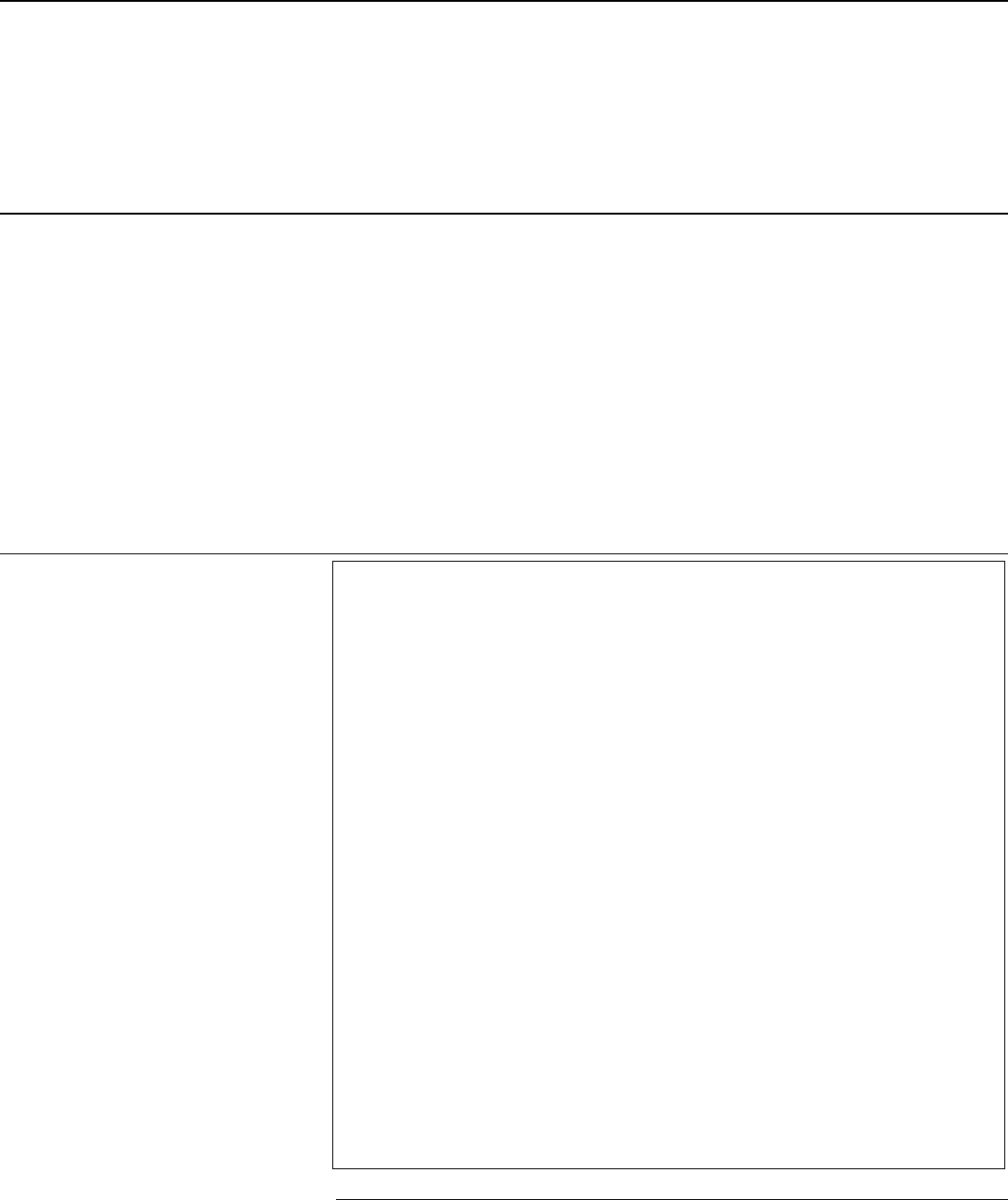
Chapter 7: Standards for Attestation
Engagements and Reviews of Financial
Statements
Page 146 GAO-18-568G Government Auditing Standards
7.76 Because review engagements are substantially less in scope than
audits and examination engagements, it is important to include all
required reporting elements contained in the standards used in
conjunction with GAGAS. For example, a required element of the review
report under SSAEs is a statement that a review is substantially less in
scope than an examination, the objective of which is to express an
opinion on the subject matter, and accordingly, no such opinion is
expressed.
58
Including only those elements that the reporting standards
for review engagements require or permit helps ensure that auditors
comply with the standards and that users of GAGAS reports have an
understanding of the nature of the work performed and the results of the
review engagement.
Requirement: Distributing Reports
7.77 Distribution of reports completed in accordance with GAGAS
depends on the auditors’ relationship with the audited organization and
the nature of the information contained in the reports. If the subject
matter or the assertion involves material that is classified or contains
confidential or sensitive information, auditors should limit report
distribution. Auditors should document any limitation on report
distribution.
a. An audit organization in a government entity should distribute
reports to those charged with governance, to the appropriate
audited entity officials, and to the appropriate oversight bodies
or organizations requiring or arranging for the engagements. As
appropriate, auditors should also distribute copies of the
reports to other officials who have legal oversight authority and
to others authorized to receive such reports.
b. A public accounting firm contracted to conduct a review
engagement in accordance with GAGAS should clarify report
distribution responsibilities with the engaging party. If the
contracting firm is responsible for the distribution, it should
reach agreement with the party contracting for the engagement
58
See para. .46(f)(iii) of AT-C section 210 (AICPA, Professional Standards).
Distributing Reports
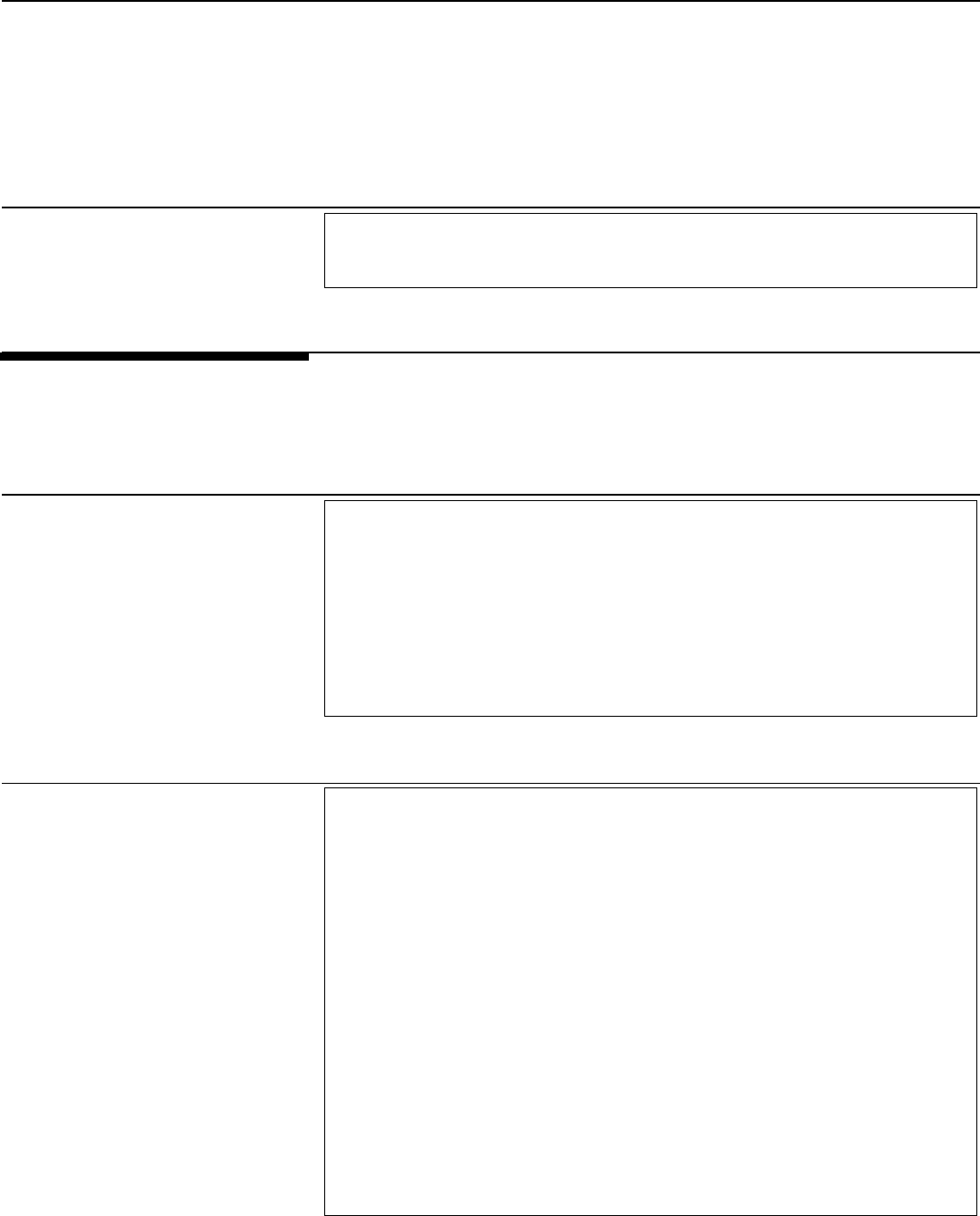
Chapter 7: Standards for Attestation
Engagements and Reviews of Financial
Statements
Page 147 GAO-18-568G Government Auditing Standards
about which officials or organizations will receive the report and
the steps being taken to make the report available to the public.
Requirement: Compliance with Standards
7.78 GAGAS establishes requirements for agreed-upon procedures
engagements in addition to the requirements for agreed-upon
procedures engagements contained in the AICPA’s SSAEs. Auditors
should comply with the additional GAGAS requirements, along with the
applicable AICPA requirements, when citing GAGAS in their agreed-
upon procedures engagement reports.
Requirements: Licensing and Certification
7.79 Auditors engaged to conduct agreed-upon procedures
engagements in the United States who do not work for a government
audit organization should be licensed CPAs, persons working for
licensed certified public accounting firms, or licensed accountants in
states that have multiclass licensing systems that recognize licensed
accountants other than CPAs.
7.80 Auditors engaged to conduct agreed-upon procedures
engagements of entities operating outside of the United States who do
not work for a government audit organization should meet the
qualifications indicated in paragraph 7.79, have certifications that meet
all applicable national and international standards and serve in their
respective countries as the functional equivalent of CPAs in the United
States, or work for nongovernment audit organizations that are the
Agreed-Upon
Procedures
Engagements
Compliance with
Standards
Licensing and Certification
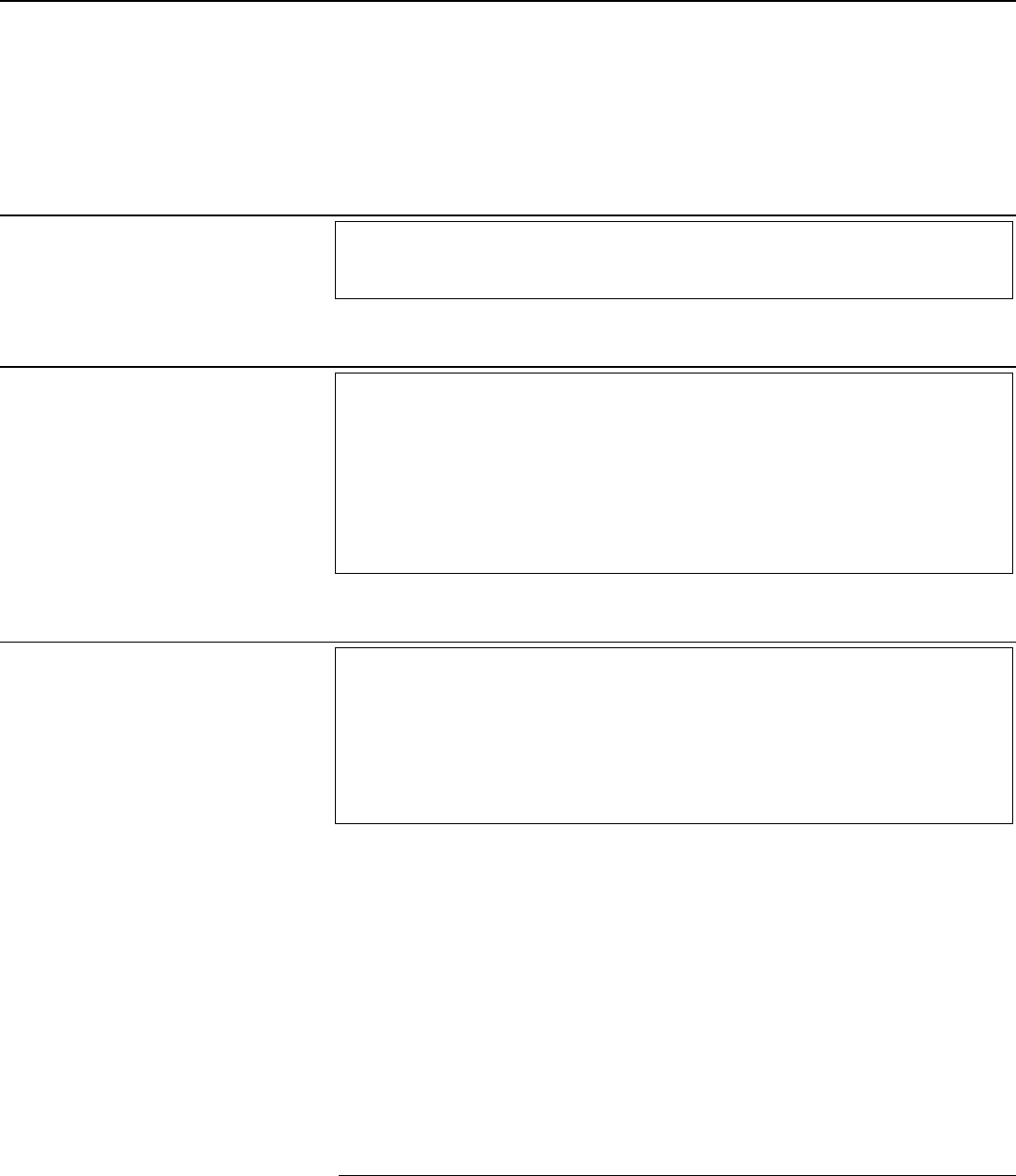
Chapter 7: Standards for Attestation
Engagements and Reviews of Financial
Statements
Page 148 GAO-18-568G Government Auditing Standards
functional equivalent of licensed certified public accounting firms in the
United States.
Requirement: Noncompliance with Provisions of Laws,
Regulations, Contracts, and Grant Agreements
7.81 Auditors should extend the AICPA requirements concerning
consideration of noncompliance with laws and regulations to include
consideration of noncompliance with provisions of contracts and grant
agreements.
59
Requirement: Reporting Auditors’ Compliance with GAGAS
7.82 When auditors comply with all applicable GAGAS requirements
for agreed-upon procedures engagements, they should include a
statement in the agreed-upon procedures engagement report that they
conducted the engagement in accordance with GAGAS.
60
Application Guidance: Reporting Auditors’ Compliance with GAGAS
7.83 Because GAGAS incorporates by reference the AICPA’s attestation
standards, GAGAS does not require auditors to cite compliance with the
AICPA standards when citing compliance with GAGAS. GAGAS does not
prohibit auditors from issuing a separate report conforming only to the
requirements of the AICPA or other standards.
7.84 Because agreed-upon procedures engagements are substantially
less in scope than audits and examination engagements, it is important
not to deviate from the required reporting elements contained in the
attestation standards incorporated by reference in GAGAS, other than
59
See para. .42 of AT-C section 215 (AICPA, Professional Standards).
60
See paras. 2.16 through 2.19 for information on the GAGAS compliance statement.
Noncompliance with
Provisions of Laws,
Regulations, Contracts,
and Grant Agreements
Reporting Auditors’
Compliance with GAGAS

Chapter 7: Standards for Attestation
Engagements and Reviews of Financial
Statements
Page 149 GAO-18-568G Government Auditing Standards
including the reference to GAGAS. For example, a required element of
the report on agreed-upon procedures is a statement that the auditors
were not engaged to and did not conduct an examination or a review of
the subject matter, the objective of which would be the expression of an
opinion or a conclusion, respectively, and that had the auditors performed
additional procedures, other matters may have come to their attention
that would have been reported.
61
Another required element is a statement
that the sufficiency of the procedures is solely the responsibility of the
parties specified in the report and a disclaimer of responsibility for
sufficiency of those procedures.
62
Including only those elements that the
AICPA reporting standards for agreed-upon procedures engagements
require or permit helps ensure that auditors comply with the AICPA
standards and that users of GAGAS reports understand the nature of the
work performed and the results of the agreed-upon procedures
engagement.
Requirement: Distributing Reports
7.85 Distribution of reports completed in accordance with GAGAS
depends on the auditors’ relationship with the audited organization and
the nature of the information contained in the reports. If the subject
matter or the assertion involves material that is classified or contains
confidential or sensitive information, auditors should limit the report
distribution. Auditors should document any limitation on report
distribution.
a. An audit organization in a government entity should distribute
reports to those charged with governance, to the appropriate
audited entity officials, and to the appropriate oversight bodies
or organizations requiring or arranging for the engagements. As
appropriate, auditors should also distribute copies of the
reports to other officials who have legal oversight authority and
to others authorized to receive such reports.
b. A public accounting firm contracted to conduct an agreed-upon
procedures engagement in accordance with GAGAS should
61
See para. .35(j) of AT-C section 215 (AICPA, Professional Standards).
62
See para. .35(g) of AT-C section 215 (AICPA, Professional Standards).
Distributing Reports
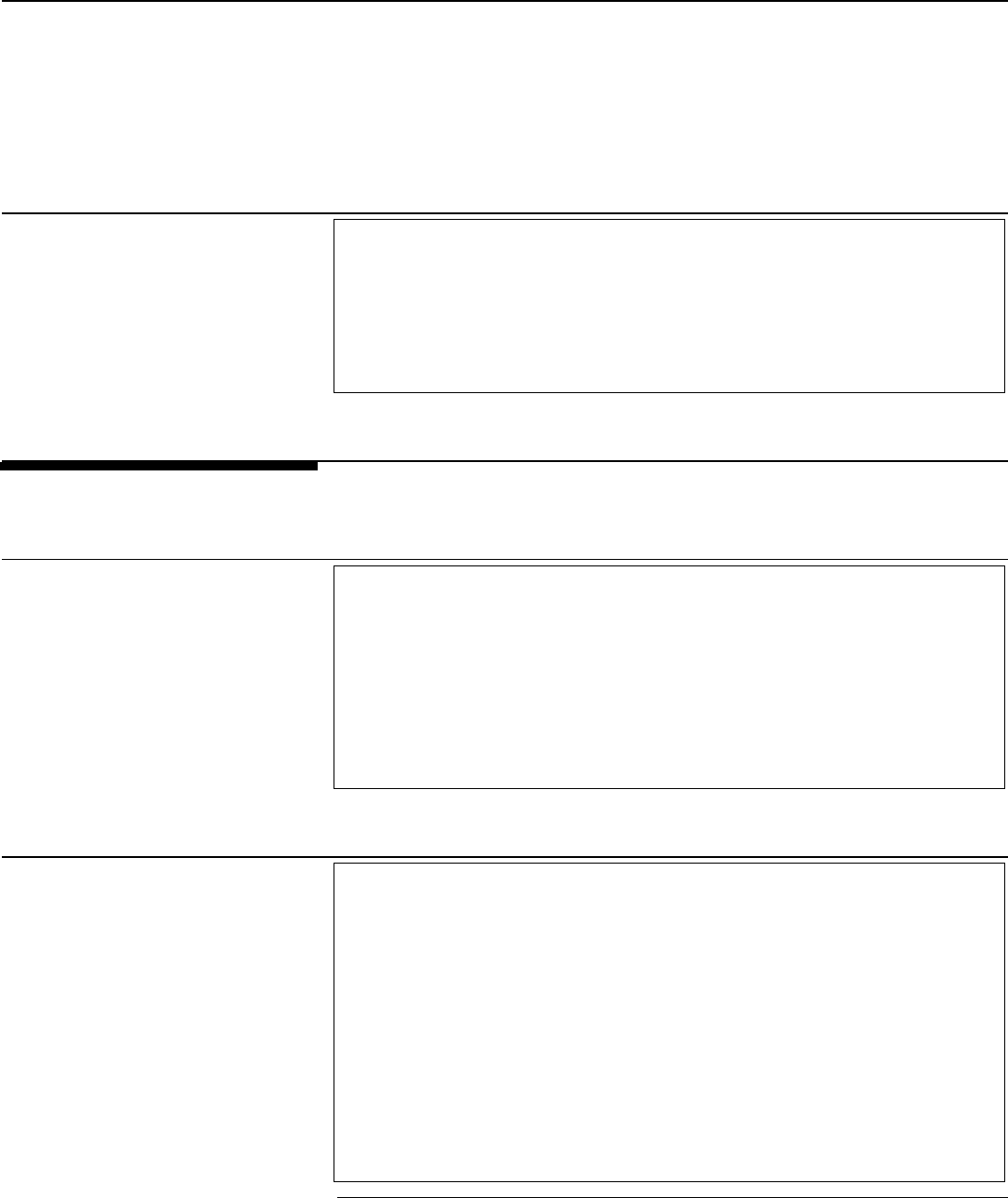
Chapter 7: Standards for Attestation
Engagements and Reviews of Financial
Statements
Page 150 GAO-18-568G Government Auditing Standards
clarify report distribution responsibilities with the engaging
party. If the contracting firm is responsible for the distribution, it
should reach agreement with the party contracting for the
engagement about which officials or organizations will receive
the report and the steps being taken to make the report
available to the public.
Requirement: Compliance with Standards
7.86 GAGAS establishes requirements for reviews of financial
statements in addition to the requirements for reviews of financial
statements contained in the AICPA’s AR-C section 90, Review of
Financial Statements.
63
Auditors should comply with the additional
GAGAS requirements, along with the applicable AICPA requirements,
when citing GAGAS in their review engagement reports.
Requirements: Licensing and Certification
7.87 Auditors engaged to conduct reviews of financial statements in
the United States who do not work for a government audit organization
should be licensed CPAs, persons working for licensed certified public
accounting firms, or licensed accountants in states that have multiclass
licensing systems that recognize licensed accountants other than
CPAs.
7.88 Auditors engaged to conduct reviews of financial statements of
entities operating outside of the United States who do not work for a
government audit organization should meet the qualifications indicated
63
AICPA, Professional Standards.
Reviews of Financial
Statements
Compliance with
Standards
Licensing and Certification
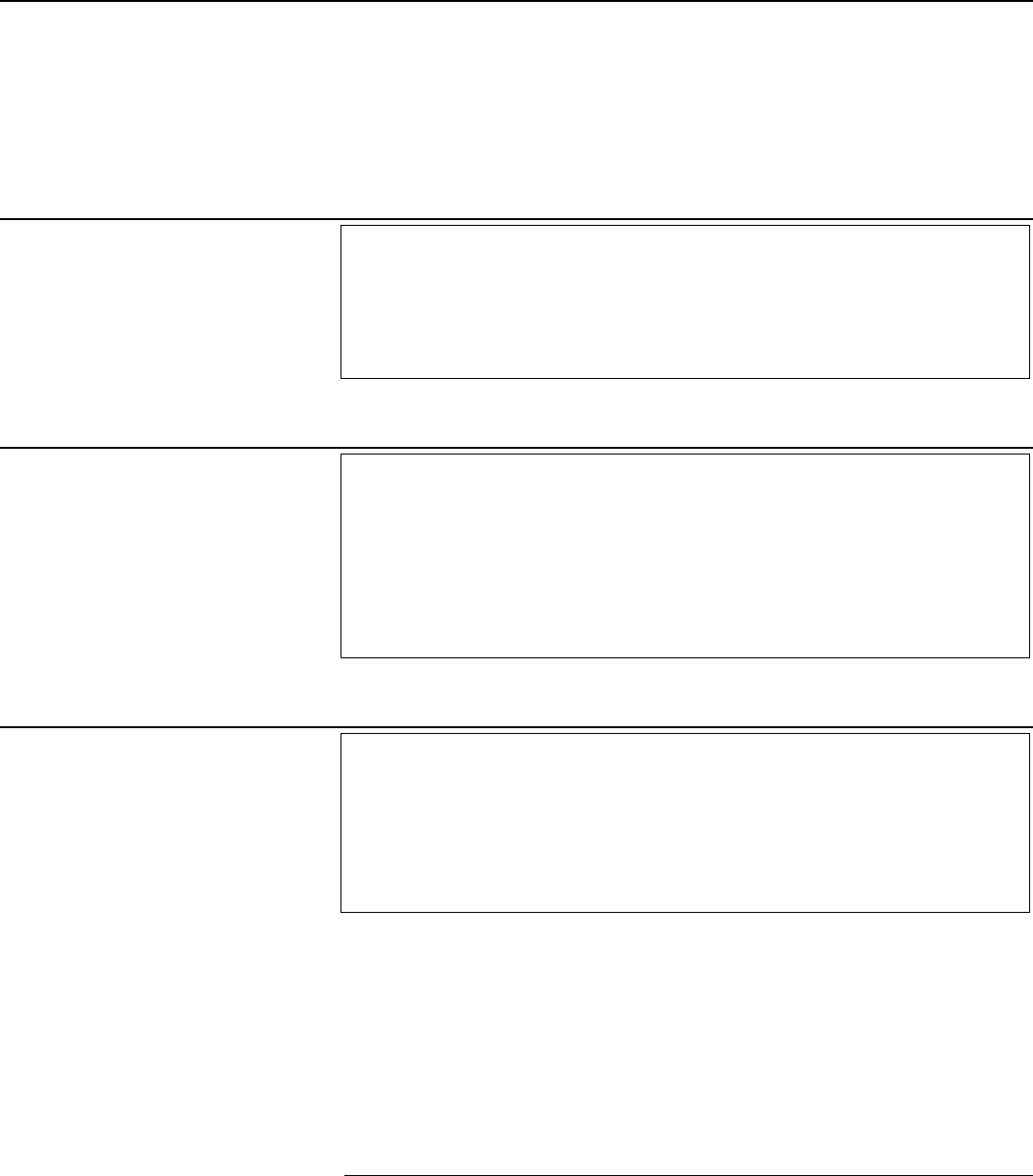
Chapter 7: Standards for Attestation
Engagements and Reviews of Financial
Statements
Page 151 GAO-18-568G Government Auditing Standards
in paragraph 7.87, have certifications that meet all applicable national
and international standards and serve in their respective countries as
the functional equivalent of CPAs in the United States, or work for
nongovernment audit organizations that are the functional equivalent
of licensed certified public accounting firms in the United States.
Requirement: Noncompliance with Provisions of Laws,
Regulations, Contracts, and Grant Agreements
7.89 Auditors should extend the AICPA requirements concerning
consideration of noncompliance with laws and regulations to include
consideration of noncompliance with provisions of contracts and grant
agreements.
64
Requirement: Reporting Auditors’ Compliance with GAGAS
7.90 When auditors comply with all applicable requirements for a
review of financial statements conducted in accordance with GAGAS,
they should include a statement in the report that they conducted the
engagement in accordance with GAGAS.
65
Application Guidance: Reporting Auditors’ Compliance with GAGAS
7.91 Because GAGAS incorporates by reference the AICPA’s AR-C
section 90, Review of Financial Statements,
66
GAGAS does not require
auditors to cite compliance with the AICPA standards when they cite
compliance with GAGAS. GAGAS does not prohibit auditors from issuing
a separate report conforming only to the requirements of the AICPA or
other standards setters.
64
See para. .51 of AR-C section 90 (AICPA, Professional Standards).
65
See paras. 2.16 through 2.19 for information on the GAGAS compliance statement.
66
AICPA, Professional Standards.
Noncompliance with
Provisions of Laws,
Regulations, Contracts,
and Grant Agreements
Reporting Auditors’
Compliance with GAGAS
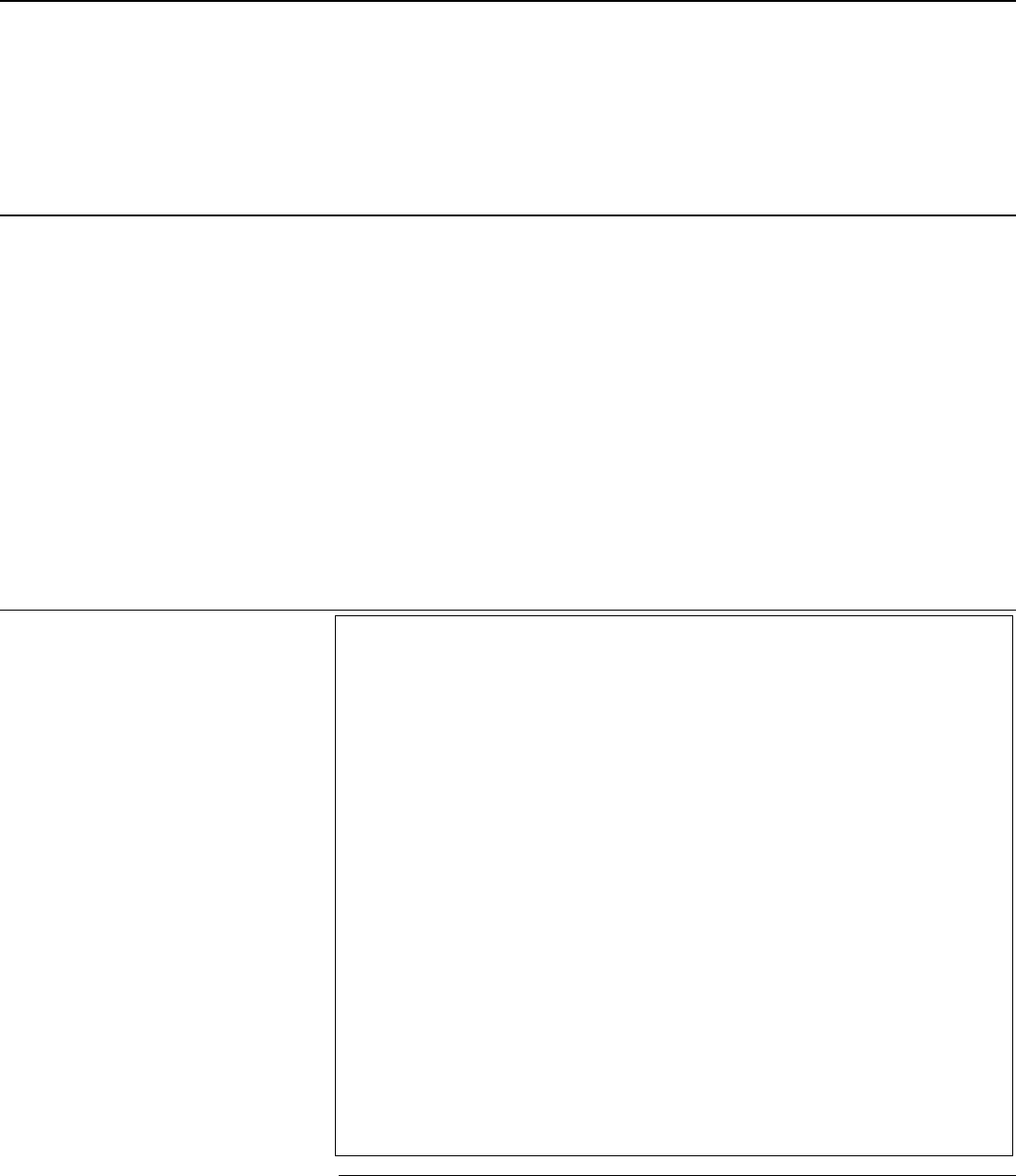
Chapter 7: Standards for Attestation
Engagements and Reviews of Financial
Statements
Page 152 GAO-18-568G Government Auditing Standards
7.92 Because reviews of financial statements are substantially less in
scope than audits and examination engagements, it is important to
include all required reporting elements contained in the standards used in
conjunction with GAGAS. For example, a required reporting element of
the review of financial statements under AR-C section 90, Review of
Financial Statements,
67
is to include a statement that a review is
substantially less in scope than an audit, the objective of which is the
expression of an opinion regarding the financial statements as a whole
and that accordingly the accountant does not express such an opinion.
68
Including only those elements that the reporting standards for review of
financial statements engagements require or permit helps ensure that
auditors comply with the standards and that users of GAGAS reports
have an understanding of the nature of the work performed and the
results of the review engagement.
Requirement: Distributing Reports
7.93 Distribution of reports completed in accordance with GAGAS
depends on the auditors’ relationship with the audited organization and
the nature of the information contained in the reports. If the subject
matter involves material that is classified or contains confidential or
sensitive information, auditors should limit report distribution. Auditors
should document any limitation on report distribution.
a. An audit organization in a government entity should distribute
reports to those charged with governance, to the appropriate
audited entity officials, and to the appropriate oversight bodies
or organizations requiring or arranging for the engagements. As
appropriate, auditors should also distribute copies of the
reports to other officials who have legal oversight authority and
to others authorized to receive such reports.
b. A public accounting firm contracted to conduct a review of
financial statements engagement in accordance with GAGAS
should clarify report distribution responsibilities with the
engaging party. If the contracting firm is responsible for the
67
AICPA, Professional Standards.
68
See para. .39(c)(vi) of AR-C section 90 (AICPA, Professional Standards).
Distributing Reports
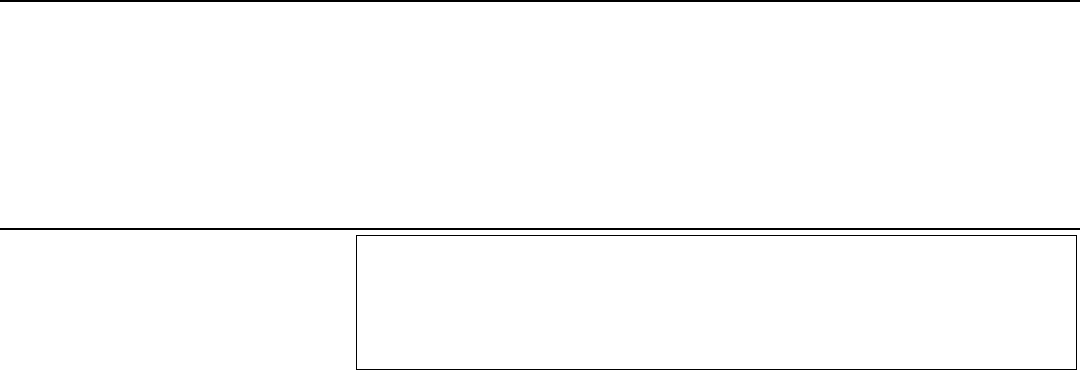
Chapter 7: Standards for Attestation
Engagements and Reviews of Financial
Statements
Page 153 GAO-18-568G Government Auditing Standards
distribution, it should reach agreement with the party
contracting for the engagement about which officials or
organizations will receive the report and the steps being taken
to make the report available to the public.

Chapter 8: Fieldwork Standards for
Performance Audits
Page 154 GAO-18-568G Government Auditing Standards
8.01 This chapter contains fieldwork requirements and guidance for
performance audits conducted in accordance with generally accepted
government auditing standards (GAGAS). Fieldwork requirements
establish an overall approach for auditors to apply in planning and
performing an audit to obtain sufficient, appropriate evidence that
provides a reasonable basis for findings and conclusions based on the
audit objectives. For performance audits conducted in accordance with
GAGAS, the requirements and guidance in chapters 1 through 5 and
chapter 9 also apply.
8.02 The fieldwork requirements for performance audits relate to planning
the audit; conducting the engagement; supervising staff; obtaining
sufficient, appropriate evidence; and preparing audit documentation. The
concepts of evidence, significance, and audit risk form a framework for
applying these requirements and are included throughout the discussion
of performance audits.
Requirements: General
8.03 Auditors must adequately plan the work necessary to address the
audit objectives. Auditors must document the audit plan.
8.04 Auditors must plan the audit to reduce audit risk to an acceptably
low level.
8.05 In planning the audit, auditors should assess significance and
audit risk. Auditors should apply these assessments to establish the
scope and methodology for addressing the audit objectives. Planning
is a continuous process throughout the audit.
8.06 Auditors should design the methodology to obtain sufficient,
appropriate evidence that provides a reasonable basis for findings and
conclusions based on the audit objectives and to reduce audit risk to
an acceptably low level.
8.07 Auditors should identify and use suitable criteria based on the
audit objectives.
Chapter 8: Fieldwork Standards for
Performance Audits
Planning

Chapter 8: Fieldwork Standards for
Performance Audits
Page 155 GAO-18-568G Government Auditing Standards
Application Guidance: General
8.08 The audit objectives are what the audit is intended to accomplish.
They identify the audit subject matter and performance aspects to be
included. Audit objectives can be thought of as questions about the
program that the auditors seek to answer based on evidence obtained
and assessed against criteria. Audit objectives may also pertain to the
current status or condition of a program. The term program as used in
GAGAS includes processes, projects, studies, policies, operations,
activities, entities, and functions.
8.09 Auditors may need to refine or adjust the audit objectives, scope,
and methodology as work is performed. However, in situations where the
audit objectives are established by statute or legislative oversight,
auditors may not have latitude to define or adjust the audit objectives or
scope.
8.10 Scope is the boundary of the audit and is directly tied to the audit
objectives. The scope defines the subject matter that the auditors will
assess and report on, such as a particular program or aspect of a
program, the necessary documents or records, the period of time
reviewed, and the locations that will be included.
8.11 The methodology describes the nature and extent of audit
procedures for gathering and analyzing evidence to address the audit
objectives. Audit procedures are the specific steps and tests auditors
perform to address the audit objectives.
8.12 Obtaining sufficient, appropriate evidence provides auditors with a
reasonable basis for findings and conclusions that are valid, accurate,
appropriate, and complete with respect to the audit objectives.
8.13 The sufficiency and appropriateness of evidence needed and tests
of evidence are determined by the auditors based on the audit objectives,
findings, and conclusions. Objectives for performance audits range from
narrow to broad and involve varying types and quality of evidence. In
some engagements, sufficient, appropriate evidence is available, but in
others, information may have limitations. Professional judgment assists
auditors in determining the audit scope and methodology needed to
address the audit objectives and in evaluating whether sufficient,
appropriate evidence has been obtained to address the audit objectives.

Chapter 8: Fieldwork Standards for
Performance Audits
Page 156 GAO-18-568G Government Auditing Standards
8.14 In performance audits conducted in accordance with GAGAS,
auditors are the party who measures or evaluates the subject matter of
the engagement and who presents the resulting information as part of, or
accompanying, the audit report. Therefore, GAGAS does not require
auditors to obtain management assertions with respect to the subject
matter when conducting a performance audit.
8.15 The concept of significance assists auditors throughout a
performance audit, including when deciding the type and extent of audit
work to perform, when evaluating results of audit work, and when
developing the report and related findings and conclusions. Significance
is defined as the relative importance of a matter within the context in
which it is being considered, including quantitative and qualitative factors.
Such factors include the magnitude of the matter in relation to the subject
matter of the audit, the nature and effect of the matter, the relevance of
the matter, the needs and interests of an objective third party with
knowledge of the relevant information, and the matter’s effect on the
audited program or activity. Professional judgment assists auditors when
evaluating the significance of matters within the context of the audit
objectives. In the performance audit requirements, the term significant is
comparable to the term material as used in the context of financial
statement engagements.
8.16 Audit risk is the possibility that the auditors’ findings, conclusions,
recommendations, or assurance may be improper or incomplete as a
result of factors such as evidence that is not sufficient or appropriate, an
inadequate audit process, or intentional omissions or misleading
information because of misrepresentation or fraud. The assessment of
audit risk involves both qualitative and quantitative considerations.
Factors affecting audit risk include the time frames, complexity, or
sensitivity of the work; size of the program in terms of dollar amounts and
number of citizens served; adequacy of the audited entity’s systems and
processes for preventing and detecting inconsistencies, significant errors,
or fraud; and auditors’ access to records. Audit risk includes the risk that
auditors will not detect a mistake, inconsistency, significant error, or fraud
in the evidence supporting the audit. Audit risk can be reduced by taking
actions such as increasing the scope of work; adding specialists,
additional reviewers, and other resources to conduct the audit; changing
the methodology to obtain additional evidence, higher-quality evidence, or
alternative forms of corroborating evidence; or aligning the findings and
conclusions to reflect the evidence obtained.

Chapter 8: Fieldwork Standards for
Performance Audits
Page 157 GAO-18-568G Government Auditing Standards
8.17 Criteria identify the required or desired state or expectation with
respect to the program or operation. Criteria provide a context for
evaluating evidence and understanding the findings, conclusions, and
recommendations in the report. Suitable criteria are relevant, reliable,
objective, and understandable and do not result in the omission of
significant information, as applicable, within the context of the audit
objectives. The relative importance of each of these characteristics to a
particular engagement is a matter of professional judgment. In instances
where laws, regulations, or policies prescribe the criteria to be used for
the engagement, such criteria are presumed to be suitable in the absence
of indications to the contrary.
8.18 Examples of criteria include
a. laws and regulations applicable to the operation of the audited
entity;
b. goals, policies, and procedures established by officials of the
audited entity;
c. technically developed standards or norms;
d. expert opinions;
e. prior periods’ performance;
f. defined business practices;
g. contracts or grant agreements; and
h. benchmarks against which performance is compared, including
performance of other entities or sectors.
8.19 For audit objectives that pertain to the current status or condition of a
program, sufficient, appropriate evidence is gathered to provide
reasonable assurance that the description of the current status or
condition of a program is accurate and reliable and does not omit
significant information relevant to the audit objectives. Information
addressing the audit objectives is to be provided in an objective,
understandable manner. The relative importance of each of the
characteristics of the information to a particular engagement is a matter of
professional judgment.

Chapter 8: Fieldwork Standards for
Performance Audits
Page 158 GAO-18-568G Government Auditing Standards
Requirements: Auditor Communication
8.20 Auditors should communicate an overview of the objectives,
scope, and methodology and the timing of the performance audit and
planned reporting (including any potential restrictions on the report),
unless doing so could significantly impair the auditors’ ability to obtain
sufficient, appropriate evidence to address the audit objectives.
Auditors should communicate such information with the following
parties, as applicable:
a. management of the audited entity, including those with
sufficient authority and responsibility to implement corrective
action in the program or activity being audited;
b. those charged with governance;
c. the individuals contracting for or requesting audit services, such
as contracting officials or grantees; or
d. the cognizant legislative committee, when auditors conduct the
audit pursuant to a law or regulation or when they conduct the
work for the legislative committee that has oversight of the
audited entity.
8.21 In situations where the parties required to receive
communications, as described in paragraph 8.20, are not clearly
evident, auditors should document the process followed and
conclusions reached in identifying the appropriate individuals to
receive the required communications.
8.22 Auditors should retain any written communication resulting from
paragraph 8.20 as audit documentation.
Application Guidance: Auditor Communication
8.23 Determining the form, content, and frequency of the communication
with management or those charged with governance is a matter of
professional judgment, although written communication is preferred.
Auditors may use an engagement letter to communicate key information
early in the engagement.
Auditor Communication
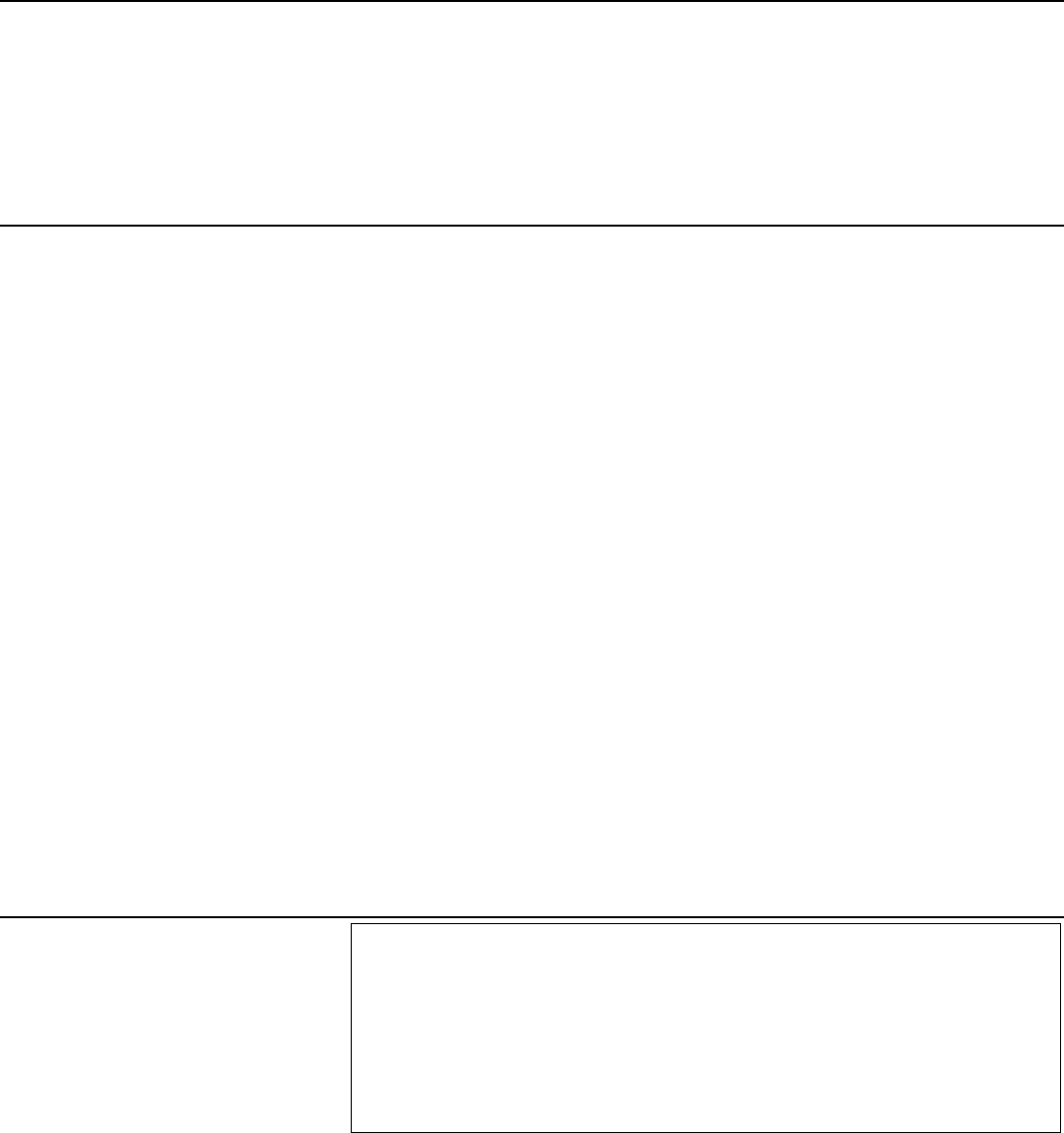
Chapter 8: Fieldwork Standards for
Performance Audits
Page 159 GAO-18-568G Government Auditing Standards
8.24 Examples of communications regarding the objectives, scope,
methodology, and timing that could impair the auditors’ ability to obtain
sufficient, appropriate evidence include situations in which the auditors
plan to perform unannounced cash counts or perform procedures related
to indications of fraud.
8.25 Communicating with those charged with governance or management
may include communicating deficiencies in internal control; fraud; or
noncompliance with provisions of laws, regulations, contracts, and grant
agreements. Early communication of these matters may be important
because of their relative significance and the urgency for corrective
follow-up action. Further, early communication is important to allow
management to take prompt corrective action to prevent further
occurrences when a control deficiency results in noncompliance with
provisions of laws, regulations, contracts, and grant agreements or fraud.
When a deficiency is communicated early, the reporting requirements and
application guidance in paragraphs 9.29 through 9.44 still apply.
8.26 Because the governance structures of government entities and
organizations can vary widely, it may not always be clearly evident who is
charged with key governance functions. The process for identifying those
charged with governance includes evaluating the organizational structure
for directing and controlling operations to achieve the audited entity’s
objectives and how the audited entity delegates authority and establishes
accountability for management.
Requirement: Investigations or Legal Proceedings
8.27 Auditors should inquire of management of the audited entity
whether any investigations or legal proceedings significant to the audit
objectives have been initiated or are in process with respect to the
period under audit, and should evaluate the effect of initiated or in-
process investigations or legal proceedings on the current audit.
Application Guidance: Investigations or Legal Proceedings
8.28 Laws, regulations, or policies may require auditors to report
indications of the following to law enforcement or investigatory authorities
before performing additional audit procedures: certain types of fraud or
noncompliance with provisions of laws, regulations, contracts, and grant
agreements.
Investigations or Legal
Proceedings

Chapter 8: Fieldwork Standards for
Performance Audits
Page 160 GAO-18-568G Government Auditing Standards
8.29 Avoiding interference with investigations or legal proceedings is
important in pursuing indications of fraud and noncompliance with
provisions of laws, regulations, contracts, and grant agreements. In some
cases, it may be appropriate for the auditors to work with investigators or
legal authorities or to withdraw from or defer further work on the
engagement or a portion of the engagement to avoid interfering with an
ongoing investigation or legal proceeding.
Requirement: Results of Previous Engagements
8.30 Auditors should evaluate whether the audited entity has taken
appropriate corrective action to address findings and
recommendations from previous engagements that are significant
within the context of the audit objectives. When planning the audit,
auditors should ask management of the audited entity to identify
previous engagements or other studies that directly relate to the
objectives of the audit, including whether related recommendations
have been implemented. Auditors should use this information in
assessing risk and determining the nature, timing, and extent of
current audit work, including determining the extent to which testing
the implementation of the corrective actions is applicable to the current
audit objectives.
Requirements: Assigning Auditors
8.31 Audit management should assign sufficient auditors with
adequate collective professional competence, as described in
paragraphs 4.02 through 4.15, to conduct the audit. Staffing an audit
includes, among other things,
a. assigning auditors with the collective knowledge, skills, and
abilities appropriate for the audit;
b. assigning a sufficient number of auditors to the audit;
c. providing for on-the-job training of auditors; and
Results of Previous
Engagements
Assigning Auditors
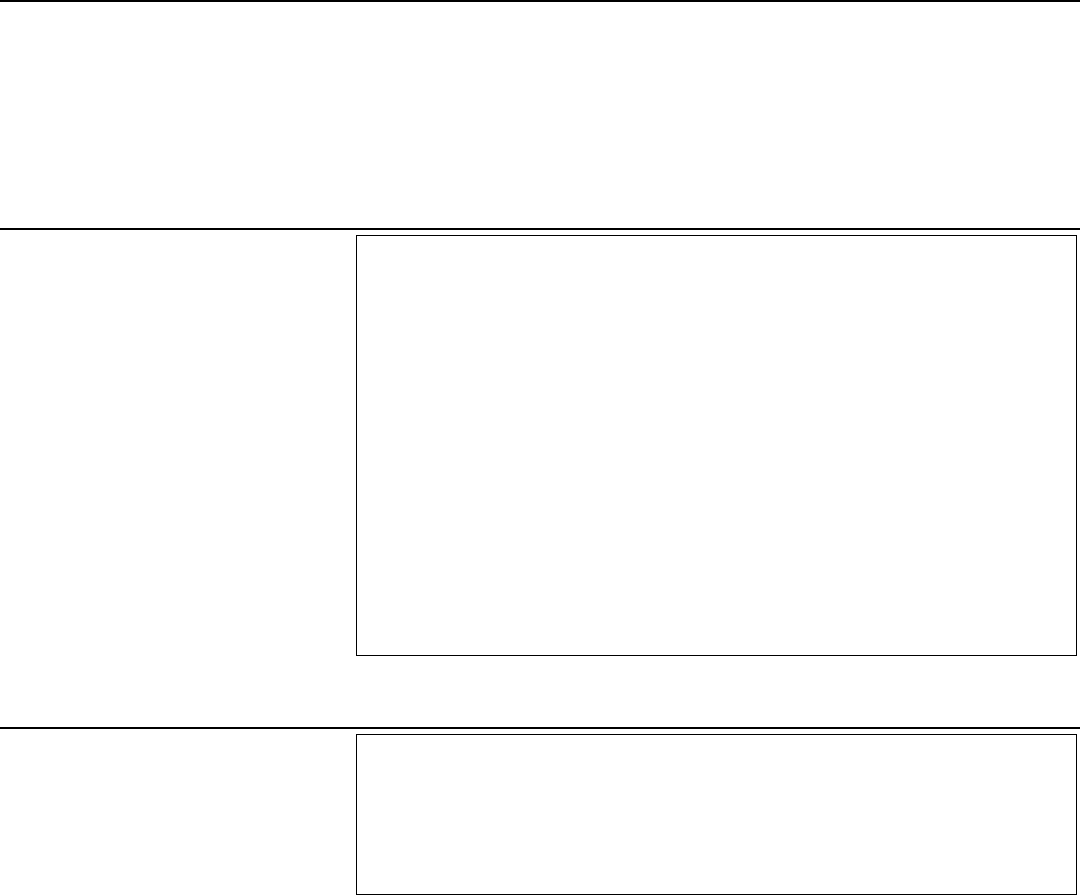
Chapter 8: Fieldwork Standards for
Performance Audits
Page 161 GAO-18-568G Government Auditing Standards
d. engaging specialists when necessary.
8.32 If planning to use the work of specialists, auditors should
document the nature and scope of the work to be performed by the
specialists, including
a. the objectives and scope of the specialists’ work,
b. the intended use of the specialists’ work to support the audit
objectives,
c. the specialists’ procedures and findings so they can be
evaluated and related to other planned audit procedures, and
d. the assumptions and methods used by the specialists.
Requirement: Preparing a Written Audit Plan
8.33 Auditors must prepare a written audit plan for each audit. Auditors
should update the plan, as necessary, to reflect any significant
changes to the plan made during the audit.
Application Guidance: Preparing a Written Audit Plan
8.34 The form and content of the written audit plan may vary among
audits and may include an audit strategy, audit program, project plan,
audit planning paper, or other appropriate documentation of key decisions
about the audit objectives, scope, and methodology and the auditors’
basis for those decisions.
8.35 A written audit plan provides an opportunity for audit organization
management to supervise audit planning and to determine whether
a. the proposed audit objectives are likely to result in a useful report;
b. the audit plan adequately addresses relevant risks;
Preparing a Written Audit
Plan
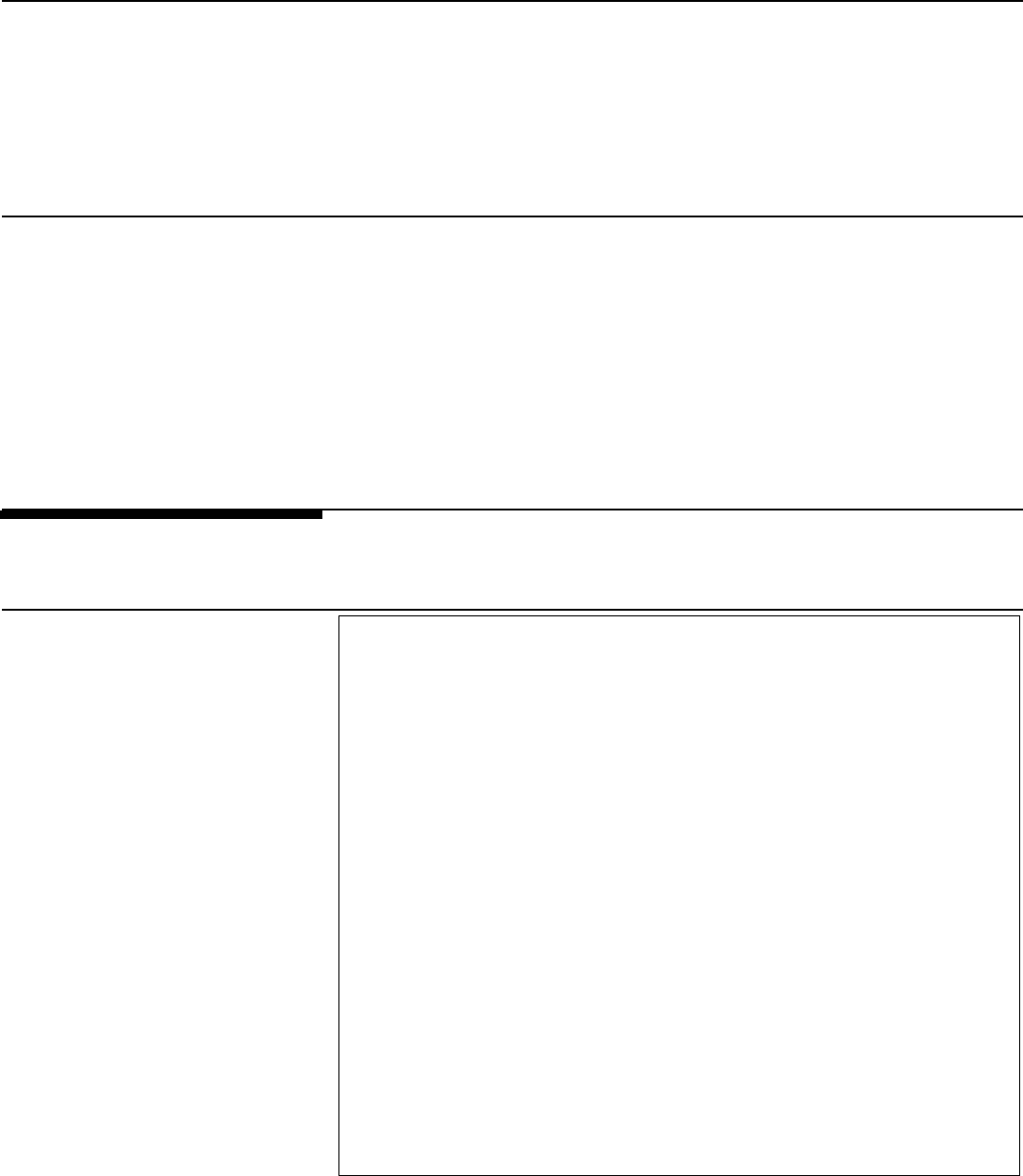
Chapter 8: Fieldwork Standards for
Performance Audits
Page 162 GAO-18-568G Government Auditing Standards
c. the proposed audit scope and methodology are adequate to
address the audit objectives;
d. available evidence is likely to be sufficient and appropriate for
purposes of the audit; and
e. sufficient staff, supervisors, and specialists with adequate
collective professional competence and other resources are
available to conduct the audit and to meet expected time frames
for completing the work.
Requirement: Nature and Profile of the Program and User Needs
8.36 Auditors should obtain an understanding of the nature of the
program or program component under audit and the potential use that
will be made of the audit results or report as they plan a performance
audit. The nature and profile of a program include
a. visibility, sensitivity, and relevant risks associated with the
program under audit;
b. age of the program or changes in its condition;
c. the size of the program in terms of total dollars, number of
citizens affected, or other measures;
d. level and extent of review or other forms of independent
oversight;
e. the program’s strategic plan and objectives; and
f. external factors or conditions that could directly affect the
program.
Conducting the
Engagement
Nature and Profile of the
Program and User Needs

Chapter 8: Fieldwork Standards for
Performance Audits
Page 163 GAO-18-568G Government Auditing Standards
Application Guidance: Nature and Profile of the Program and User
Needs
8.37 One group of users of the audit report is government officials or
other parties who authorize or request audits. Other important users of
the audit report are the audited entity, those responsible for acting on the
auditors’ recommendations, oversight organizations, and legislative
bodies. Other potential users of the audit report include legislators or
government officials (other than those who authorized or requested the
audit), the media, interest groups, and individual citizens. In addition to an
interest in the program, potential users may have an ability to influence
the conduct of the program. An awareness of these potential users’
interests and influence can help auditors judge whether possible findings
could be significant to relevant users.
8.38 Obtaining an understanding of the program under audit helps
auditors to assess the relevant risks associated with the program and the
effect of the risks on the audit objectives, scope, and methodology. The
auditors’ understanding may come from knowledge they already have
about the program or knowledge they gain from inquiries, observations,
and reviewing documents while planning the audit. The extent and
breadth of those inquiries and observations will vary among audits based
on the audit objectives, as will the need to understand individual aspects
of the program, such as the following:
a. Provisions of laws, regulations, contracts, and grant agreements:
Government programs are usually created by law and are subject
to specific laws and regulations. Laws and regulations usually set
forth what is to be done, who is to do it, the purpose to be
achieved, the population to be served, and related funding
guidelines or restrictions. Government programs may also be
subject to contracts or grant agreements. Thus, understanding the
laws and legislative history establishing a program and the
provisions of contracts or grant agreements is essential to
understanding the program itself. Obtaining that understanding is
also a necessary step in identifying the provisions of laws,
regulations, contracts, and grant agreements that are significant
within the context of the audit objectives.
b. Purpose and goals: Purpose is the result or effect that is intended
or desired from a program’s operation. Legislatures usually
establish a program’s purpose when they provide authority for the
program. Audited entity officials may provide more detailed

Chapter 8: Fieldwork Standards for
Performance Audits
Page 164 GAO-18-568G Government Auditing Standards
information on the program’s purpose to supplement the
authorizing legislation. Audited entity officials are sometimes
asked to set goals for program performance and operations,
including both output and outcome goals. Auditors may use the
stated program purpose and goals as criteria for assessing
program performance or may develop additional criteria to use
when assessing performance.
c. Internal control: Internal control is a process effected by an entity’s
oversight body, management, and other personnel that provides
reasonable assurance that the objectives of an entity will be
achieved. Internal control comprises the plans, methods, policies,
and procedures used to fulfill the mission, strategic plan, goals,
and objectives of the entity.
d. Inputs: Inputs are the amount of resources (in terms of, for
example, money, material, or personnel) that is put into a
program. These resources may come from within or outside the
entity operating the program. Measures of inputs can have a
number of dimensions, such as cost, timing, and quality.
Examples of measures of inputs are dollars spent, employee
hours expended, and square feet of building space used.
e. Program operations: Program operations are the strategies,
processes, and activities management uses to convert inputs into
outputs. Program operations may be subject to internal control.
f. Outputs: Outputs represent the quantity of goods or services
produced by a program. For example, an output measure for a job
training program could be the number of persons completing
training, and an output measure for an aviation safety inspection
program could be the number of safety inspections completed.
g. Outcomes: Outcomes are accomplishments or results of a
program. For example, an outcome measure for a job training
program could be the percentage of trained persons obtaining a
job and still in the workplace after a specified period. An example
of an outcome measure for an aviation safety inspection program
could be the percentage reduction in safety problems found in
subsequent inspections or the percentage of problems deemed
corrected in follow-up inspections. Such outcome measures show
the progress made in achieving the stated program purposes of
helping unemployed citizens obtain and retain jobs and improving
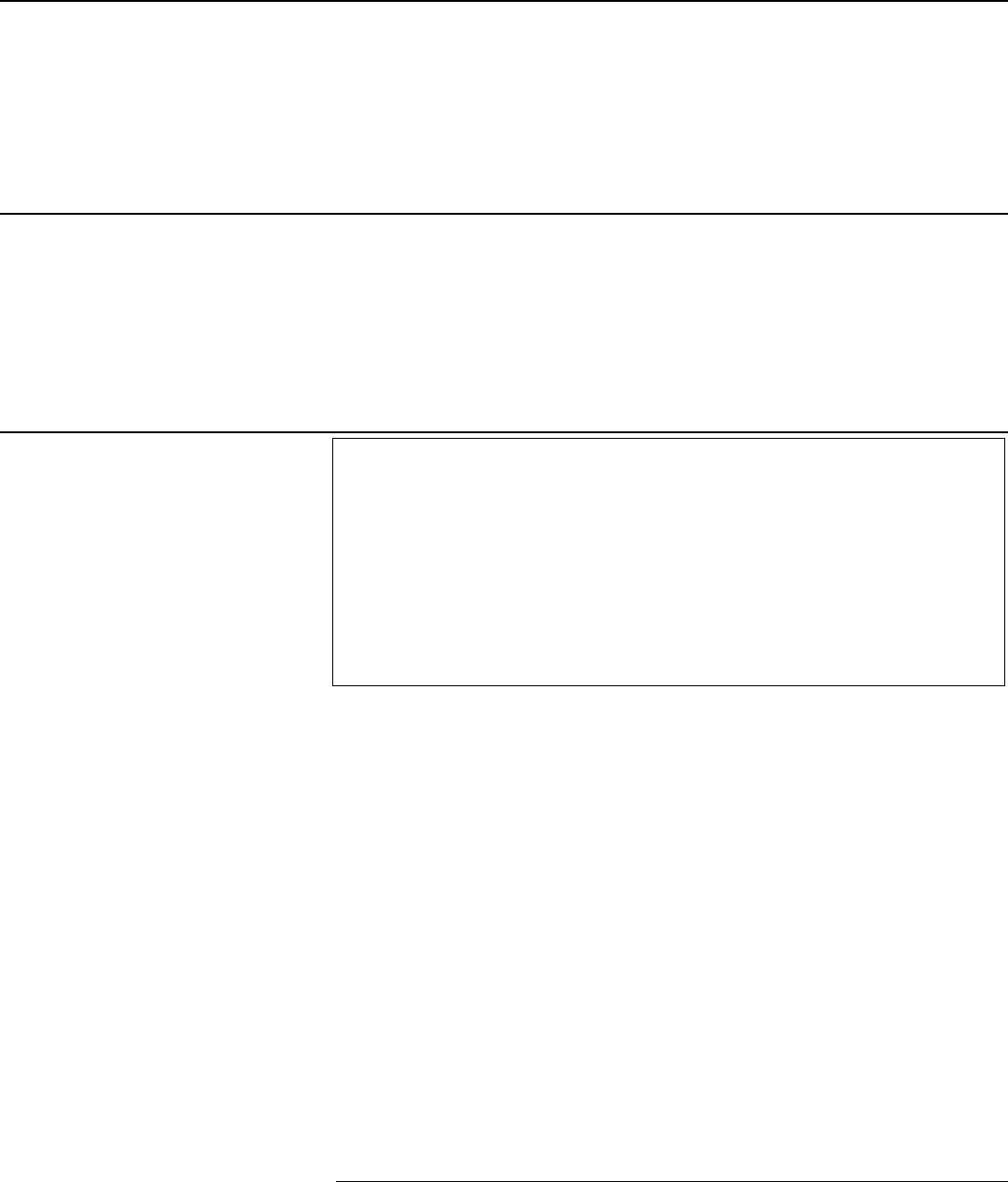
Chapter 8: Fieldwork Standards for
Performance Audits
Page 165 GAO-18-568G Government Auditing Standards
the safety of aviation operations, respectively. Outcomes may be
influenced by cultural, economic, physical, or technological factors
outside the program. Auditors may use approaches drawn from
other disciplines, such as program evaluation, to isolate the
effects of the program from these other influences. Outcomes also
include a program’s unexpected or unintentional effects, both
positive and negative.
Requirements: Determining Significance and Obtaining an
Understanding of Internal Control
8.39 Auditors should determine and document whether internal control
is significant to the audit objectives.
69
8.40 If it is determined that internal control is significant to the audit
objectives, auditors should obtain an understanding of such internal
control.
Application Guidance: Determining Significance and Obtaining an
Understanding of Internal Control
8.41 Consideration of internal control in a performance audit begins with
determining the significance of internal control to the audit objectives and
documenting that determination. Some factors that may be considered
when determining the significance of internal control to the audit
objectives include
a. the subject matter under audit, such as the program or program
component under audit, including the audited entity’s objectives
for the program and associated inherent risks;
b. the nature of findings and conclusions expected to be reported,
based on the needs and interests of audit report users;
69
See fig.4 at the end of ch. 8 for a flowchart on consideration of internal control in a
GAGAS performance audit.
Determining Significance
and Obtaining an
Understanding of Internal
Control

Chapter 8: Fieldwork Standards for
Performance Audits
Page 166 GAO-18-568G Government Auditing Standards
c. the three categories of entity objectives (operations, reporting, and
compliance);
70
and
d. the five components of internal control (control environment, risk
assessment, control activities, information and communication,
and monitoring) and the integration of the components.
8.42 If internal control is significant to the audit objectives, auditors
determine which of the five components of internal control and underlying
principles are significant to the audit objectives, as all components of
internal control are generally relevant, but not all components may be
significant to the audit objectives. This determination can also identify
whether specific controls are significant to the audit objectives.
Determining which internal control components and principles and/or
specific controls are significant to the audit objectives is a matter of
professional judgment.
8.43 Determining the significance of internal control may be an iterative
process. As discussed in paragraph 8.09, the audit objectives can evolve
and become more refined throughout the audit. When this occurs, the
significance of internal control is determined and documented for the new
or revised objectives.
8.44 Determining the significance of internal control may be documented
in formats such as narratives or tables. The documentation includes the
conclusions on whether internal control is significant to the audit
objectives, and if so, which components of internal control are significant
to the audit objectives. The documentation may also include the factors
considered and steps taken to perform the determination.
8.45 Determining the significance of internal control to the audit objectives
affects the audit planning required in paragraphs 8.03 through 8.07.
Specifically, it enables auditors to determine whether to assess internal
control as part of the audit and, if they do, to identify criteria for the
assessment and plan the appropriate scope, methodology, and extent of
internal control assessments to perform.
70
The terminology used in this section is consistent with the definitions and concepts in
the Committee of Sponsoring Organizations of the Treadway Commission’s Internal
Control—Integrated Framework (COSO Framework) and Standards for Internal Control in
the Federal Government (GAO-14-704G) (Green Book).

Chapter 8: Fieldwork Standards for
Performance Audits
Page 167 GAO-18-568G Government Auditing Standards
8.46 The nature and extent of procedures auditors perform to obtain an
understanding of internal control is a matter of professional judgment and
may vary among audits based on audit objectives, audit risk, internal
control deficiencies, and the auditors’ knowledge about internal control
gained in prior audits. The understanding of internal control builds on the
understanding of the program required in paragraph 8.36. The auditors’
understanding of internal control may be obtained through procedures
such as inquiries, observations, inspection of documents and records,
review of other audit reports, or direct tests.
8.47 Approaches for obtaining an understanding of internal control may
vary and may include consideration of entity-level controls, transaction-
level controls, or both. However, even when assessing only transaction-
level controls, it may be beneficial to gain an understanding of entity-level
controls that may affect transaction-level controls by obtaining a broad
understanding of the five components of internal control at the entity level.
This involves considering the relationships between the components,
which work together in an integrated manner in an effective internal
control system, and the principles of internal control that support each
component. In addition to obtaining a broad understanding of internal
control at the entity level, auditors may also obtain an understanding of
internal control at the transaction level for the specific programs and
processes under audit.
8.48 Obtaining an understanding of internal control assists auditors in
identifying an audited entity’s key controls relevant to the audit objectives.
Identifying key controls involves considering the entity’s objectives that
are relevant to the audit and whether the entity has controls in place to
achieve those objectives and address associated risks. Collectively, key
controls are those controls necessary to achieve the entity’s control
objectives and provide reasonable assurance of achieving the entity’s
objectives. Key controls often have one or both of the following
characteristics:
a. Their failure may significantly affect the achievement of the entity’s
objectives, yet not reasonably be detected in a timely manner by
other controls.
b. Their operation may prevent or detect other control failures before
they have an opportunity to become significant to the achievement
of the entity’s objectives.
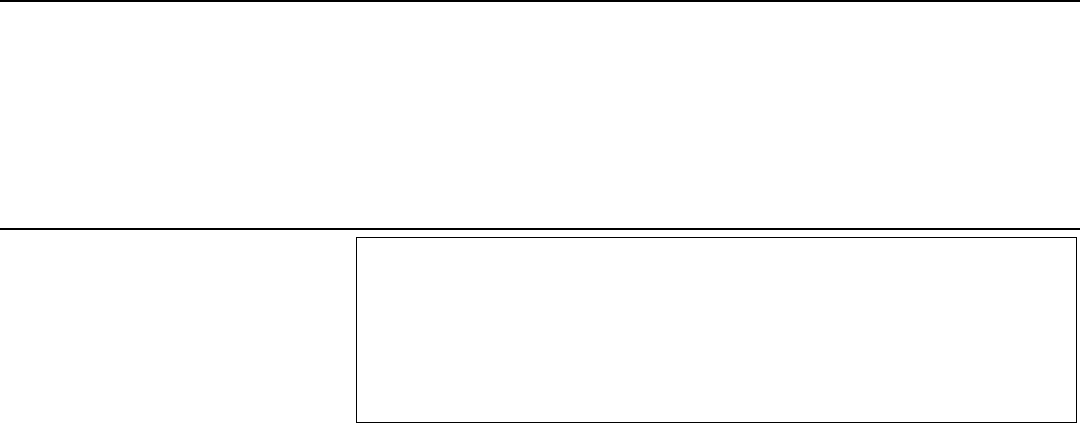
Chapter 8: Fieldwork Standards for
Performance Audits
Page 168 GAO-18-568G Government Auditing Standards
Requirement: Assessing Internal Control
8.49 If internal control is determined to be significant to the audit
objectives, auditors should assess and document their assessment of
the design, implementation, and/or operating effectiveness of such
internal control to the extent necessary to address the audit objectives.
Application Guidance: Assessing Internal Control
8.50 The auditors’ understanding of internal control provides a basis for
determining the nature, timing, and extent of procedures for assessments
of internal control, if such an assessment will be performed. Assessments
of internal control in a performance audit are performed to the extent
necessary to address the audit objectives. The levels of internal control
assessment that may be performed based on the audit objectives are
(1) assessing the design; (2) assessing the design and implementation; or
(3) assessing the design, implementation, and operating effectiveness of
controls that are significant to the audit objectives.
8.51 Assessments of internal control involve designing and performing
procedures to obtain sufficient, appropriate evidence, as required in
paragraphs 8.90 through 8.94, to support and document the auditors’
findings and conclusions on design, implementation, and/or operating
effectiveness of controls that are significant to the audit objectives. The
controls being assessed are generally the key controls identified during
the planning phase of the engagement, which may include controls at
both the entity and transaction levels. Changes may be made to the initial
determination of key controls based on additional information gathered
during the course of fieldwork.
8.52 The design of internal control is assessed by determining whether
controls individually and in combination are capable of achieving an
objective and addressing the related risk. The implementation of internal
control is assessed by determining if the control exists and has been
placed into operation. The operating effectiveness of internal control is
assessed by determining whether controls were applied at relevant times
during the period under evaluation, the consistency with which they were
applied, and by whom or by what means they were applied. A control
cannot be effectively implemented if it was not effectively designed. A
control cannot be operating effectively if it was not effectively designed
and implemented.
Assessing Internal Control
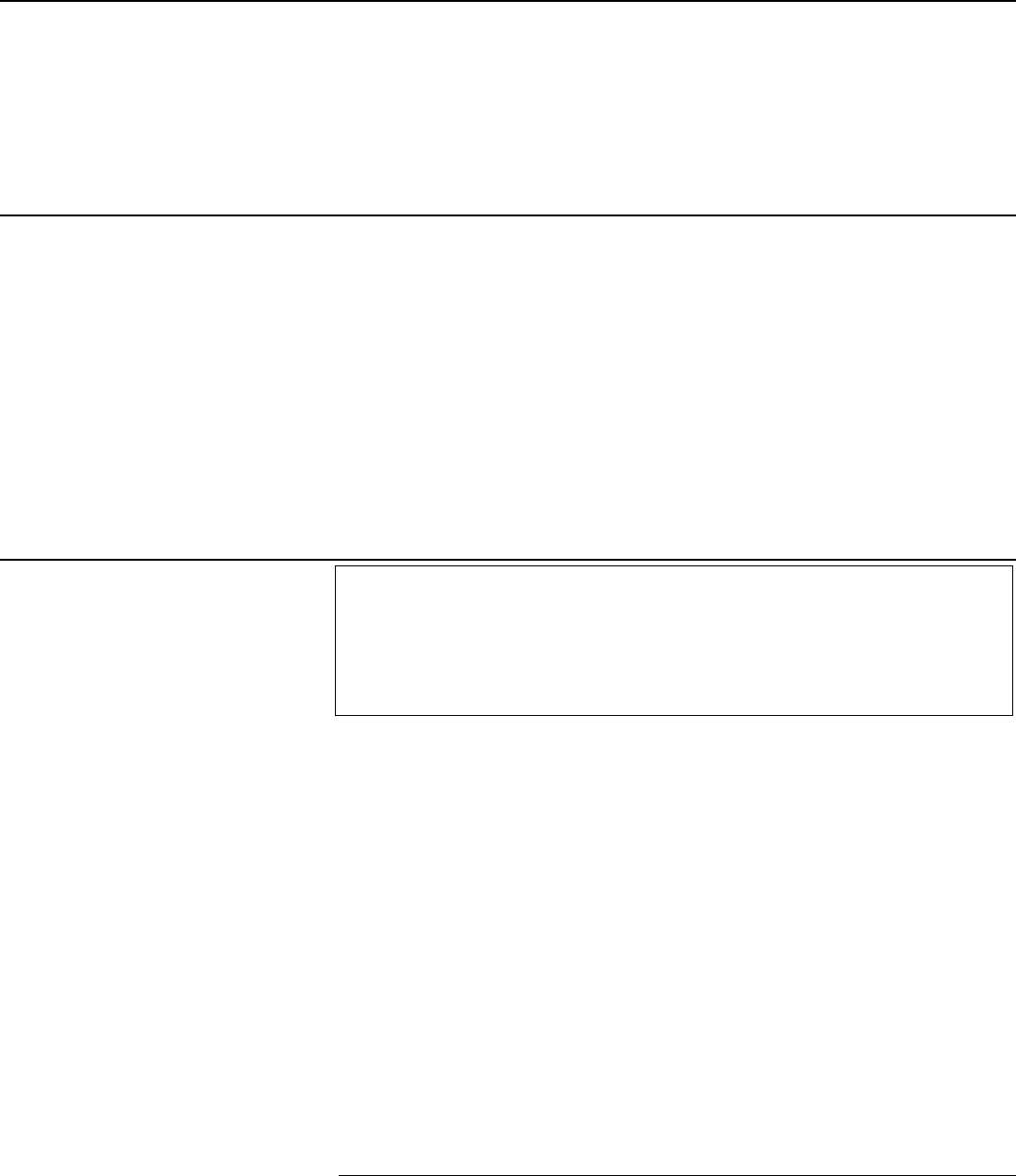
Chapter 8: Fieldwork Standards for
Performance Audits
Page 169 GAO-18-568G Government Auditing Standards
8.53 During the assessment of each control, deficiencies in internal
control may be identified. A deficiency in internal control exists when the
design, implementation, or operation of a control does not allow
management or personnel to achieve control objectives and address
related risks.
71
A deficiency in design exists when a necessary control is
missing or is not properly designed so that even if the control operates as
designed, the control objective would not be met. A deficiency in
implementation exists when a control is properly designed but not
implemented correctly in the internal control system. A deficiency in
operating effectiveness exists when a properly designed control does not
operate as designed or the person performing the control does not have
the necessary competence or authority to perform the control effectively.
Requirement: Internal Control Deficiencies Considerations
8.54 Auditors should evaluate and document the significance of
identified internal control deficiencies within the context of the audit
objectives.
Application Guidance: Internal Control Deficiencies Considerations
8.55 Internal control deficiencies are evaluated for significance within the
context of the audit objectives. Deficiencies are evaluated both on an
individual basis and in the aggregate. Consideration is given to the
correlation among deficiencies. This evaluation and the audit work
performed form the basis of the auditors’ determination whether,
individually or in combination, the deficiencies are significant within the
context of the audit objectives.
72
8.56 Determining whether deficiencies are significant within the context of
the audit objectives involves evaluating the following factors:
a. Magnitude of impact: Magnitude of impact refers to the likely effect
that the deficiency could have on the entity achieving its objectives
and is affected by factors such as the size, pace, and duration of
71
See paras. 1.27g and 1.27k for definitions of control objective and entity objective.
72
See paras. 9.29 through 9.34 for a discussion of reporting on internal control.
Internal Control
Deficiencies
Considerations

Chapter 8: Fieldwork Standards for
Performance Audits
Page 170 GAO-18-568G Government Auditing Standards
the deficiency’s impact. A deficiency may be more significant to
one objective than another.
b. Likelihood of occurrence: Likelihood of occurrence refers to the
possibility of a deficiency impacting an entity’s ability to achieve its
objectives.
c. Nature of the deficiency: The nature of the deficiency involves
factors such as the degree of subjectivity involved with the
deficiency and whether the deficiency arises from fraud or
misconduct.
8.57 Internal control deficiencies are a type of finding, and the
requirements related to developing the four elements of a finding in
paragraph 8.116 apply. When determining the cause of internal control
deficiencies, it may be helpful for auditors to perform an analysis to
identify the root cause of the deficiencies. Identifying the root causes of
internal control deficiencies may strengthen the quality of auditors’
recommendations for corrective actions.
8.58 The following are examples of control deficiencies:
a. Ineffective oversight by those charged with governance of the
entity’s financial reporting, performance reporting, or internal
control, or an ineffective overall governance structure.
b. An ineffective internal audit function or risk assessment function at
an entity for which such functions are important to the monitoring
or risk assessment component of internal control, such as for a
large or complex entity.
c. Failure by management or those charged with governance to
assess the effect of a deficiency previously communicated to them
and either to correct it or to conclude that it does not need to be
corrected.
d. Inadequate controls for the safeguarding of assets.
e. Inadequate design of information systems general, application,
and user controls that prevents an information system from
providing complete and accurate information consistent with
financial, compliance, or performance reporting objectives or other
current needs.

Chapter 8: Fieldwork Standards for
Performance Audits
Page 171 GAO-18-568G Government Auditing Standards
f. Failure of an application control caused by a deficiency in the
design or operation of an information system’s general controls.
g. Employees or management who lack the qualifications and
training to fulfill their assigned functions.
Requirements: Information Systems Controls Considerations
8.59 The effectiveness of significant internal controls frequently
depends on the effectiveness of information systems controls. Thus,
when obtaining an understanding of internal control significant to the
audit objectives, auditors should also determine whether it is
necessary to evaluate information systems controls.
8.60 When information systems controls are determined to be
significant to the audit objectives or when the effectiveness of
significant controls depends on the effectiveness of information
systems controls, auditors should then evaluate the design,
implementation, and/or operating effectiveness of such controls. This
evaluation includes other information systems controls that affect the
effectiveness of the significant controls or the reliability of information
used in performing the significant controls. Auditors should obtain a
sufficient understanding of information systems controls necessary to
assess audit risk and plan the audit within the context of the audit
objectives.
8.61 Auditors should determine which audit procedures related to
information systems controls are needed to obtain sufficient,
appropriate evidence to support the audit findings and conclusions.
8.62 When evaluating information systems controls is an audit
objective, auditors should test information systems controls to the
extent necessary to address the audit objective.
Application Guidance: Information Systems Controls Considerations
8.63 Understanding information systems controls is important when
information systems are used extensively throughout the program under
audit and the fundamental business processes related to the audit
objectives rely on information systems. Information systems controls
consist of those internal controls that depend on information systems
Information Systems
Controls Considerations

Chapter 8: Fieldwork Standards for
Performance Audits
Page 172 GAO-18-568G Government Auditing Standards
processing and include general controls, application controls, and user
controls.
a. Information systems general controls (entity-wide, system, and
application levels) are the policies and procedures that apply to all
or a large segment of an entity’s information systems. General
controls help ensure the proper operation of information systems
by creating the environment for proper operation of application
controls. General controls include security management, logical
and physical access, configuration management, segregation of
duties, and contingency planning.
b. Application controls, sometimes referred to as business process
controls, are those controls that are incorporated directly into
computer applications to help ensure the validity, completeness,
accuracy, and confidentiality of transactions and data during
application processing. Application controls include controls over
input, processing, output, master file, interface, and the data
management system.
c. User controls are portions of controls that are performed by
people interacting with information systems controls. A user
control is an information systems control if its effectiveness
depends on information systems processing or the reliability
(accuracy, completeness, and validity) of information processed
by information systems.
8.64 An entity’s use of information systems controls may be extensive;
however, auditors are primarily interested in those information systems
controls that are significant to the audit objectives. Information systems
controls are significant to the audit objectives if auditors determine that it
is necessary to evaluate the effectiveness of these controls in order to
obtain sufficient, appropriate evidence. For example, an audit objective
may involve evaluating the effectiveness of information systems controls
related to certain systems, facilities, or entities.
8.65 Audit procedures to evaluate the effectiveness of significant
information systems controls include (1) gaining an understanding of the
system as it relates to the information and (2) identifying and evaluating
the general, application, and user controls that are critical to providing
assurance over the reliability of the information required for the audit.

Chapter 8: Fieldwork Standards for
Performance Audits
Page 173 GAO-18-568G Government Auditing Standards
8.66 The evaluation of information systems controls may be done in
conjunction with the auditors’ consideration of internal control within the
context of the audit objectives or as a separate audit objective or audit
procedure, depending on the audit’s objectives. Depending on the
significance of information systems controls to the audit objectives, the
extent of audit procedures to obtain such an understanding may be
limited or extensive. In addition, the nature and extent of audit risk related
to information systems controls are affected by the hardware and
software used, the configuration of the entity’s systems and networks,
and the entity’s information systems strategy.
8.67 The following factors may assist auditors in determining the
significance of information system controls to the audit objectives:
a. The extent to which internal controls that are significant to the
audit depend on the reliability of information processed or
generated by information systems.
b. The availability of evidence outside the information system to
support the findings and conclusions. It may not be possible for
auditors to obtain sufficient, appropriate evidence without
evaluating the effectiveness of relevant information systems
controls. For example, if information supporting the findings and
conclusions is generated by information systems or its reliability
depends on information systems controls, there may not be
sufficient supporting or corroborating information or documentary
evidence available other than that produced by the information
systems.
c. The relationship of information systems controls to data reliability.
To obtain evidence about the reliability of computer-generated
information, auditors may decide to evaluate the effectiveness of
information systems controls as part of obtaining evidence about
the reliability of the data. If the auditors conclude that information
systems controls are effective, they may reduce the direct testing
of data.
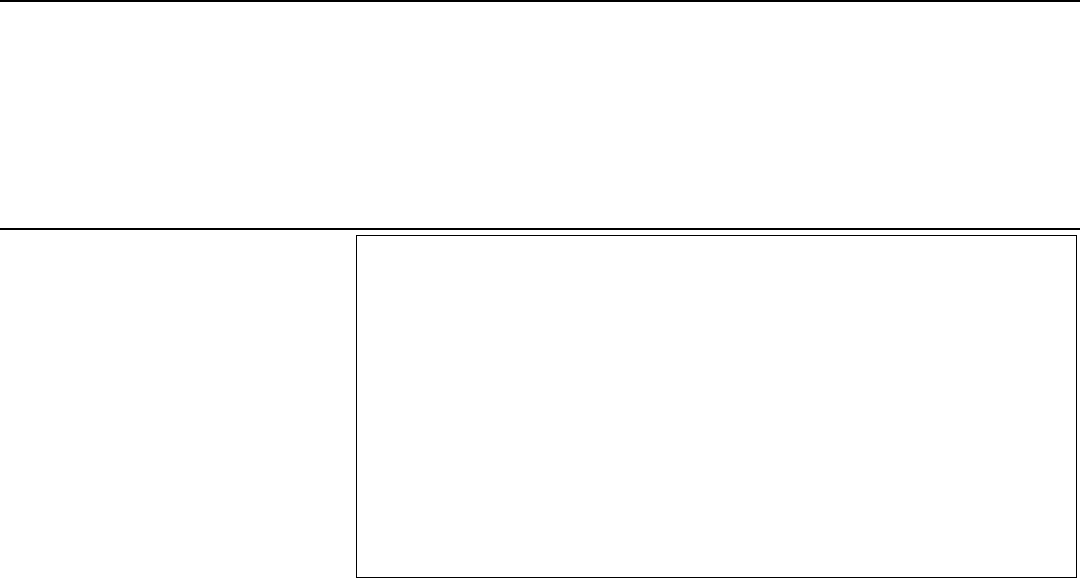
Chapter 8: Fieldwork Standards for
Performance Audits
Page 174 GAO-18-568G Government Auditing Standards
Requirement: Provisions of Laws, Regulations, Contracts, and
Grant Agreements
8.68 Auditors should identify any provisions of laws, regulations,
contracts, and grant agreements that are significant within the context
of the audit objectives and assess the risk that noncompliance with
provisions of laws, regulations, contracts, and grant agreements could
occur. Based on that risk assessment, the auditors should design and
perform procedures to obtain reasonable assurance of detecting
instances of noncompliance with provisions of laws, regulations,
contracts, and grant agreements that are significant within the context
of the audit objectives.
Application Guidance: Provisions of Laws, Regulations, Contracts,
and Grant Agreements
8.69 Government programs are subject to many provisions of laws,
regulations, contracts, and grant agreements. At the same time, these
provisions’ significance within the context of the audit objectives varies
widely, depending on the objectives of the audit. Auditors may consult
with their legal counsel to (1) determine those laws and regulations that
are significant to the audit objectives, (2) design tests of compliance with
provisions of laws and regulations, and (3) evaluate the results of those
tests. Auditors also may consult with their legal counsel when audit
objectives require testing compliance with provisions of contracts or grant
agreements. Depending on the circumstances of the audit, auditors may
consult with others, such as investigative staff, other audit organizations
or government entities that provided professional services to the audited
entity, or law enforcement authorities, to obtain information on compliance
matters.
8.70 The auditors’ assessment of audit risk may be affected by such
factors as the complexity or recent establishment of the laws, regulations,
contracts, and grant agreements. The auditors’ assessment of audit risk
also may be affected by whether the audited entity has controls that are
effective in preventing or detecting noncompliance with provisions of
laws, regulations, contracts, and grant agreements. If auditors obtain
sufficient, appropriate evidence of the effectiveness of these controls,
they can reduce their tests of compliance.
Provisions of Laws,
Regulations, Contracts,
and Grant Agreements

Chapter 8: Fieldwork Standards for
Performance Audits
Page 175 GAO-18-568G Government Auditing Standards
Requirements: Fraud
8.71 Auditors should assess the risk of fraud occurring that is
significant within the context of the audit objectives. Audit team
members should discuss among the team fraud risks, including factors
such as individuals’ incentives or pressures to commit fraud, the
opportunity for fraud to occur, and rationalizations or attitudes that
could increase the risk of fraud. Auditors should gather and assess
information to identify the risk of fraud that is significant within the
scope of the audit objectives or that could affect the findings and
conclusions.
8.72 Assessing the risk of fraud is an ongoing process throughout the
audit. When information comes to the auditors’ attention indicating that
fraud, significant within the context of the audit objectives, may have
occurred, auditors should extend the audit steps and procedures, as
necessary, to (1) determine whether fraud has likely occurred and (2) if
so, determine its effect on the audit findings.
Application Guidance: Fraud
8.73 Fraud involves obtaining something of value through willful
misrepresentation. Whether an act is, in fact, fraud is determined through
the judicial or other adjudicative system and is beyond auditors’
professional responsibility.
8.74 Auditors may obtain information through discussion with officials of
the audited entity or through other means to determine the susceptibility
of a program to fraud, the extent to which the audited entity has
implemented leading practices to manage fraud risks, the status of
internal controls the audited entity has established to prevent and detect
fraud, or the risk that officials of the audited entity could override internal
control. An attitude of professional skepticism in assessing the risk of
fraud assists auditors in assessing which factors or risks could
significantly affect the audit objectives.
8.75 In some circumstances, conditions such as the following could
indicate a heightened risk of fraud:
a. economic, programmatic, or entity operating conditions that
threaten the entity’s financial stability, viability, or budget;
Fraud

Chapter 8: Fieldwork Standards for
Performance Audits
Page 176 GAO-18-568G Government Auditing Standards
b. the nature of the entity’s operations provide opportunities to
engage in fraud;
c. management’s monitoring of compliance with laws, regulations,
and policies is inadequate;
d. the organizational structure is unstable or unnecessarily complex;
e. management communication or support for ethical standards is
lacking;
f. management is willing to accept unusually high levels of risk in
making significant decisions;
g. the entity has a history of impropriety, such as previous issues
with fraud, questionable practices, or past audits or investigations
with findings of questionable or criminal activity;
h. operating policies and procedures have not been developed or are
outdated;
i. key documentation is lacking or does not exist;
j. asset accountability or safeguarding procedures are lacking;
k. a history of improper payments;
l. evidence of false or misleading information; and
m. evidence of unusual patterns and trends in contracting,
procurement, acquisition, and other activities of the entity or
program.
8.76 If fraud that may have occurred is not significant within the context of
the audit objectives, the auditors may perform additional audit work as a
separate engagement or refer the matter to other parties with oversight
responsibility or jurisdiction.
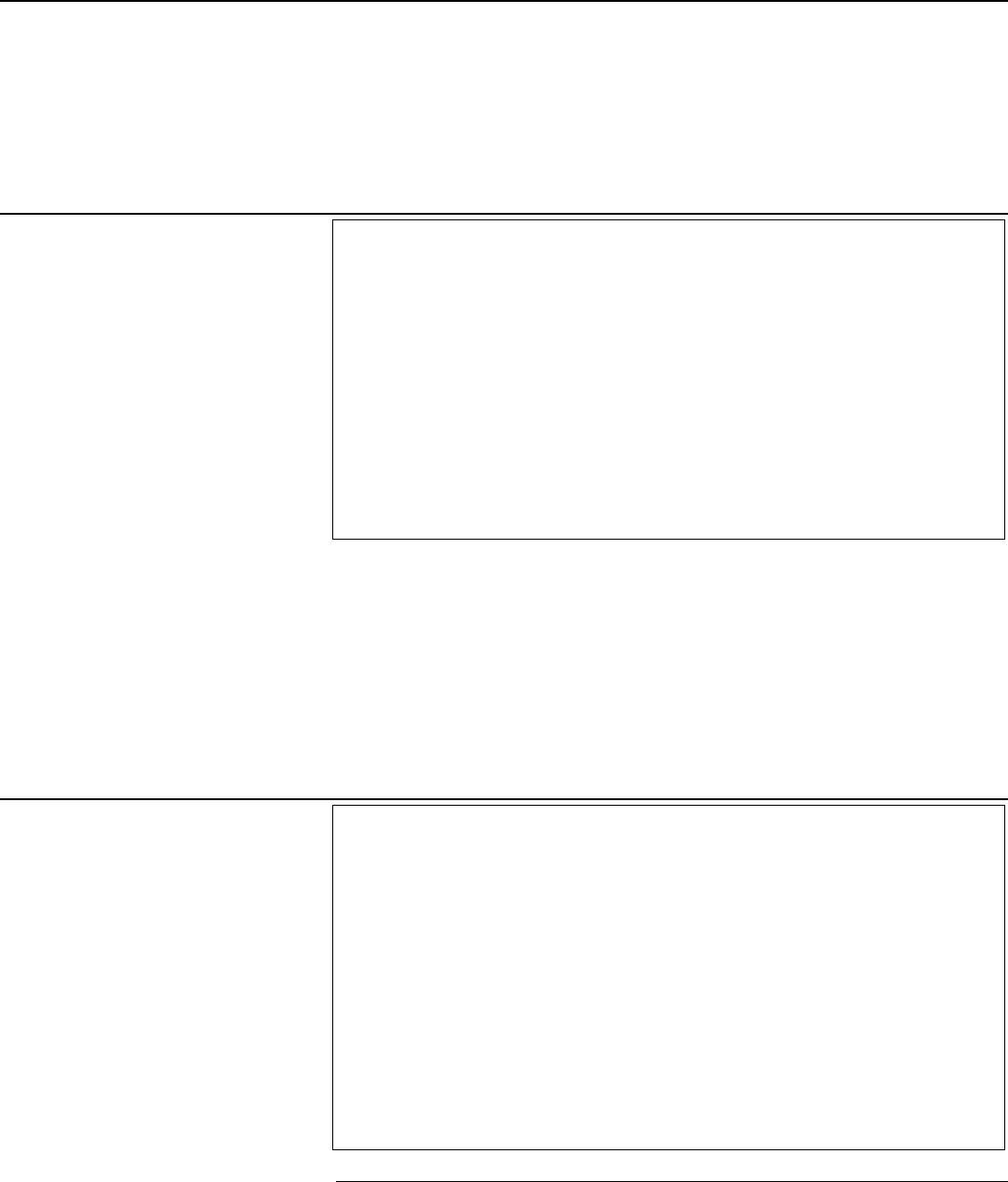
Chapter 8: Fieldwork Standards for
Performance Audits
Page 177 GAO-18-568G Government Auditing Standards
Requirements: Identifying Sources of Evidence and the Amount
and Type of Evidence Required
8.77 Auditors should identify potential sources of information that could
be used as evidence. Auditors should determine the amount and type
of evidence needed to obtain sufficient, appropriate evidence to
address the audit objectives and adequately plan audit work.
8.78 Auditors should evaluate whether any lack of sufficient,
appropriate evidence is caused by internal control deficiencies or other
program weaknesses, and whether the lack of sufficient, appropriate
evidence could be the basis for audit findings.
Application Guidance: Identifying Sources of Evidence and the
Amount and Type of Evidence Required
8.79 If auditors believe it is likely that sufficient, appropriate evidence will
not be available, they may revise the audit objectives or modify the scope
and methodology and determine alternative procedures to obtain
additional evidence or other forms of evidence to address the current
audit objectives.
Requirements: Using the Work of Others
8.80 Auditors should determine whether other auditors have
conducted, or are conducting, audits that could be relevant to the
current audit objectives.
8.81 If auditors use the work of other auditors, they should perform
procedures that provide a sufficient basis for using that work. Auditors
should obtain evidence concerning the other auditors’ qualifications
and independence and should determine whether the scope, quality,
and timing of the audit work performed by the other auditors can be
relied on in the context of the current audit objectives.
73
73
See para. 5.80 for additional discussion on using the work of other auditors and peer
review reports.
Identifying Sources of
Evidence and the Amount
and Type of Evidence
Required
Using the Work of Others
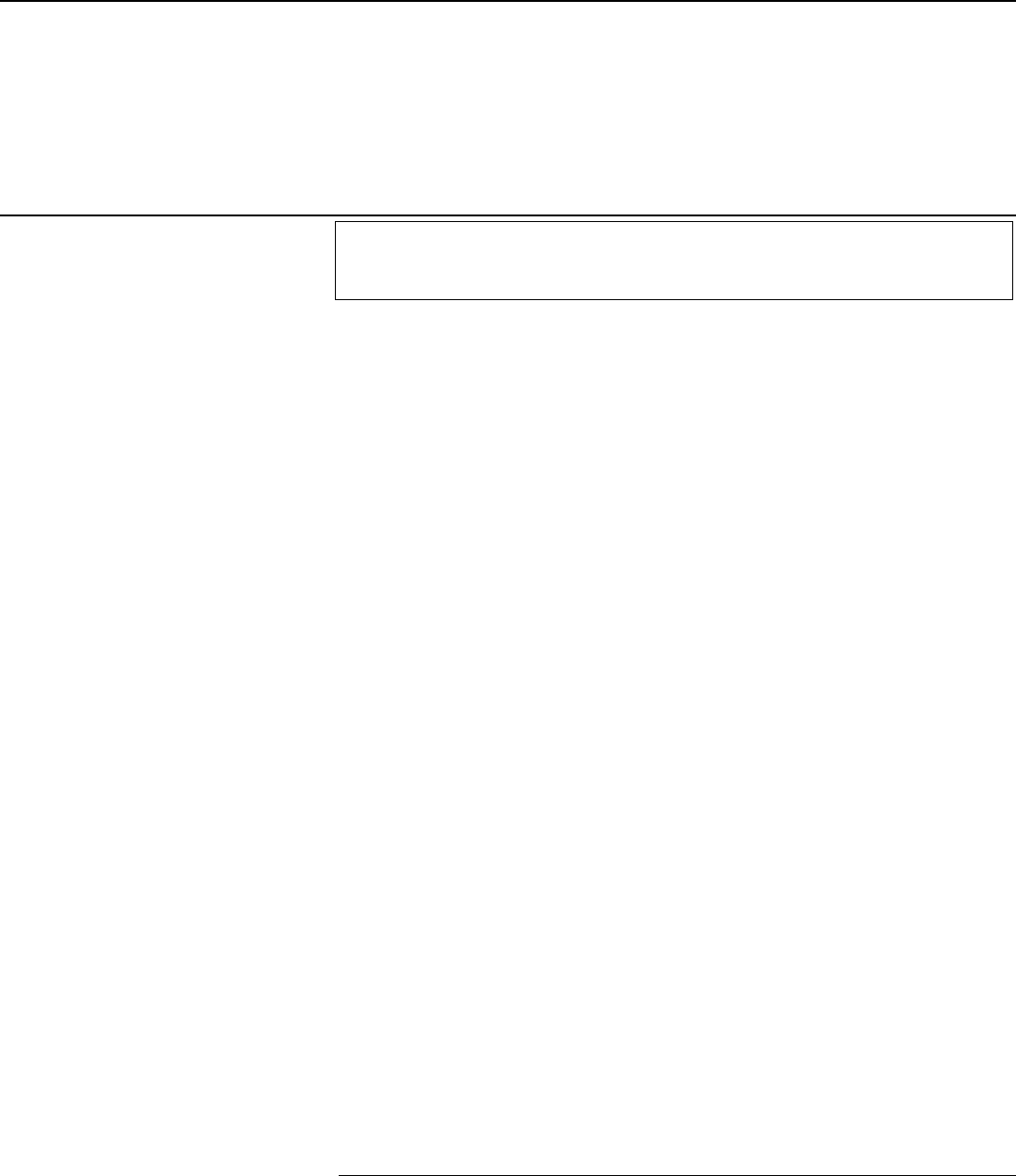
Chapter 8: Fieldwork Standards for
Performance Audits
Page 178 GAO-18-568G Government Auditing Standards
8.82 If the engagement team intends to use the work of a specialist, it
should assess the independence of the specialist.
74
Application Guidance: Using the Work of Others
8.83 The results of other auditors’ work may be useful sources of
information for planning and conducting the audit. If other auditors have
identified areas that warrant further audit work or follow-up, their work
may influence the auditors’ selection of objectives, scope, and
methodology.
8.84 Internal auditing is an important part of overall governance,
accountability, and internal control. A key role of many internal audit
organizations is to provide assurance that internal controls are in place to
adequately mitigate risks and achieve program goals and objectives.
Auditors may determine that it is appropriate to use the work of the
internal auditors in assessing the effectiveness of design or operation of
internal controls that are significant within the context of the audit
objectives.
8.85 If other auditors have completed audit work related to the objectives
of the current audit, the current auditors may be able to use the work of
the other auditors to support findings or conclusions for the current audit
and thereby avoid duplication of effort. Procedures that auditors may
perform in making this determination include reviewing the other audit
report, audit plan, or audit documentation, or performing tests of the other
auditors’ work. The nature and extent of evidence needed will depend on
the significance of the other auditors’ work to the current audit objectives
and the extent to which the auditors will use that work.
8.86 The engagement team’s assessment of the independence of
specialists who perform audit work includes identifying threats and
applying any necessary safeguards in the same manner as they would for
auditors performing work on those audits.
75
74
See para. 1.27p for the definition of specialist.
75
See paras. 3.18 through 3.108 for requirements and guidance related to independence.
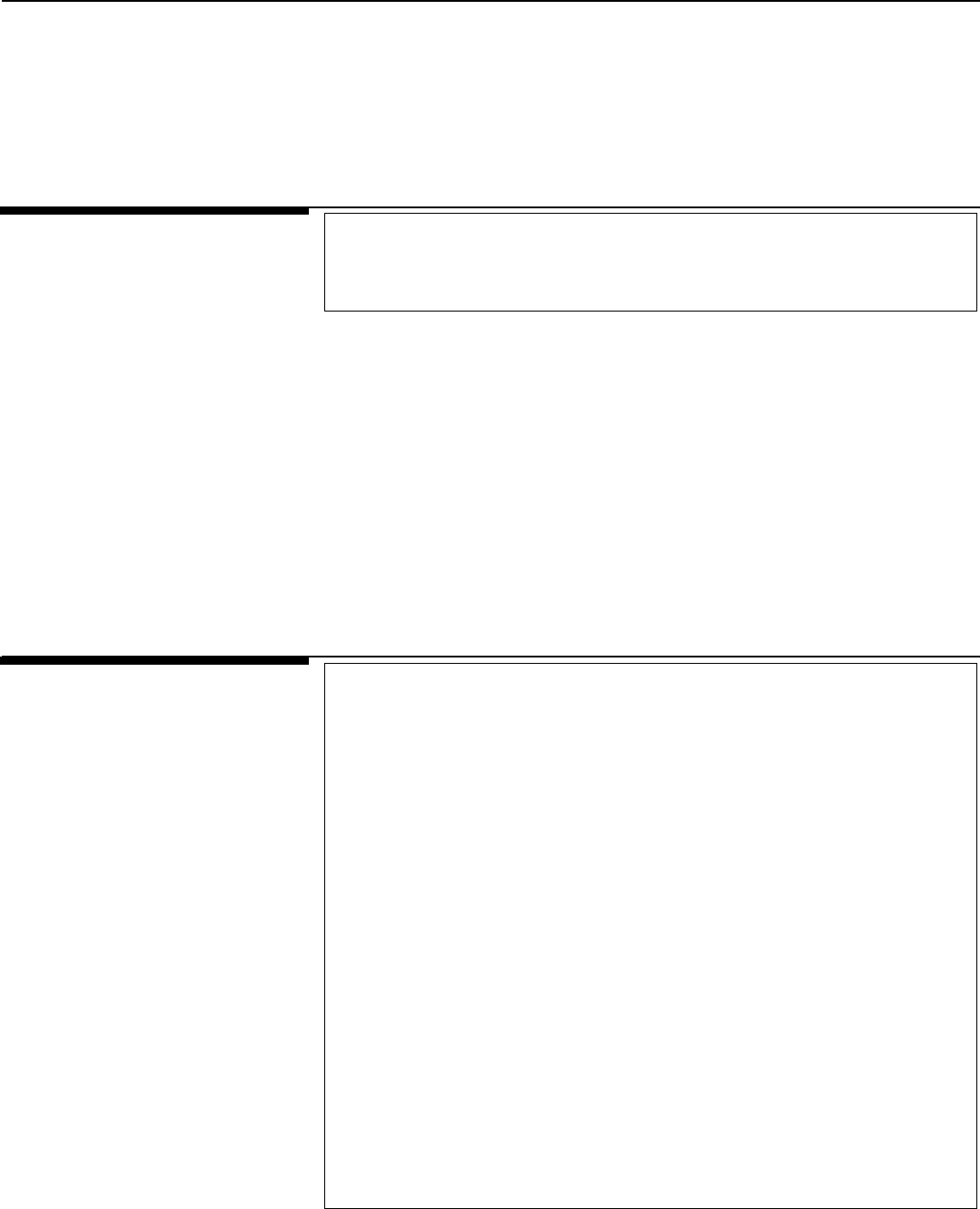
Chapter 8: Fieldwork Standards for
Performance Audits
Page 179 GAO-18-568G Government Auditing Standards
Requirement: Supervision
8.87 Auditors must properly supervise audit staff.
Application Guidance: Supervision
8.88 Audit supervision involves providing sufficient guidance and direction
to auditors assigned to the audit to address the audit objectives and
follow applicable requirements, while staying informed about significant
problems encountered, reviewing the work performed, and providing
effective on-the-job training.
8.89 The nature and extent of the auditors’ supervision and the review of
audit work may vary depending on a number of factors, such as the size
of the audit organization, the significance of the work, and the experience
of the auditors.
Requirements: Evidence
8.90 Auditors must obtain sufficient, appropriate evidence to provide a
reasonable basis for addressing the audit objectives and supporting
their findings and conclusions.
8.91 In assessing the appropriateness of evidence, auditors should
assess whether the evidence is relevant, valid, and reliable.
8.92 In determining the sufficiency of evidence, auditors should
determine whether enough appropriate evidence exists to address the
audit objectives and support the findings and conclusions to the extent
that would persuade a knowledgeable person that the findings are
reasonable.
8.93 When auditors use information provided by officials of the audited
entity as part of their evidence, they should determine what the officials
of the audited entity or other auditors did to obtain assurance over the
reliability of the information.
8.94 Auditors should evaluate the objectivity, credibility, and reliability
of testimonial evidence.
Supervision
Evidence
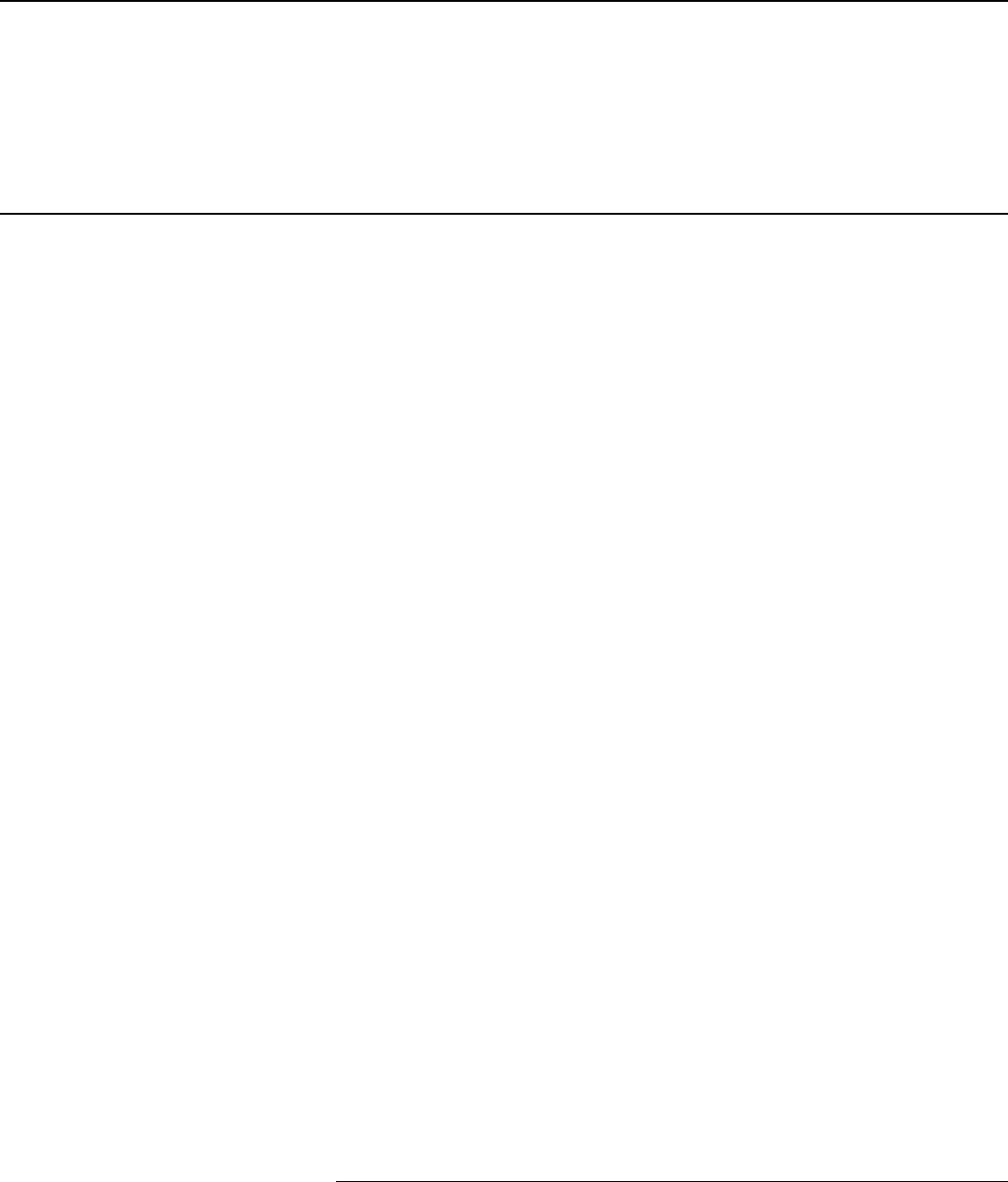
Chapter 8: Fieldwork Standards for
Performance Audits
Page 180 GAO-18-568G Government Auditing Standards
Application Guidance: Evidence
8.95 Audit objectives may vary widely, as may the level of work
necessary to assess the sufficiency and appropriateness of evidence to
address the objectives. The concepts of audit risk and significance assist
auditors in evaluating the audit evidence. Professional judgment assists
auditors in determining the sufficiency and appropriateness of evidence
taken as a whole. Interpreting, summarizing, or analyzing evidence is
typically used in determining the sufficiency and appropriateness of
evidence and in reporting the results of the audit work.
8.96 When auditors use information that audited entity officials provided
as part of their evidence, auditors may find it necessary to test
management’s procedures to obtain assurance, perform direct testing of
the information, or obtain additional corroborating evidence. The nature,
timing, and extent of the auditors’ procedures will depend on the
significance of the information to the audit objectives and the nature of the
information being used. Using a risk-based approach, auditors may
consider additional procedures if they become aware of evidence that
conflicts with that provided by management. In their overall assessment,
auditors may document how they resolved situations involving conflicting
evidence.
76
8.97 Auditors may request that management provide written
representations as to the accuracy and completeness of information
provided.
8.98 The nature, timing, and extent of audit procedures to assess
sufficiency and appropriateness are affected by the effectiveness of the
audited entity’s internal controls over the information, including
information systems controls, and the significance of the information and
the level of detail presented in the auditors’ findings and conclusions in
the context of the audit objectives. The sufficiency and appropriateness of
computer-processed information is assessed regardless of whether this
information is provided to auditors or auditors independently extract it.
Assessing the sufficiency and appropriateness of computer-processed
information includes considering the completeness and accuracy of the
data for the intended purposes.
76
See para. 8.105 for a discussion of the relationship between testimonial and
documentary evidence.

Chapter 8: Fieldwork Standards for
Performance Audits
Page 181 GAO-18-568G Government Auditing Standards
Sufficiency
8.99 Sufficiency is a measure of the quantity of evidence used to support
the findings and conclusions related to the audit objectives.
8.100 When appropriate, auditors may use statistical methods to analyze
and interpret evidence to assess its sufficiency.
8.101 The sufficiency of evidence required to support the auditors’
findings and conclusions is a matter of the auditors’ professional
judgment. The following presumptions are useful in judging the sufficiency
of evidence.
a. The greater the audit risk, the greater the quantity and quality of
evidence required.
b. Stronger evidence may allow less evidence to be used.
Appropriateness
8.102 Appropriateness is the measure of the quality of evidence that
encompasses the relevance, validity, and reliability of evidence used for
addressing the audit objectives and supporting findings and conclusions.
a. Relevance refers to the extent to which evidence has a logical
relationship with, and importance to, the issue being addressed.
b. Validity refers to the extent to which evidence is a meaningful or
reasonable basis for measuring what is being evaluated. In other
words, validity refers to the extent to which evidence represents
what it is purported to represent.
c. Reliability refers to the consistency of results when information is
measured or tested and includes the concepts of being verifiable
or supported. For example, in establishing the appropriateness of
evidence, auditors may test its reliability by obtaining supporting
evidence, using statistical testing, or obtaining corroborating
evidence.
d. Having a large volume of evidence does not compensate for a
lack of relevance, validity, or reliability.

Chapter 8: Fieldwork Standards for
Performance Audits
Page 182 GAO-18-568G Government Auditing Standards
8.103 The degree of assurance associated with a performance audit is
strongly associated with the appropriateness of evidence in relation to the
audit objectives. Examples follow.
a. The audit objectives might focus on verifying specific quantitative
results presented by the audited entity. In these situations, the
audit procedures would likely focus on obtaining evidence about
the accuracy of the specific amounts in question. This work may
include the use of statistical sampling.
b. The audit objectives might focus on the performance of a specific
program or activity in the audited entity. In these situations, the
auditors may be provided information that the audited entity
compiled in order to satisfy the audit objectives. The auditors may
find it necessary to test the quality of the information, which
includes both its validity and reliability.
c. The audit objectives might focus on information that is used for
widely accepted purposes and obtained from sources generally
recognized as appropriate. For example, economic statistics
issued by government agencies for purposes such as adjusting for
inflation, or other such information issued by authoritative
organizations, may be the best information available. In such
cases, it may not be practical or necessary for auditors to perform
procedures to verify the information. These decisions call for use
of professional judgment based on the nature of the information,
its common usage or acceptance, and how it is being used in the
audit.
d. The audit objectives might focus on comparisons or benchmarking
between various government functions or agencies. These types
of audits are especially useful for analyzing the outcomes of
various public policy decisions. In these cases, auditors may
perform analyses, such as comparative statistics of different
jurisdictions or changes in performance over time, where it would
be impractical to verify the detailed data underlying the statistics.
Clear disclosure of the extent to which comparative information or
statistics were evaluated or corroborated will likely be necessary
to place the evidence in context for report users.
e. The audit objectives might focus on trend information based on
data that the audited entity provided. In this situation, auditors may
assess the evidence by using overall analytical tests of underlying

Chapter 8: Fieldwork Standards for
Performance Audits
Page 183 GAO-18-568G Government Auditing Standards
data, combined with knowledge and understanding of the systems
or processes used for compiling information.
f. The audit objectives might focus on identifying emerging and
crosscutting issues using information that audited entities
compiled or self-reported. In such cases, it may be helpful for the
auditors to consider the overall appropriateness of the compiled
information along with other information available about the
program. Other sources of information, such as inspector general
reports or other external audits, may provide the auditors with
information regarding whether any unverified or self-reported
information is consistent with or can be corroborated by these
other external sources of information.
8.104 In terms of its form and how it is collected, evidence may be
categorized as physical, documentary, or testimonial. Physical evidence
is obtained by auditors’ direct inspection or observation of people,
property, or events. Such evidence may be documented in summary
memos, photographs, videos, drawings, charts, maps, or physical
samples. Documentary evidence is already existing information, such as
letters, contracts, accounting records, invoices, spreadsheets, database
extracts, electronically stored information, and management information
on performance. Testimonial evidence is obtained through inquiries,
interviews, focus groups, public forums, or questionnaires. Auditors
frequently use analytical processes, including computations,
comparisons, separation of information into components, and rational
arguments, to analyze any evidence gathered to determine whether it is
sufficient and appropriate. Evidence may be obtained by observation,
inquiry, or inspection. Each type of evidence has its own strengths and
weaknesses. The following contrasts are useful in judging the
appropriateness of evidence. However, these contrasts are not adequate
in themselves to determine appropriateness. The nature and types of
evidence used to support auditors’ findings and conclusions are matters
of the auditors’ professional judgment based on the audit objectives and
audit risk.
a. Evidence obtained when internal control is effective is generally
more reliable than evidence obtained when internal control is
weak or nonexistent.
77
77
See paras. 8.39 through 8.67 for a discussion of internal control.

Chapter 8: Fieldwork Standards for
Performance Audits
Page 184 GAO-18-568G Government Auditing Standards
b. Evidence obtained through the auditors’ direct physical
examination, observation, computation, and inspection is
generally more reliable than evidence obtained indirectly.
c. Examination of original documents is generally more reliable than
examination of copies.
d. Testimonial evidence obtained under conditions in which persons
may speak freely is generally more reliable than evidence
obtained under circumstances in which the persons may be
intimidated.
e. Testimonial evidence obtained from an individual who is not
biased and has direct knowledge about the area is generally more
reliable than testimonial evidence obtained from an individual who
is biased or has indirect or partial knowledge about the area.
f. Evidence obtained from a knowledgeable, credible, and unbiased
third party is generally more reliable than evidence obtained from
management of the audited entity or others who have a direct
interest in the audited entity.
8.105 Testimonial evidence may be useful in interpreting or corroborating
documentary or physical information. Documentary evidence may be
used to help verify, support, or challenge testimonial evidence.
8.106 Surveys generally provide self-reported information about existing
conditions or programs. Evaluating the survey design and administration
assists auditors in evaluating the objectivity, credibility, and reliability of
the self-reported information.
8.107 When sampling is used, the appropriate selection method will
depend on the audit objectives. When a representative sample is needed,
the use of statistical sampling approaches generally results in stronger
evidence than that obtained from nonstatistical techniques. When a
representative sample is not needed, a targeted selection may be
effective if the auditors have isolated risk factors or other criteria to target
the selection.
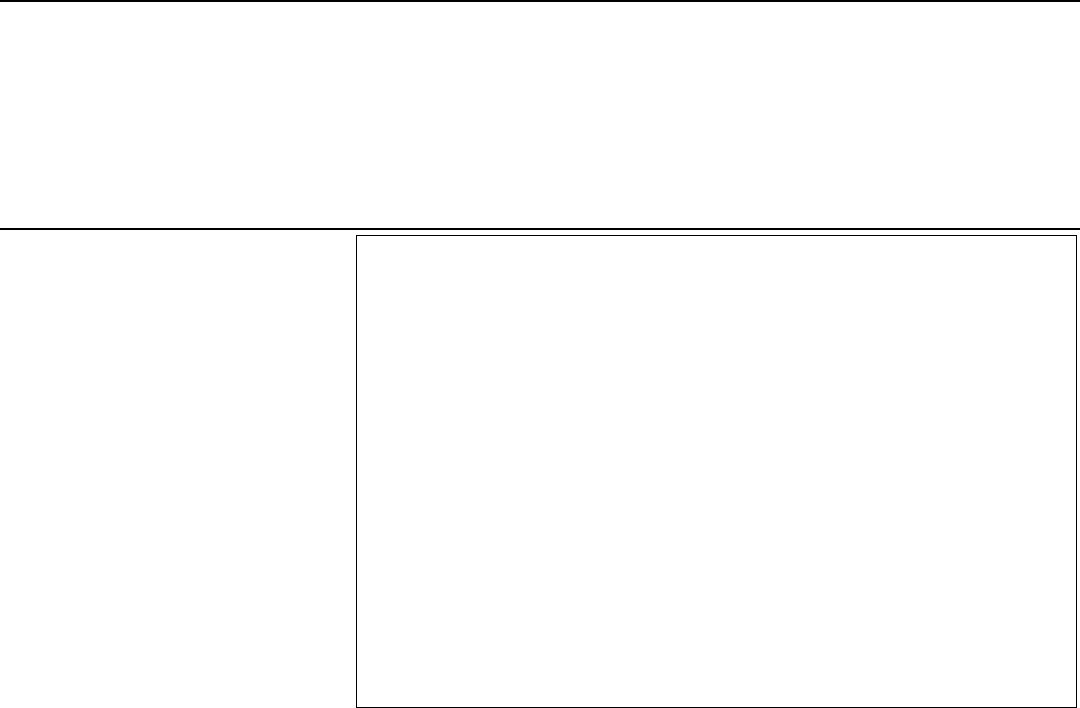
Chapter 8: Fieldwork Standards for
Performance Audits
Page 185 GAO-18-568G Government Auditing Standards
Requirements: Overall Assessment of Evidence
8.108 Auditors should perform and document an overall assessment of
the collective evidence used to support findings and conclusions,
including the results of any specific assessments performed to
conclude on the validity and reliability of specific evidence.
8.109 When assessing the overall sufficiency and appropriateness of
evidence, auditors should evaluate the expected significance of
evidence to the audit objectives, findings, and conclusions; available
corroborating evidence; and the level of audit risk. If auditors conclude
that evidence is not sufficient or appropriate, they should not use such
evidence as support for findings and conclusions.
8.110 When the auditors identify limitations or uncertainties in
evidence that is significant to the audit findings and conclusions, they
should perform additional procedures, as appropriate.
Application Guidance: Overall Assessment of Evidence
8.111 Professional judgments about the sufficiency and appropriateness
of evidence are closely interrelated, as auditors interpret the results of
audit testing and evaluate whether the nature and extent of the evidence
obtained is sufficient and appropriate.
8.112 Sufficiency and appropriateness of evidence are relative concepts,
which may be thought of as a continuum rather than as absolutes.
Sufficiency and appropriateness are evaluated in the context of the
related findings and conclusions. For example, even though the auditors
may identify some limitations or uncertainties about the sufficiency or
appropriateness of some of the evidence, they may nonetheless
determine that in total there is sufficient, appropriate evidence to support
the findings and conclusions.
8.113 The steps to assess evidence may depend on the nature of the
evidence, how the evidence is used in the audit or report, and the audit
objectives.
a. Evidence is sufficient and appropriate when it provides a
reasonable basis for supporting the findings or conclusions within
the context of the audit objectives.
Overall Assessment of
Evidence
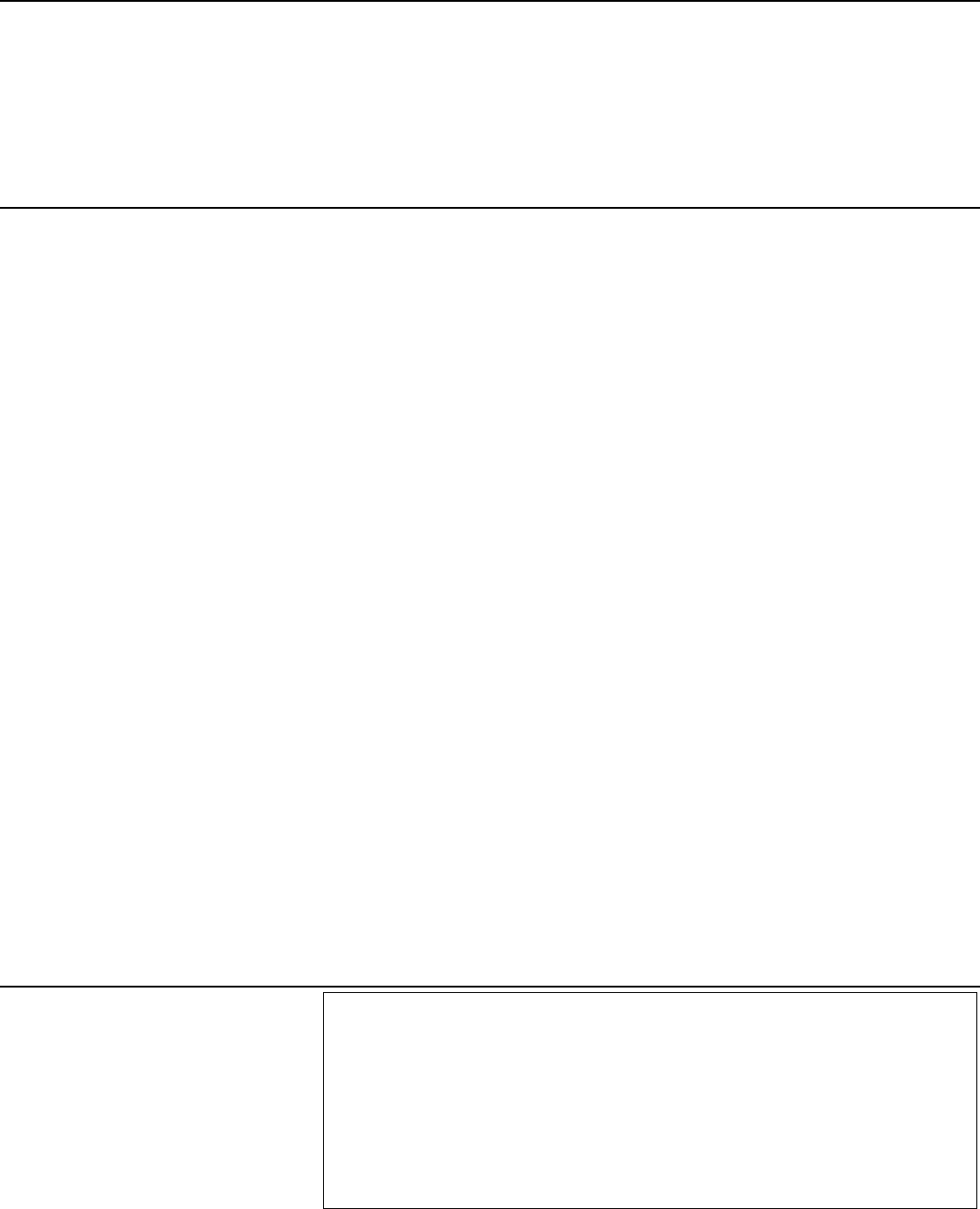
Chapter 8: Fieldwork Standards for
Performance Audits
Page 186 GAO-18-568G Government Auditing Standards
b. Evidence is not sufficient or appropriate when (1) using the
evidence carries an unacceptably high risk that it could lead
auditors to reach an incorrect or improper conclusion; (2) the
evidence has significant limitations, given the audit objectives and
intended use of the evidence; or (3) the evidence does not provide
an adequate basis for addressing the audit objectives or
supporting the findings and conclusions.
8.114 Evidence has limitations or uncertainties when its validity or
reliability has not been assessed or cannot be assessed, given the audit
objectives and the intended use of the evidence. Limitations also include
errors identified by the auditors in their testing.
8.115 Additional procedures that could address limitations or
uncertainties in evidence that are significant to the audit findings and
conclusions include
a. seeking independent, corroborating evidence from other sources;
b. redefining the audit objectives or the audit scope to eliminate the
need to use the evidence;
c. presenting the findings and conclusions so that the supporting
evidence is sufficient and appropriate and describing in the report
the limitations or uncertainties with the validity or reliability of the
evidence, if such disclosure is necessary to avoid misleading the
report users about the findings or conclusions; and
d. determining whether to report the limitations or uncertainties as a
finding, including any related significant internal control
deficiencies.
Requirements: Findings
8.116 As part of a performance audit, when auditors identify findings,
they should plan and perform procedures to develop the criteria,
condition, cause, and effect of the findings to the extent that these
elements are relevant and necessary to achieve the audit objectives.
8.117 Auditors should consider internal control deficiencies in their
Findings

Chapter 8: Fieldwork Standards for
Performance Audits
Page 187 GAO-18-568G Government Auditing Standards
evaluation of identified findings when developing the cause element of
the identified findings when internal control is significant to the audit
objectives.
Application Guidance: Findings
8.118 Findings may involve deficiencies in internal control;
noncompliance with provisions of laws, regulations, contracts, and grant
agreements; or instances of fraud.
8.119 Given the concept of accountability for use of public resources and
government authority, evaluating internal control in a government
environment may also include considering internal control deficiencies
that result in waste or abuse. Because the determination of waste and
abuse is subjective, auditors are not required to perform specific
procedures to detect waste or abuse in performance audits. However,
auditors may consider whether and how to communicate such matters if
they become aware of them. Auditors may also discover that waste or
abuse are indicative of fraud or noncompliance with provisions of laws,
regulations, contracts, and grant agreements.
8.120 Waste is the act of using or expending resources carelessly,
extravagantly, or to no purpose. Importantly, waste can include activities
that do not include abuse and does not necessarily involve a violation of
law. Rather, waste relates primarily to mismanagement, inappropriate
actions, and inadequate oversight.
8.121 The following are examples of waste, depending on the facts and
circumstances:
a. Making travel choices that are contrary to existing travel policies
or are unnecessarily extravagant or expensive.
b. Making procurement or vendor selections that are contrary to
existing policies or are unnecessarily extravagant or expensive.
8.122 Abuse is behavior that is deficient or improper when compared with
behavior that a prudent person would consider reasonable and necessary
business practice given the facts and circumstances, but excludes fraud
and noncompliance with provisions of laws, regulations, contracts, and
grant agreements. Abuse also includes misuse of authority or position for

Chapter 8: Fieldwork Standards for
Performance Audits
Page 188 GAO-18-568G Government Auditing Standards
personal financial interests or those of an immediate or close family
member or business associate.
8.123 The following are examples of abuse, depending on the facts and
circumstances:
a. Creating unneeded overtime.
b. Requesting staff to perform personal errands or work tasks for a
supervisor or manager.
c. Misusing the official’s position for personal gain (including actions
that could be perceived by an objective third party with knowledge
of the relevant information as improperly benefiting an official’s
personal financial interests or those of an immediate or close
family member; a general partner; an organization for which the
official serves as an officer, director, trustee, or employee; or an
organization with which the official is negotiating concerning future
employment).
8.124 Criteria: To develop findings, criteria may include the laws,
regulations, contracts, grant agreements, standards, measures, expected
performance, defined business practices, and benchmarks against which
performance is compared or evaluated. Criteria identify the required or
desired state or expectation with respect to the program or operation. The
term program includes processes, projects, studies, policies, operations,
activities, entities, and functions. Criteria provide a context for evaluating
evidence and understanding the findings, conclusions, and
recommendations in the report.
8.125 Condition: Condition is a situation that exists. The condition is
determined and documented during the audit.
8.126 Cause: The cause is the factor or factors responsible for the
difference between the condition and the criteria, and may also serve as a
basis for recommendations for corrective actions. Common factors
include poorly designed policies, procedures, or criteria; inconsistent,
incomplete, or incorrect implementation; or factors beyond the control of
program management. Auditors may assess whether the evidence
provides a reasonable and convincing argument for why the stated cause
is the key factor contributing to the difference between the condition and
the criteria.
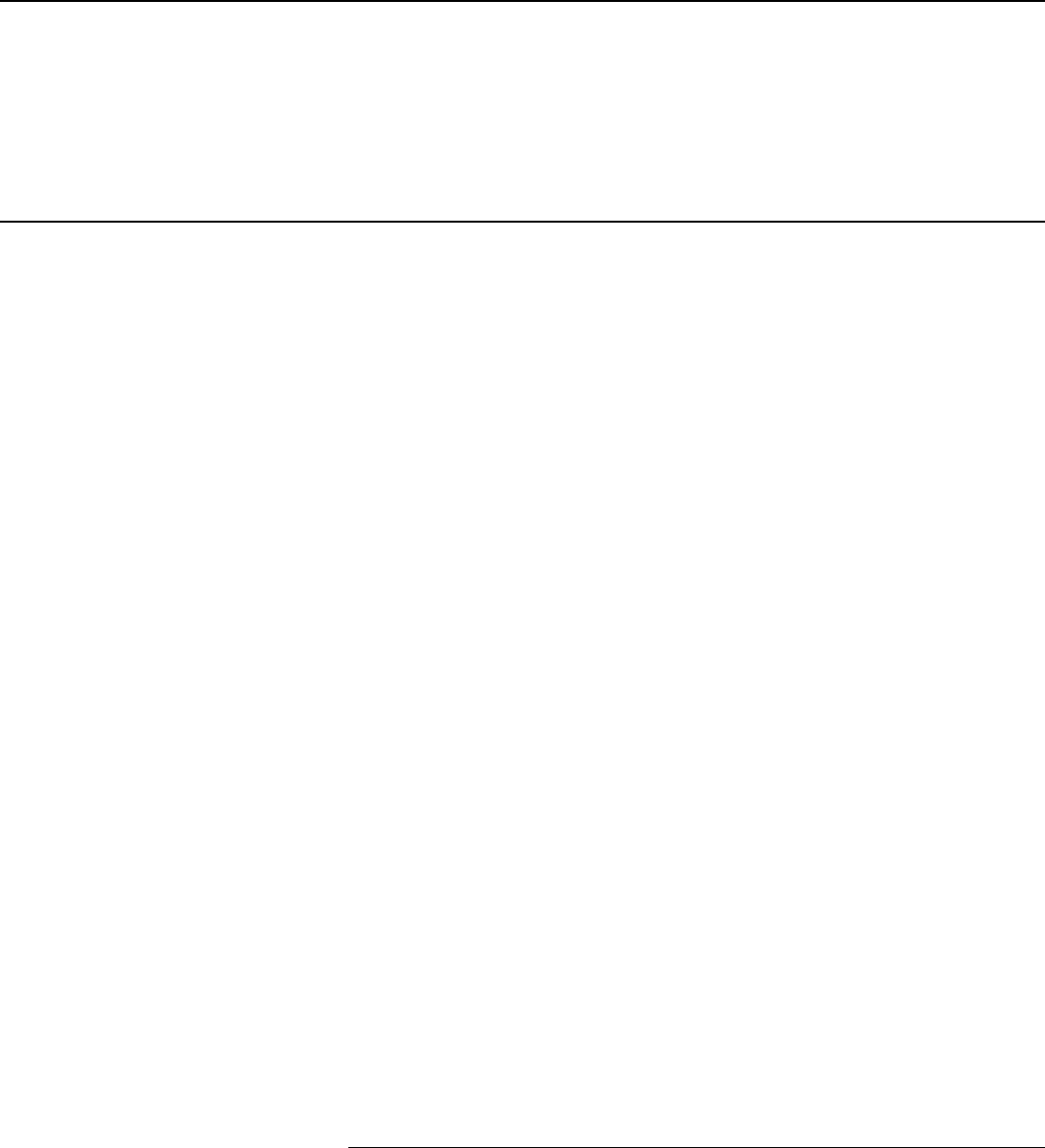
Chapter 8: Fieldwork Standards for
Performance Audits
Page 189 GAO-18-568G Government Auditing Standards
8.127 Effect or potential effect: The effect or potential effect is the
outcome or consequence resulting from the difference between the
condition and the criteria. When the audit objectives include identifying
the actual or potential consequences of a condition that varies (either
positively or negatively) from the criteria identified in the audit, effect is a
measure of those consequences. Effect or potential effect may be used to
demonstrate the need for corrective action in response to identified
problems or relevant risks.
8.128 The elements needed for a finding are related to the objectives of
the audit. Thus, a finding or set of findings is complete to the extent that
the audit objectives are addressed and the report clearly relates those
objectives to the elements of a finding. For example, an audit objective
may be to determine the current status or condition of program operations
or progress in implementing legislative requirements, and not the related
cause or effect. In this situation, developing the condition would address
the audit objective, and developing the other elements of a finding would
not be necessary.
8.129 The cause of a finding may relate to an underlying internal control
deficiency. For example, auditors conducting a compliance audit may find
that an audited entity has not complied with certain legislation. Upon
further evaluation, the auditors may find the root cause of the finding to be
that one of the entity’s control activities was not properly designed. In this
case, the finding would be an instance of noncompliance, but the cause
of the finding would be an internal control deficiency.
8.130 Considering internal control in the context of a comprehensive
internal control framework, such as Standards for Internal Control in the
Federal Government or Internal Control—Integrated Framework,
78
can
help auditors to determine whether underlying internal control deficiencies
exist as the root cause of findings. When the audit objectives include
explaining why a particular type of positive or negative program
performance, output, or outcome identified in the audit occurred, the
underlying deficiencies are referred to as cause. Identifying the cause of
78
The COSO Framework and the Green Book provide suitable and available criteria
against which management may evaluate and report on the effectiveness of the entity’s
internal control. The Green Book may be adopted by entities beyond those federal entities
for which it is legally required, such as state, local, and quasi-governmental entities, as
well as other federal entities and not-for-profit organizations, as a framework for an
internal control system.
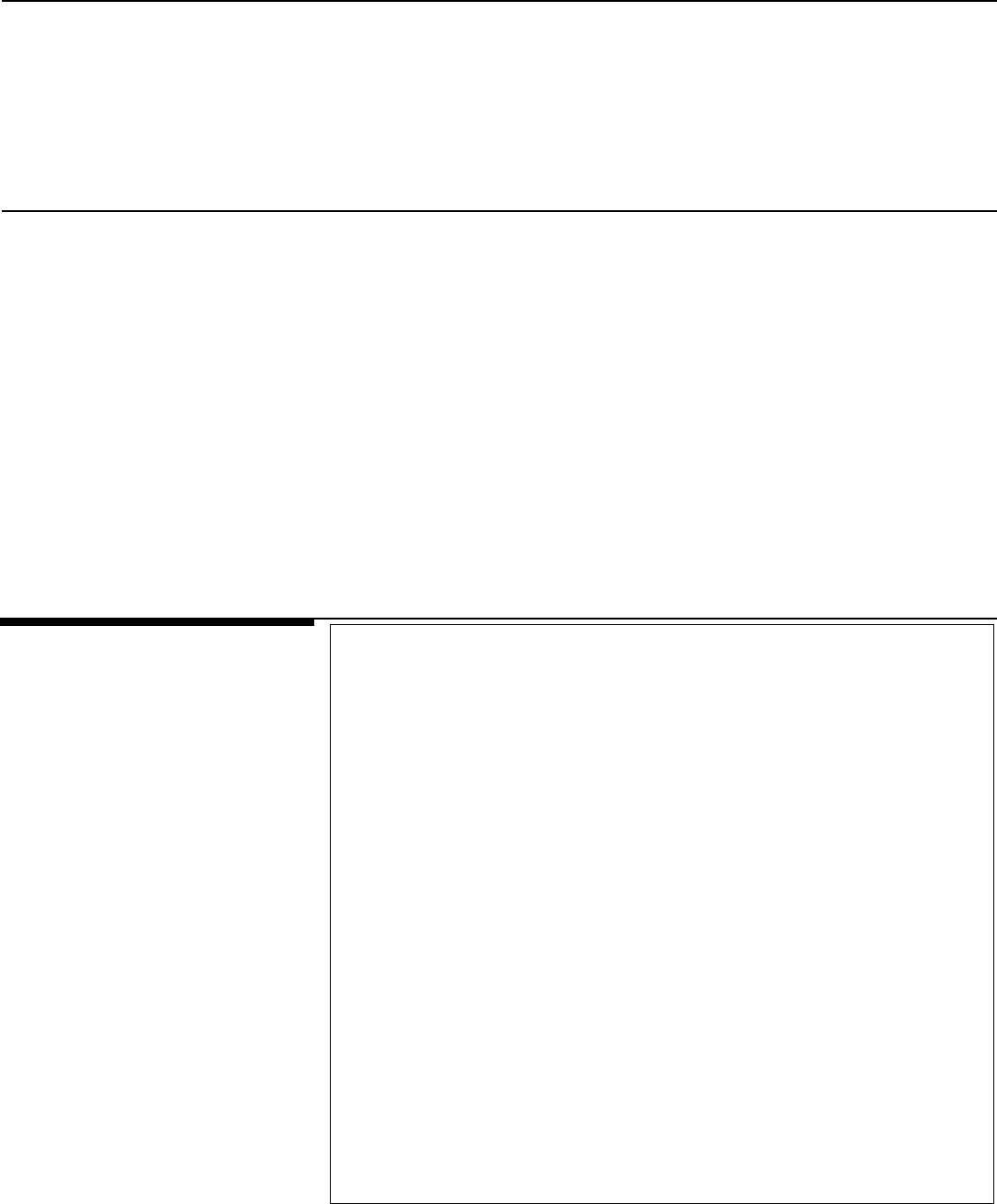
Chapter 8: Fieldwork Standards for
Performance Audits
Page 190 GAO-18-568G Government Auditing Standards
problems may assist auditors in making constructive recommendations
for correction. Auditors may identify deficiencies in program design or
structure as the cause of deficient performance. Auditors may also
identify deficiencies in internal control that are significant to the subject
matter of the performance audit as the cause of deficient performance. In
developing these types of findings, the deficiencies in program design or
internal control would be described as the cause. Often the causes of
deficient program performance are complex and involve multiple factors,
including fundamental, systemic root causes.
8.131 When the audit objectives include estimating the extent to which a
program has caused changes in physical, social, or economic conditions,
“effect” is a measure of the program’s impact. In this case, effect is the
extent to which positive or negative changes in actual physical, social, or
economic conditions can be identified and attributed to the program.
Requirements: Audit Documentation
8.132 Auditors must prepare audit documentation related to planning,
conducting, and reporting for each audit. Auditors should prepare audit
documentation in sufficient detail to enable an experienced auditor,
having no previous connection to the audit, to understand from the
audit documentation the nature, timing, extent, and results of audit
procedures performed; the evidence obtained; and its source and the
conclusions reached, including evidence that supports the auditors’
significant judgments and conclusions.
8.133 Auditors should prepare audit documentation that contains
evidence that supports the findings, conclusions, and
recommendations before they issue their report.
8.134 Auditors should design the form and content of audit
documentation to meet the circumstances of the particular audit. The
audit documentation constitutes the principal record of the work that
the auditors have performed in accordance with standards and the
conclusions that the auditors have reached. The quantity, type, and
content of audit documentation are a matter of the auditors’
professional judgment.
Audit Documentation
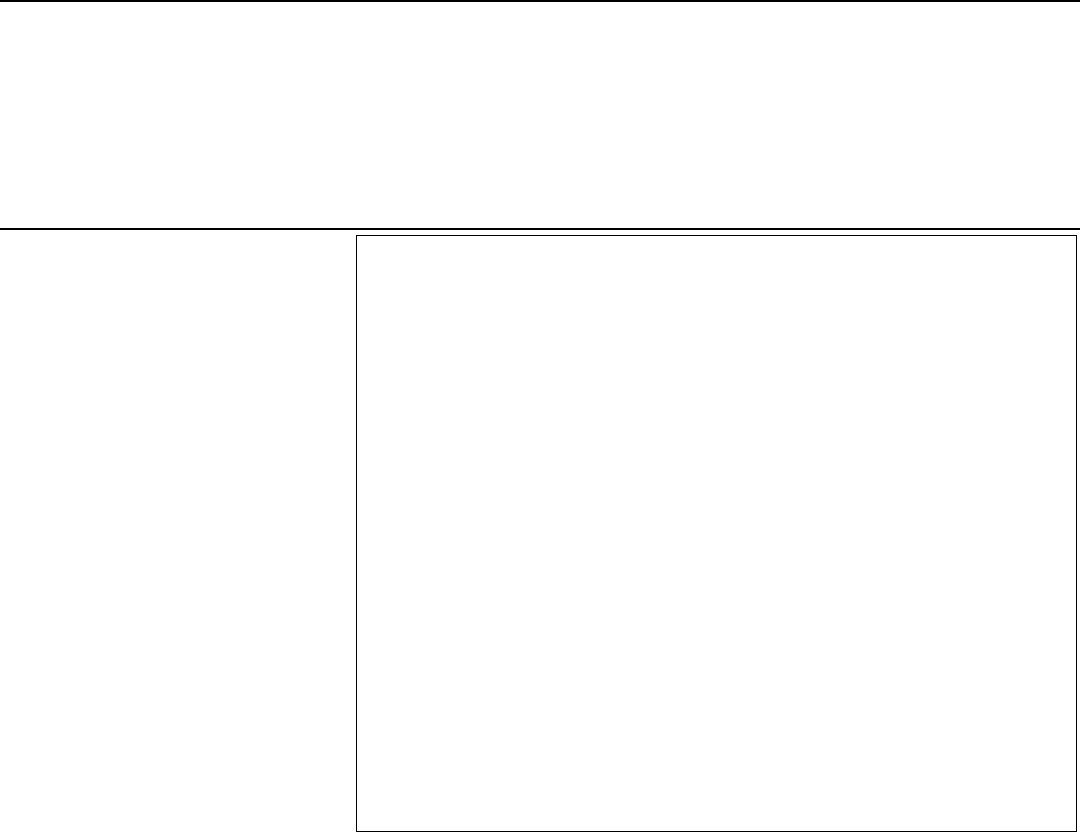
Chapter 8: Fieldwork Standards for
Performance Audits
Page 191 GAO-18-568G Government Auditing Standards
8.135 Auditors should document the following:
a. the objectives, scope, and methodology of the audit;
b. the work performed and evidence obtained to support
significant judgments and conclusions, as well as expectations
in analytical procedures, including descriptions of transactions
and records examined (for example, by listing file numbers,
case numbers, or other means of identifying specific
documents examined, though copies of documents examined
or detailed listings of information from those documents are not
required); and
c. supervisory review, before the audit report is issued, of the
evidence that supports the findings, conclusions, and
recommendations contained in the audit report.
8.136 When auditors do not comply with applicable GAGAS
requirements because of law, regulation, scope limitations, restrictions
on access to records, or other issues affecting the audit, the auditors
should document the departure from the GAGAS requirements and the
impact on the audit and on the auditors’ conclusions.
Application Guidance: Audit Documentation
8.137 Audit documentation is an essential element of audit quality. The
process of preparing and reviewing audit documentation contributes to
the quality of an audit. Audit documentation serves to (1) provide the
principal support for the audit report, (2) aid auditors in conducting and
supervising the audit, and (3) allow for the review of audit quality.
8.138 An experienced auditor means an individual (whether internal or
external to the audit organization) who possesses the competencies and
skills that would have enabled him or her to conduct the performance
audit. These competencies and skills include an understanding of (1) the
performance audit processes, (2) GAGAS and applicable legal and
regulatory requirements, (3) the subject matter associated with achieving
the audit objectives, and (4) issues related to the audited entity’s
environment.
8.139 When documenting departures from the GAGAS requirements, the
audit documentation requirements apply to departures from unconditional
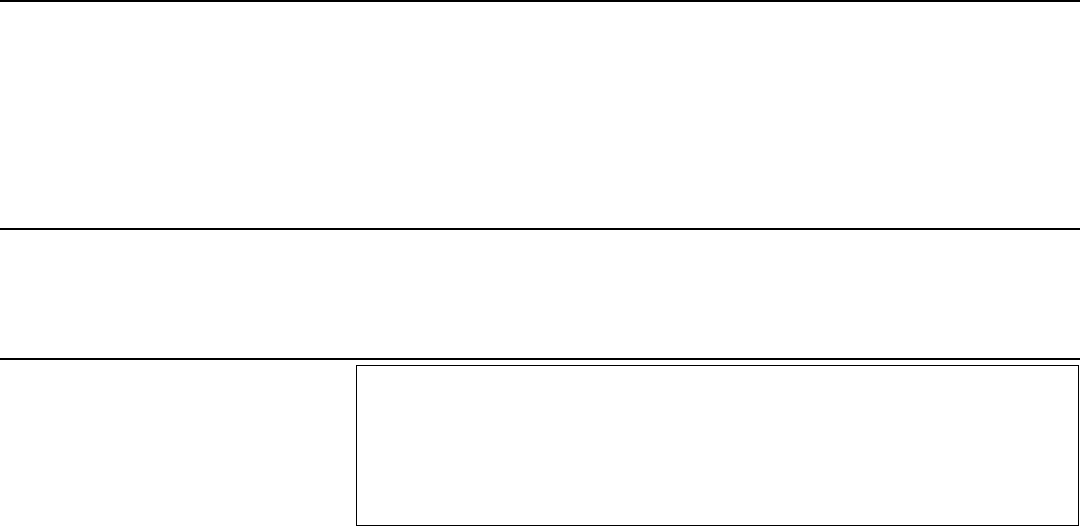
Chapter 8: Fieldwork Standards for
Performance Audits
Page 192 GAO-18-568G Government Auditing Standards
requirements and from presumptively mandatory requirements when
alternative procedures performed in the circumstances were not sufficient
to achieve the objectives of the requirements.
Application Guidance: Availability of Individuals and Documentation
8.141 Underlying GAGAS audits is the premise that audit organizations in
federal, state, and local governments and public accounting firms
engaged to conduct audits in accordance with GAGAS cooperate in
auditing programs of common interest so that auditors may use others’
work and avoid duplication of efforts. The use of auditors’ work by other
auditors may be facilitated by contractual arrangements for GAGAS
audits that provide for full and timely access to appropriate individuals
and to audit documentation.
Availability of Individuals
and Documentation
Requirement: Availability of Individuals and Documentation
8.140 Subject to applicable provisions of laws and regulations, auditors
should make appropriate individuals and audit documentation available
upon request and in a timely manner to other auditors or reviewers.
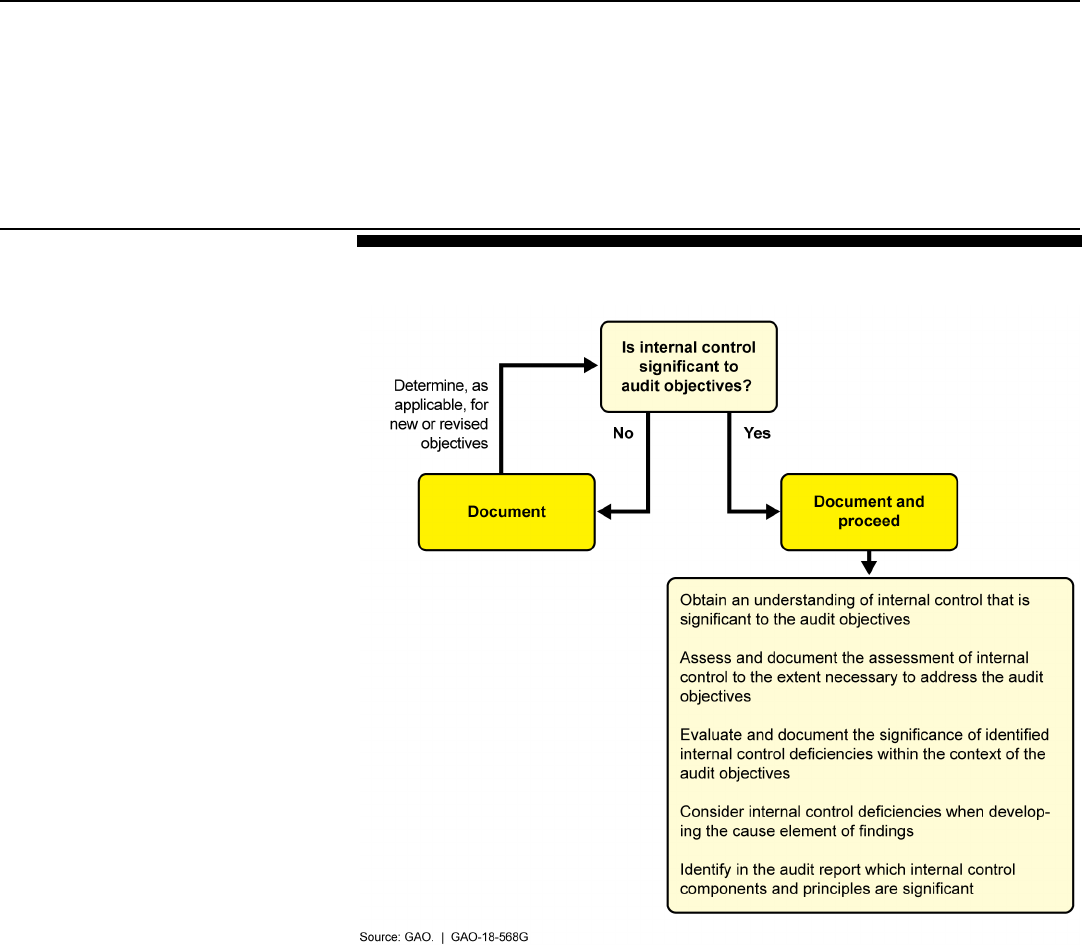
Chapter 8: Fieldwork Standards for
Performance Audits
Page 193 GAO-18-568G Government Auditing Standards
Figure 4: Consideration of Internal Control in a Generally Accepted Government
Auditing Standards Performance Audit

Chapter 9: Reporting Standards for
Performance Audits
Page 194 GAO-18-568G Government Auditing Standards
9.01 This chapter contains reporting requirements and guidance for
performance audits conducted in accordance with generally accepted
government auditing standards (GAGAS). Reporting requirements
establish the auditors’ overall approach for communicating the results of a
performance audit. For performance audits conducted in accordance with
GAGAS, the requirements and guidance in chapters 1 through 5 and
chapter 8 also apply.
9.02 The reporting requirements for performance audits relate to reporting
the auditors’ compliance with GAGAS, the form of the report, the report
contents, obtaining the views of responsible officials, report distribution,
reporting confidential or sensitive information, and discovery of insufficient
evidence after report release.
Requirements: Reporting Auditors’ Compliance with GAGAS
9.03 When auditors comply with all applicable GAGAS requirements,
they should use the following language, which represents an
unmodified GAGAS compliance statement, in the audit report to
indicate that they conducted the audit in accordance with GAGAS:
We conducted this performance audit in accordance with generally
accepted government auditing standards. Those standards require that
we plan and perform the audit to obtain sufficient, appropriate evidence
to provide a reasonable basis for our findings and conclusions based
on our audit objectives. We believe that the evidence obtained provides
a reasonable basis for our findings and conclusions based on our audit
objectives.
9.04 Audit organizations that meet the independence requirements for
internal audit organizations, but not those for external audit
organizations, should include in the GAGAS compliance statement,
where applicable, a statement that they are independent per the
GAGAS requirements for internal auditors.
9.05 When auditors do not comply with all applicable GAGAS
requirements, they should include a modified GAGAS compliance
statement in the audit report. For performance audits, auditors should
use a statement that includes either (1) the language in paragraph
Chapter 9: Reporting Standards for
Performance Audits
Reporting Auditors’
Compliance with
GAGAS
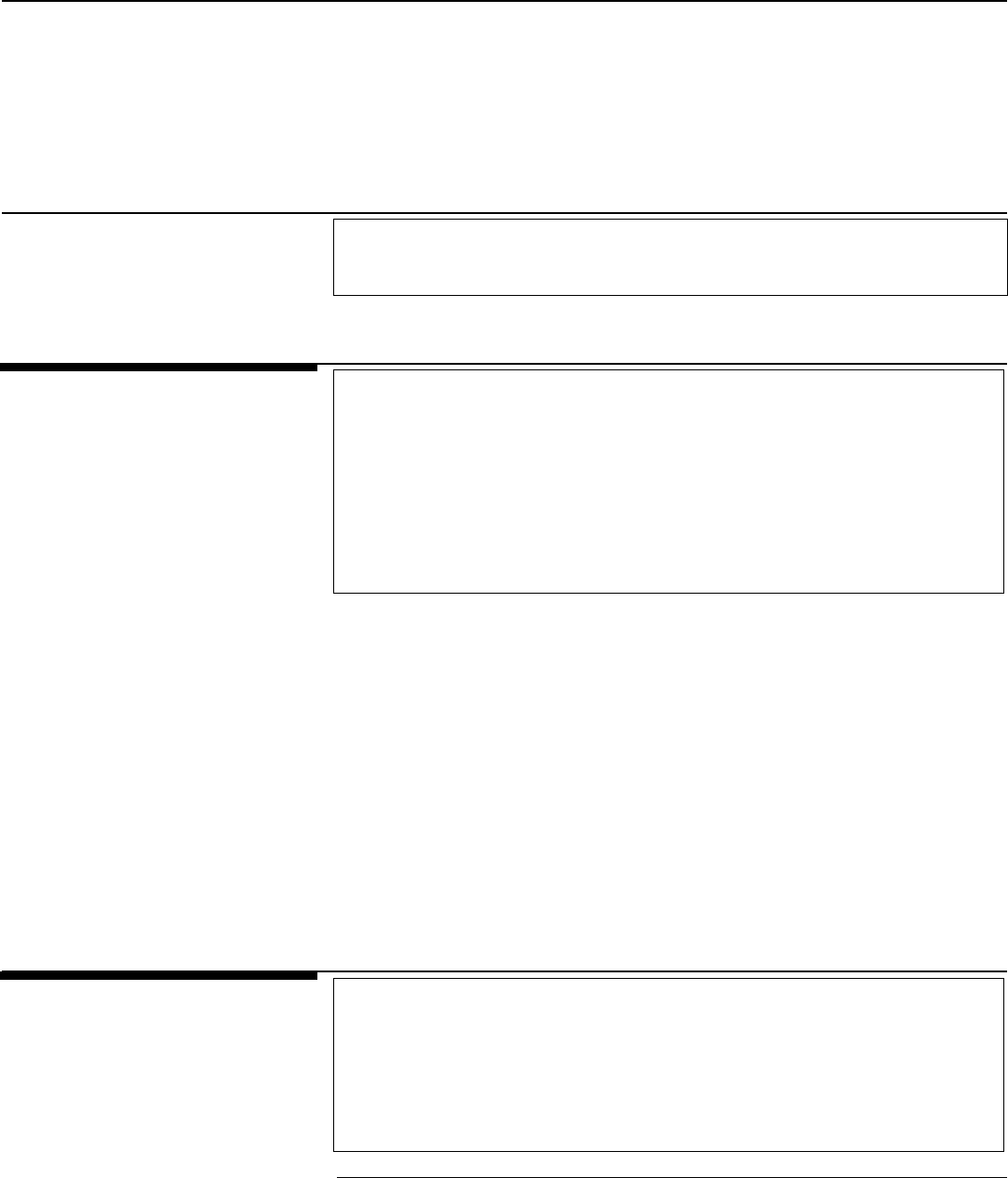
Chapter 9: Reporting Standards for
Performance Audits
Page 195 GAO-18-568G Government Auditing Standards
9.03, modified to indicate the requirements that were not followed, or
(2) language indicating that the auditors did not follow GAGAS.
Requirements: Report Format
9.06 Auditors should issue audit reports communicating the results of
each completed performance audit.
9.07 Auditors should issue the audit report in a form that is appropriate
for its intended use, either in writing or in some other retrievable
form.
79
Application Guidance: Report Format
9.08 The purposes of audit reports are to (1) clearly communicate the
results of audits to those charged with governance, the appropriate
officials of the audited entity, and the appropriate oversight officials and
(2) facilitate follow-up to determine whether appropriate corrective actions
have been taken.
9.09 Auditors may present audit reports using electronic media through
which report users and the audit organization can retrieve them. The
users’ needs will influence the form of the audit report. Different forms of
audit reports include written reports, letters, briefing slides, or other
presentation materials.
Requirements: Report Content, Including Objectives, Scope, and
Methodology
9.10 Auditors should prepare audit reports that contain (1) the
objectives, scope, and methodology of the audit; (2) the audit results,
including findings, conclusions, and recommendations, as appropriate;
79
See paras. 9.56 through 9.67 for a discussion of report distribution and reporting
confidential or sensitive information.
Report Format
Report Content

Chapter 9: Reporting Standards for
Performance Audits
Page 196 GAO-18-568G Government Auditing Standards
(3) a summary of the views of responsible officials; and (4) if
applicable, the nature of any confidential or sensitive information
omitted.
9.11 Auditors should communicate audit objectives in the audit report
in a clear, specific, neutral, and unbiased manner that includes
relevant assumptions. In order to avoid potential misunderstanding,
when audit objectives are limited but users could infer broader
objectives, auditors should state in the audit report that certain issues
were outside the scope of the audit.
9.12 Auditors should describe the scope of the work performed and
any limitations, including issues that would be relevant to likely users,
so that report users can reasonably interpret the findings, conclusions,
and recommendations in the report without being misled. Auditors
should also report any significant constraints imposed on the audit
approach by information limitations or scope impairments, including
denials of, or excessive delays in, access to certain records or
individuals.
9.13 In describing the work performed to address the audit objectives
and support the reported findings and conclusions, auditors should, as
applicable, explain the relationship between the population and the
items tested; identify entities, geographic locations, and the period
covered; report the kinds and sources of evidence; and explain any
significant limitations or uncertainties based on the auditors’ overall
assessment of the sufficiency and appropriateness of the evidence in
the aggregate.
9.14 In reporting audit methodology, auditors should explain how the
completed audit work supports the audit objectives, including the
evidence-gathering and evidence-analysis techniques, in sufficient
detail to allow knowledgeable users of their reports to understand how
the auditors addressed the audit objectives. Auditors should identify
significant assumptions made in conducting the audit; describe
comparative techniques applied; describe the criteria used; and, when
the results of sample testing significantly support the auditors’ findings,
conclusions, or recommendations, describe the sample design and
state why the design was chosen, including whether the results can be
projected to the intended population.

Chapter 9: Reporting Standards for
Performance Audits
Page 197 GAO-18-568G Government Auditing Standards
Application Guidance: Report Content, Including Objectives, Scope,
and Methodology
9.15 Report users need information regarding the audit objectives, scope,
and methodology to understand the purpose of the audit; the nature and
extent of the audit work performed; the context and perspective regarding
what is reported; and any significant limitations in the audit objectives,
scope, or methodology.
9.16 In reporting audit methodology, auditors may include a description of
the procedures performed as part of their assessment of the sufficiency
and appropriateness of information used as audit evidence.
9.17 The auditor may use the report quality elements of accurate,
objective, complete, convincing, clear, concise, and timely when
developing and writing the audit report as the subject permits.
a. Accurate: An accurate report is supported by sufficient,
appropriate evidence with key facts, figures, and findings being
traceable to the audit evidence. Reports that are fact-based, with
a clear statement of sources, methods, and assumptions so that
report users can judge how much weight to give the evidence
reported, assist in achieving accuracy. Disclosing data limitations
and other disclosures also contribute to producing more accurate
audit reports. Reports also are more accurate when the findings
are presented in the broader context of the issue. One way to help
the audit organization prepare accurate audit reports is to use a
quality control process such as referencing. Referencing is a
process in which an experienced auditor who is independent of
the audit checks that statements of facts, figures, and dates are
correctly reported; the findings are adequately supported by the
evidence in the audit documentation; and the conclusions and
recommendations flow logically from the evidence.
b. Objective: Objective means that the presentation of the report is
balanced in content and tone. A report’s credibility is significantly
enhanced when it presents evidence in an unbiased manner and
in the proper context. This means presenting the audit results
impartially and fairly. The tone of reports may encourage decision
makers to act on the auditors’ findings and recommendations.
This balanced tone can be achieved when reports present
sufficient, appropriate evidence to support conclusions while
refraining from using adjectives or adverbs that characterize

Chapter 9: Reporting Standards for
Performance Audits
Page 198 GAO-18-568G Government Auditing Standards
evidence in a way that implies criticism or unsupported
conclusions. The objectivity of audit reports is enhanced when the
report explicitly states the source of the evidence and the
assumptions used in the analysis. The report may recognize the
positive aspects of the program reviewed if applicable to the audit
objectives. Inclusion of positive program aspects may lead to
improved performance by other government organizations that
read the report. Audit reports are more objective when they
demonstrate that the work has been performed by professional,
unbiased, independent, and knowledgeable personnel.
c. Complete: Being complete means that the report contains
sufficient, appropriate evidence needed to satisfy the audit
objectives and promote an understanding of the matters reported.
It also means the report states evidence and findings without
omission of significant relevant information related to the audit
objectives. Providing report users with an understanding means
providing perspective on the extent and significance of reported
findings, such as the frequency of occurrence relative to the
number of cases or transactions tested and the relationship of the
findings to the entity’s operations. Being complete also means
clearly stating what was and was not done and explicitly
describing data limitations, constraints imposed by restrictions on
access to records, or other issues.
d. Convincing: Being convincing means that the audit results are
responsive to the audit objectives, that the findings are presented
persuasively, and that the conclusions and recommendations flow
logically from the facts presented. The validity of the findings, the
reasonableness of the conclusions, and the benefit of
implementing the recommendations are more convincing when
supported by sufficient, appropriate evidence. Reports designed in
this way can help focus the attention of responsible officials on the
matters that warrant attention and can provide an incentive for
taking corrective action.
e. Clear: Clarity means the report is easy for the intended user to
read and understand. Preparing the report in language as clear
and simple as the subject permits assists auditors in achieving this
goal. Use of straightforward, nontechnical language is helpful to
simplify presentation. Defining technical terms, abbreviations, and
acronyms that are used in the report is also helpful. Auditors may
use a highlights page or summary within the report to capture the
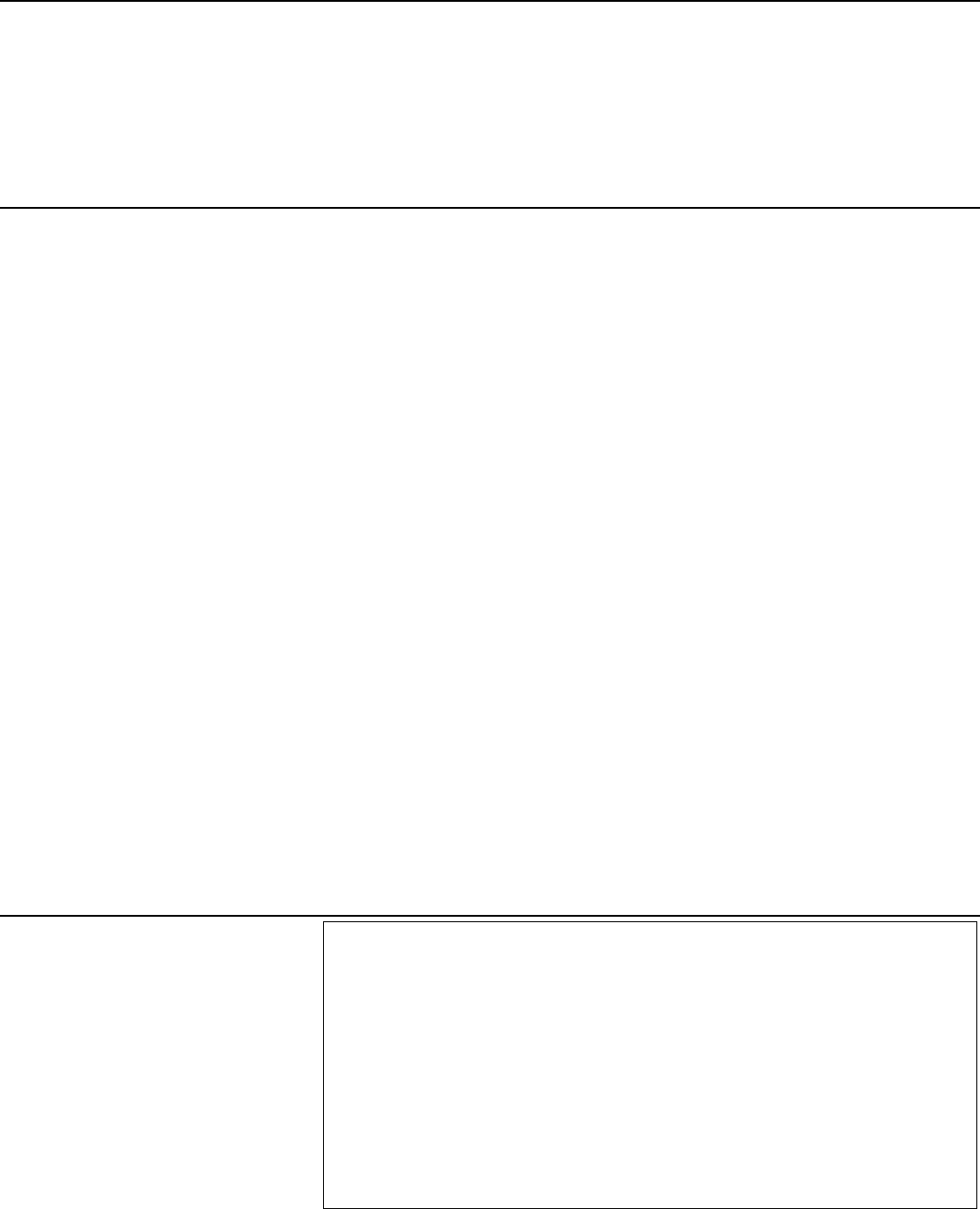
Chapter 9: Reporting Standards for
Performance Audits
Page 199 GAO-18-568G Government Auditing Standards
report user’s attention and highlight the overall message. If a
summary is used, it is helpful if it focuses on the audit objectives,
summarizes the audit’s most significant findings and the report’s
principal conclusions, and prepares users to anticipate the major
recommendations. Logical organization of material and accuracy
and precision in stating facts and in drawing conclusions assist in
the report’s clarity and understandability. Effective use of titles and
captions and topic sentences makes the report easier to read and
understand. Visual aids (such as pictures, charts, graphs, and
maps) may help clarify and summarize complex material.
f. Concise: Being concise means that the report is no longer than
necessary to convey and support the message. Extraneous detail
detracts from a report and may even conceal the real message
and confuse or distract the users. Although room exists for
considerable judgment in determining the content of reports, those
that are fact-based but concise are likely to achieve results.
g. Timely: To be of maximum use, providing relevant evidence in
time to respond to officials of the audited entity, legislative
officials, and other users’ legitimate needs is the auditors’ goal.
Likewise, the evidence provided in the report is more helpful if it is
current. Therefore, the timely issuance of the report is an
important reporting goal for auditors. During the audit, the auditors
may provide interim reports of significant matters to appropriate
entity and oversight officials. Such communication alerts officials
to matters needing immediate attention and allows them to take
corrective action before the final report is completed.
Requirements: Reporting Findings, Conclusions, and
Recommendations
9.18 In the audit report, auditors should present sufficient, appropriate
evidence to support the findings and conclusions in relation to the audit
objectives. Auditors should provide recommendations for corrective
action if findings are significant within the context of the audit
objectives.
9.19 Auditors should report conclusions based on the audit objectives
and the audit findings.
Reporting Findings,
Conclusions, and
Recommendations

Chapter 9: Reporting Standards for
Performance Audits
Page 200 GAO-18-568G Government Auditing Standards
9.20 Auditors should describe in their report limitations or uncertainties
with the reliability or validity of evidence if (1) the evidence is
significant to the findings and conclusions within the context of the
audit objectives and (2) such disclosure is necessary to avoid
misleading the report users about the findings and conclusions.
Auditors should describe the limitations or uncertainties regarding
evidence in conjunction with the findings and conclusions, in addition
to describing those limitations or uncertainties as part of the objectives,
scope, and methodology.
9.21 Auditors should place their findings in perspective by describing
the nature and extent of the issues being reported and the extent of
the work performed that resulted in the findings. To give the reader a
basis for judging the prevalence and consequences of these findings,
auditors should, as appropriate, relate the instances identified to the
population or the number of cases examined and quantify the results in
terms of dollar value or other measures. If the results cannot be
projected, auditors should limit their conclusions appropriately.
9.22 When reporting on the results of their work, auditors should
disclose significant facts relevant to the objectives of their work and
known to them that if not disclosed could mislead knowledgeable
users, misrepresent the results, or conceal significant improper or
illegal practices.
9.23 When feasible, auditors should recommend actions to correct
deficiencies and other findings identified during the audit and to
improve programs and operations when the potential for improvement
in programs, operations, and performance is substantiated by the
reported findings and conclusions. Auditors should make
recommendations that flow logically from the findings and conclusions,
are directed at resolving the cause of identified deficiencies and
findings, and clearly state the actions recommended.
Application Guidance: Reporting Findings, Conclusions, and
Recommendations
9.24 The extent to which the elements for a finding are developed
depends on the audit objectives. Clearly developed findings assist
management and oversight officials of the audited entity in understanding
the need for taking corrective action.
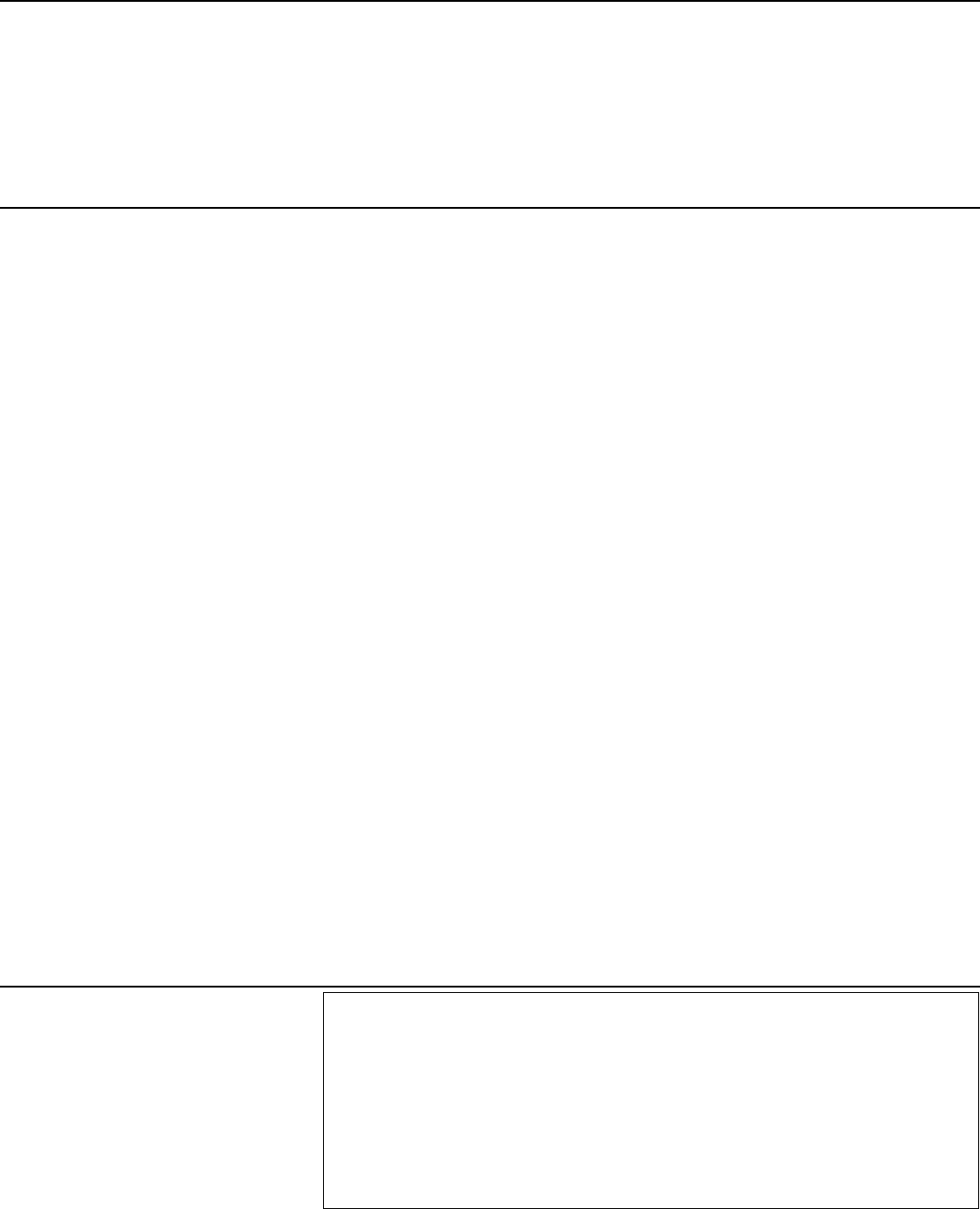
Chapter 9: Reporting Standards for
Performance Audits
Page 201 GAO-18-568G Government Auditing Standards
9.25 As discussed in paragraphs 8.108 through 8.115, even though the
auditors may have some uncertainty about the sufficiency or
appropriateness of some of the evidence, they may nonetheless
determine that in total there is sufficient, appropriate evidence given the
findings and conclusions. Describing limitations provides report users with
a clear understanding of how much responsibility the auditors are taking
for the information.
9.26 Auditors may provide background information to establish the
context for the overall message and to help the reader understand the
findings and significance of the issues discussed. Appropriate
background information may include information on how programs and
operations work; the significance of programs and operations (e.g.,
dollars, effect, purposes, and past audit work, if relevant); a description of
the audited entity’s responsibilities; and explanation of terms,
organizational structure, and the statutory basis for the program and
operations.
9.27 Report conclusions are logical inferences about the program based
on the auditors’ findings, not merely a summary of the findings. The
strength of the auditors’ conclusions depends on the persuasiveness of
the evidence supporting the findings and the soundness of the logic used
to formulate the conclusions. Conclusions are more compelling if they
lead to recommendations and convince a knowledgeable user of the
report that action is necessary.
9.28 Effective recommendations encourage improvements in the conduct
of government programs and operations. Recommendations are effective
when they are addressed to parties with the authority to act and when the
recommended actions are specific, feasible, cost-effective, and
measurable.
Reporting on Internal
Control
Requirements: Reporting on Internal Control
9.29 When internal control is significant within the context of the audit
objectives, auditors should include in the audit report (1) the scope of
their work on internal control and (2) any deficiencies in internal control
that are significant within the context of the audit objectives and based
upon the audit work performed.

Chapter 9: Reporting Standards for
Performance Audits
Page 202 GAO-18-568G Government Auditing Standards
Application Guidance: Reporting on Internal Control
9.32 Control components and underlying principles that are not
considered significant to the audit objectives may be identified in the
scope if, in the auditors’ professional judgment, doing so is necessary to
preclude a misunderstanding of the breadth of the conclusions of the
audit report and to clarify that control effectiveness has not been
evaluated as a whole. Auditors may also identify and describe the five
components of internal control so that report users understand the scope
of the work within the context of the entity’s internal control system.
9.33 An internal control system is effective if the five components of
internal control are effectively designed, implemented, and operating, and
are operating together in an integrated manner. The principles support
the effective design, implementation, and operation of the associated
components and represent requirements necessary to establish an
effective internal control system. If a principle is not applied effectively,
then the respective component cannot be effective. If a principle or
component is not effective, or the components are not operating together
in an integrated manner, then an internal control system cannot be
effective.
9.34 When auditors detect deficiencies in internal control that do not
warrant the attention of those charged with governance, determining
whether and how to communicate such deficiencies to audited entity
officials is a matter of professional judgment.
9.30 If some but not all internal control components are significant to
the audit objectives, the auditors should identify as part of the scope
those internal control components and underlying principles that are
significant to the audit objectives.
9.31 When auditors detect deficiencies in internal control that are not
significant to the objectives of the audit but warrant the attention of
those charged with governance, they should include those deficiencies
either in the report or communicate those deficiencies in writing to
audited entity officials. If the written communication is separate from
the audit report, auditors should refer to that written communication in
the audit report.

Chapter 9: Reporting Standards for
Performance Audits
Page 203 GAO-18-568G Government Auditing Standards
Application Guidance: Reporting on Noncompliance with Provisions
of Laws, Regulations, Contracts, and Grant Agreements
9.37 Whether a particular act is, in fact, noncompliance with provisions of
laws, regulations, contracts, and grant agreements may have to await
final determination by a court of law or other adjudicative body.
80
9.38 When auditors detect instances of noncompliance with provisions of
laws, regulations, contracts, and grant agreements that do not warrant the
attention of those charged with governance, the auditors’ determination of
whether and how to communicate such instances to audited entity
officials is a matter of professional judgment.
9.39 When noncompliance with provisions of laws, regulations, contracts,
and grant agreements either has occurred or is likely to have occurred,
auditors may consult with authorities or legal counsel about whether
publicly reporting such information would compromise investigative or
legal proceedings. Auditors may limit their public reporting to matters that
would not compromise those proceedings and, for example, report only
on information that is already a part of the public record.
80
See paras. 8.27 through 8.29 for a discussion of investigations or legal proceedings.
Reporting on
Noncompliance with
Provisions of Laws,
Regulations, Contracts,
and Grant Agreements
Requirements: Reporting on Noncompliance with Provisions of
Laws, Regulations, Contracts, and Grant Agreements
9.35 Auditors should report a matter as a finding when they conclude,
based on sufficient, appropriate evidence, that noncompliance with
provisions of laws, regulations, contracts, and grant agreements either
has occurred or is likely to have occurred that is significant within the
context of the audit objectives.
9.36 Auditors should communicate findings in writing to audited entity
officials when the auditors detect instances of noncompliance with
provisions of laws, regulations, contracts, and grant agreements that
are not significant within the context of the audit objectives but warrant
the attention of those charged with governance.
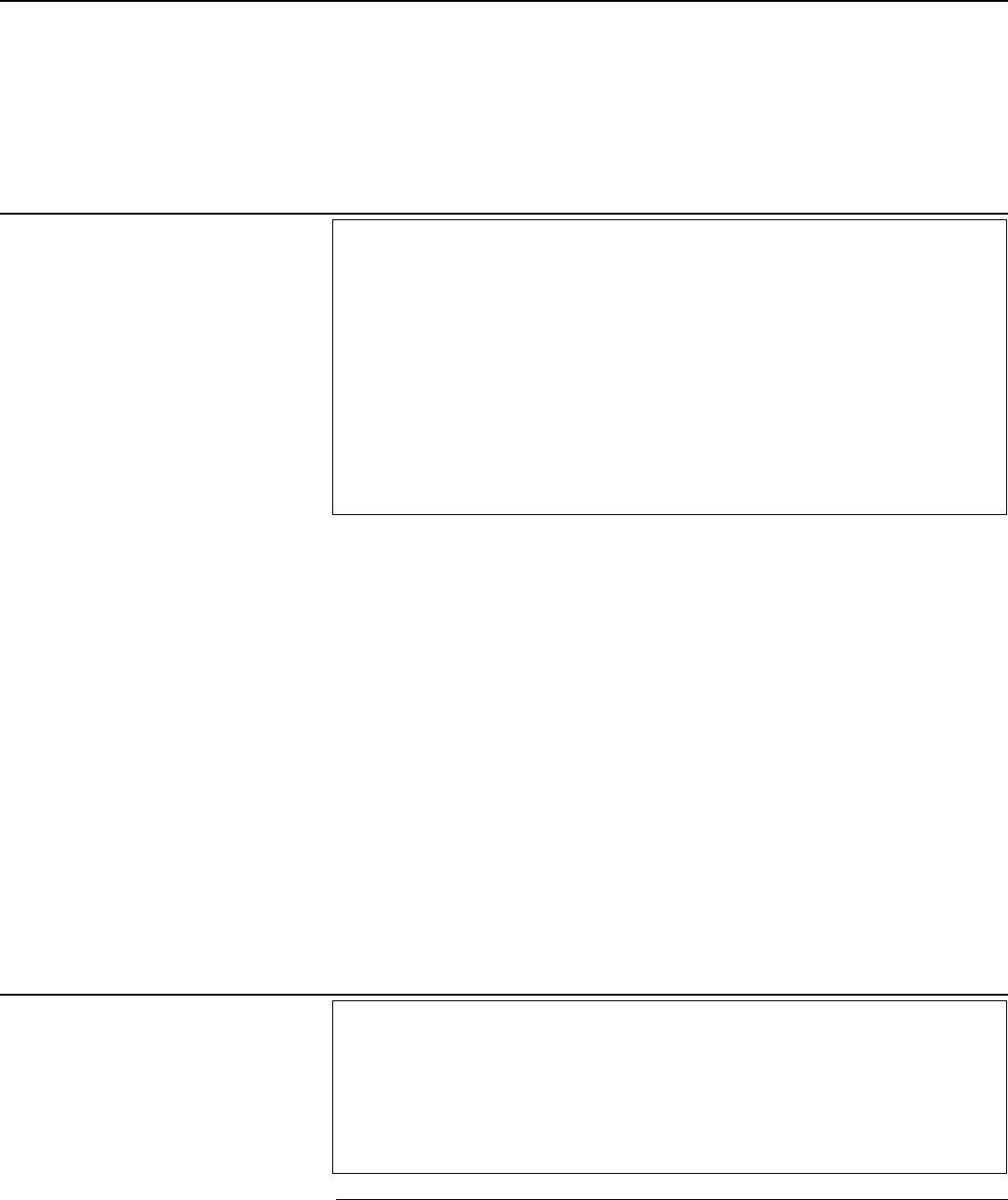
Chapter 9: Reporting Standards for
Performance Audits
Page 204 GAO-18-568G Government Auditing Standards
Application Guidance: Reporting on Instances of Fraud
9.42 Whether a particular act is, in fact, fraud may have to await final
determination by a court of law or other adjudicative body.
81
9.43 When auditors detect instances of fraud that do not warrant the
attention of those charged with governance, the auditors’ determination of
whether and how to communicate such instances to audited entity
officials is a matter of professional judgment.
9.44 When auditors conclude fraud has occurred or is likely to have
occurred, auditors may consult with authorities or legal counsel about
whether publicly reporting such information would compromise
investigative or legal proceedings. Auditors may limit their public reporting
to matters that would not compromise those proceedings and, for
example, report only on information that is already a part of the public
record.
81
See paras. 8.27 through 8.29 for a discussion of investigations or legal proceedings.
Reporting on Instances of
Fraud
Requirements: Reporting on Instances of Fraud
9.40 Auditors should report a matter as a finding when they conclude,
based on sufficient, appropriate evidence, that fraud either has
occurred or is likely to have occurred that is significant to the audit
objectives.
9.41 Auditors should communicate findings in writing to audited entity
officials when the auditors detect instances of fraud that are not
significant within the context of the audit objectives but warrant the
attention of those charged with governance.
Reporting Findings
Directly to Parties outside
the Audited Entity
Requirements: Reporting Findings Directly to Parties outside the
Audited Entity
9.45 Auditors should report known or likely noncompliance with
provisions of laws, regulations, contracts, and grant agreements or
fraud directly to parties outside the audited entity in the following two

Chapter 9: Reporting Standards for
Performance Audits
Page 205 GAO-18-568G Government Auditing Standards
circumstances.
a. When audited entity management fails to satisfy legal or
regulatory requirements to report such information to external
parties specified in law or regulation, auditors should first
communicate the failure to report such information to those
charged with governance. If the audited entity still does not
report this information to the specified external parties as soon
as practicable after the auditors’ communication with those
charged with governance, then the auditors should report the
information directly to the specified external parties.
b. When audited entity management fails to take timely and
appropriate steps to respond to noncompliance with provisions
of laws, regulations, contracts, and grant agreements or
instances of fraud that (1) are likely to have a significant effect
on the subject matter and (2) involve funding received directly
or indirectly from a government agency, auditors should first
report management’s failure to take timely and appropriate
steps to those charged with governance. If the audited entity
still does not take timely and appropriate steps as soon as
practicable after the auditors’ communication with those
charged with governance, then the auditors should report the
audited entity’s failure to take timely and appropriate steps
directly to the funding agency.
9.46 Auditors should comply with the requirements in paragraph 9.45
even if they have resigned or been dismissed from the audit prior to its
completion.
9.47 Auditors should obtain sufficient, appropriate evidence, such as
confirmation from outside parties, to corroborate representations by
audited entity management that it has reported audit findings in
accordance with provisions of laws, regulations, or funding
agreements. When auditors are unable to do so, they should report
such information directly, as discussed in paragraphs 9.45 and 9.46.
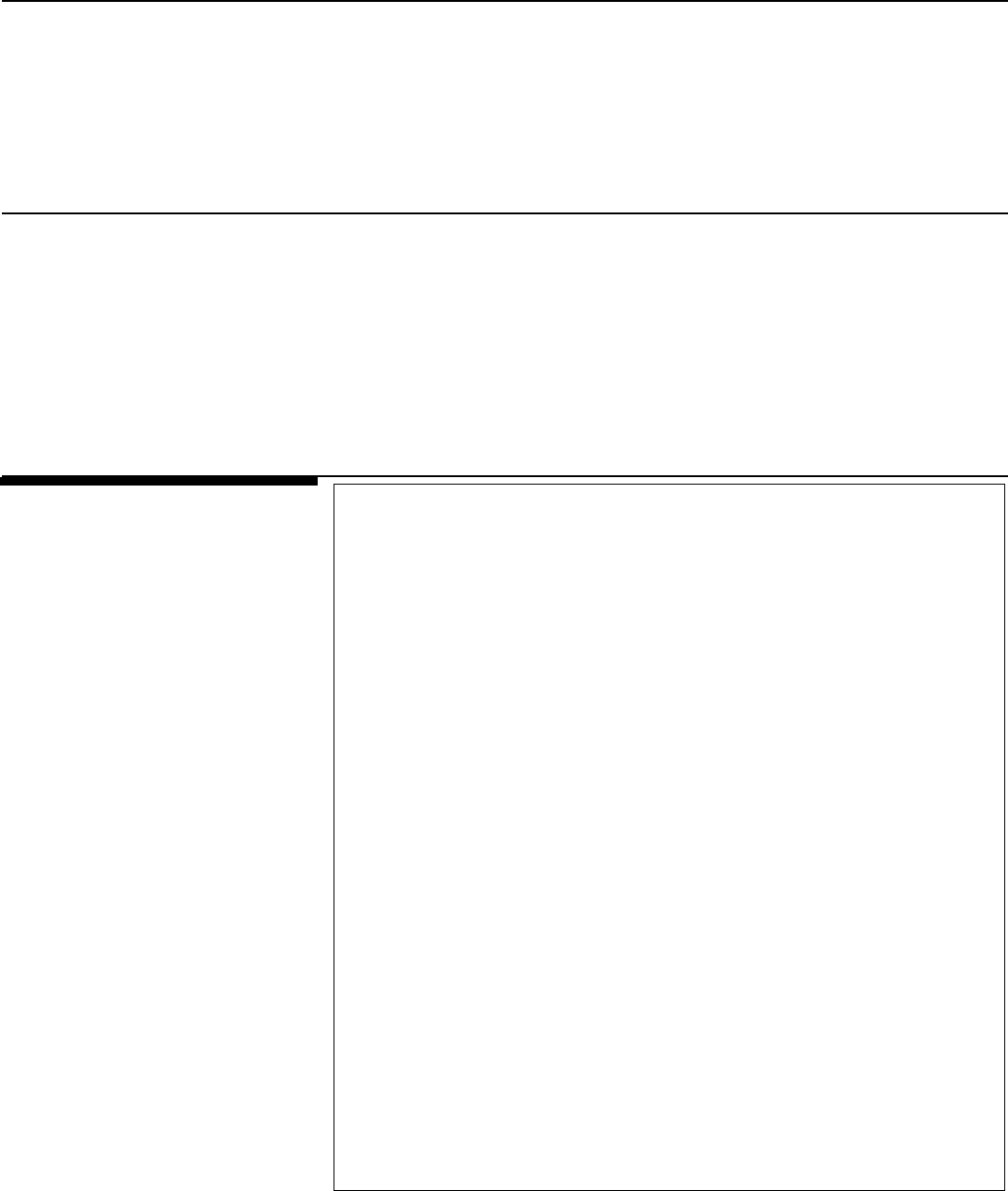
Chapter 9: Reporting Standards for
Performance Audits
Page 206 GAO-18-568G Government Auditing Standards
Application Guidance: Reporting Findings Directly to Parties outside
the Audited Entity
9.48 The reporting in paragraph 9.45 is in addition to any legal
requirements to report such information directly to parties outside the
audited entity.
9.49 Internal audit organizations do not have a duty to report outside the
audited entity unless required by law, regulation, or policy.
Requirements: Obtaining the Views of Responsible Officials
9.50 Auditors should obtain and report the views of responsible
officials of the audited entity concerning the findings, conclusions, and
recommendations in the audit report, as well as any planned corrective
actions.
9.51 When auditors receive written comments from the responsible
officials, they should include in their report a copy of the officials’
written comments or a summary of the comments received. When the
responsible officials provide oral comments only, auditors should
prepare a summary of the oral comments, provide a copy of the
summary to the responsible officials to verify that the comments are
accurately represented, and include the summary in their report.
9.52 When the audited entity’s comments are inconsistent or in conflict
with the findings, conclusions, or recommendations in the draft report,
the auditors should evaluate the validity of the audited entity’s
comments. If the auditors disagree with the comments, they should
explain in the report their reasons for disagreement. Conversely, the
auditors should modify their report as necessary if they find the
comments valid and supported by sufficient, appropriate evidence.
9.53 If the audited entity refuses to provide comments or is unable to
provide comments within a reasonable period of time, the auditors may
issue the report without receiving comments from the audited entity. In
such cases, the auditors should indicate in the report that the audited
entity did not provide comments.
Obtaining the Views
of Responsible
Officials
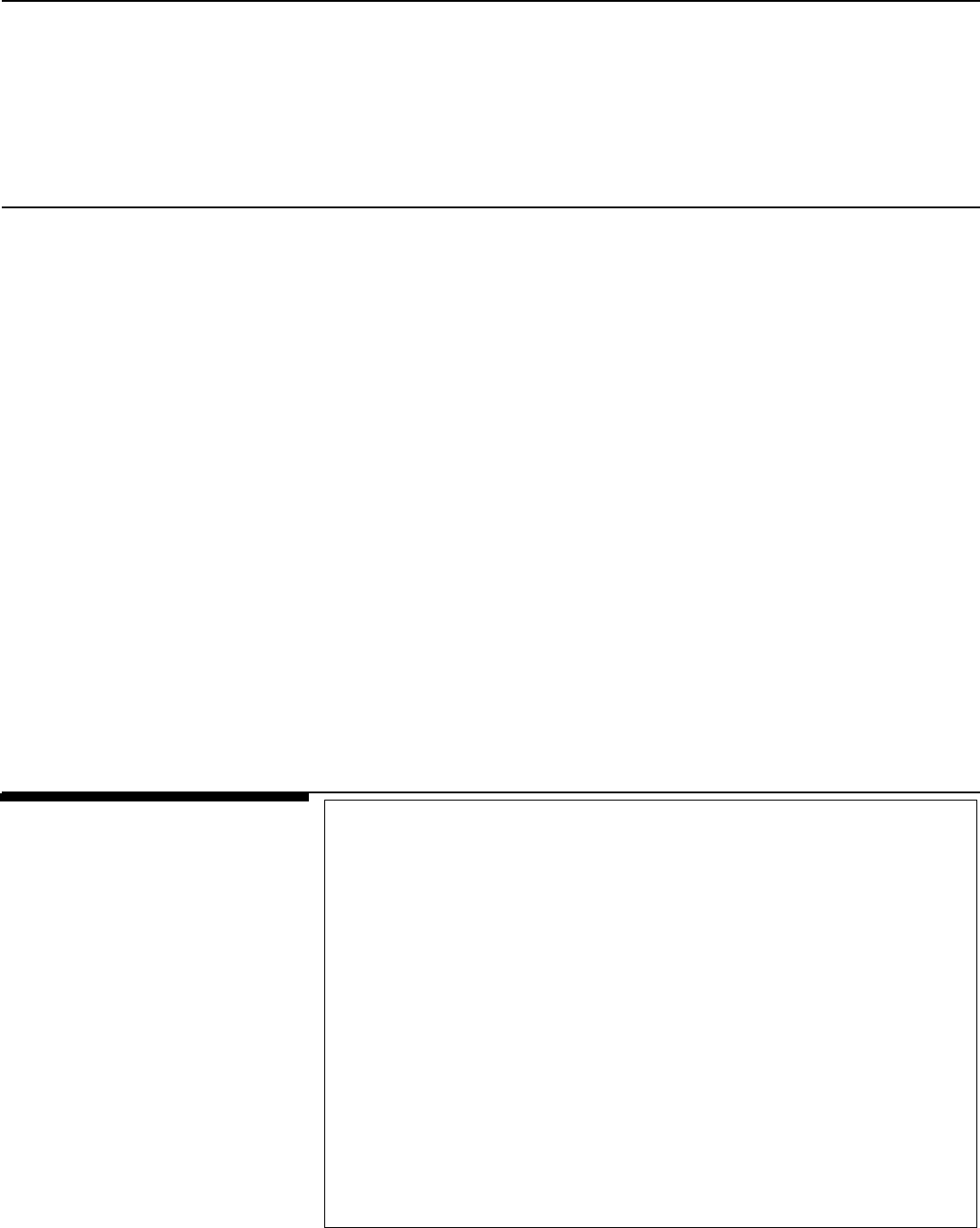
Chapter 9: Reporting Standards for
Performance Audits
Page 207 GAO-18-568G Government Auditing Standards
Application Guidance: Obtaining the Views of Responsible Officials
9.54 Providing a draft report with findings for review and comment by
responsible officials of the audited entity and others helps the auditors
develop a report that is fair, complete, and objective. Including the views
of responsible officials results in a report that presents not only the
auditors’ findings, conclusions, and recommendations, but also the
perspectives of the audited entity’s responsible officials and the corrective
actions they plan to take. Obtaining the comments in writing is preferred,
but oral comments are acceptable. In cases in which the audited entity
provides technical comments in addition to its written or oral comments
on the report, auditors may disclose in the report that such comments
were received. Technical comments address points of fact or are editorial
in nature and do not address substantive issues, such as methodology,
findings, conclusions, or recommendations.
9.55 Obtaining oral comments may be appropriate when, for example,
there is a reporting date critical to meeting a user’s needs; auditors have
worked closely with the responsible officials throughout the engagement,
and the parties are familiar with the findings and issues addressed in the
draft report; or the auditors do not expect major disagreements with
findings, conclusions, or recommendations in the draft report, or major
controversies with regard to the issues discussed in the draft report.
Requirements: Report Distribution
9.56 Distribution of reports completed in accordance with GAGAS
depends on the auditors’ relationship with the audited organization and
the nature of the information contained in the reports. Auditors should
document any limitation on report distribution. Auditors should make
audit reports available to the public, unless distribution is specifically
limited by the terms of the engagement, law, or regulation.
Report Distribution for Internal Auditors
9.57 If an internal audit organization in a government entity follows the
Institute of Internal Auditors’ International Standards for the
Professional Practice of Internal Auditing as well as GAGAS, the head
of the internal audit organization should communicate results to the
parties who can ensure that the results are given due consideration. If
not otherwise mandated by statutory or regulatory requirements, prior
Report Distribution

Chapter 9: Reporting Standards for
Performance Audits
Page 208 GAO-18-568G Government Auditing Standards
to releasing results to parties outside the organization, the head of the
internal audit organization should (1) assess the potential risk to the
organization, (2) consult with senior management or legal counsel as
appropriate, and (3) control dissemination by indicating the intended
users in the report.
Report Distribution for External Auditors
9.58 An audit organization in a government entity should distribute
audit reports to those charged with governance, to the appropriate
audited entity officials, and to the appropriate oversight bodies or
organizations requiring or arranging for the audits. As appropriate,
auditors should also distribute copies of the reports to other officials
who have legal oversight authority or who may be responsible for
acting on audit findings and recommendations and to others
authorized to receive such reports.
9.59 A public accounting firm contracted to conduct an audit in
accordance with GAGAS should clarify report distribution
responsibilities with the engaging party. If the contracting firm is
responsible for the distribution, it should reach agreement with the
party contracting for the audit about which officials or organizations will
receive the report and the steps being taken to make the report
available to the public.
Application Guidance: Report Distribution for External Auditors
9.60 Making an audit report available to the public can involve auditors
posting the audit report to their publicly accessible websites or verifying
that the audited entity has posted the audit report to its publicly accessible
website.
Requirements: Reporting Confidential or Sensitive Information
9.61 If certain information is prohibited from public disclosure or is
excluded from a report because of its confidential or sensitive nature,
auditors should disclose in the report that certain information has been
omitted and the circumstances that make the omission necessary.
Reporting
Confidential or
Sensitive Information
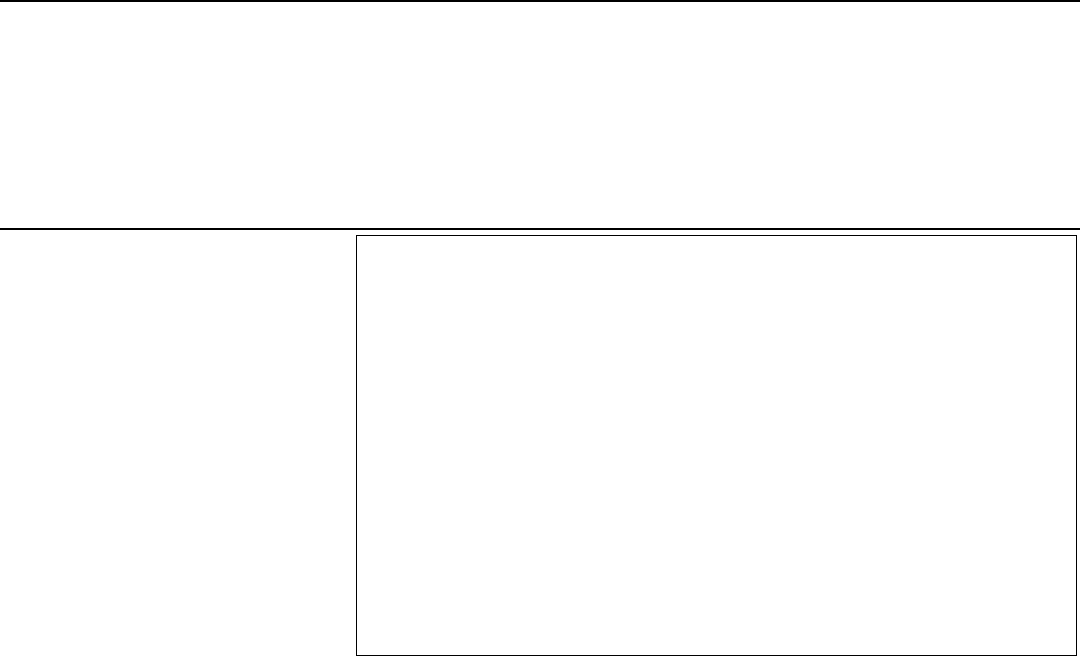
Chapter 9: Reporting Standards for
Performance Audits
Page 209 GAO-18-568G Government Auditing Standards
9.62 When circumstances call for omission of certain information,
auditors should evaluate whether this omission could distort the audit
results or conceal improper or illegal practices and revise the report
language as necessary to avoid report users drawing inappropriate
conclusions from the information presented.
9.63 When the audit organization is subject to public records laws,
auditors should determine whether public records laws could affect the
availability of classified or limited use reports and determine whether
other means of communicating with management and those charged
with governance would be more appropriate. Auditors use judgment to
determine the appropriate means to communicate the omitted
information to management and those charged with governance
considering, among other things, whether public records laws could
affect the availability of classified or limited use reports.
Application Guidance: Reporting Confidential or Sensitive
Information
9.64 If the report refers to the omitted information, the reference may be
general and not specific. If the omitted information is not necessary to
meet the audit objectives, the report need not refer to its omission.
9.65 Certain information may be classified or may otherwise be prohibited
from general disclosure by federal, state, or local laws or regulations. In
such circumstances, auditors may issue a separate, classified, or limited
use report containing such information and distribute the report only to
persons authorized by law or regulation to receive it.
9.66 Additional circumstances associated with public safety, privacy, or
security concerns could justify the exclusion of certain information from a
publicly available or widely distributed report. For example, detailed
information related to computer security for a particular program may be
excluded from publicly available reports because of the potential damage
that misuse of this information could cause. In such circumstances,
auditors may issue a limited use report containing such information and
distribute the report only to those parties responsible for acting on the
auditors’ recommendations. In some instances, it may be appropriate to
issue both a publicly available report with the sensitive information
excluded and a limited use report. The auditors may consult with legal
counsel regarding any requirements or other circumstances that may
necessitate omitting certain information. Considering the broad public
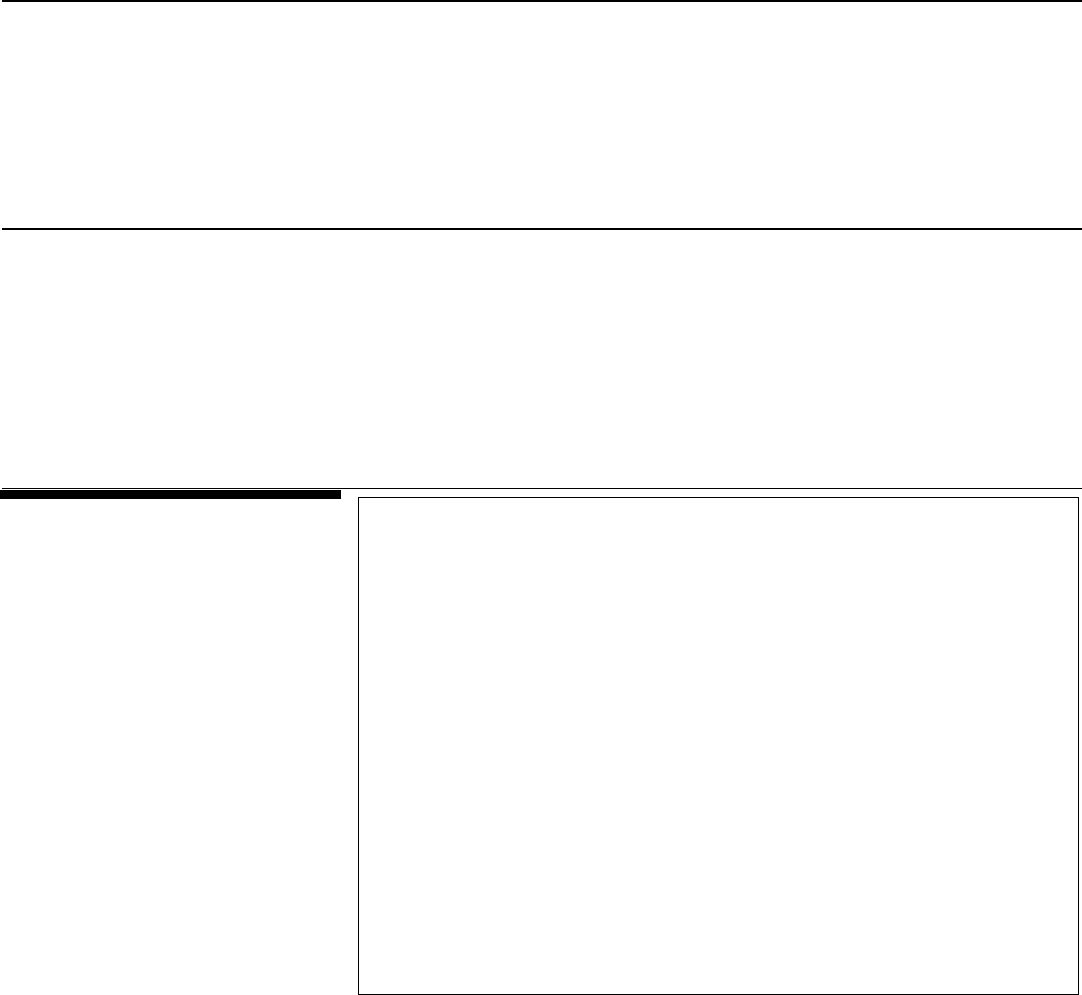
Chapter 9: Reporting Standards for
Performance Audits
Page 210 GAO-18-568G Government Auditing Standards
interest in the program or activity under audit assists auditors when
deciding whether to exclude certain information from publicly available
reports.
9.67 In cases described in paragraph 9.63, auditors may communicate
general information in a written report and communicate detailed
information orally. Auditors may consult with legal counsel regarding
applicable public records laws.
Requirement: Discovery of Insufficient Evidence after Report
Release
9.68 If, after the report is issued, the auditors discover that they did not
have sufficient, appropriate evidence to support the reported findings
or conclusions, they should communicate in the same manner as that
used to originally distribute the report to those charged with
governance, the appropriate officials of the audited entity, the
appropriate officials of the entities requiring or arranging for the audits,
and other known users, so that they do not continue to rely on the
findings or conclusions that were not supported. If the report was
previously posted to the auditors’ publicly accessible website, the
auditors should remove the report and post a public notification that
the report was removed. The auditors should then determine whether
to perform the additional audit work necessary to either reissue the
report, including any revised findings or conclusions, or repost the
original report if the additional audit work does not result in a change in
findings or conclusions.
Discovery of
Insufficient Evidence
after Report Release

Glossary
Page 211 GAO-18-568G Government Auditing Standards
The following terms are provided to assist in clarifying the Government
Auditing Standards. The most relevant paragraph numbers are provided
for reference. When terminology differs from that used at an organization
subject to generally accepted government auditing standards (GAGAS),
auditors use professional judgment to determine if there is an equivalent
term.
Abuse: Behavior that is deficient or improper when compared with
behavior that a prudent person would consider reasonable and necessary
business practice given the facts and circumstances, but excludes fraud
and noncompliance with provisions of laws, regulations, contracts, and
grant agreements. (paragraphs 6.23, 7.25, and 8.122)
Agreed-upon procedures engagement: Consists of auditors performing
specific procedures on subject matter or an assertion and reporting
findings without providing an opinion or a conclusion on it. (paragraph
1.18c)
Appropriateness: The measure of the quality of evidence that
encompasses the relevance, validity, and reliability of evidence used for
addressing the audit objectives and supporting findings and conclusions.
(paragraph 8.102)
Attestation engagement: An examination, review, or agreed-upon
procedures engagement conducted under the GAGAS attestation
standards related to subject matter or an assertion that is the
responsibility of another party. (paragraph 1.27a)
Audit: Either a financial audit or performance audit conducted in
accordance with GAGAS. (paragraph 1.27b)
Audit objectives: What the audit is intended to accomplish. They identify
the audit subject matter and performance aspects to be included. Audit
objectives can be thought of as questions about the program that the
auditors seek to answer based on evidence obtained and assessed
against criteria. Audit objectives may also pertain to the current status or
condition of a program. (paragraph 8.08)
Audit organization: A government audit entity or a public accounting firm
or other audit entity that conducts GAGAS engagements. (paragraph
1.27c)
Glossary

Glossary
Page 212 GAO-18-568G Government Auditing Standards
Audit procedures: The specific steps and tests auditors perform to
address the audit objectives. (paragraph 8.11)
Audit report: A report issued as a result of a financial audit, attestation
engagement, review of financial statements, or performance audit
conducted in accordance with GAGAS. (paragraph 1.27d)
Audit risk: The possibility that the auditors’ findings, conclusions,
recommendations, or assurance may be improper or incomplete. The
assessment of audit risk involves both qualitative and quantitative
considerations. (paragraph 8.16)
Audited entity: The entity that is subject to a GAGAS engagement,
whether that engagement is a financial audit, attestation engagement,
review of financial statements, or performance audit. (paragraph 1.27e)
Auditor: An individual assigned to planning, directing, performing
engagement procedures or reporting on GAGAS engagements (including
work on audits, attestation engagements, and reviews of financial
statements) regardless of job title. Therefore, individuals who may have
the title auditor, information technology auditor, analyst, practitioner,
evaluator, inspector, or other similar titles are considered auditors under
GAGAS. (paragraph 1.27f)
Bias threat: The threat that an auditor will, as a result of political,
ideological, social, or other convictions, take a position that is not
objective. (paragraph 3.30c)
Cause: The factor or factors responsible for the difference between the
condition and the criteria, which may also serve as a basis for
recommendations for corrective actions. (paragraphs 6.27, 7.29, and
8.126)
Competence: The knowledge, skills, and abilities, obtained from
education and experience, necessary to conduct the GAGAS
engagement. Competence enables auditors to make sound professional
judgments. Competence includes possessing the technical knowledge
and skills necessary for the assigned role and the type of work being
done. This includes possessing specific knowledge about GAGAS.
(paragraph 4.05)
Condition: A situation that exists. The condition is determined and
documented during the engagement. (paragraphs 6.26, 7.28, and 8.125)

Glossary
Page 213 GAO-18-568G Government Auditing Standards
Control objective: The aim or purpose of specified controls; control
objectives address the risks related to achieving an entity’s objectives.
(paragraph 1.27g)
CPE programs: Structured educational activities or programs with
learning objectives designed to maintain or enhance the auditors’
competence to address engagement objectives and perform work in
accordance with GAGAS. (paragraph 4.32)
Criteria: Laws, regulations, contracts, grant agreements, standards,
measures, expected performance, defined business practices, and
benchmarks against which performance is compared or evaluated.
Criteria identify the required or desired state or expectation with respect
to the program or operation. Criteria provide a context for evaluating
evidence and understanding the findings, conclusions, and
recommendations in the report. (paragraphs 6.25, 7.27, and 8.124)
Directing: Supervising the efforts of others who are involved in
accomplishing the objectives of the engagement or reviewing
engagement work to determine whether those objectives have been
accomplished. (paragraph 4.11b)
Education: A structured and systematic process aimed at developing
knowledge, skills, and other abilities; it is a process that is typically but not
exclusively conducted in academic or learning environments. (paragraph
4.06)
Effect or potential effect: The outcome or consequence resulting from
the difference between the condition and the criteria. (paragraphs 6.28,
7.30, and 8.127)
Engagement: A financial audit, attestation engagement, review of
financial statements, or performance audit conducted in accordance with
GAGAS. (paragraph 1.27h)
Engagement partner or director: The partner or director assigned
responsibility for a specific engagement as designated by the audit
organization. (paragraph 5.37)
Engagement team (or audit team): Auditors assigned to planning,
directing, performing engagement procedures or reporting on GAGAS
engagements. (paragraph 1.27i)

Glossary
Page 214 GAO-18-568G Government Auditing Standards
Engaging party: The party that engages the auditor to conduct a
GAGAS engagement. (paragraph 1.27j)
Entity objective: What an entity wants to achieve; entity objectives are
intended to meet the entity’s mission, strategic plan, and goals and the
requirements of applicable laws and regulations. (paragraph 1.27k)
Examination: Consists of obtaining reasonable assurance by obtaining
sufficient, appropriate evidence about the measurement or evaluation of
subject matter against criteria in order to be able to draw reasonable
conclusions on which to base the auditor’s opinion about whether the
subject matter is in accordance with (or based on) the criteria or the
assertion is fairly stated, in all material respects. (paragraph 1.18a)
Experience: Workplace activities that are relevant to developing
professional proficiency. (paragraph 4.06)
External audit organization: An audit organization that issues reports to
third parties external to the audited entity, either exclusively or in addition
to issuing reports to senior management and those charged with
governance of the audited entity. (paragraph 1.27l)
Familiarity threat: The threat that aspects of a relationship with
management or personnel of an audited entity, such as a close or long
relationship, or that of an immediate or close family member, will lead an
auditor to take a position that is not objective. (paragraph 3.30d)
Financial audits: Provide an independent assessment of whether an
entity’s reported financial information (e.g., financial condition, results,
and use of resources) is presented fairly, in all material respects, in
accordance with recognized criteria. (paragraph 1.17)
Finding: An issue that may involve a deficiency in internal control;
noncompliance with provisions of laws, regulations, contracts, or grant
agreements; or instances of fraud. Elements of a finding generally include
criteria, condition, cause, and effect or potential effect. (paragraphs 6.17,
6.19, 7.19, 7.21, 8.116, and 8.118)
Fraud: Involves obtaining something of value through willful
misrepresentation. Whether an act is, in fact, fraud is determined through
the judicial or other adjudicative system and is beyond auditors’
professional responsibility. (paragraph 8.73)

Glossary
Page 215 GAO-18-568G Government Auditing Standards
Independence in appearance: The absence of circumstances that
would cause a reasonable and informed third party to reasonably
conclude that the integrity, objectivity, or professional skepticism of an
audit organization or member of the engagement team had been
compromised. (paragraph 3.21b)
Independence of mind: The state of mind that permits the conduct of an
engagement without being affected by influences that compromise
professional judgment, thereby allowing an individual to act with integrity
and exercise objectivity and professional skepticism. (paragraph 3.21a)
Inputs: The amount of resources (in terms of, for example, money,
material, or personnel) that is put into a program. These resources may
come from within or outside the entity operating the program. Measures
of inputs can have a number of dimensions, such as cost, timing, and
quality. (paragraph 8.38d)
Integrity: Auditors performing their work with an attitude that is objective,
fact-based, nonpartisan, and nonideological with regard to audited entities
and users of the audit reports and making decisions consistent with the
public interest of the program or activity under audit. (paragraphs 3.09
and 3.10)
Internal audit organization: An audit organization that is accountable to
senior management and those charged with governance of the audited
entity and that does not generally issue reports to third parties external to
the audited entity. (paragraph 1.27m)
Internal control: A process effected by an entity’s oversight body,
management, and other personnel that provides reasonable assurance
that the objectives of an entity will be achieved. (paragraph 1.22b)
Likelihood of occurrence: The possibility of a deficiency impacting an
entity’s ability to achieve its objectives. (paragraph 8.56b)
Magnitude of impact: The likely effect that a deficiency could have on
the entity achieving its objectives. (paragraph 8.56a)
Management participation threat: The threat that results from an
auditor’s taking on the role of management or otherwise performing
management functions on behalf of the audited entity, which will lead an
auditor to take a position that is not objective. (paragraph 3.30f)

Glossary
Page 216 GAO-18-568G Government Auditing Standards
Methodology: The nature and extent of audit procedures for gathering
and analyzing evidence to address the audit objectives. (paragraph 8.11)
Monitoring of quality: A process comprising an ongoing consideration
and evaluation of the audit organization’s system of quality control.
(paragraph 5.47)
Nature of the deficiency: Involves factors such as the degree of
subjectivity involved with the deficiency and whether the deficiency arises
from fraud or misconduct. (paragraph 8.56c)
Nonsupervisory auditor: An auditor who plans or performs engagement
procedures and whose work situation is characterized by low levels of
ambiguity, complexity, and uncertainty. (paragraph 4.10a)
Objectivity: The basis for the credibility of auditing in the government
sector. Objectivity includes independence of mind and appearance when
conducting engagements, maintaining an attitude of impartiality, having
intellectual honesty, and being free of conflicts of interest. (paragraph
3.11)
Outcomes: Accomplishments or results of a program. (paragraph 8.38g)
Outputs: The quantity of goods or services produced by a program.
(paragraph 8.38f)
Partners and directors: Auditors who plan engagements, perform
engagement procedures, or direct or report on engagements and whose
work situations are characterized by high levels of ambiguity, complexity,
and uncertainty. Partners and directors may also be responsible for
reviewing engagement quality prior to issuing the report, for signing the
report, or both. (paragraph 4.10c)
Peer review risk: the risk that the review team (1) fails to identify
significant weaknesses in the reviewed audit organization’s system of
quality control for its auditing practice, its lack of compliance with that
system, or a combination thereof; (2) issues an inappropriate opinion on
the reviewed audit organization’s system of quality control for its auditing
practice, its compliance with that system, or a combination thereof; or
(3) makes an inappropriate decision about the matters to be included in,
or excluded from, the peer review report. (paragraph 5.68)

Glossary
Page 217 GAO-18-568G Government Auditing Standards
Performance audits: Engagements that provide objective analysis,
findings, and conclusions to assist management and those charged with
governance and oversight to, among other things, improve program
performance and operations, reduce costs, facilitate decision making by
parties with responsibility to oversee or initiate corrective action, and
contribute to public accountability. In a performance audit, the auditors
measure or evaluate the subject matter of the audit and present the
resulting information as part of, or accompanying, the audit report.
(paragraphs 1.21 and 8.14)
Period of professional engagement: The period beginning when the
auditors either sign an initial engagement letter or other agreement to
conduct an engagement or begin to conduct an engagement, whichever
is earlier. The period lasts for the duration of the professional
relationship—which, for recurring engagements, could cover many
periods—and ends with the formal or informal notification, either by the
auditors or the audited entity, of the termination of the professional
relationship or with the issuance of a report, whichever is later.
(paragraph 3.23)
Performing engagement procedures: Performing tests and procedures
necessary to accomplish the engagement objectives in accordance with
GAGAS. (paragraph 4.11c)
Planning: Determining engagement objectives, scope, and methodology;
establishing criteria to evaluate matters subject to audit; or coordinating
the work of the other audit organization. This definition excludes auditors
whose role is limited to gathering information used in planning the
engagement. (paragraph 4.11a)
Presumptively mandatory requirements: Auditors and the audit
organization must comply in all cases where such a requirement is
relevant except in rare circumstances discussed in paragraphs 2.03, 2.04,
and 2.08. GAGAS uses should to indicate a presumptively mandatory
requirement. (paragraph 2.02b)
Professional behavior: Behavior that includes auditors avoiding any
conduct that could bring discredit to their work and putting forth an honest
effort in performing their duties in accordance with the relevant technical
and professional standards. (paragraph 3.16)
Professional judgment: Use of the auditor’s professional knowledge,
skills, and abilities, in good faith and with integrity, to diligently gather

Glossary
Page 218 GAO-18-568G Government Auditing Standards
information and objectively evaluate the sufficiency and appropriateness
of evidence. Professional judgment includes exercising reasonable care
and professional skepticism. (paragraphs 3.109 through 3.117)
Program: Includes processes, projects, studies, policies, operations,
activities, entities, and functions. (paragraph 8.08)
Program operations: The strategies, processes, and activities
management uses to convert inputs into outputs. Program operations
may be subject to internal control. (paragraph 8.38e)
Public interest: The collective well-being of the community of people and
entities that the auditors serve. (paragraph 3.07)
Reasonable and informed third party: As evaluated by a hypothetical
person, a person who possesses skills, knowledge, and experience to
objectively evaluate the appropriateness of the auditor’s judgments and
conclusions. This evaluation entails weighing all the relevant facts and
circumstances, including any safeguards applied, that the auditor knows,
or could reasonably be expected to know, at the time that the evaluation
is made. (paragraph 3.46)
Reporting: Determining the report content and substance or reviewing
reports to determine whether the engagement objectives have been
accomplished and the evidence supports the report’s technical content
and substance prior to issuance. This includes signing the report.
(paragraph 4.11d)
Responsible party: The party responsible for a GAGAS engagement’s
subject matter. (paragraph 1.27n)
Review: Consists of obtaining limited assurance by obtaining sufficient,
appropriate review evidence about the measurement or evaluation of
subject matter against criteria in order to express a conclusion about
whether any material modifications should be made to the subject matter
in order for it to be in accordance with (or based on) the criteria or to the
assertion in order for it to be fairly stated. Review-level work does not
include reporting on internal control or compliance with provisions of laws,
regulations, contracts, and grant agreements. (paragraph 1.18b)
Review of financial statements: The objective of the auditor when
performing a review of financial statements is to obtain limited assurance
as a basis for reporting whether the auditor is aware of any material

Glossary
Page 219 GAO-18-568G Government Auditing Standards
modifications that should be made to financial statements in order for the
financial statements to be in accordance with the applicable financial
reporting framework. A review of financial statements does not include
obtaining an understanding of the entity’s internal control, assessing fraud
risk, or certain other procedures ordinarily performed in an audit.
(paragraph 1.20)
Safeguards: Actions or other measures, individually or in combination,
that auditors and the audit organization take that effectively eliminate
threats to independence or reduce them to an acceptable level.
(paragraph 3.49)
Scope: The boundary of the audit and is directly tied to the audit
objectives. The scope defines the subject matter that the auditors will
assess and report on, such as a particular program or aspect of a
program, the necessary documents or records, the period of time
reviewed, and the locations that will be included. (paragraph 8.10)
Self-interest threat: The threat that a financial or other interest will
inappropriately influence an auditor’s judgment or behavior. (paragraph
3.30a)
Self-review threat: The threat that an auditor or audit organization that
has provided nonaudit services will not appropriately evaluate the results
of previous judgments made or services provided as part of the nonaudit
services when forming a judgment significant to a GAGAS engagement.
(paragraph 3.30b)
Significance: The relative importance of a matter within the context in
which it is being considered, including quantitative and qualitative factors.
In the performance audit requirements, the term significant is comparable
to the term material as used in the context of financial statement
engagements. (paragraph 8.15)
Source documents: Documents providing evidence that transactions
have occurred (for example, purchase orders, payroll time records,
customer orders, and contracts). Such records also include an audited
entity’s general ledger and subsidiary records or equivalent. (paragraph
3.92)
Specialist: An individual or organization possessing special skill or
knowledge in a particular field other than accounting or auditing that

Glossary
Page 220 GAO-18-568G Government Auditing Standards
assists auditors in conducting engagements. A specialist may be either
an internal specialist or an external specialist. (paragraph 1.27p)
Structural threat: The threat that an audit organization’s placement
within a government entity, in combination with the structure of the
government entity being audited, will affect the audit organization’s ability
to perform work and report results objectively. (paragraph 3.30g)
Sufficiency: A measure of the quantity of evidence used to support the
findings and conclusions related to the audit objectives. (paragraph 8.99)
Supervisory auditor: An auditor who plans engagements, performs
engagement procedures, or directs engagements, and whose work
situation is characterized by moderate levels of ambiguity, complexity,
and uncertainty. (paragraph 4.10b)
Technical comments: Comments that address points of fact or are
editorial in nature and do not address substantive issues, such as
methodology, findings, conclusions, or recommendations. (paragraphs
6.61, 7.59, and 9.54)
Those charged with governance: The individuals responsible for
overseeing the strategic direction of the entity and obligations related to
the accountability of the entity. This includes overseeing the financial
reporting process, subject matter, or program under audit, including
related internal controls. Those charged with governance may also be
part of the entity’s management. In some audited entities, multiple parties
may be charged with governance, including oversight bodies, members or
staff of legislative committees, boards of directors, audit committees, or
parties contracting for the engagement. (paragraph 1.04)
Unconditional requirement: Requirement with which auditors and the
audit organization must comply in all cases where such requirement is
relevant. GAGAS uses must to indicate an unconditional requirement.
(paragraph 2.02a)
Undue influence threat: The threat that influences or pressures from
sources external to the audit organization will affect an auditor’s ability to
make objective judgments. (paragraph 3.30e)
Waste: The act of using or expending resources carelessly,
extravagantly, or to no purpose. Waste can include activities that do not

Glossary
Page 221 GAO-18-568G Government Auditing Standards
include abuse and does not necessarily involve a violation of law.
(paragraphs 6.21, 7.23, and 8.120)

Acknowledgments
Page 222 GAO-18-568G Government Auditing Standards
Drummond Kahn, Chair
International Institute and Government Audit Training Institute
Graduate School USA
Corey Arvizu
Heinfeld, Meech & Co., P.C.
Dr. Brett M. Baker
U.S. Nuclear Regulatory Commission, Office of the Inspector General
Jon Hatfield
U.S. Federal Maritime Commission, Office of the Inspector General
Philip M. Heneghan
U.S. International Trade Commission, Office of the Inspector General
Mary L. Kendall
U.S. Department of the Interior, Office of the Inspector General
Deborah V. Loveless
Tennessee Comptroller of the Treasury, Division of State Audit
Martha S. Mavredes
Auditor of Public Accounts of the Commonwealth of Virginia
Kimberly K. McCormick
Grant Thornton LLP
Amanda Nelson
KPMG LLP
Dr. Demetra Smith Nightingale
Urban Institute
Dr. Annette K. Pridgen
Jackson State University
Dianne Ray
Colorado Office of the State Auditor
Harriet Richardson
City of Palo Alto
Acknowledgments
Comptroller General’s
Advisory Council on
Government Auditing
Standards (2016-
2020)
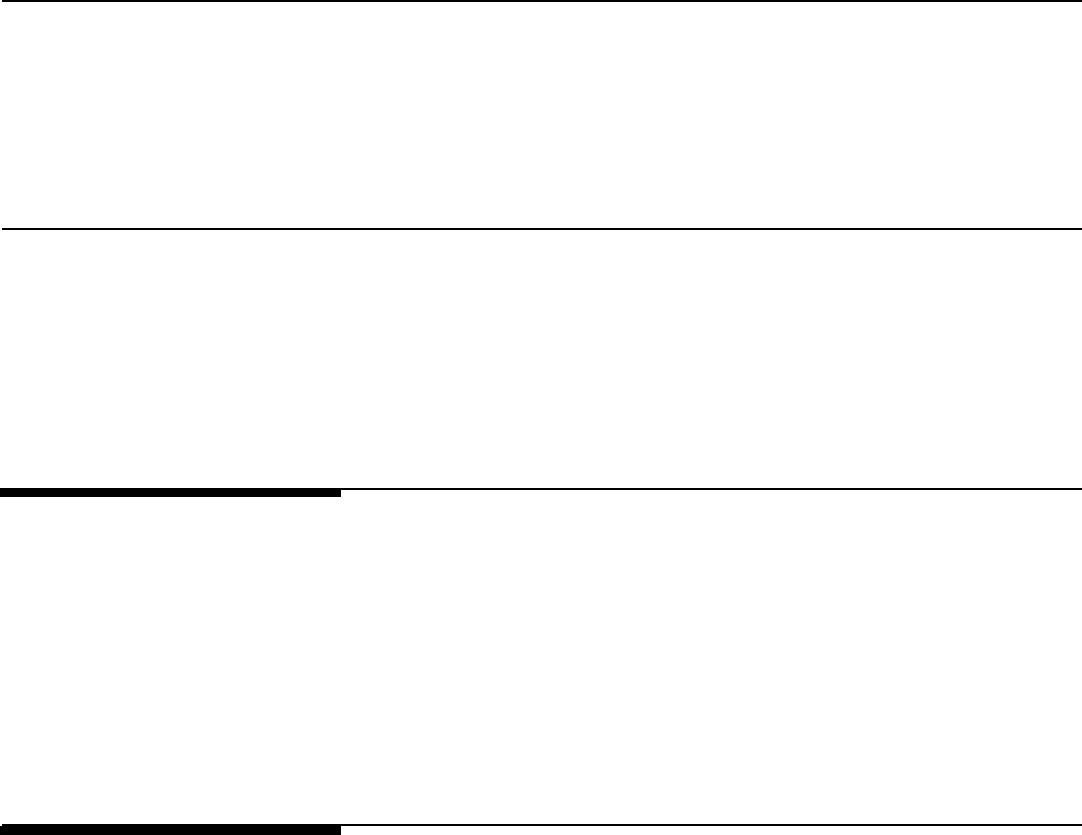
Acknowledgments
Page 223 GAO-18-568G Government Auditing Standards
Randy C. Roberts
Arizona Office of the Auditor General
Brian A. Schebler
RSM US LLP
Ronald Smith
RHR Smith & Company CPAs
James R. Dalkin, Director
Kristen A. Kociolek, Assistant Director
Christie A. Pugnetti, Auditor in Charge
Michael F. Bingham, Senior Auditor
Mary Ann Hardy, Senior Auditor
Rebecca A. Riklin, Senior Auditor
J. Lawrence Malenich, Managing Director, Financial Management and
Assurance
Robert F. Dacey, Chief Accountant
In addition to the project team named above, also contributing were Mark
Cheung, Clayton T. Clark, Oliver A. Culley, Francine M. DelVecchio,
Vincent Gomes, John R. Grobarek, Sean P. Joyce, Jason M. Kelly,
Delores J. Lee, Aaron M. Livernois, Quang D. Nguyen, Grant L.
Simmons, Adrienne N. Walker, Kimberly Y. Young, and Matthew P. Zaun.
GAO Project Team
Staff
Acknowledgments
(101971)
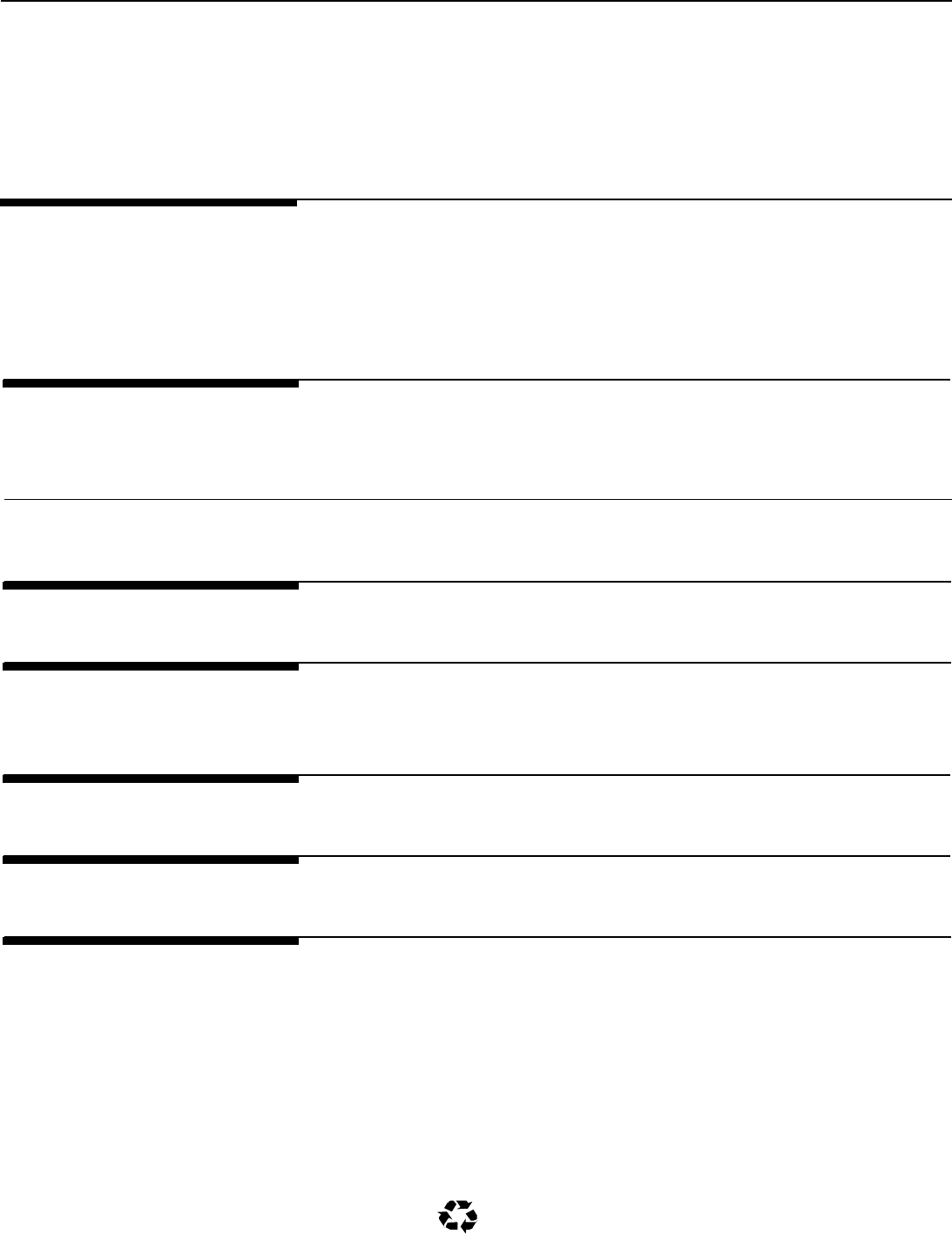
The Government Accountability Office, the audit, evaluation, and investigative
arm of Congress, exists to support Congress in meeting its constitutional
responsibilities and to help improve the performance and accountability of the
federal government for the American people. GAO examines the use of public
funds; evaluates federal programs and policies; and provides analyses,
recommendations, and other assistance to help Congress make informed
oversight, policy, and funding decisions. GAO’s commitment to good government
is reflected in its core values of accountability, integrity, and reliability.
The fastest and easiest way to obtain copies of GAO documents at no cost is
through GAO’s website (https://www.gao.gov). Each weekday afternoon, GAO
posts on its website newly released reports, testimony, and correspondence. To
have GAO e-mail you a list of newly posted products, go to https://www.gao.gov
and select “E-mail Updates.”
The printed version of the Government Auditing Standards 2018 Revision can be
ordered through the Government Printing Office (GPO) online
http://bookstore.gpo.gov/ or by calling 202-512-1800 or 1-866-512-1800 toll free.
Connect with GAO on Facebook, Flickr, Twitter, and YouTube.
Subscribe to our RSS Feeds or E-mail Updates. Listen to our Podcasts.
Visit GAO on the web at https://www.gao.gov.
Contact:
Website: https://www.gao.gov/fraudnet/fraudnet.htm
Automated answering system: (800) 424-5454 or (202) 512-7470
Orice Williams Brown, Managing Director, WilliamsO@gao.gov, (202) 512-4400,
U.S. Government Accountability Office, 441 G Street NW, Room 7125,
Washington, DC 20548
Chuck Young, Managing Director, young[email protected], (202) 512-4800
U.S. Government Accountability Office, 441 G Street NW, Room 7149
Washington, DC 20548
James-Christian Blockwood, Managing Director, spel@gao.gov, (202) 512-4707
U.S. Government Accountability Office, 441 G Street NW, Room 7814,
Washington, DC 20548
GAO’s Mission
Obtaining Copies of
GAO Reports and
Testimony
Order Printed Copies
Connect with GAO
To Report Fraud,
Waste, and Abuse in
Federal Programs
Congressional
Relations
Public Affairs
Strategic Planning and
External Liaison
Please Print on Recycled Paper.
